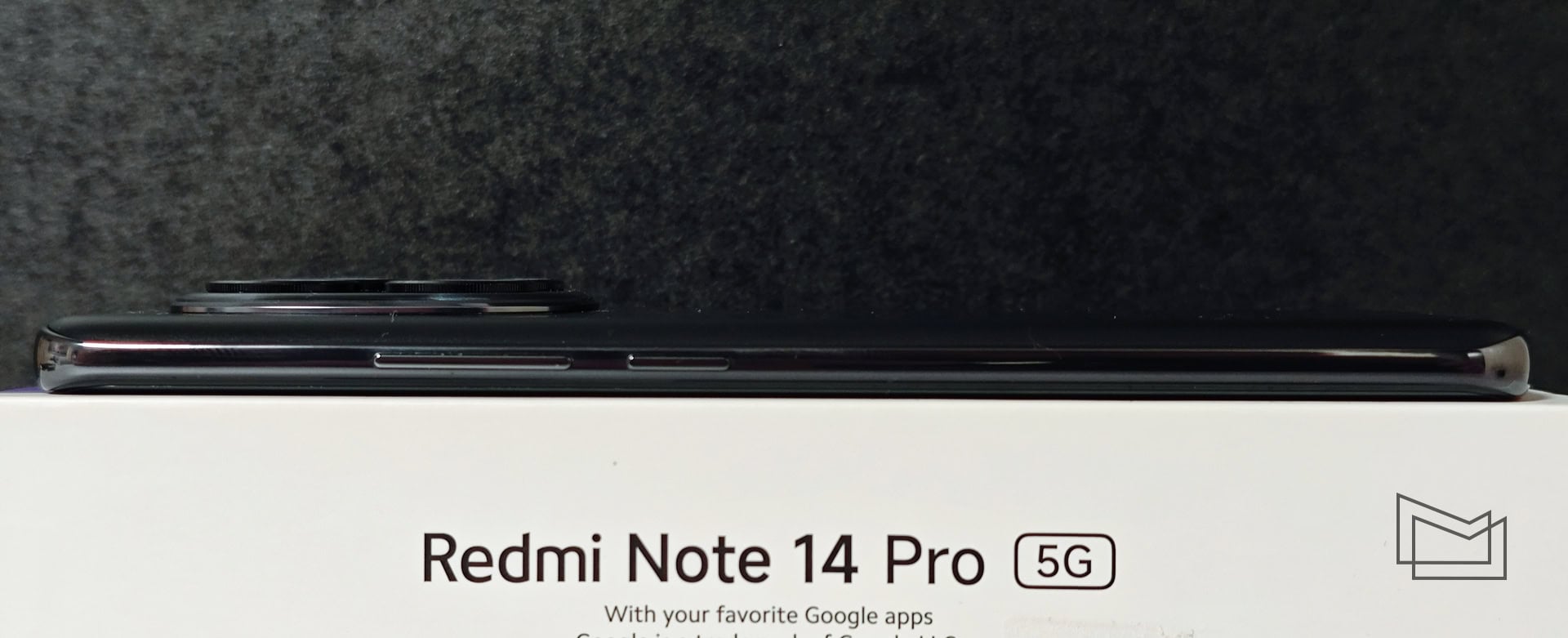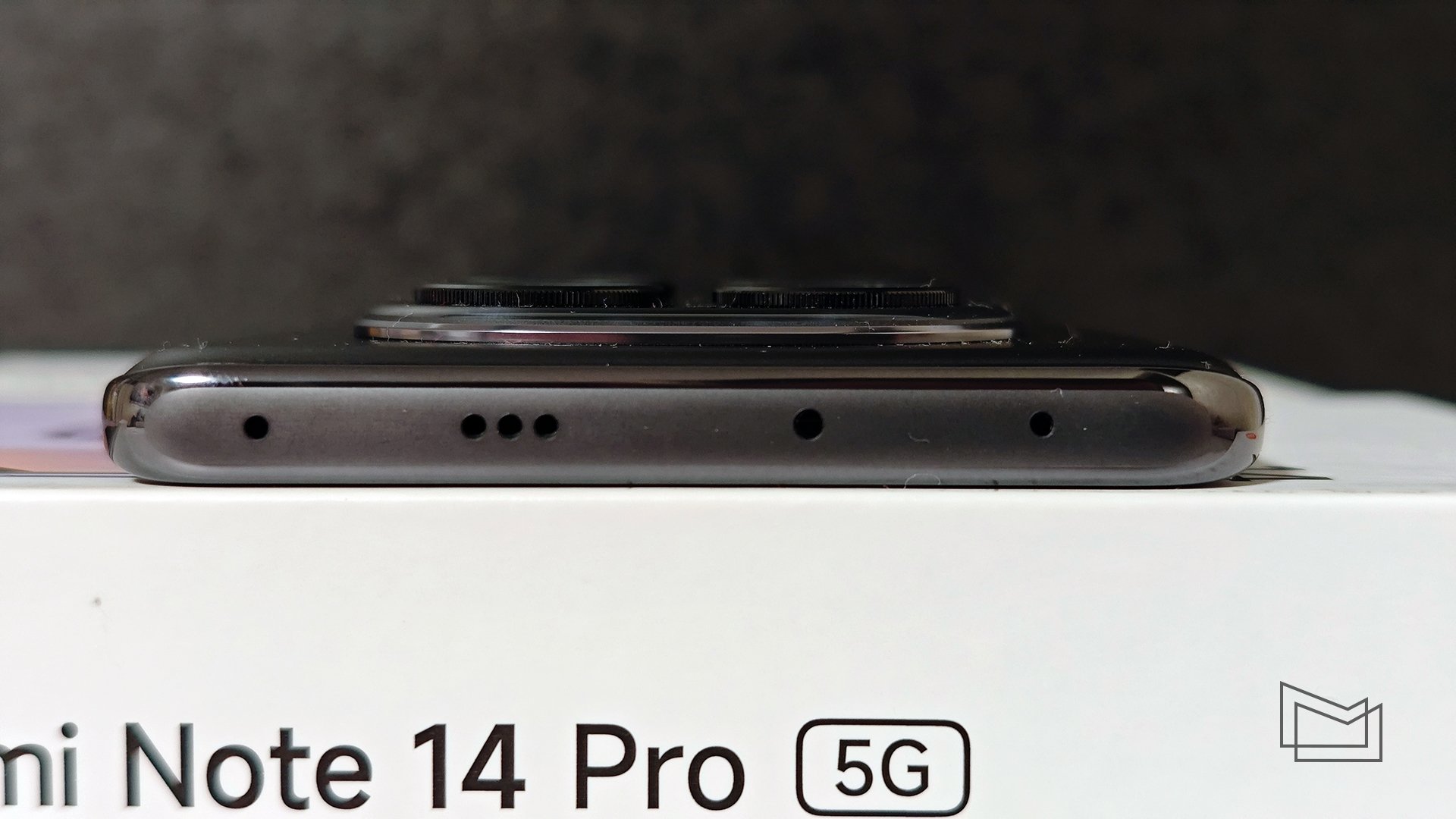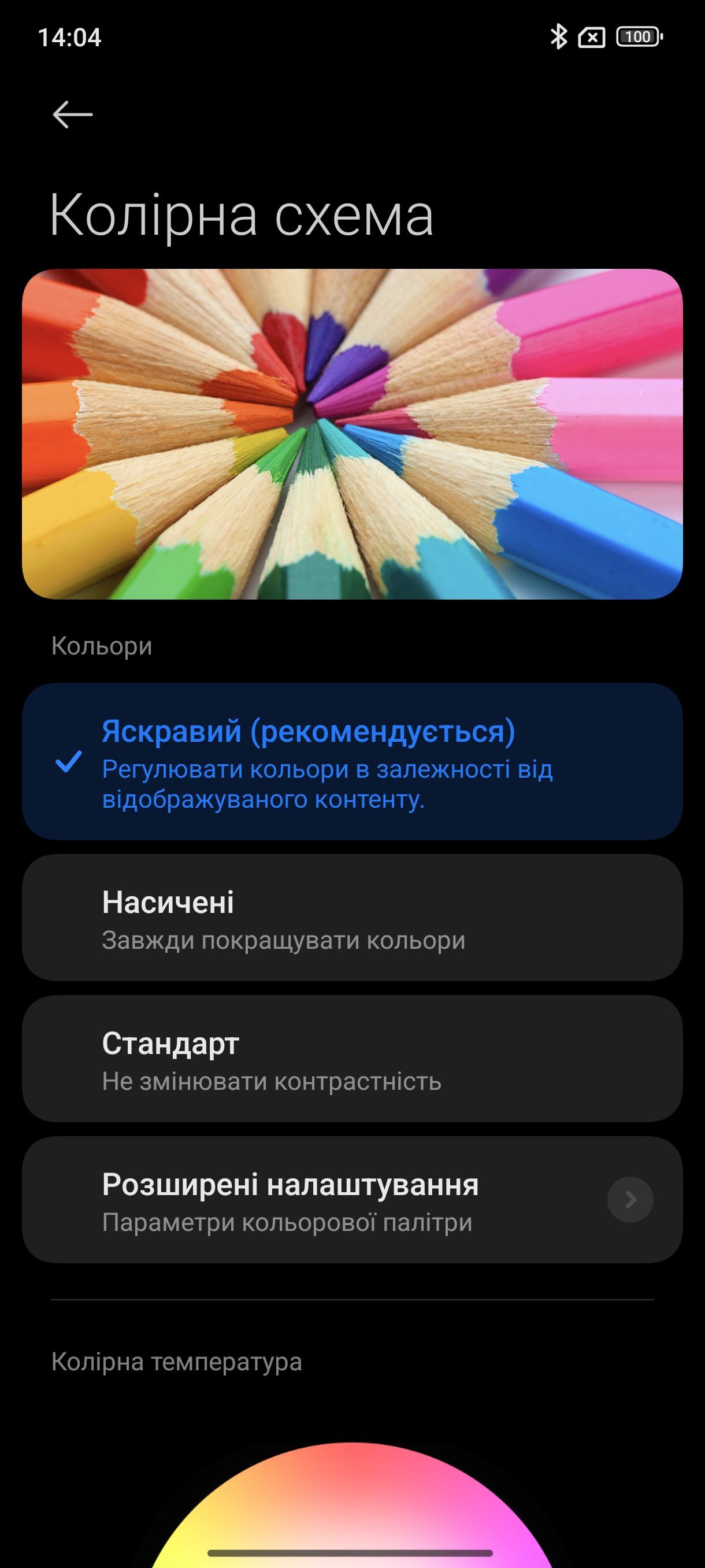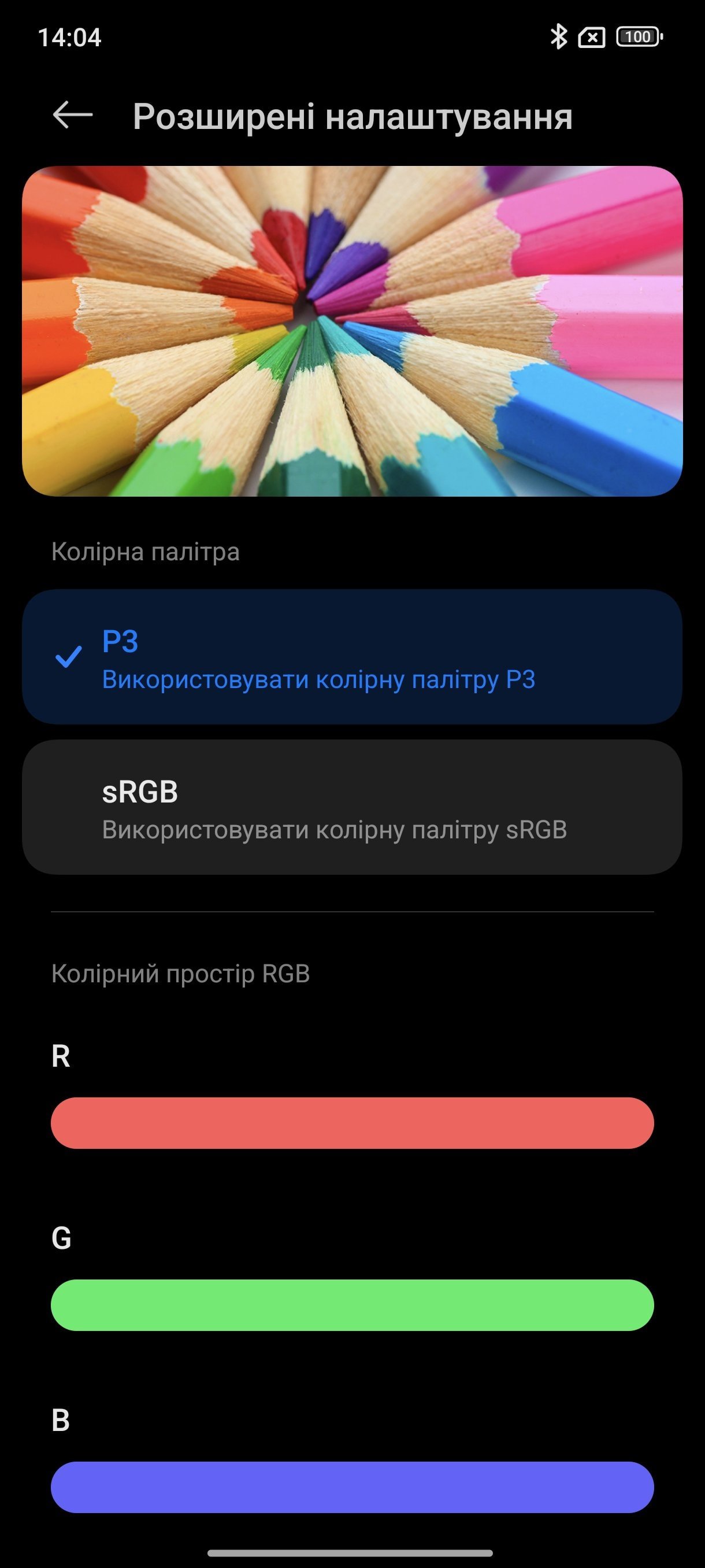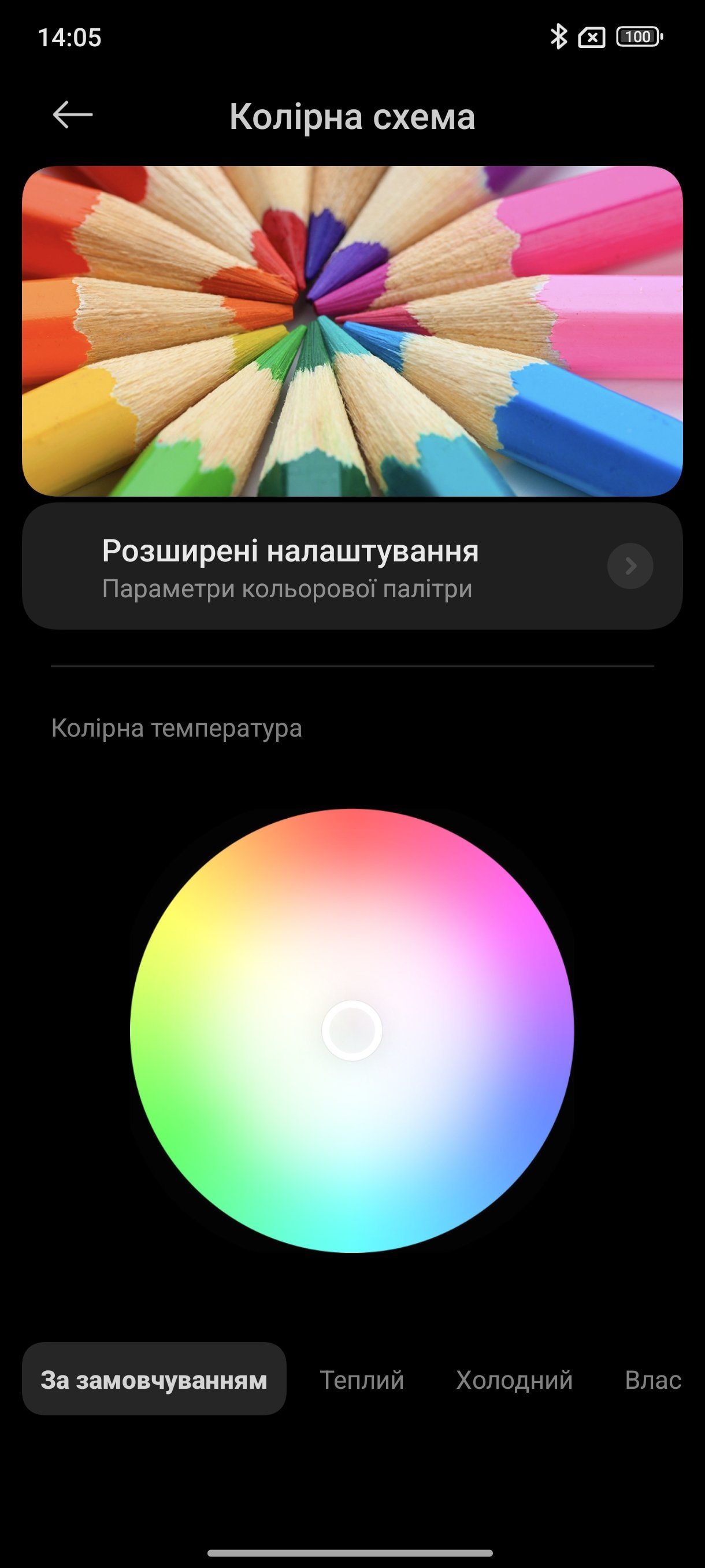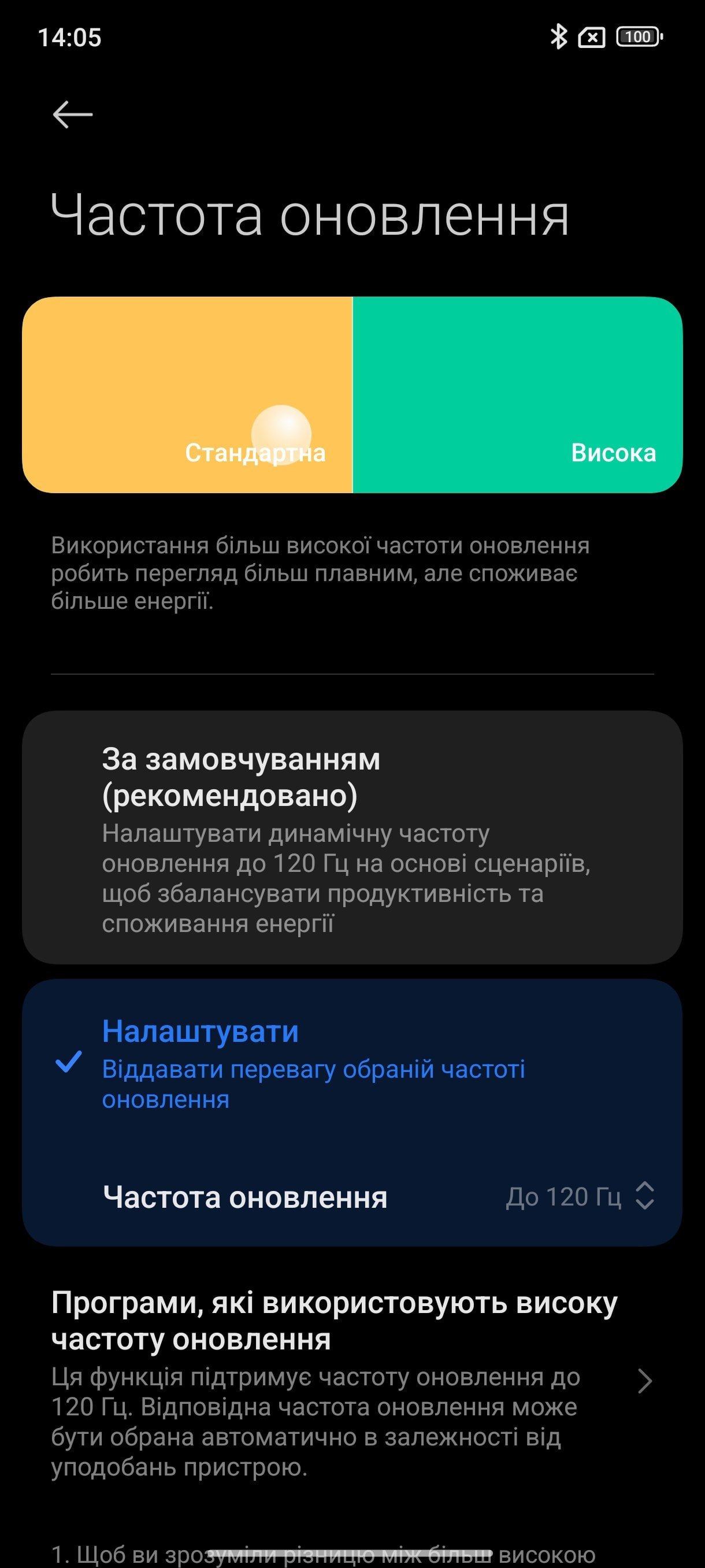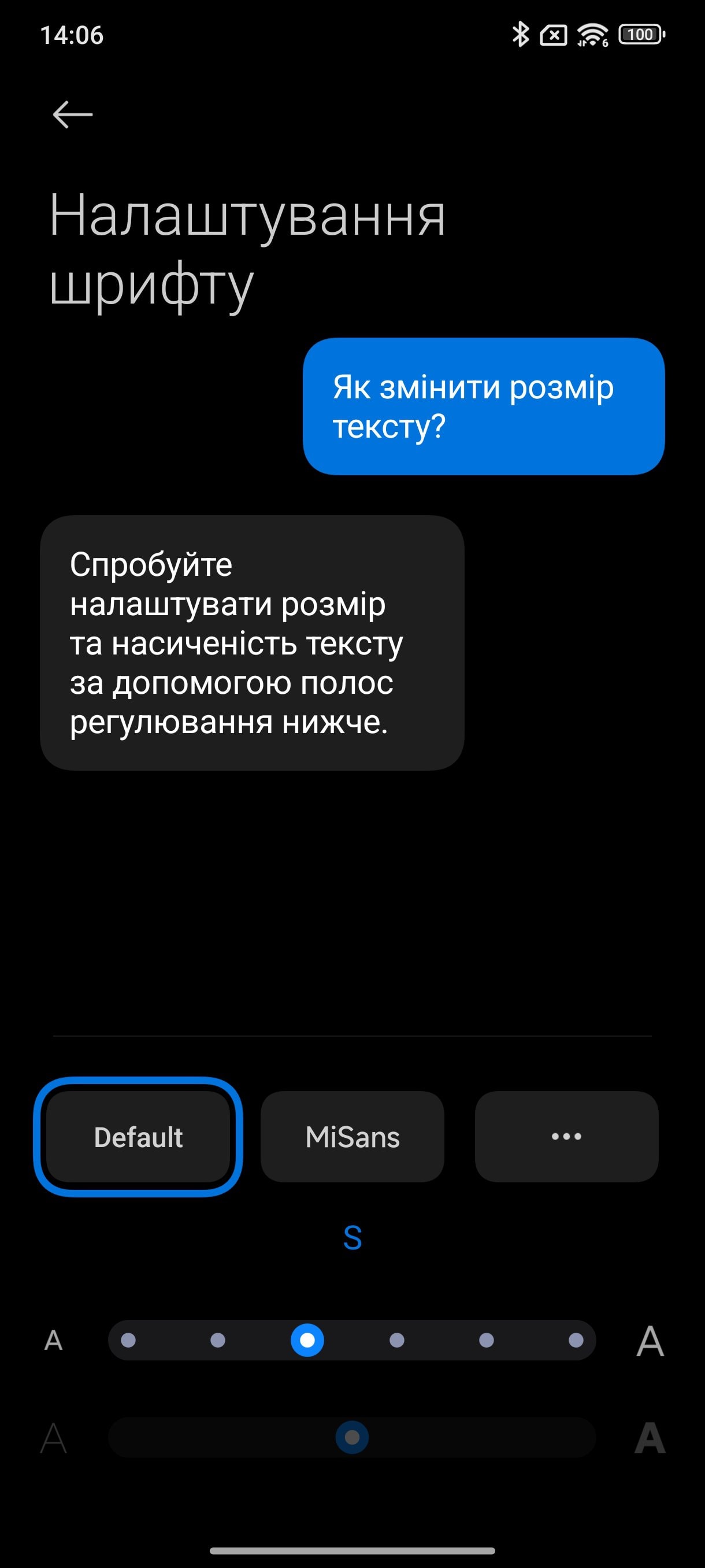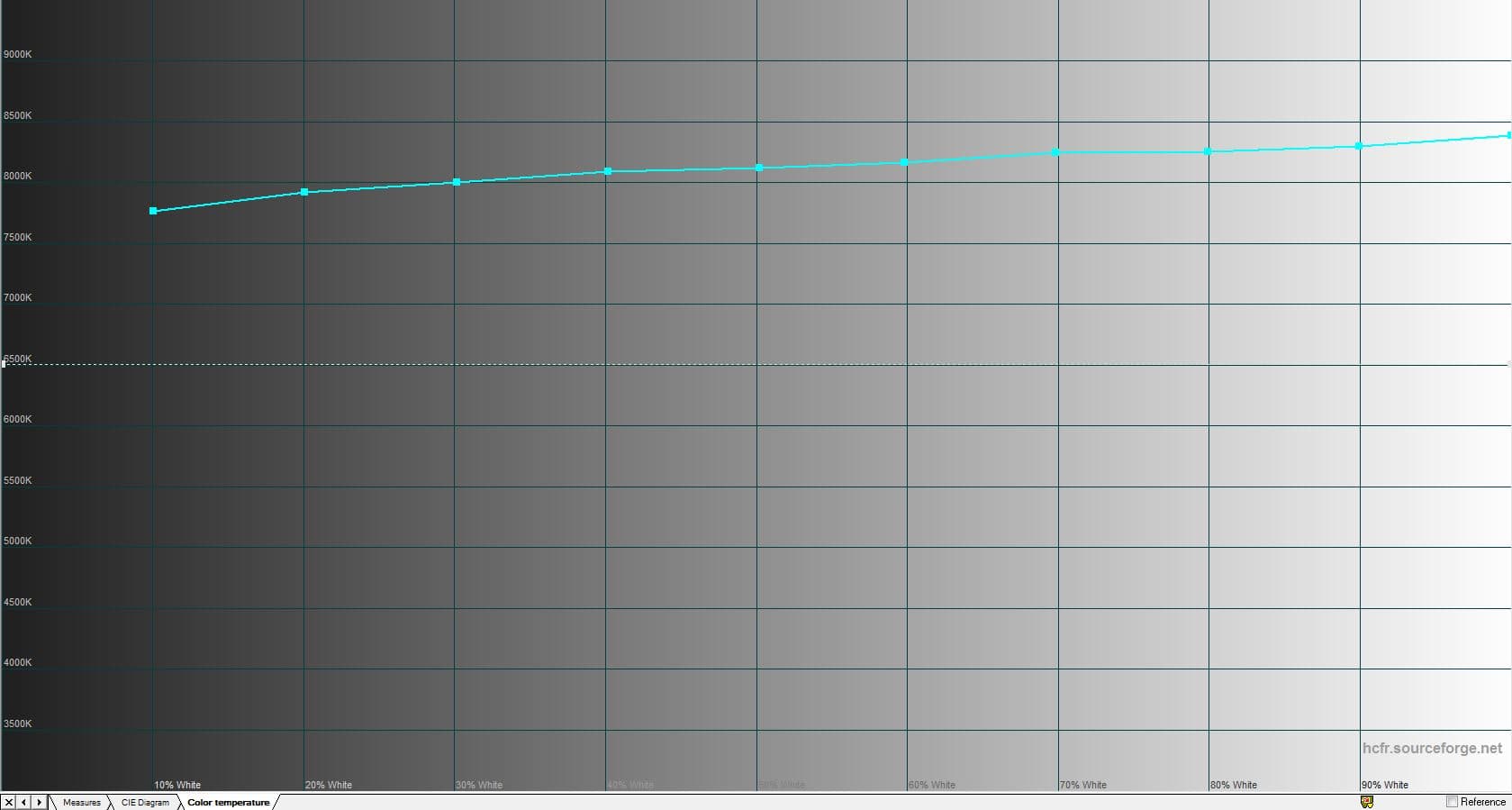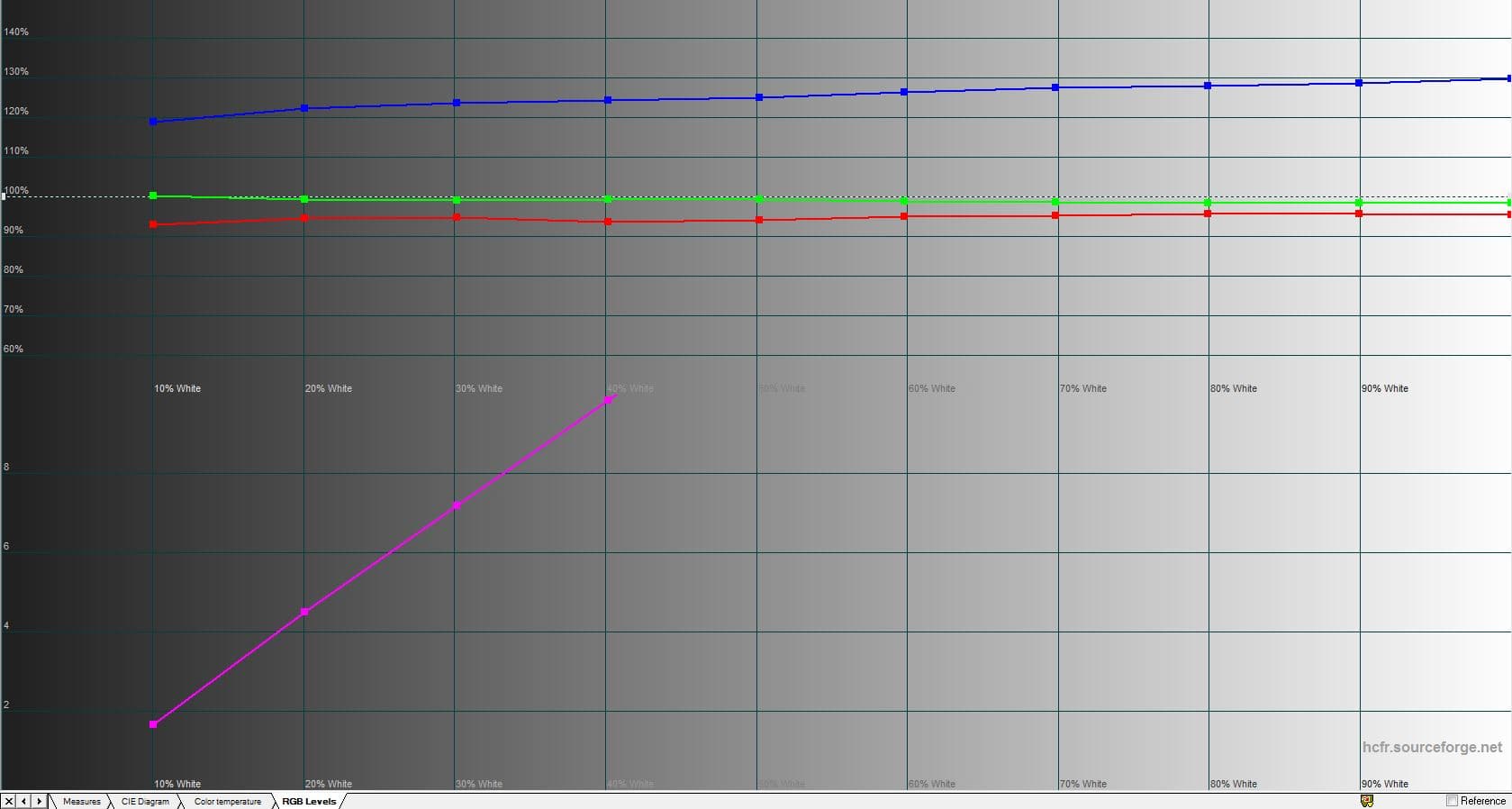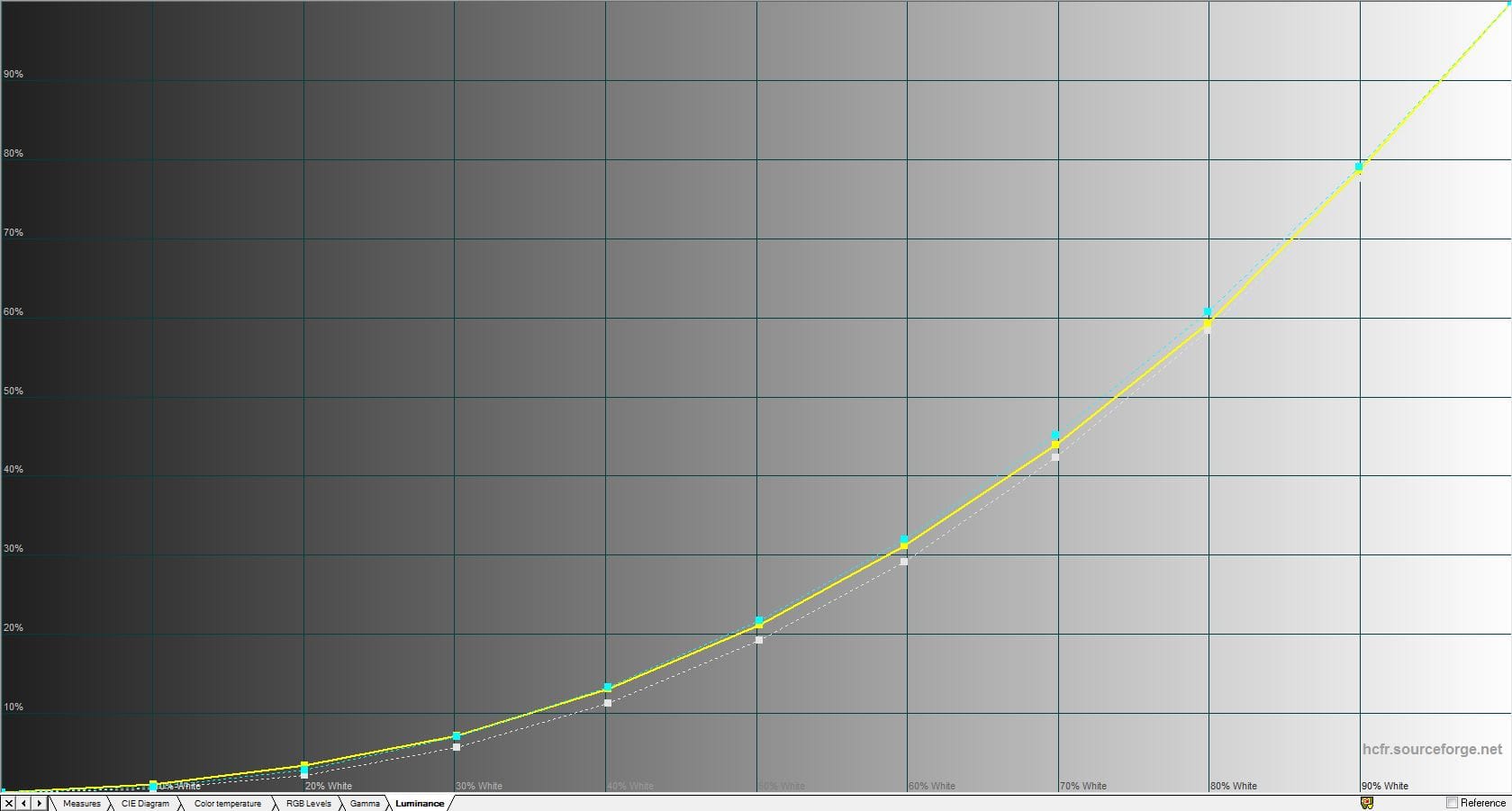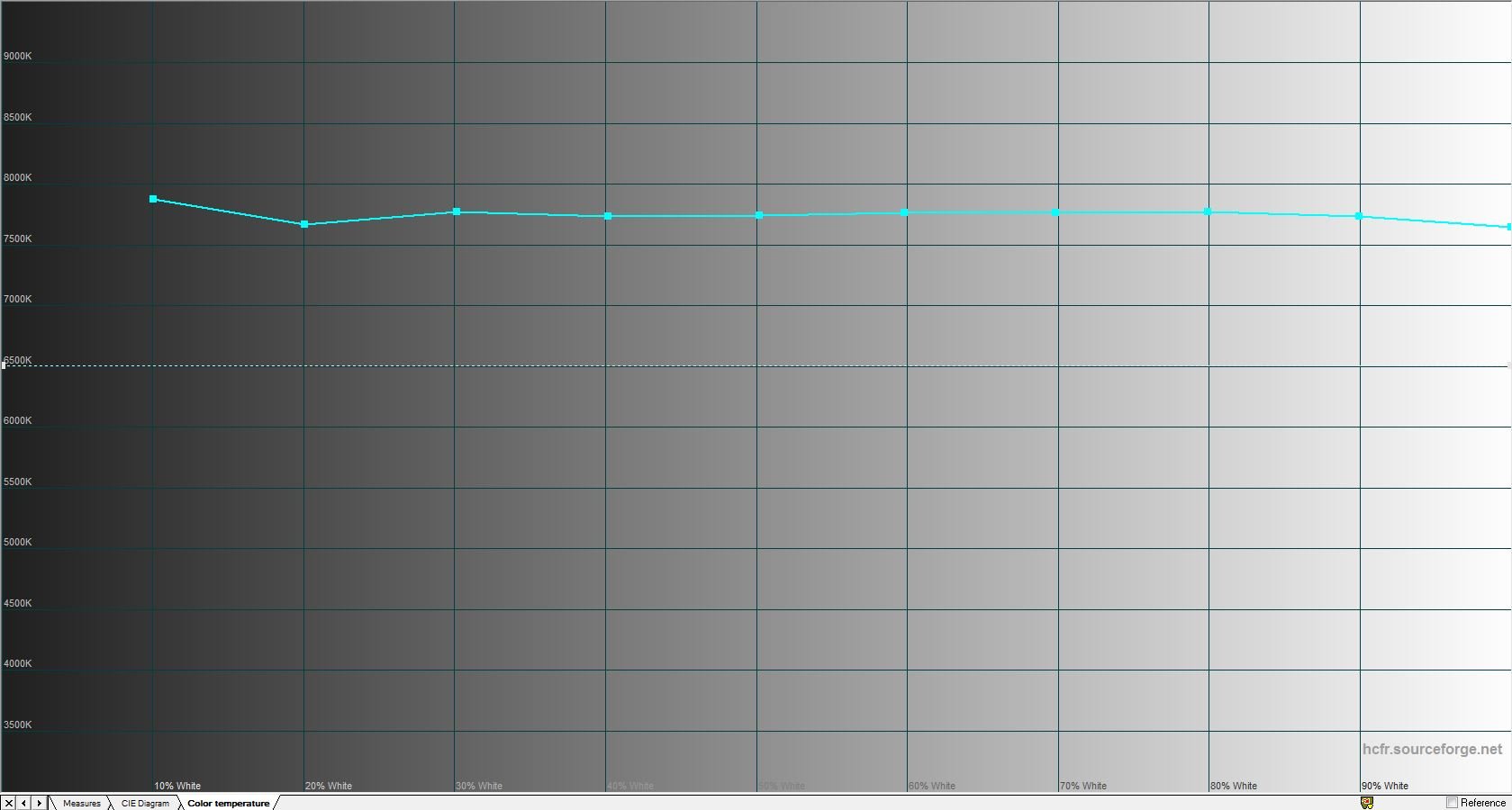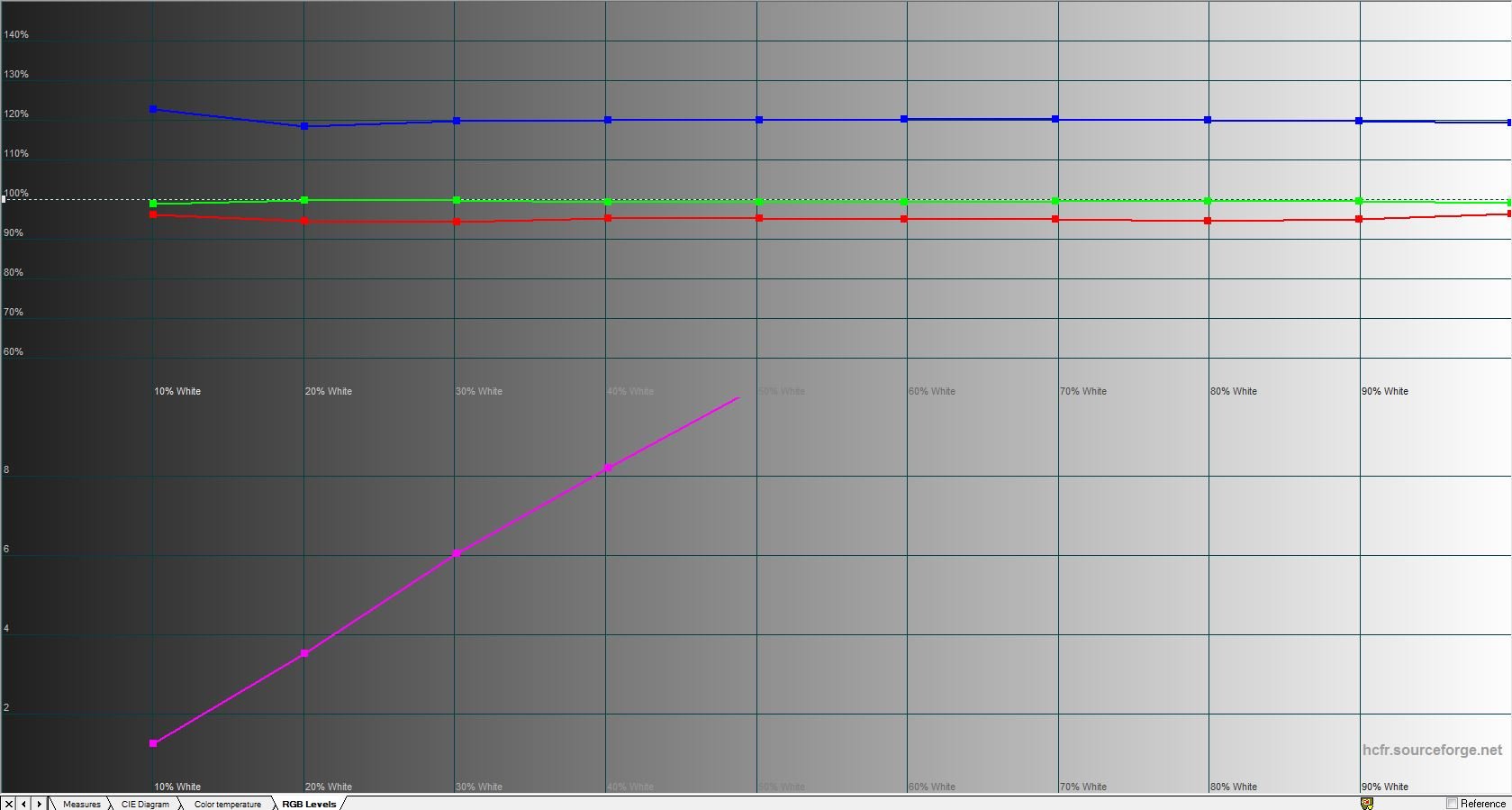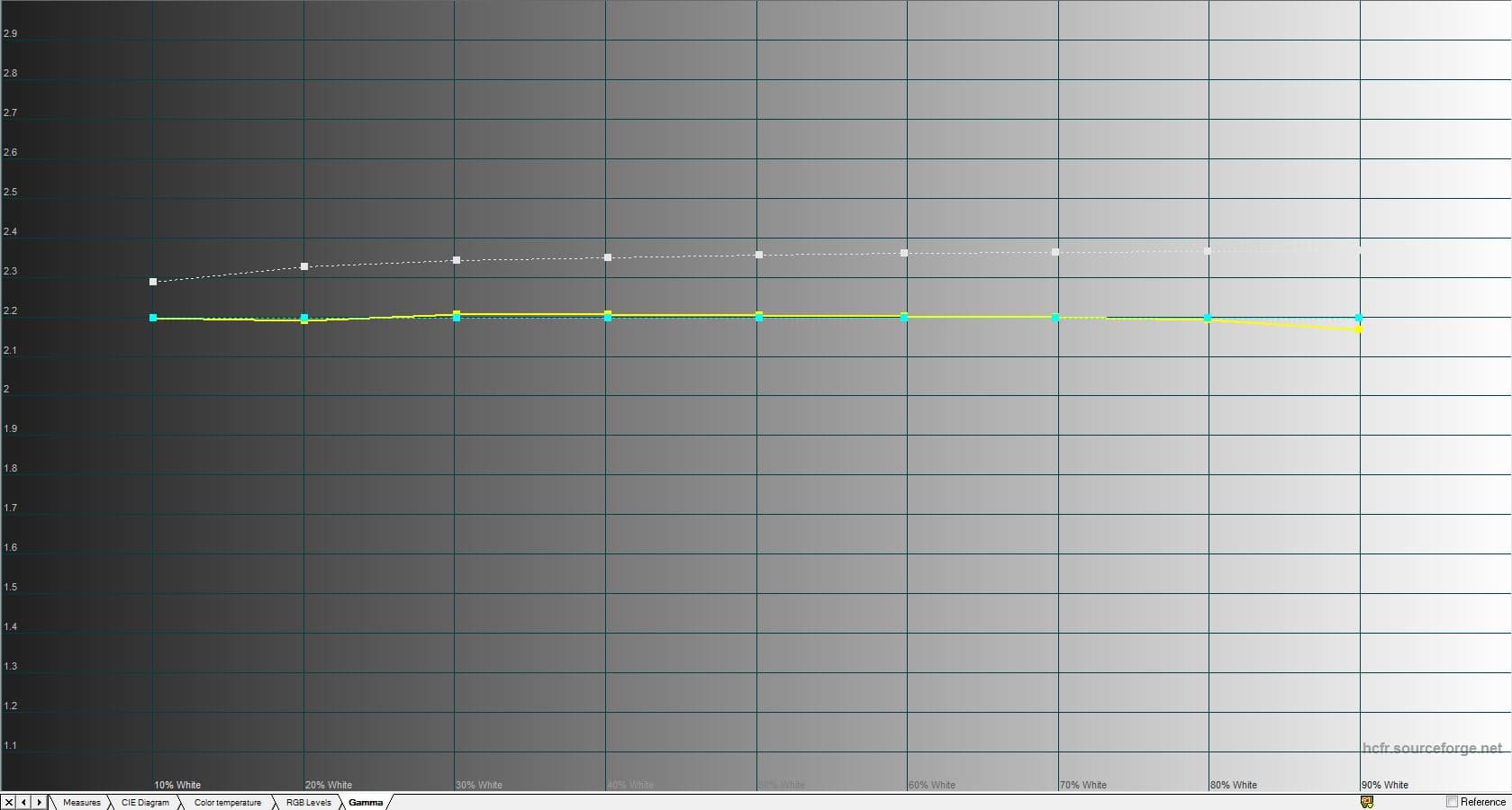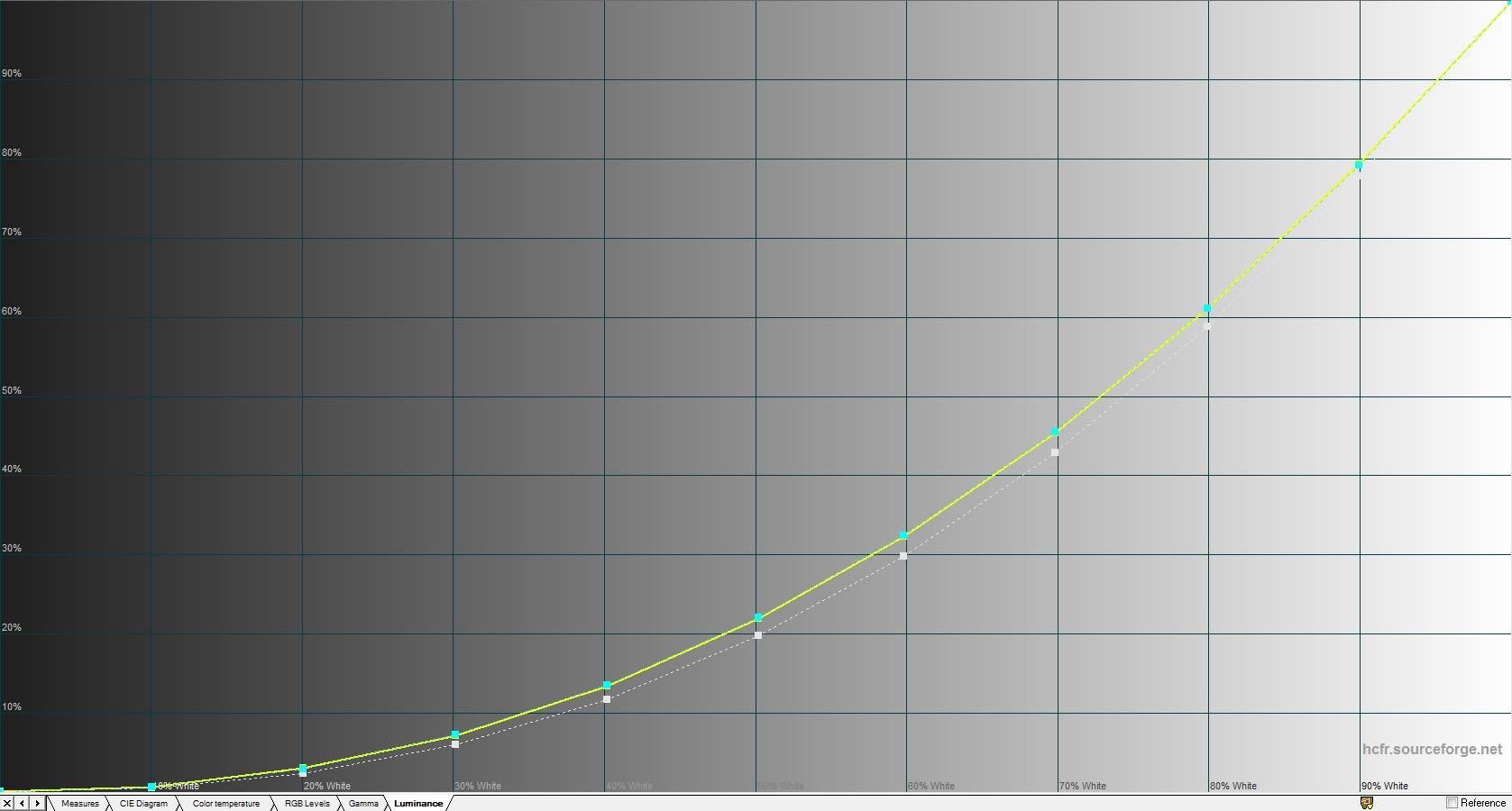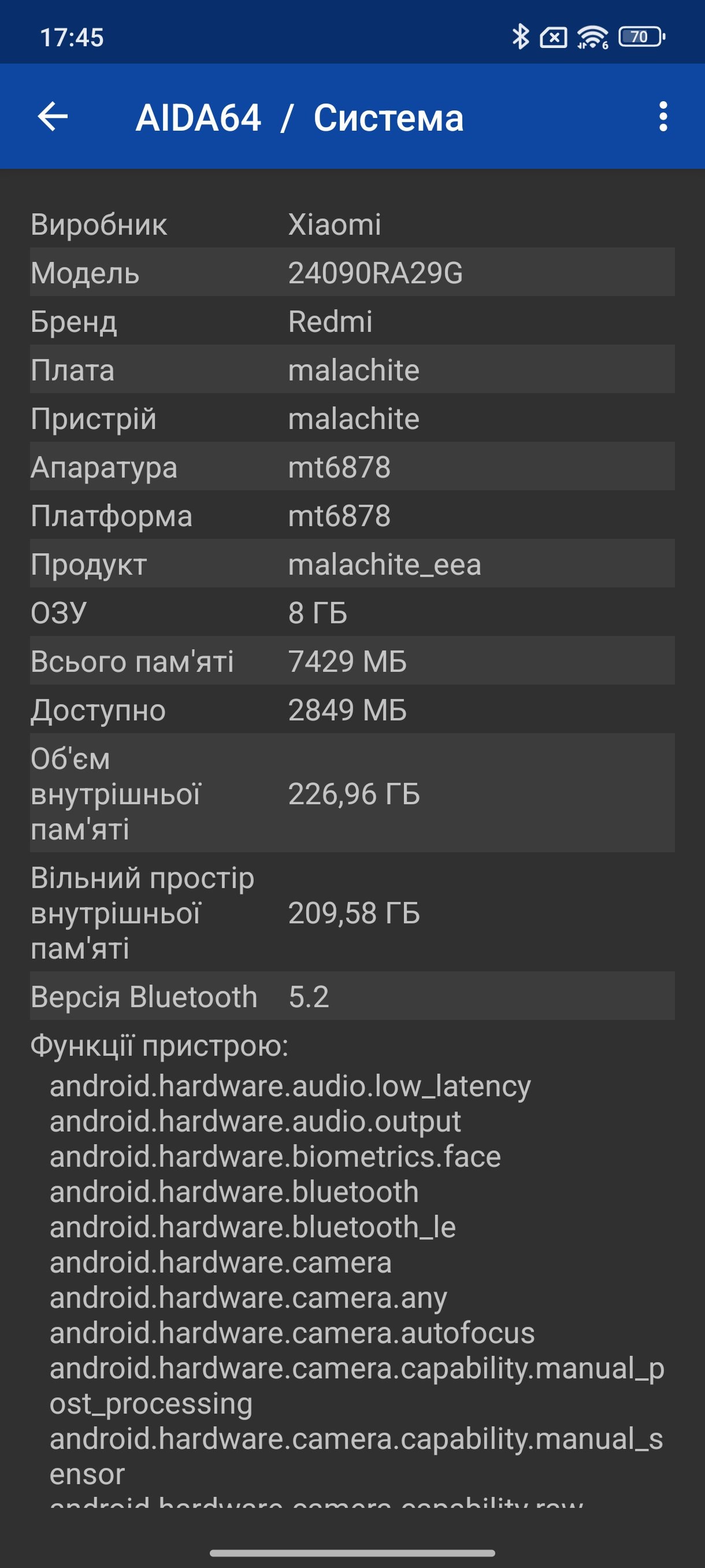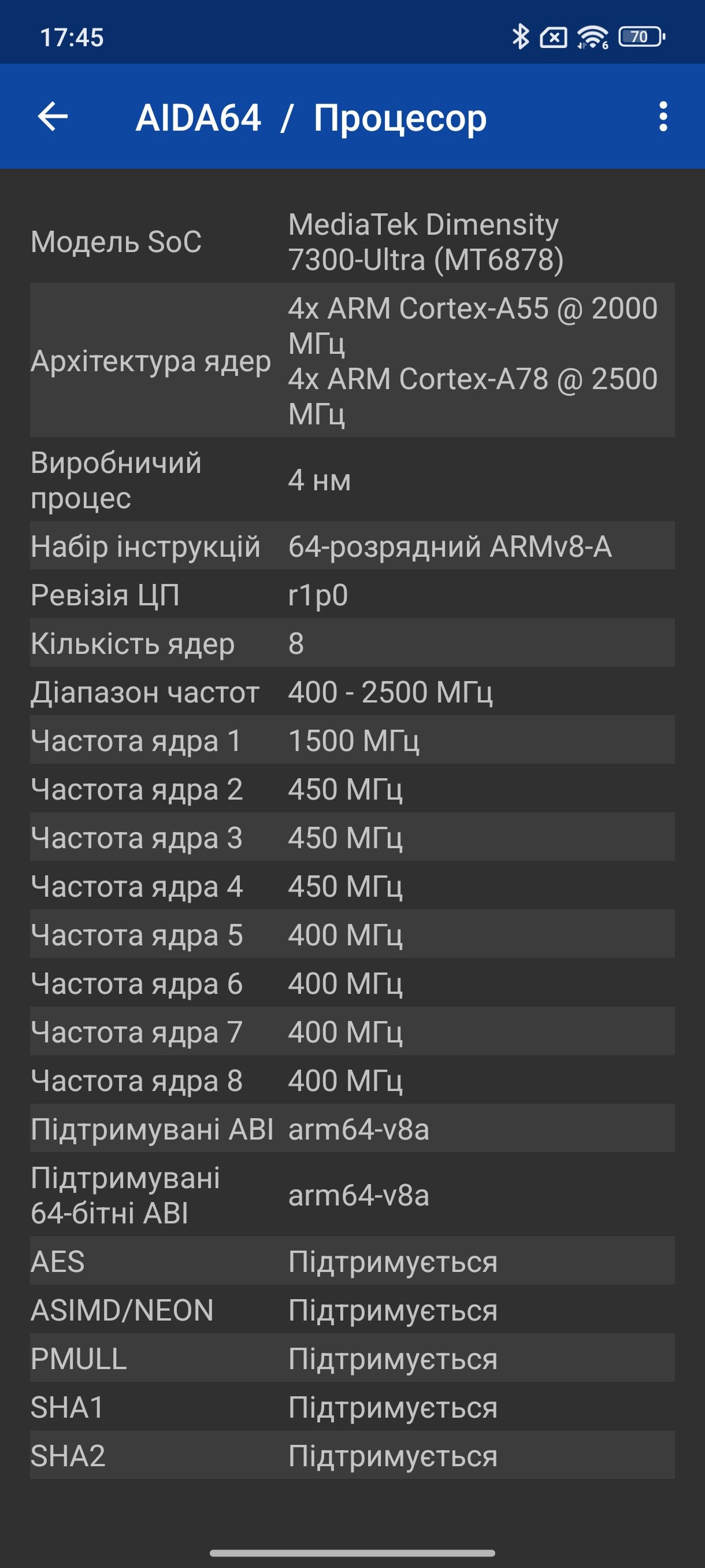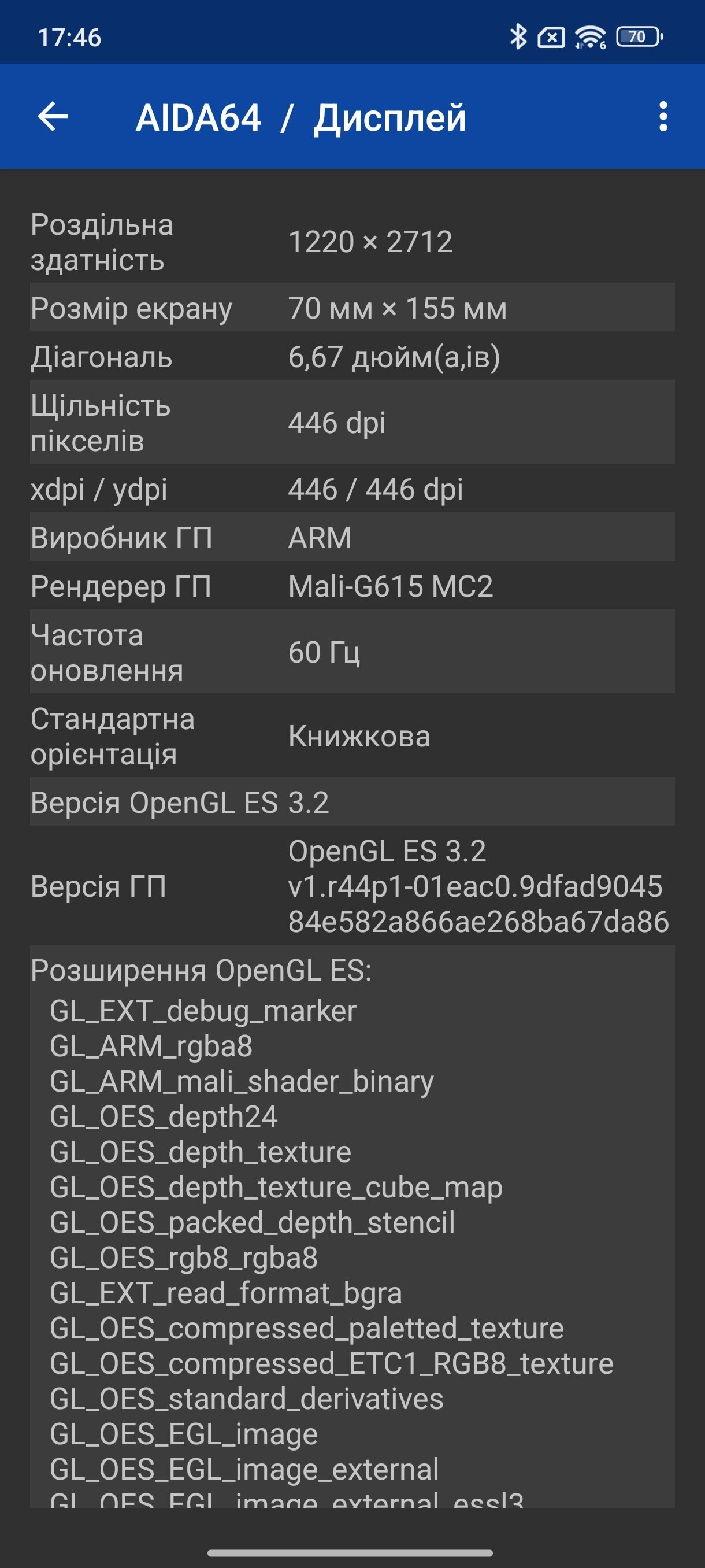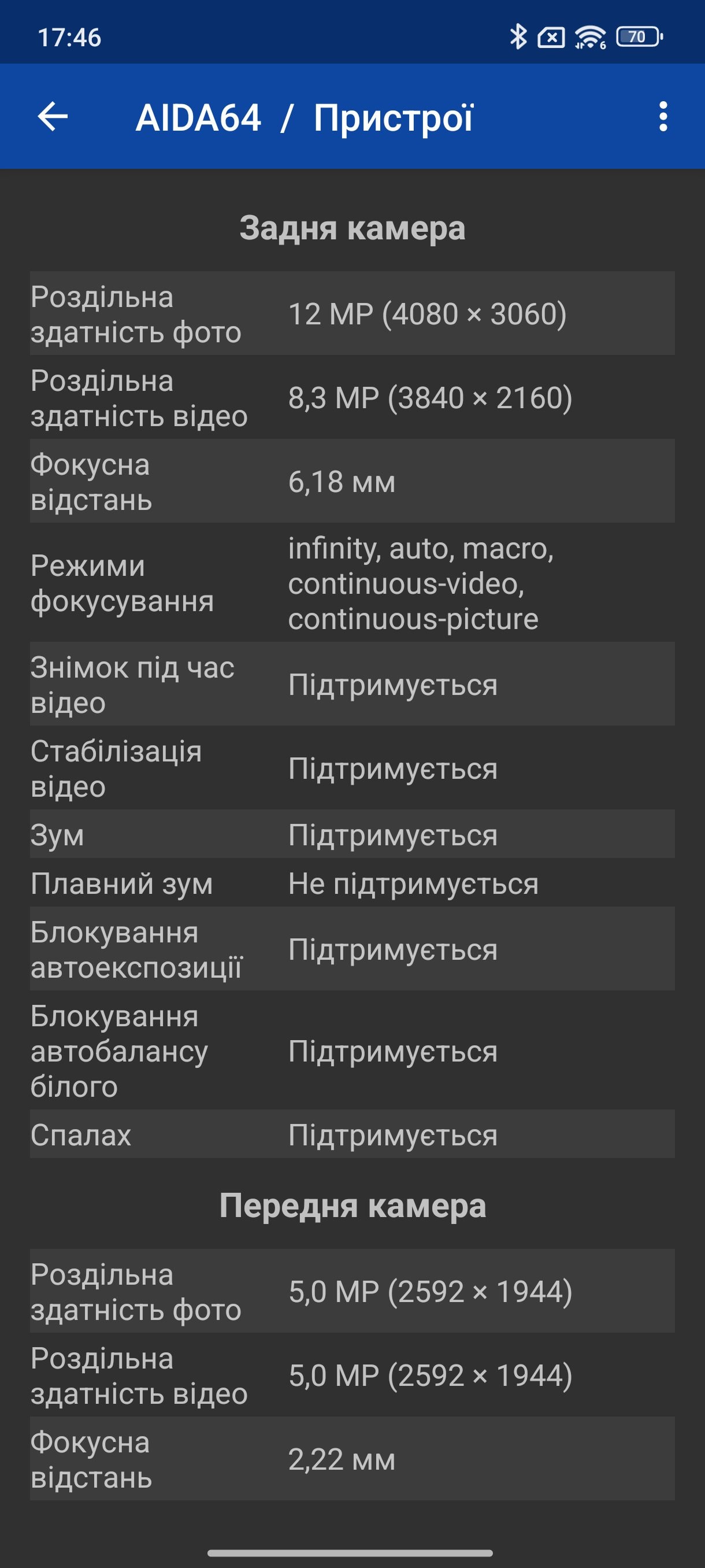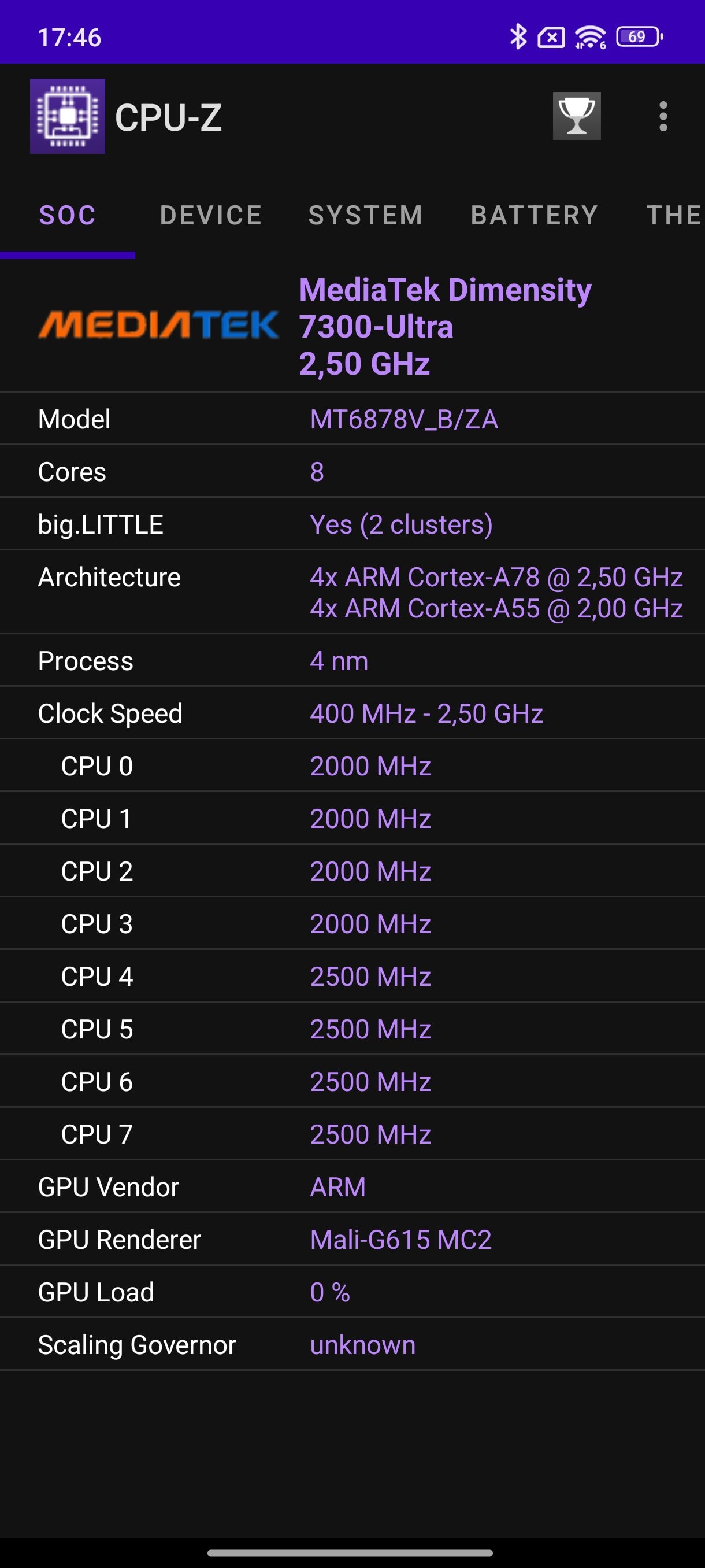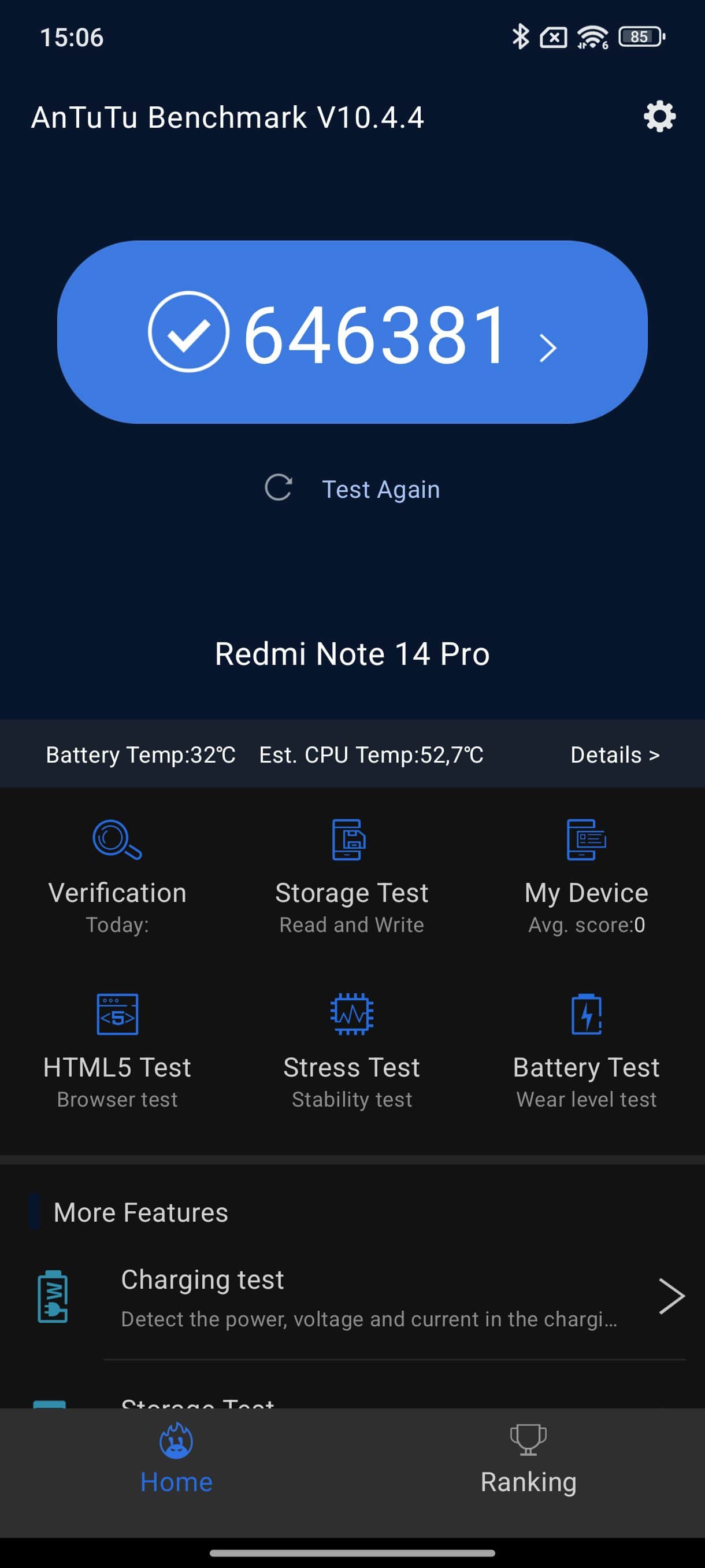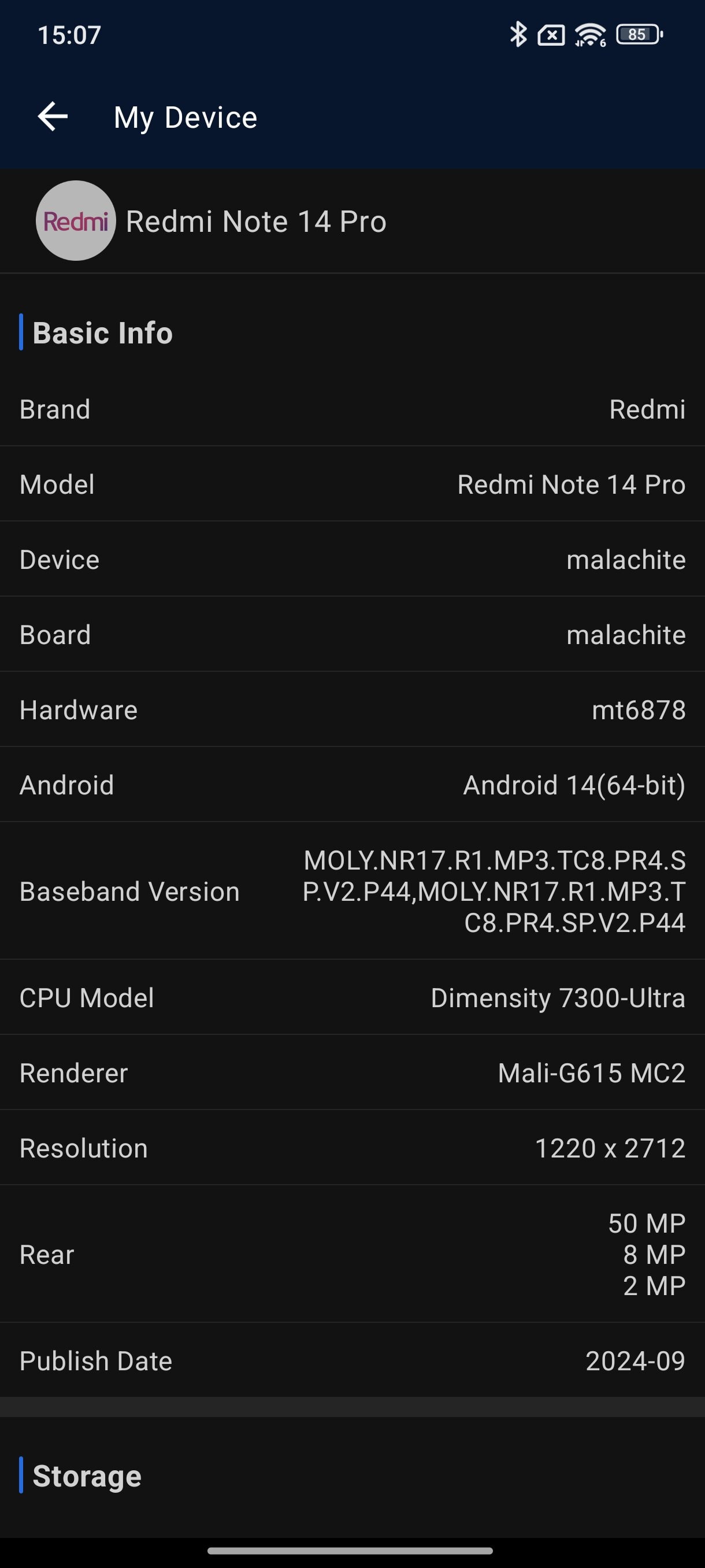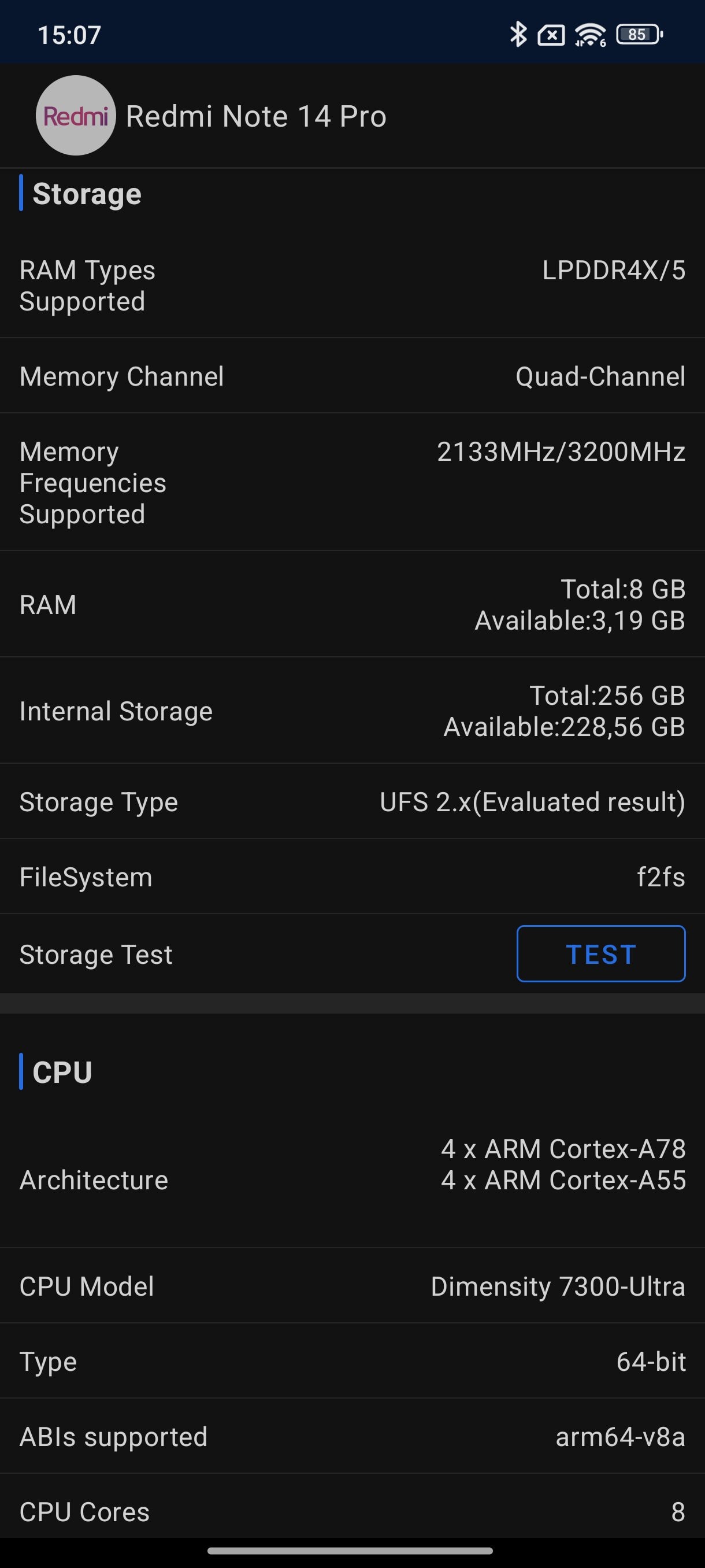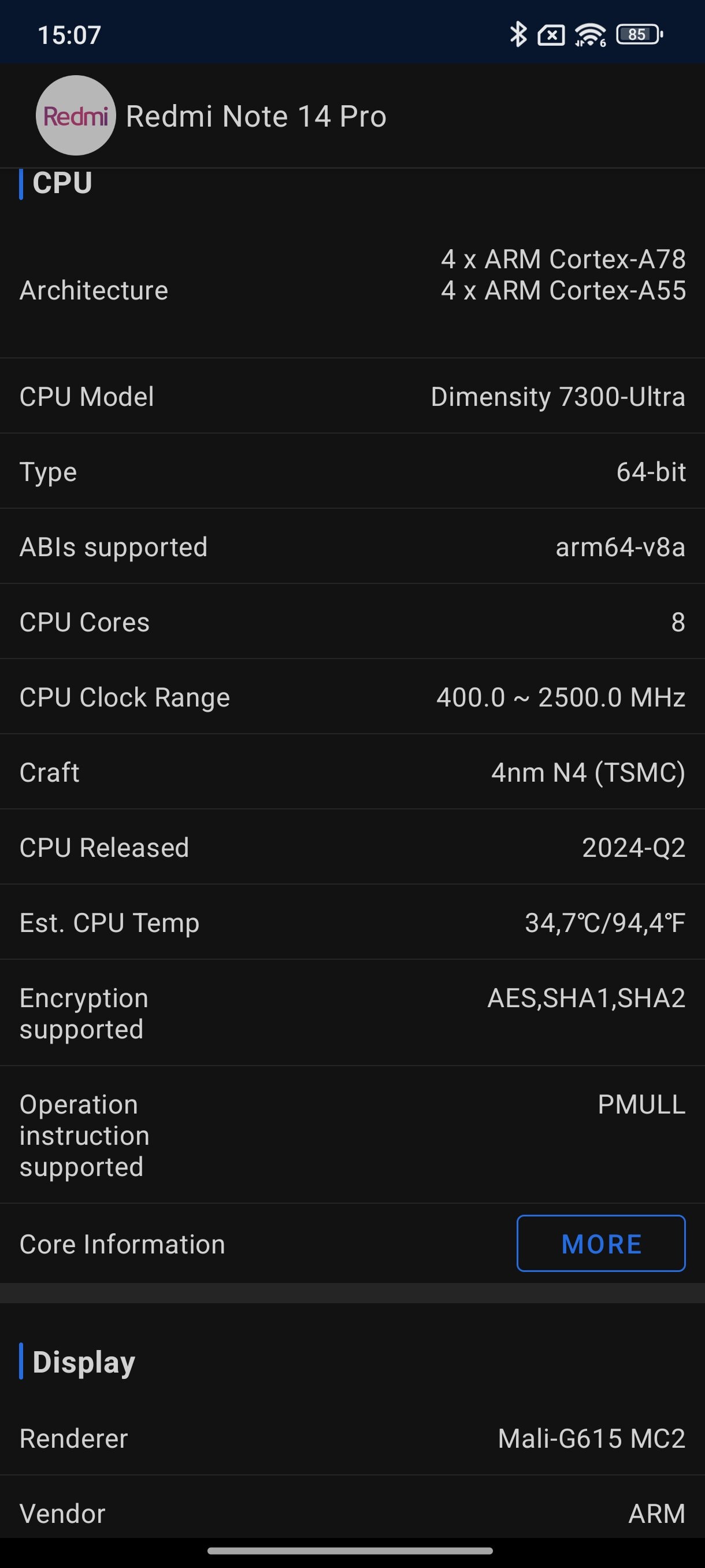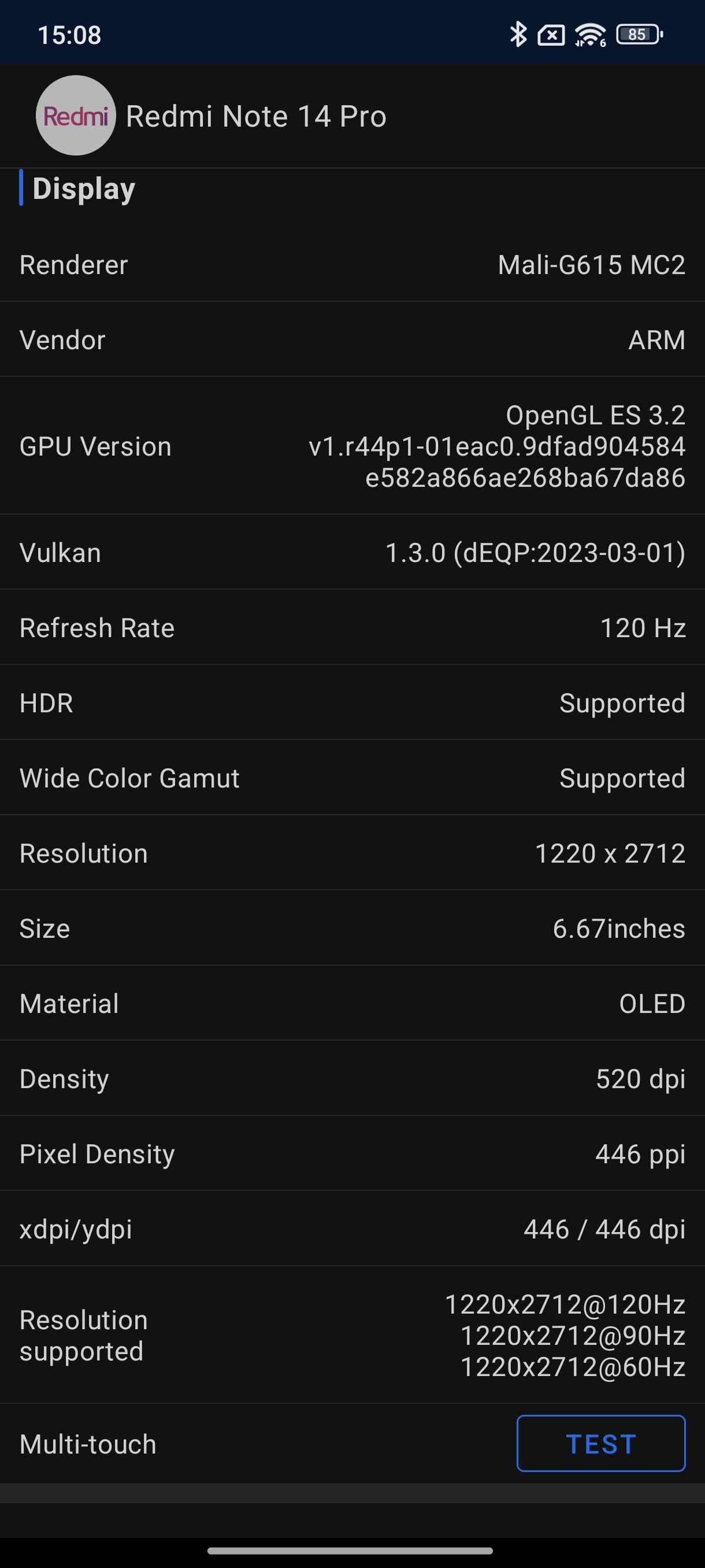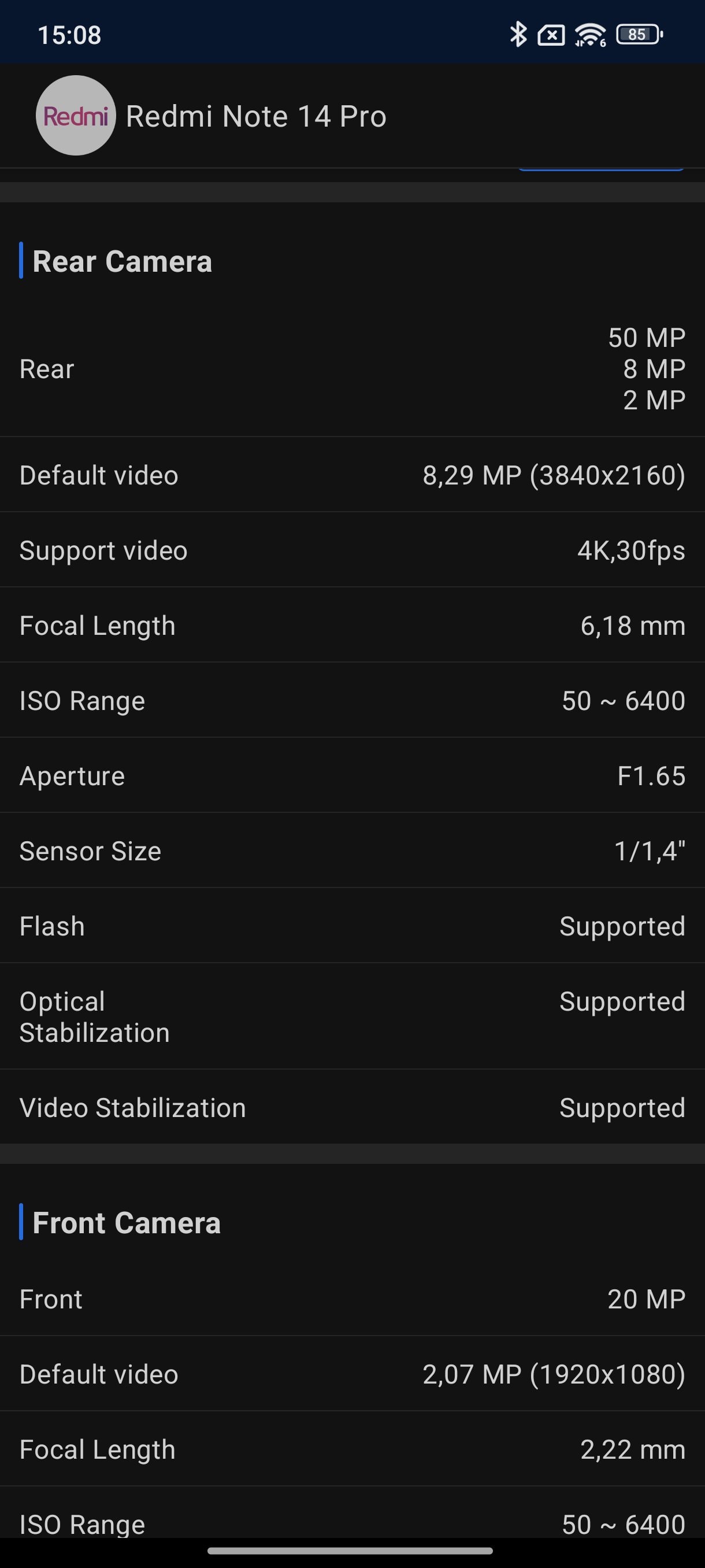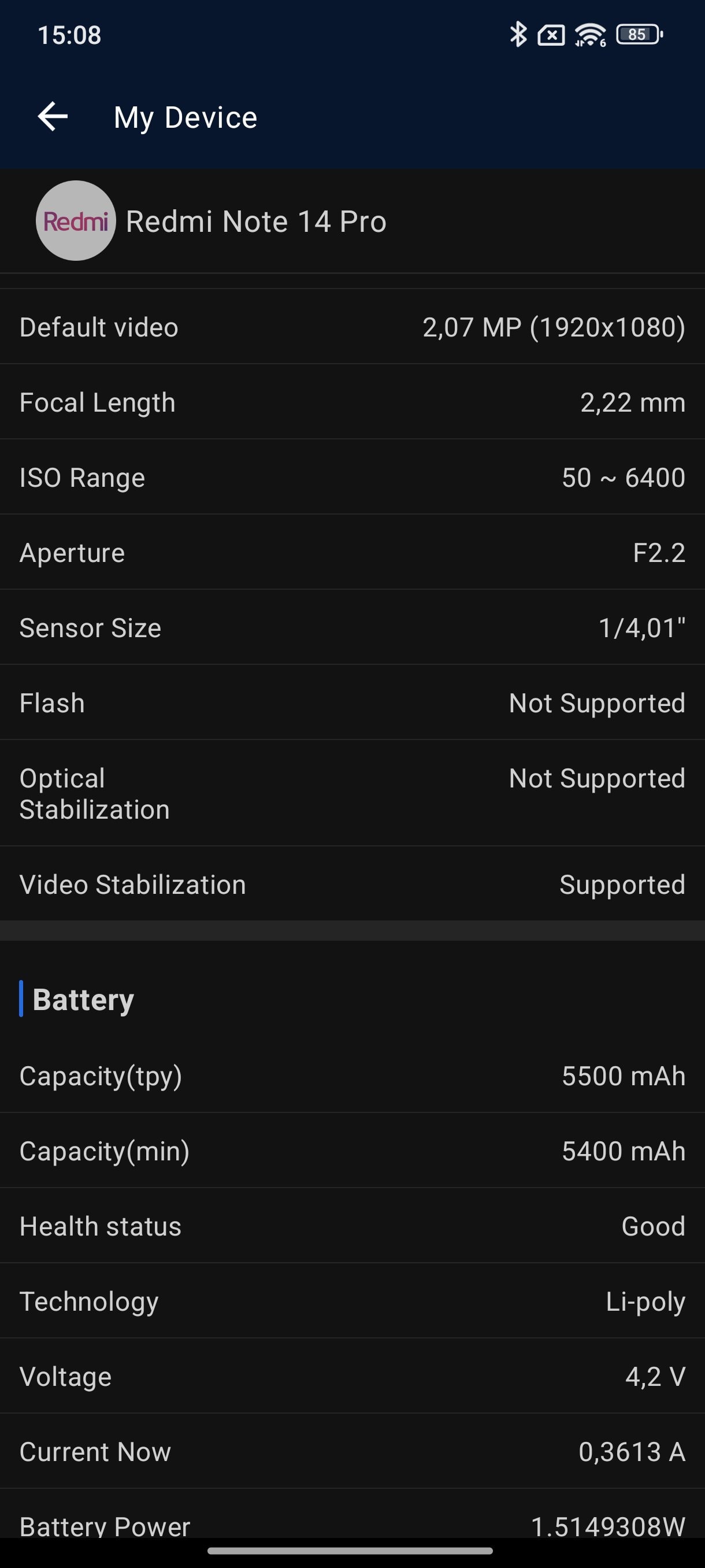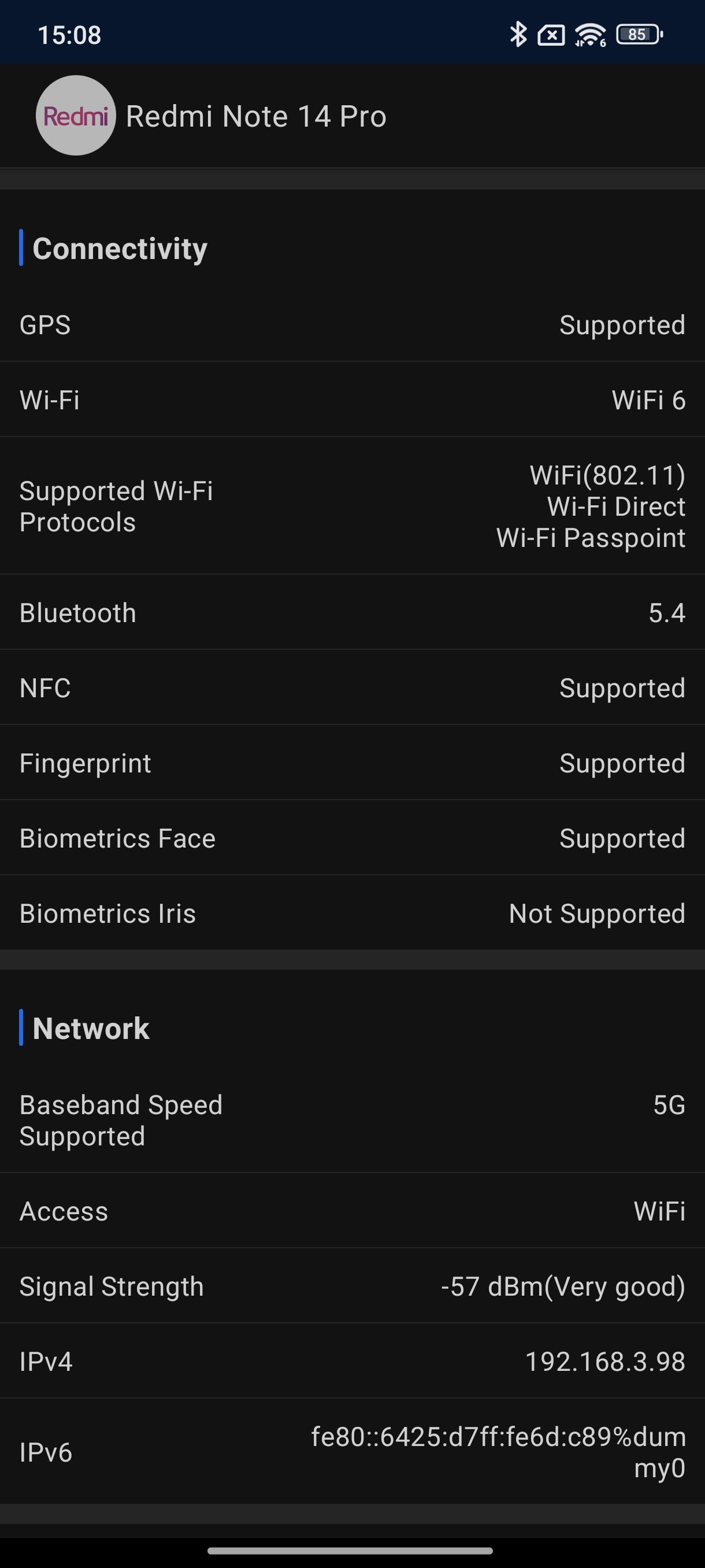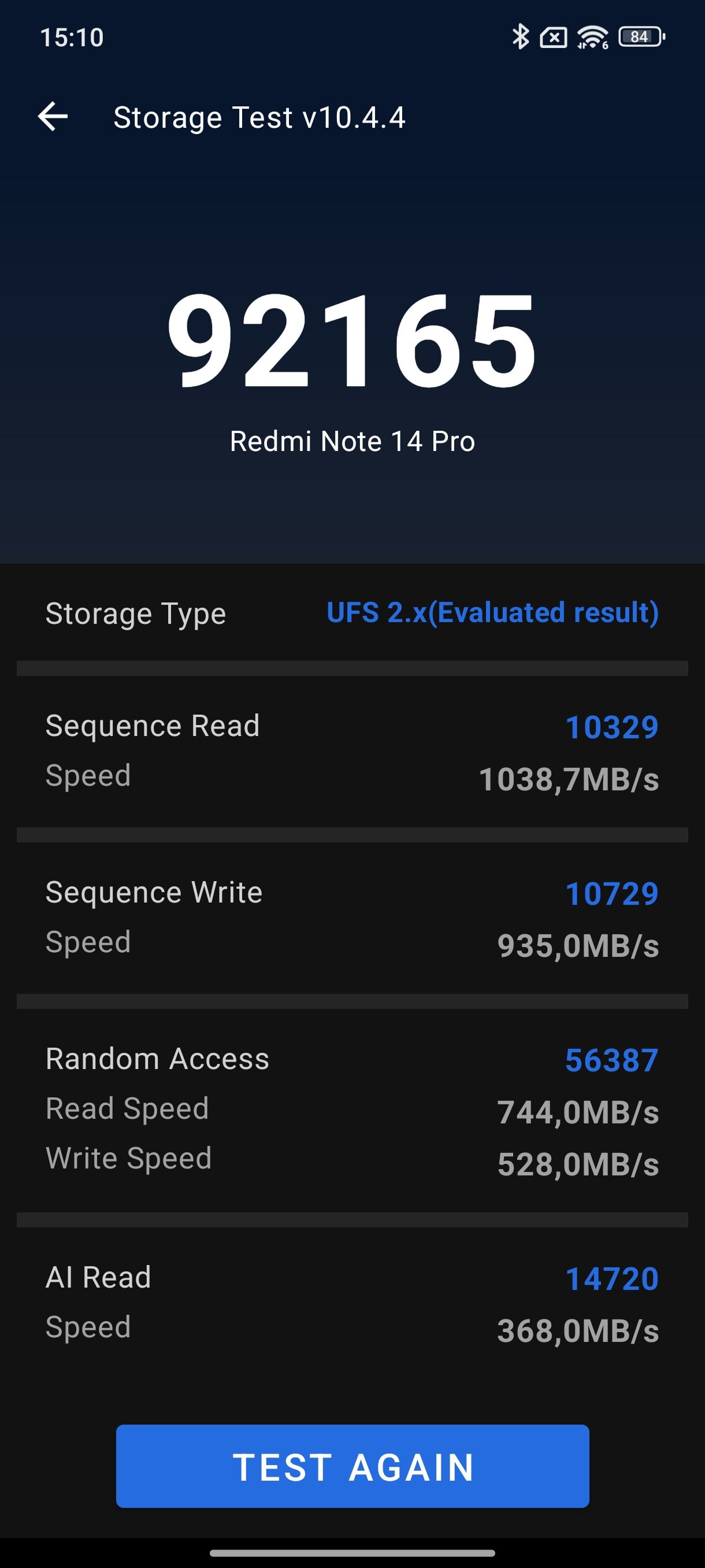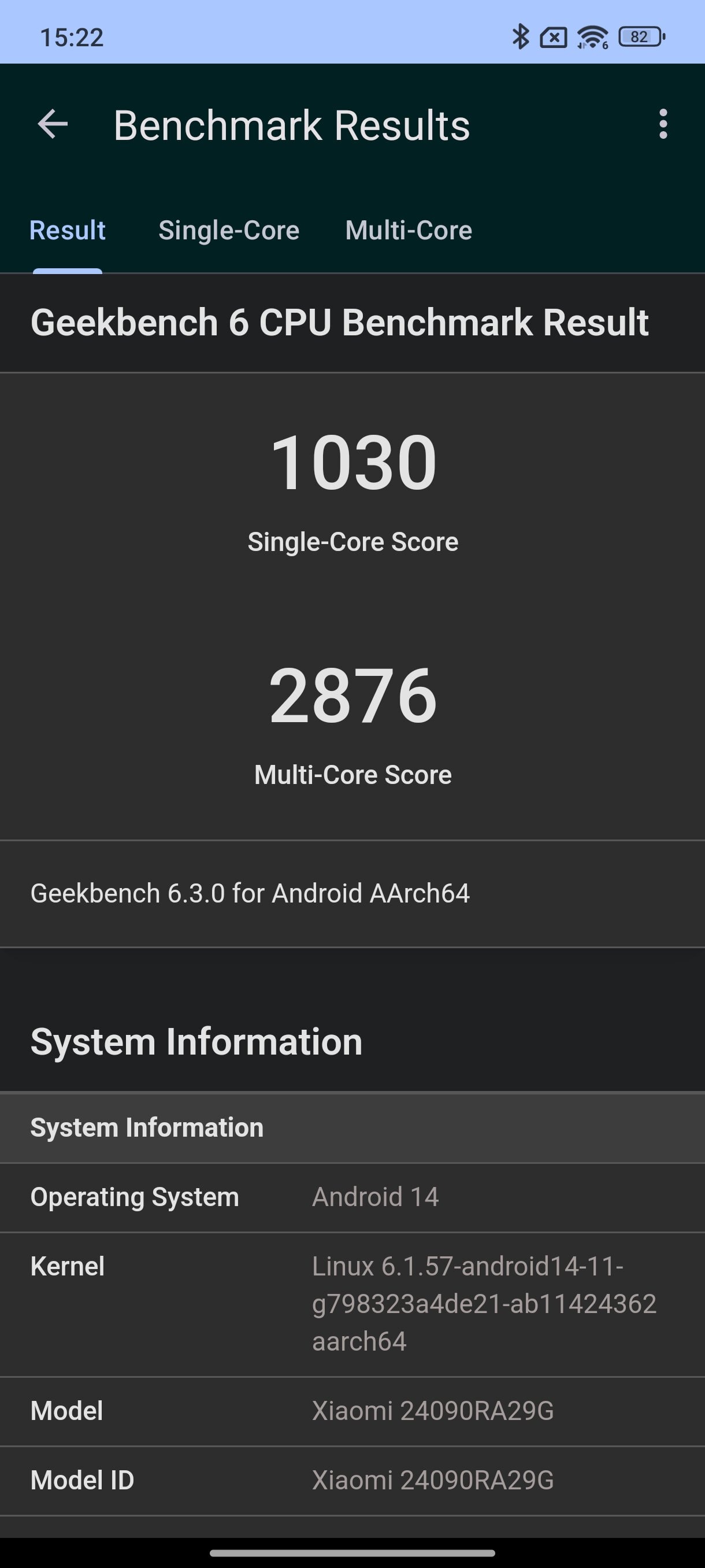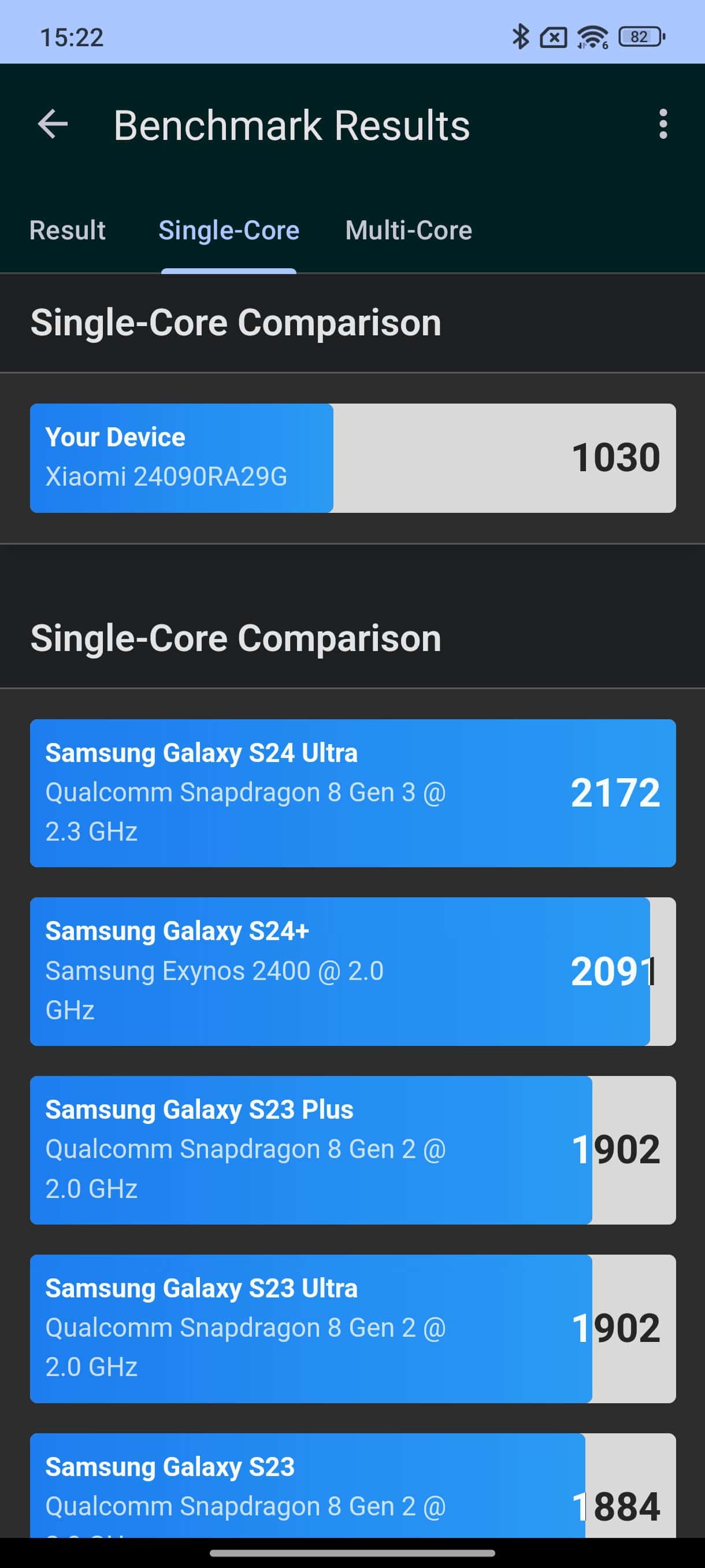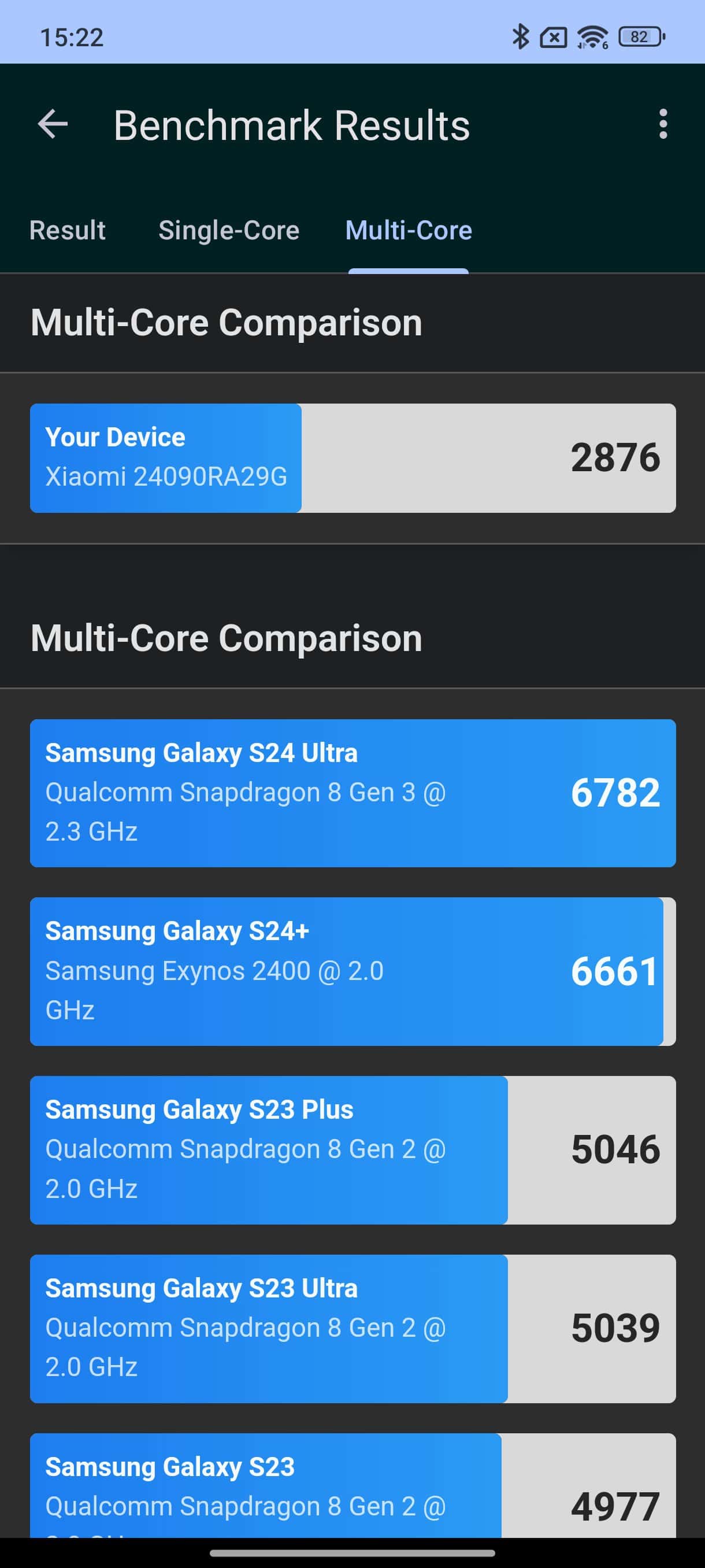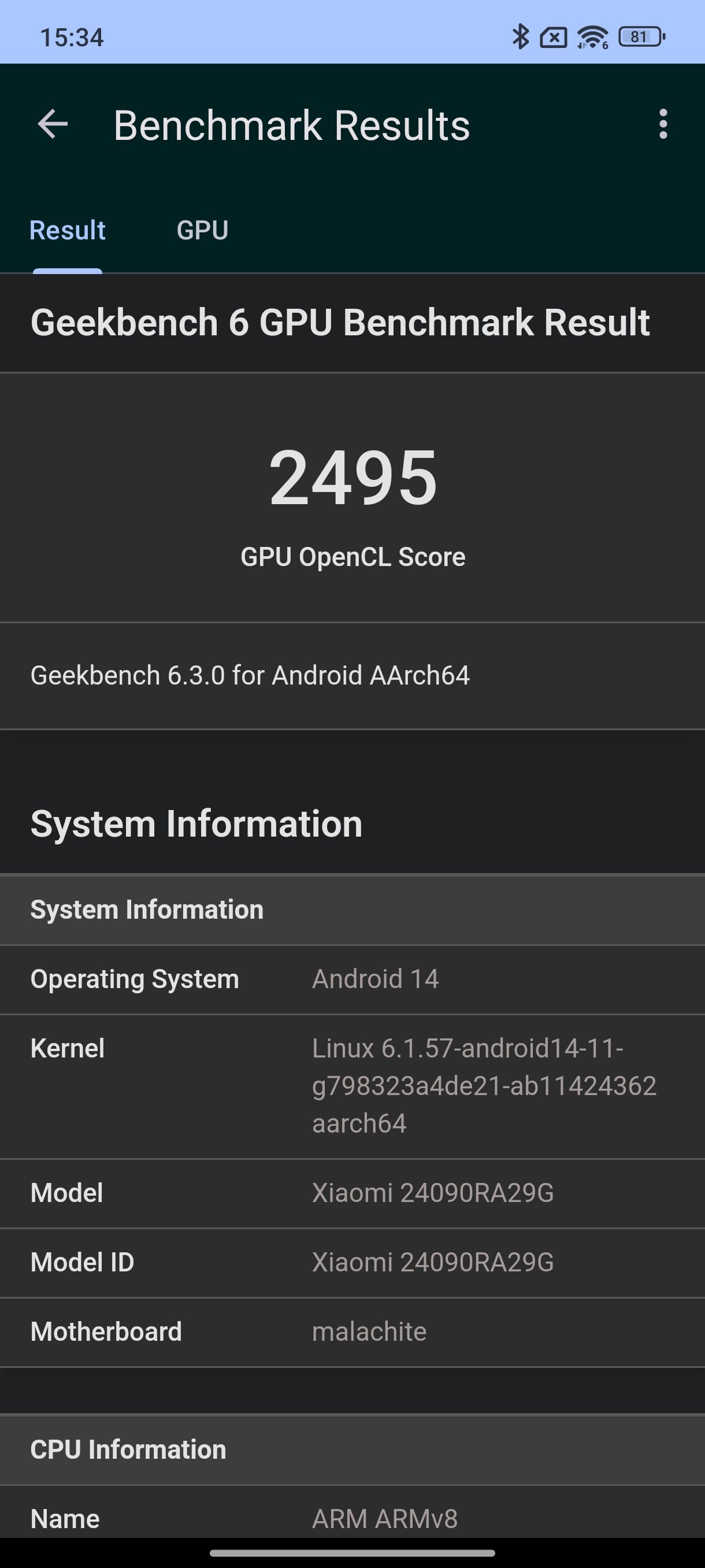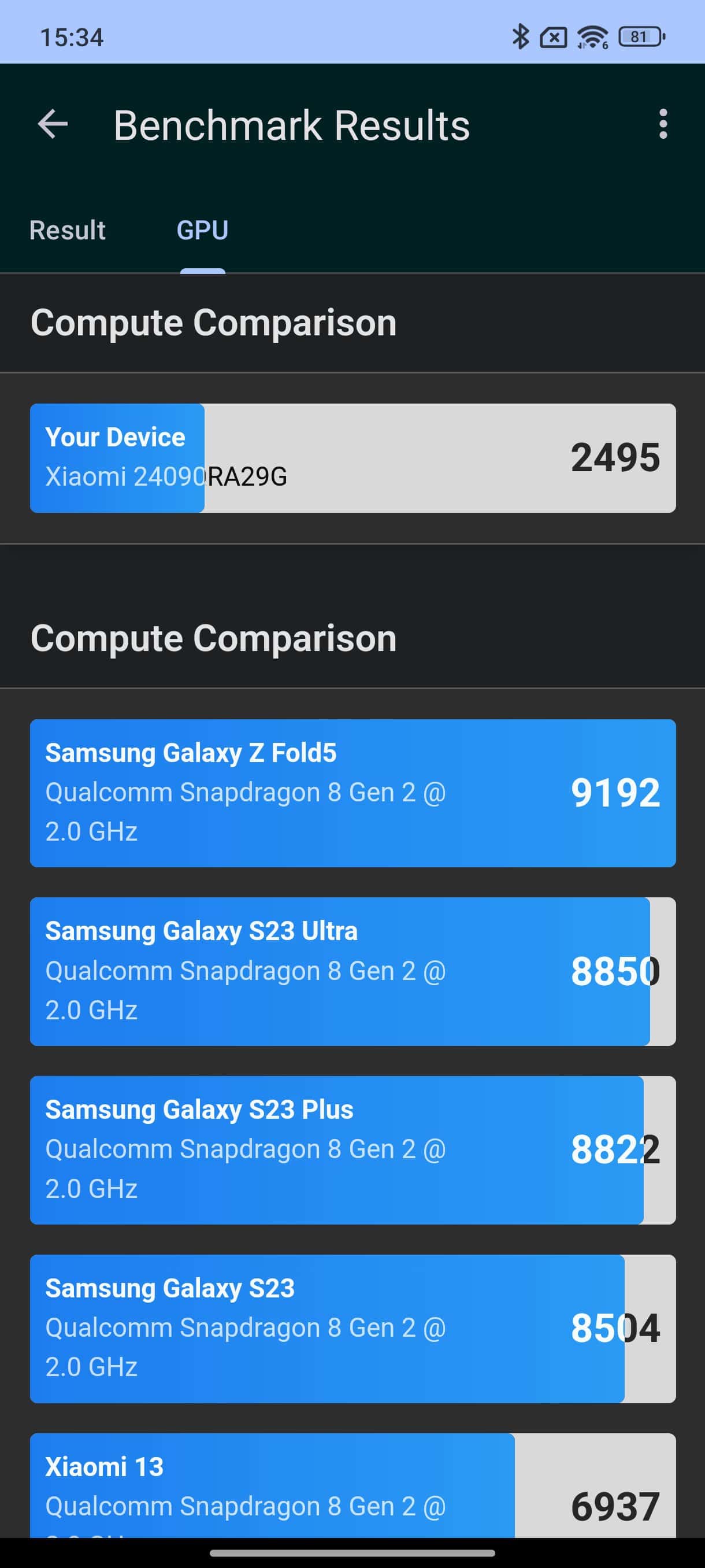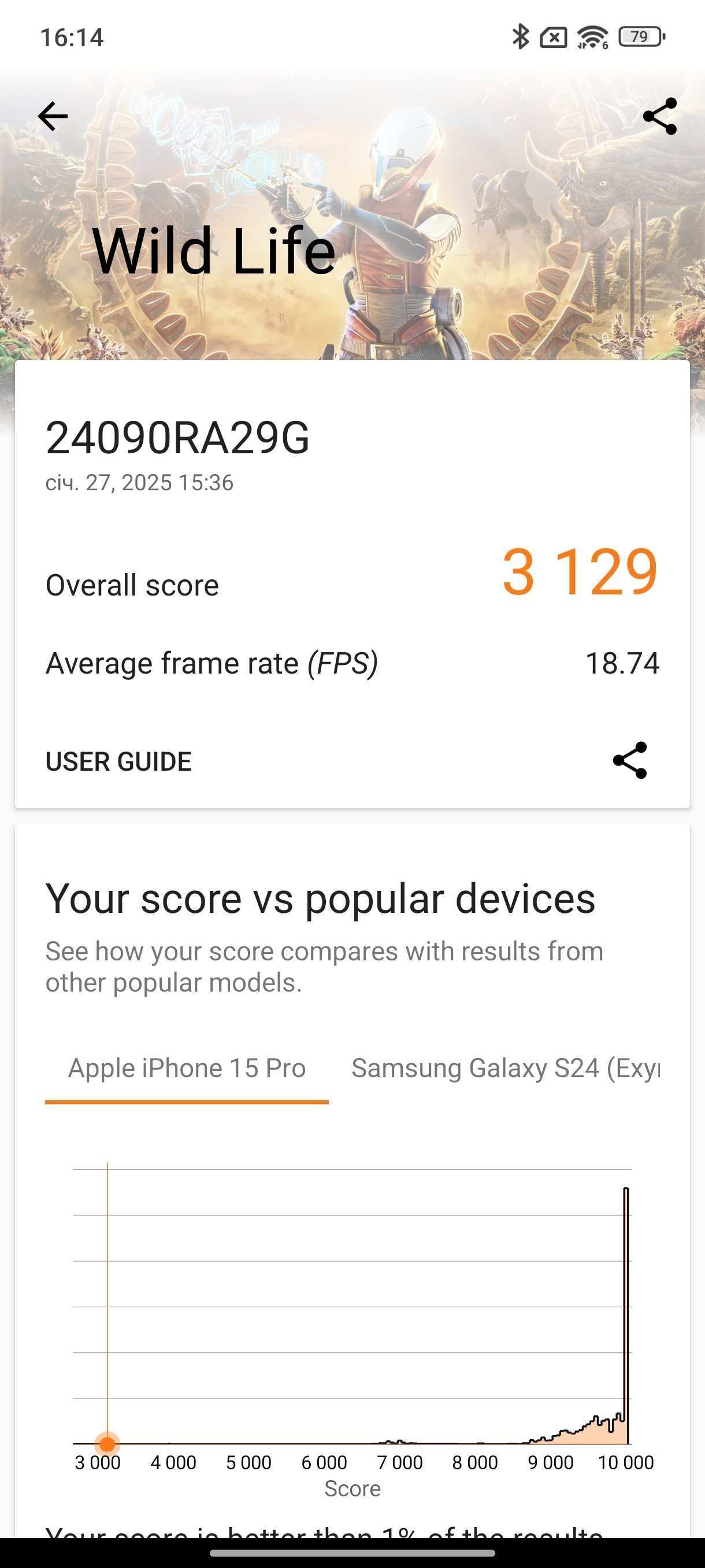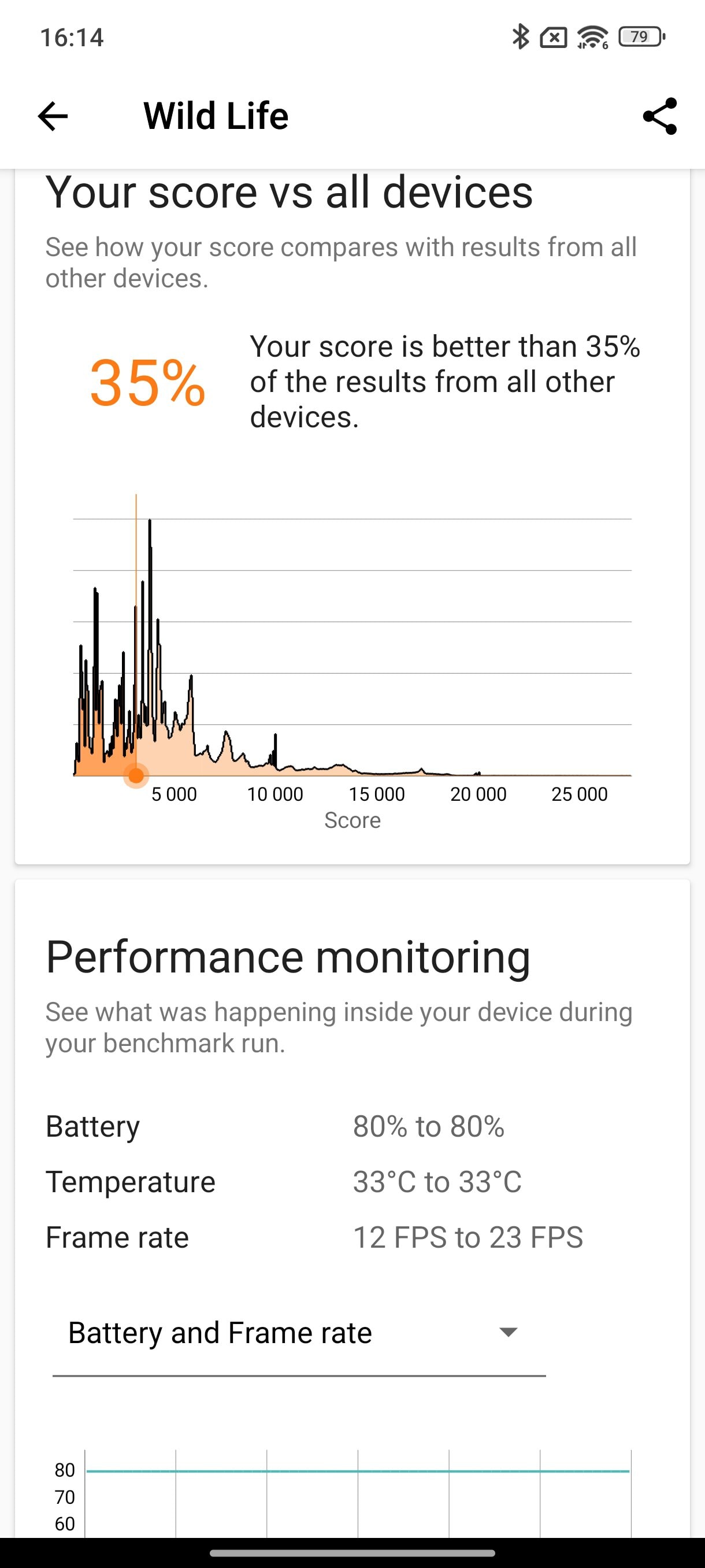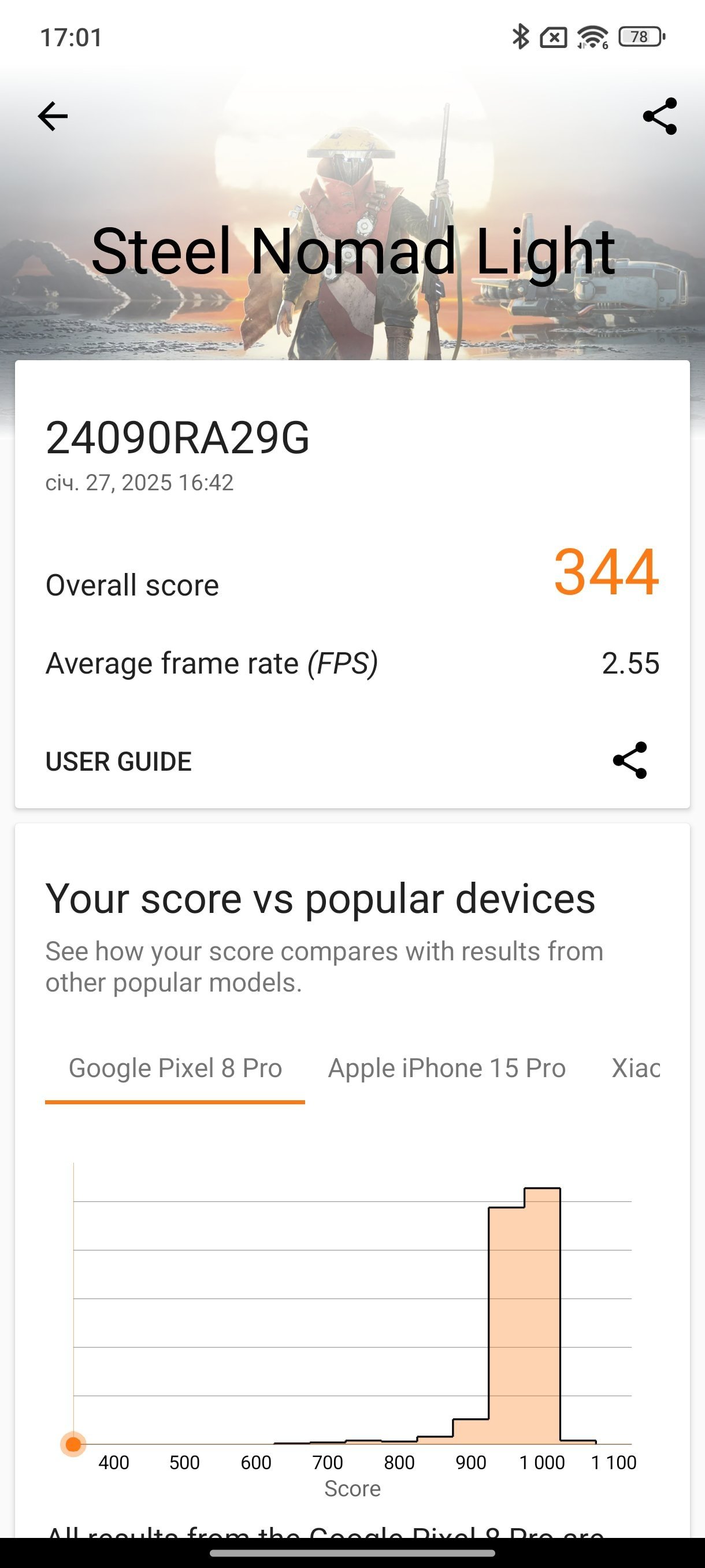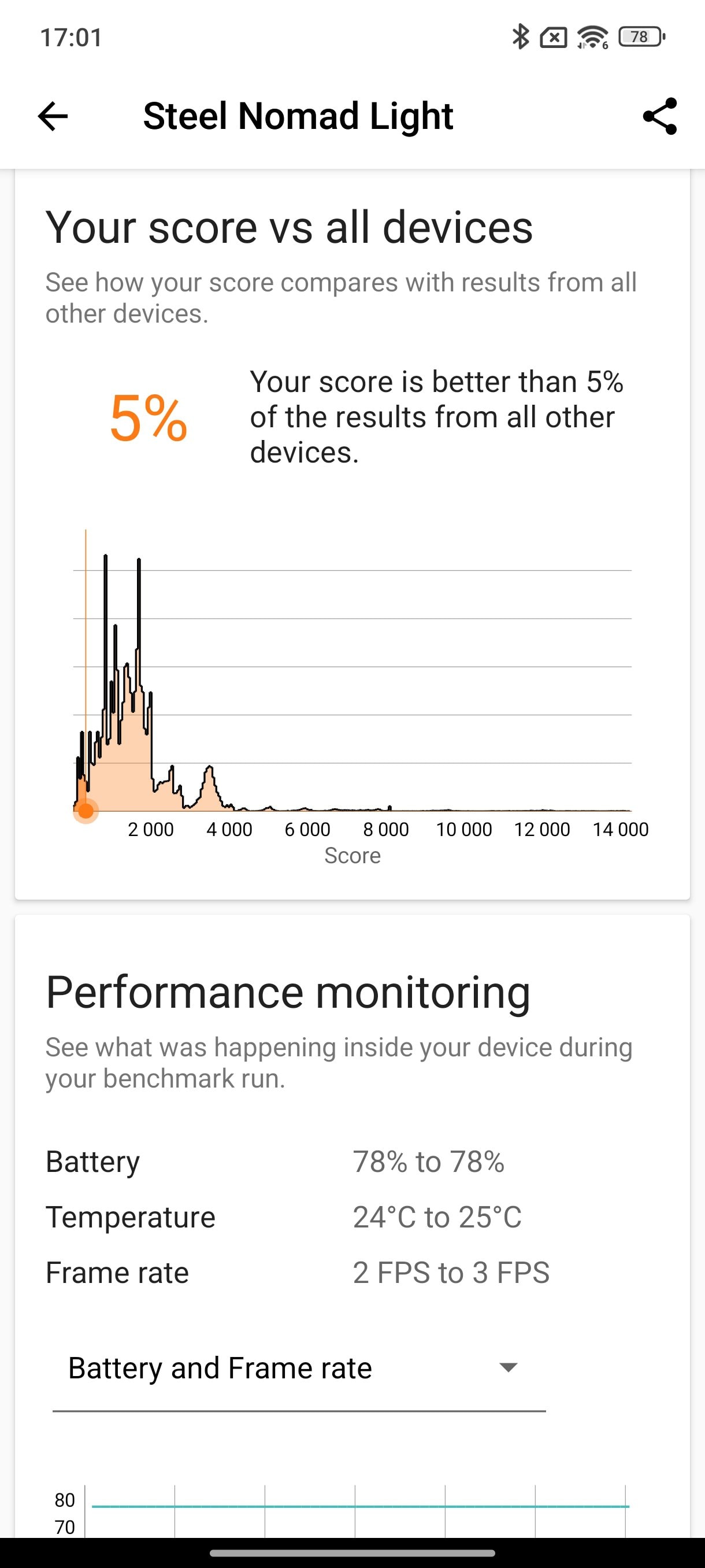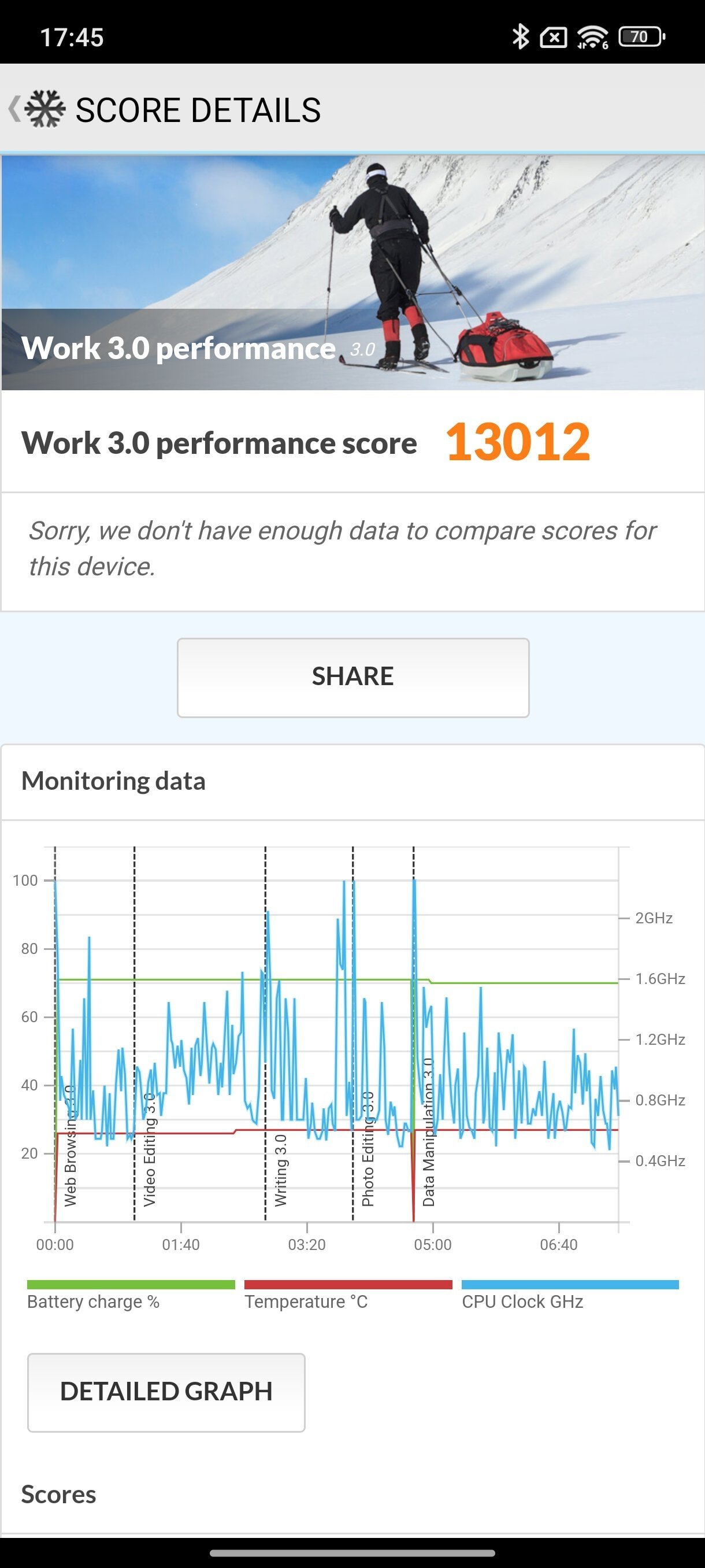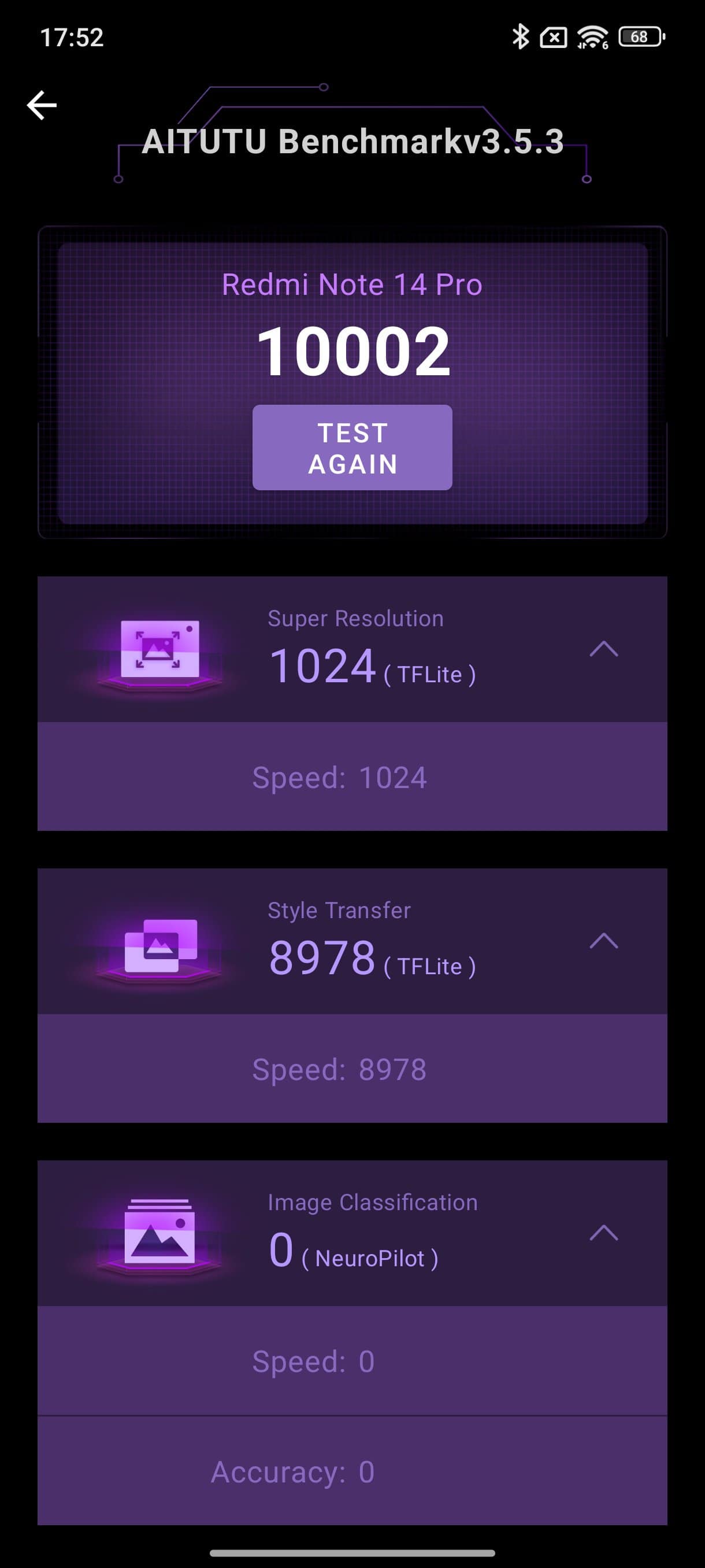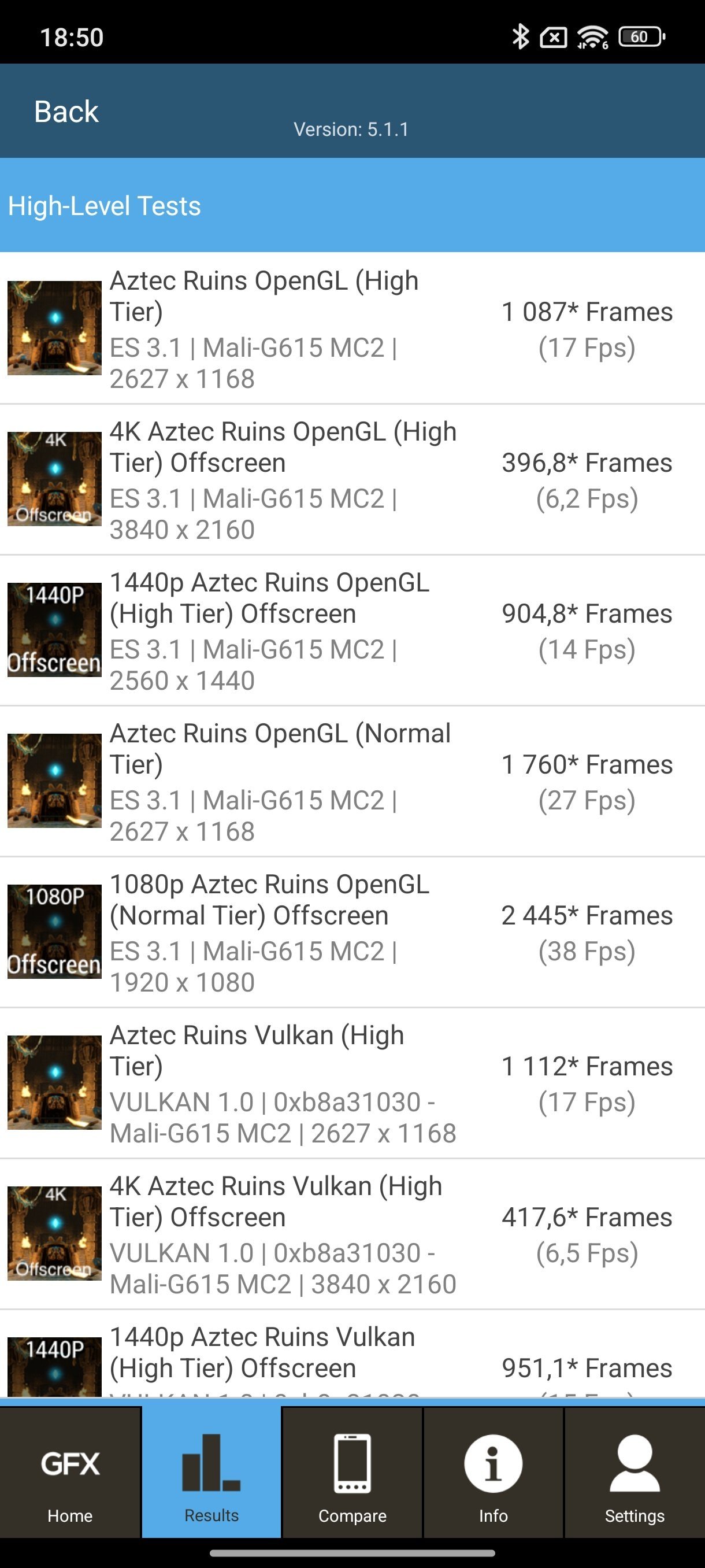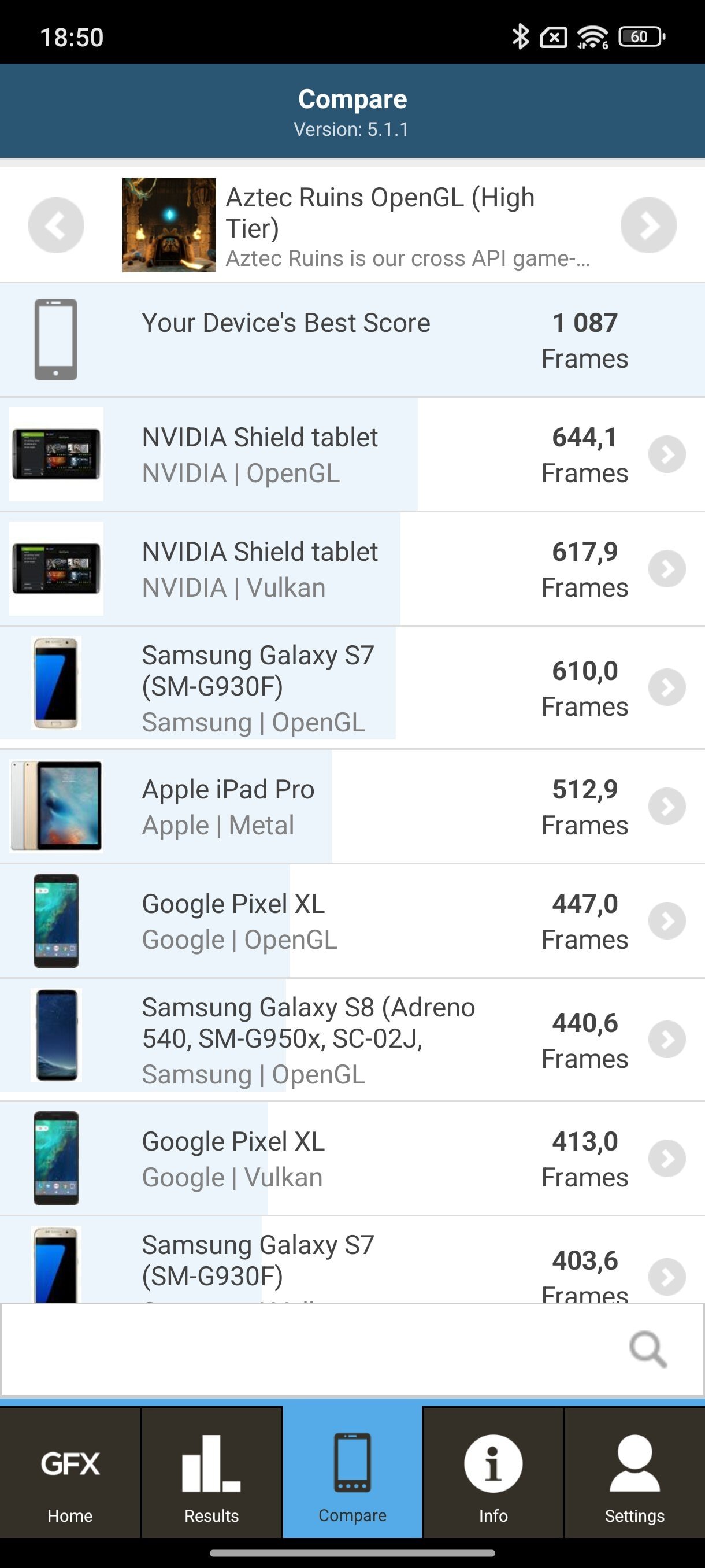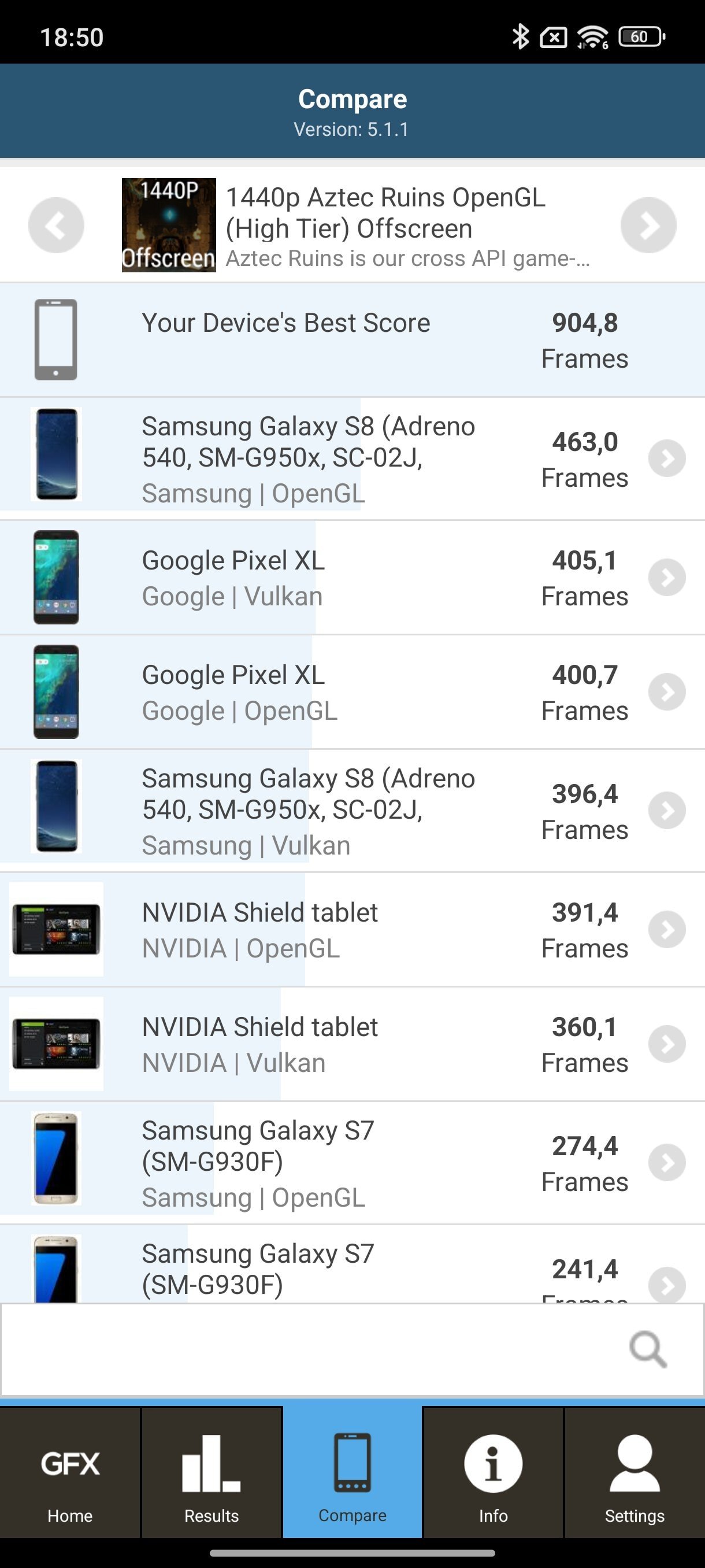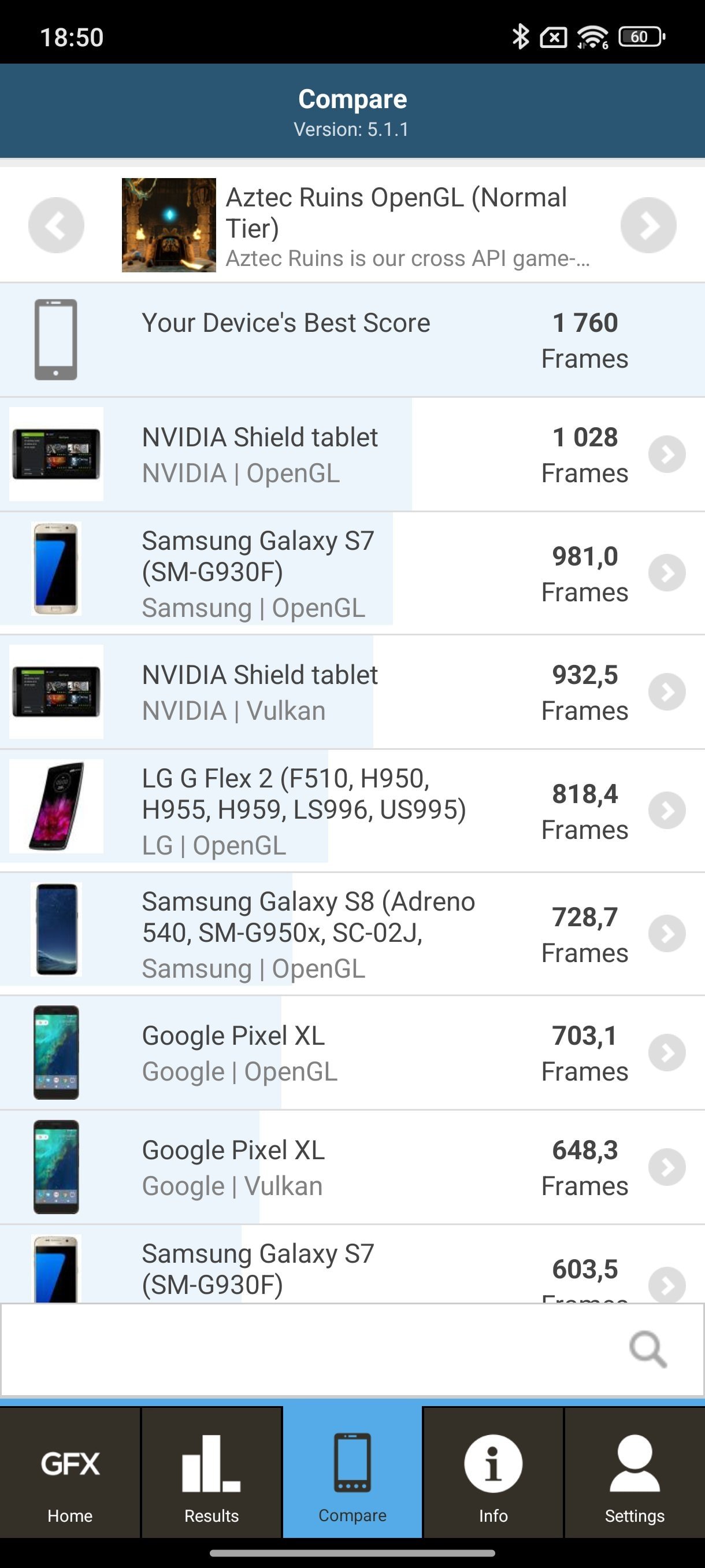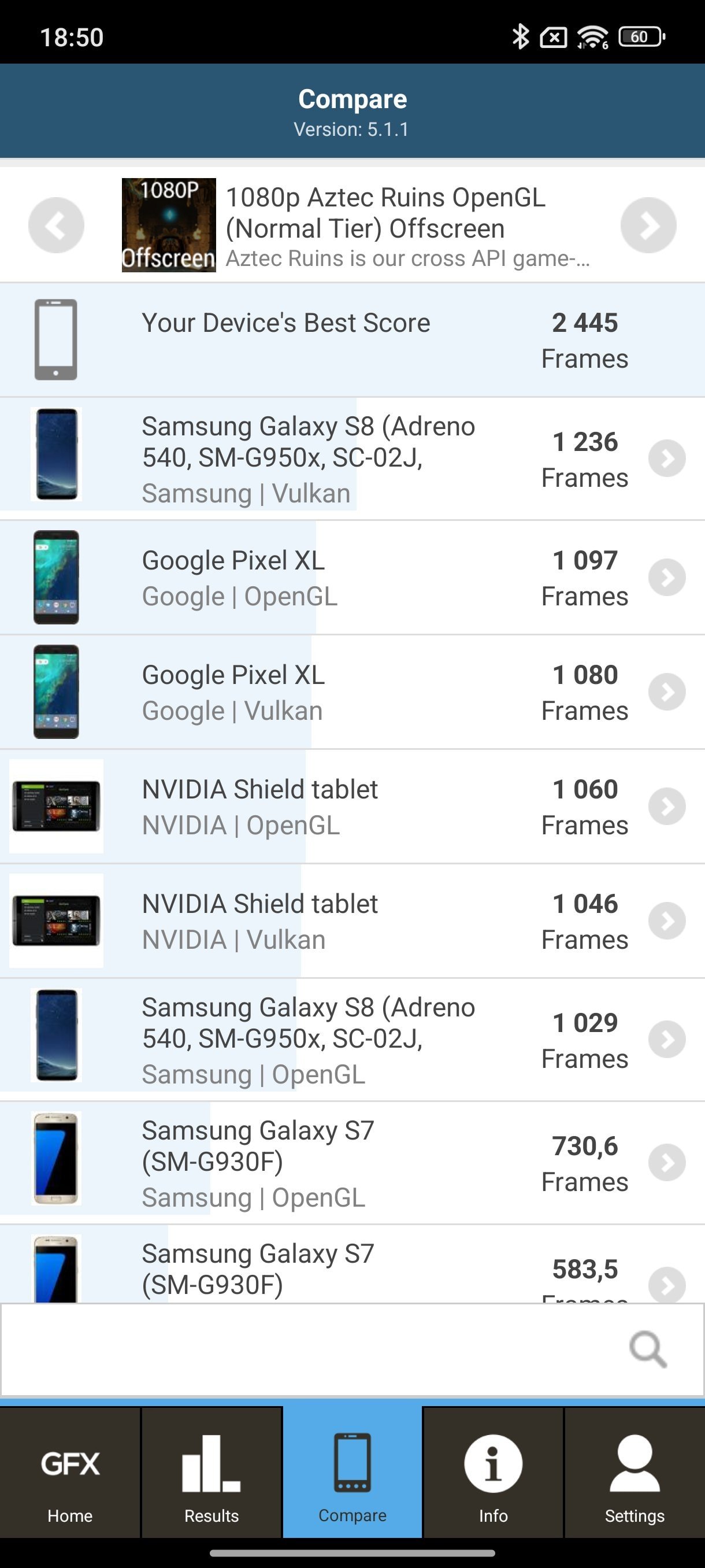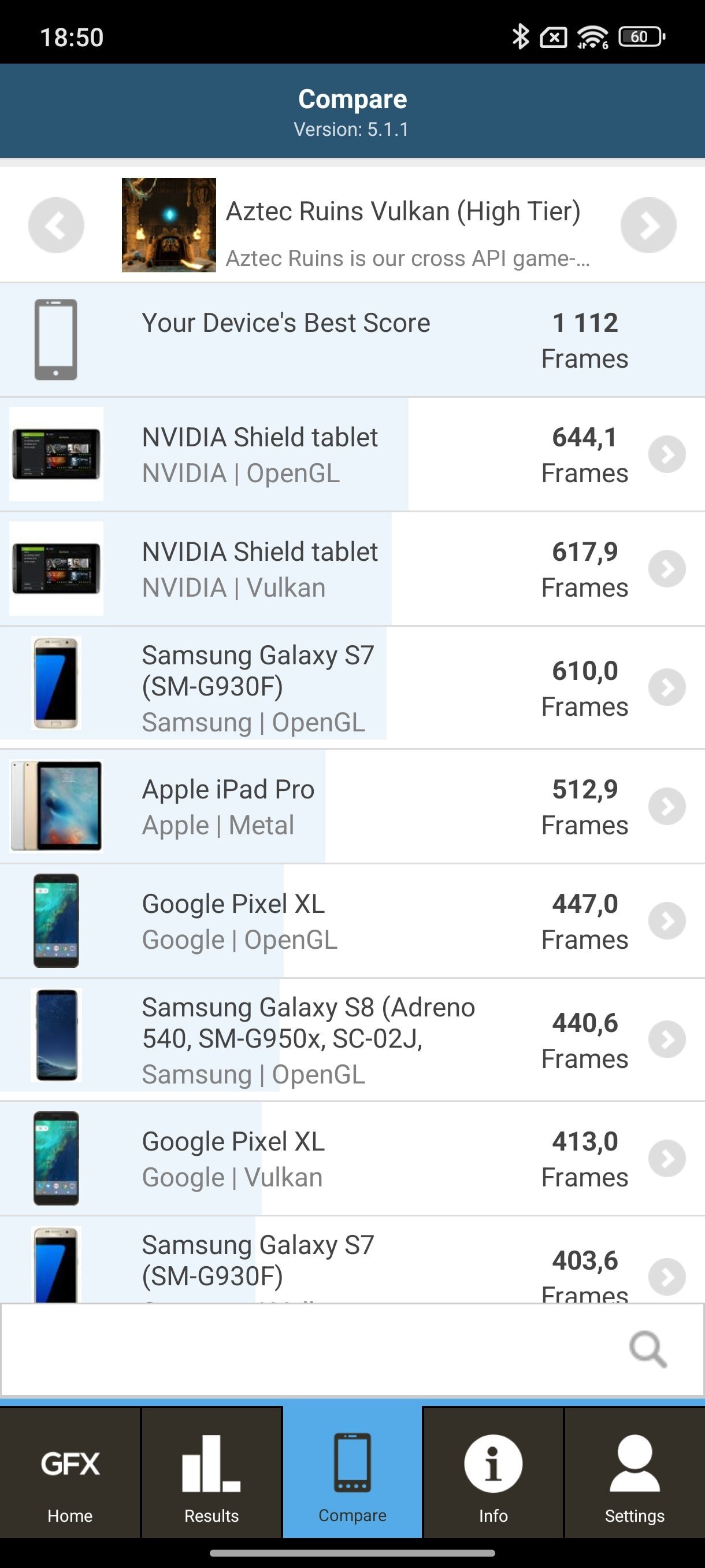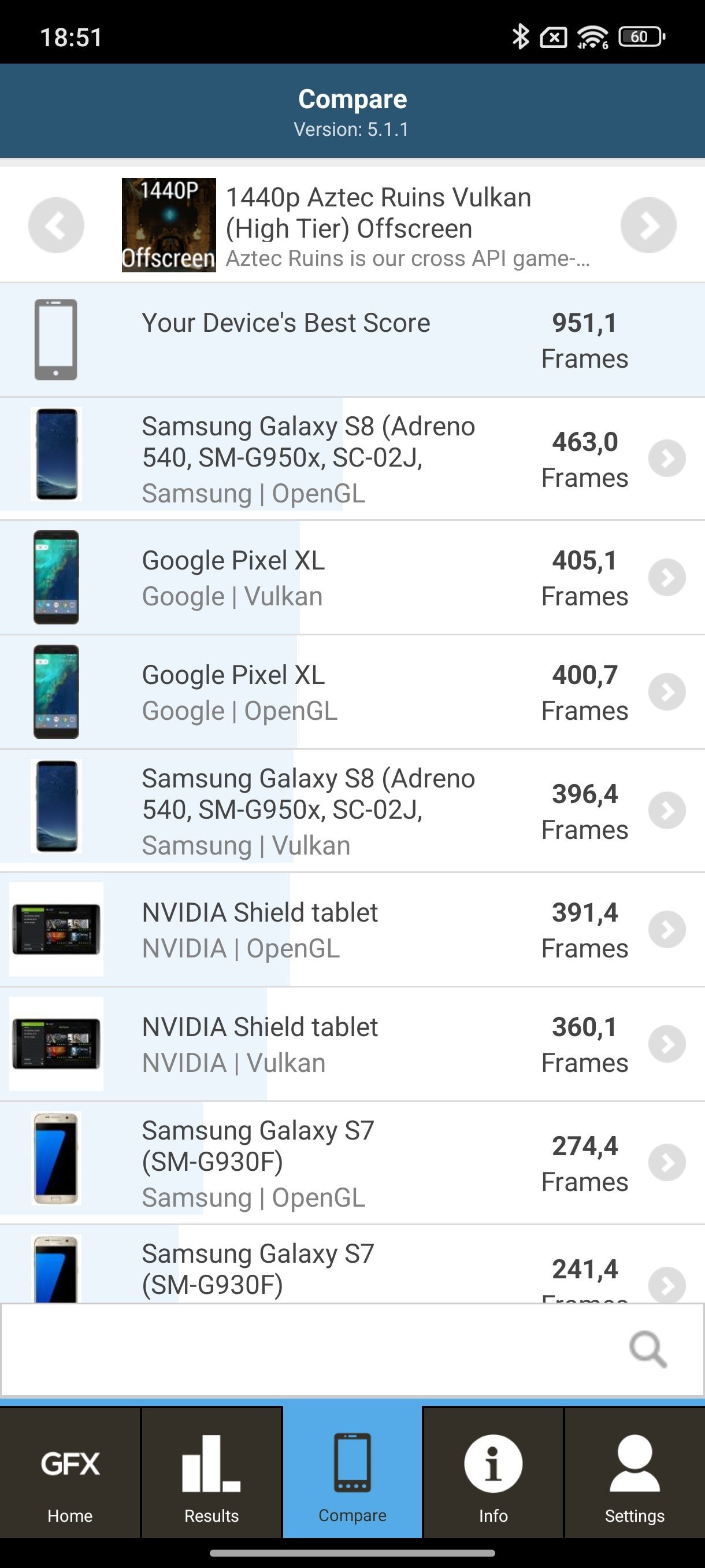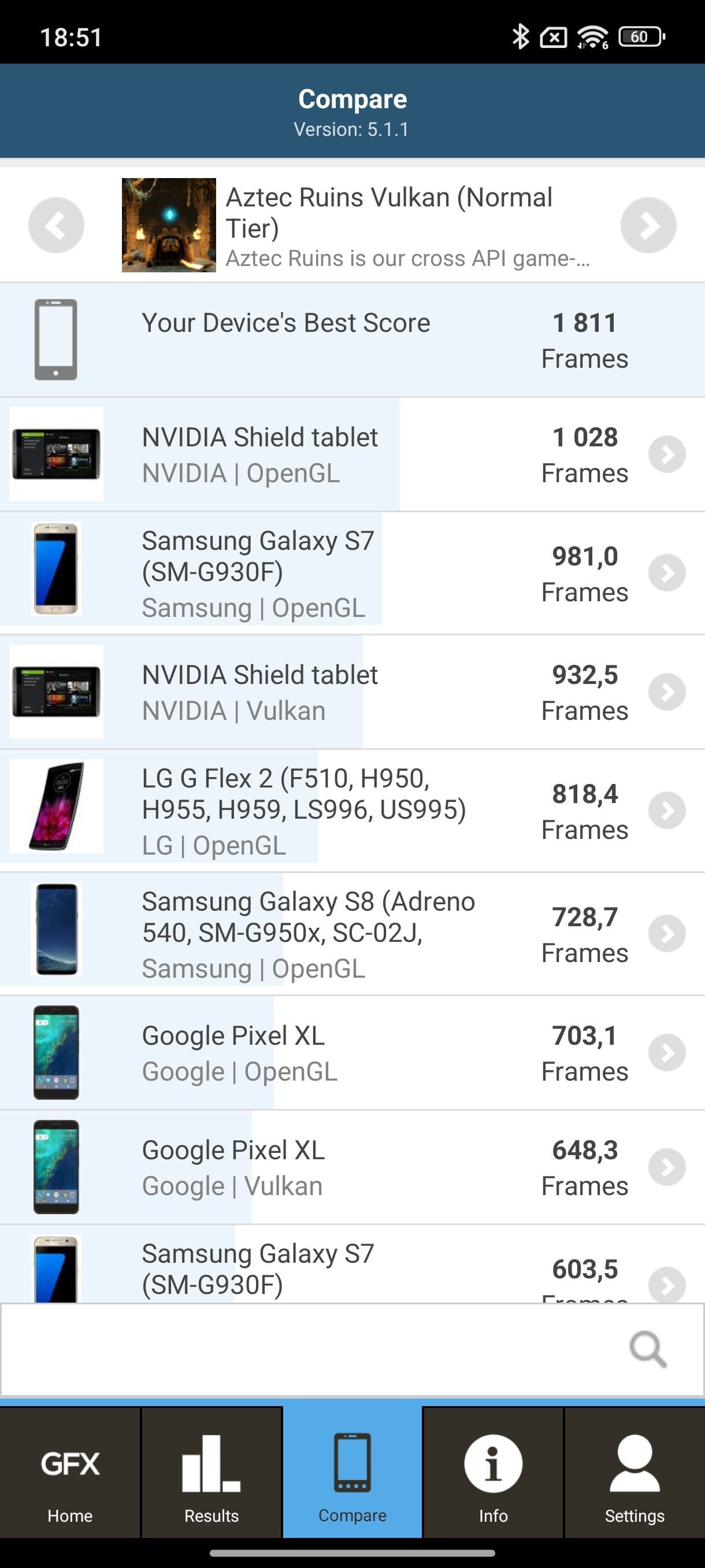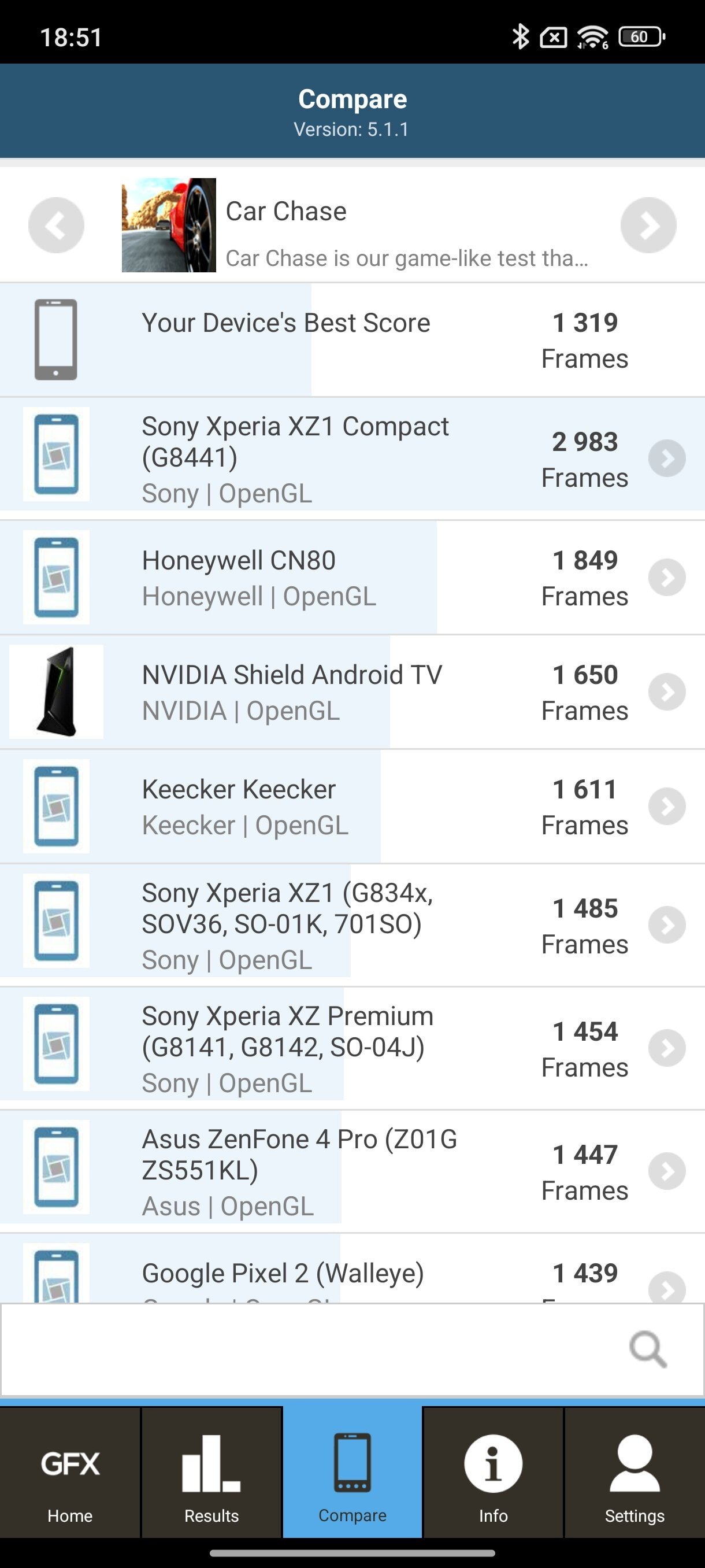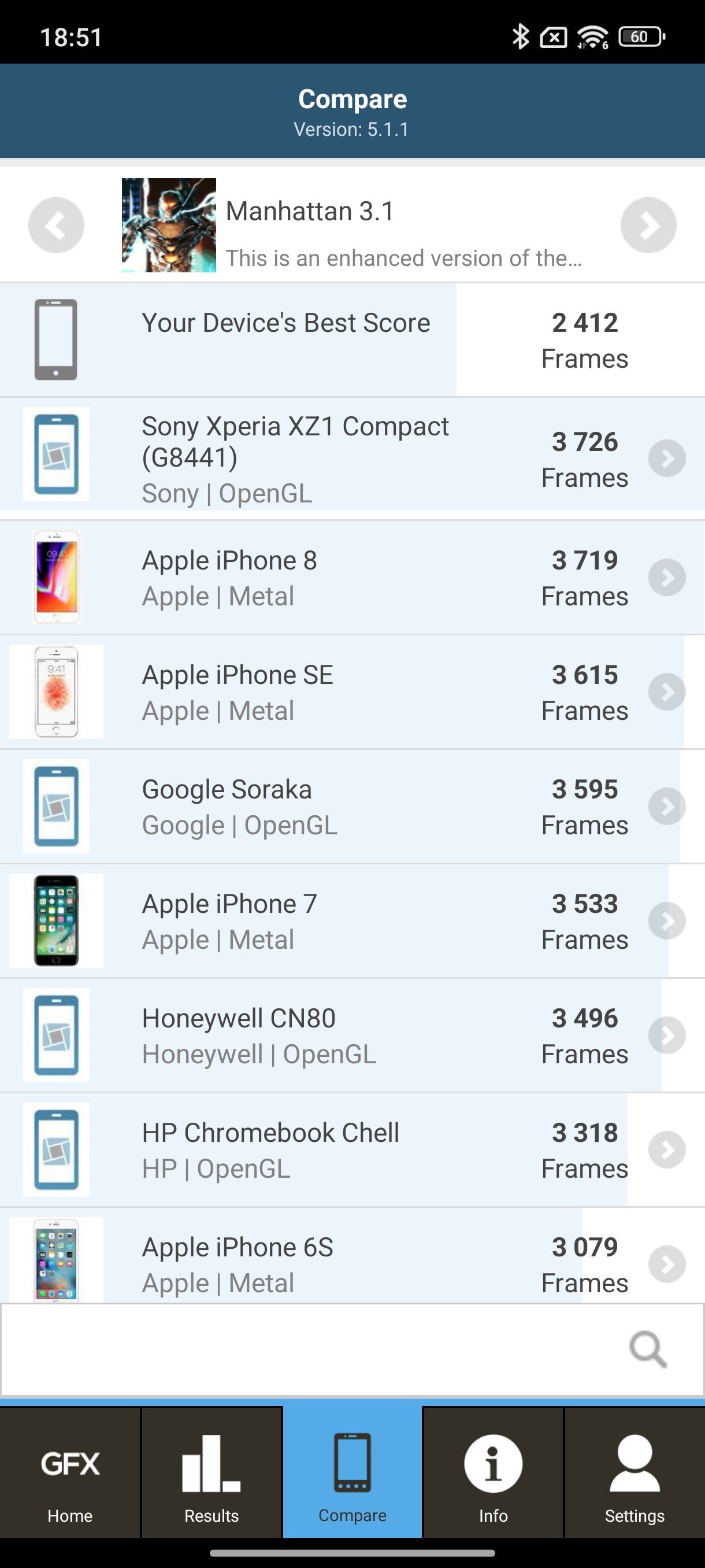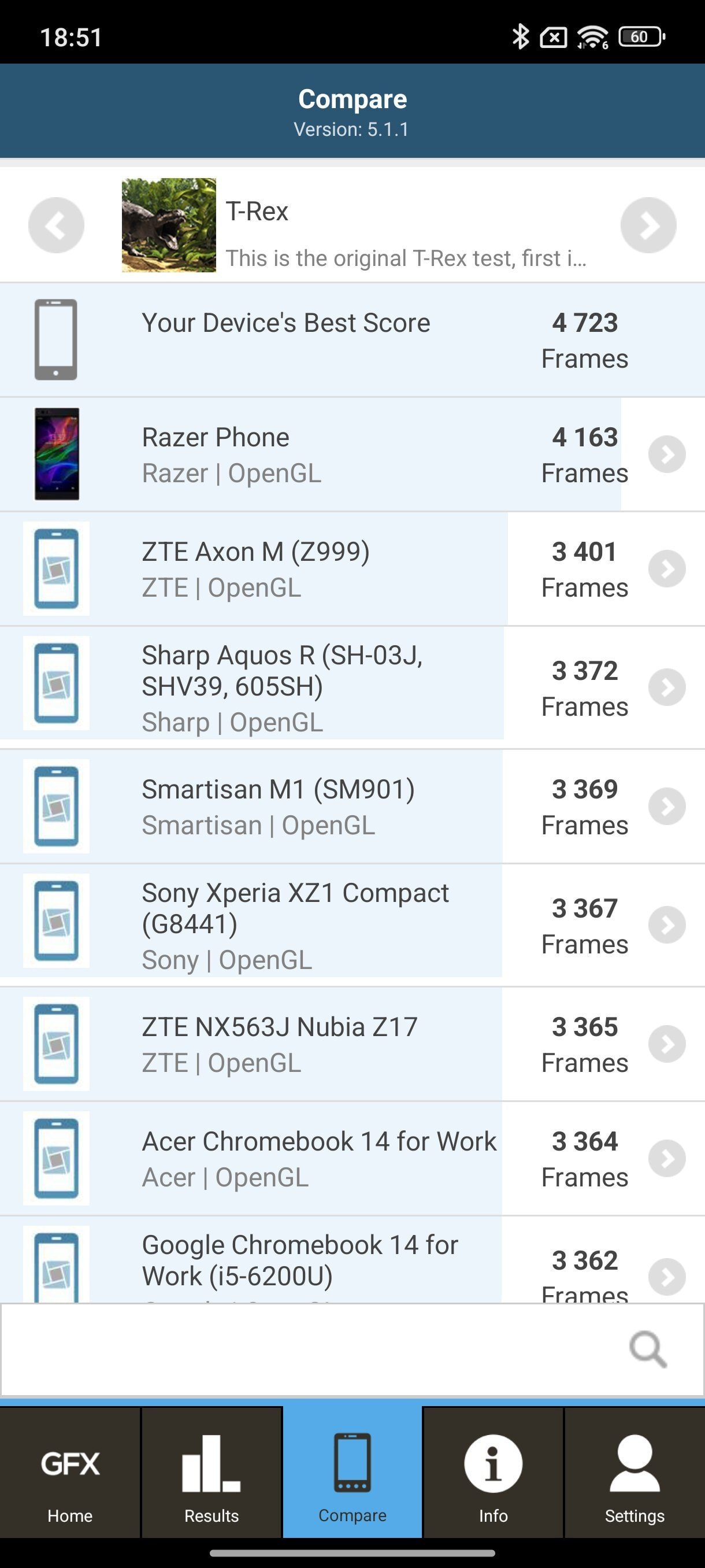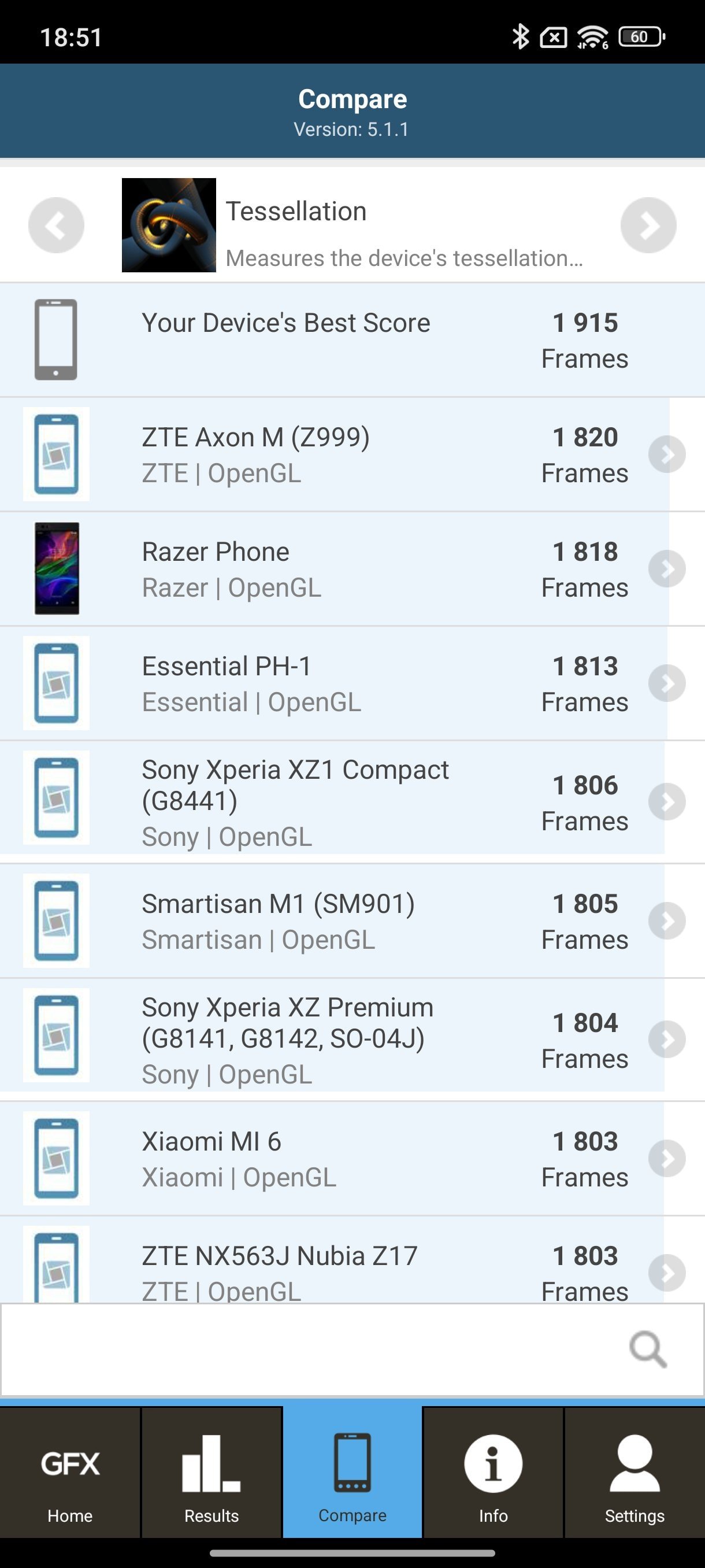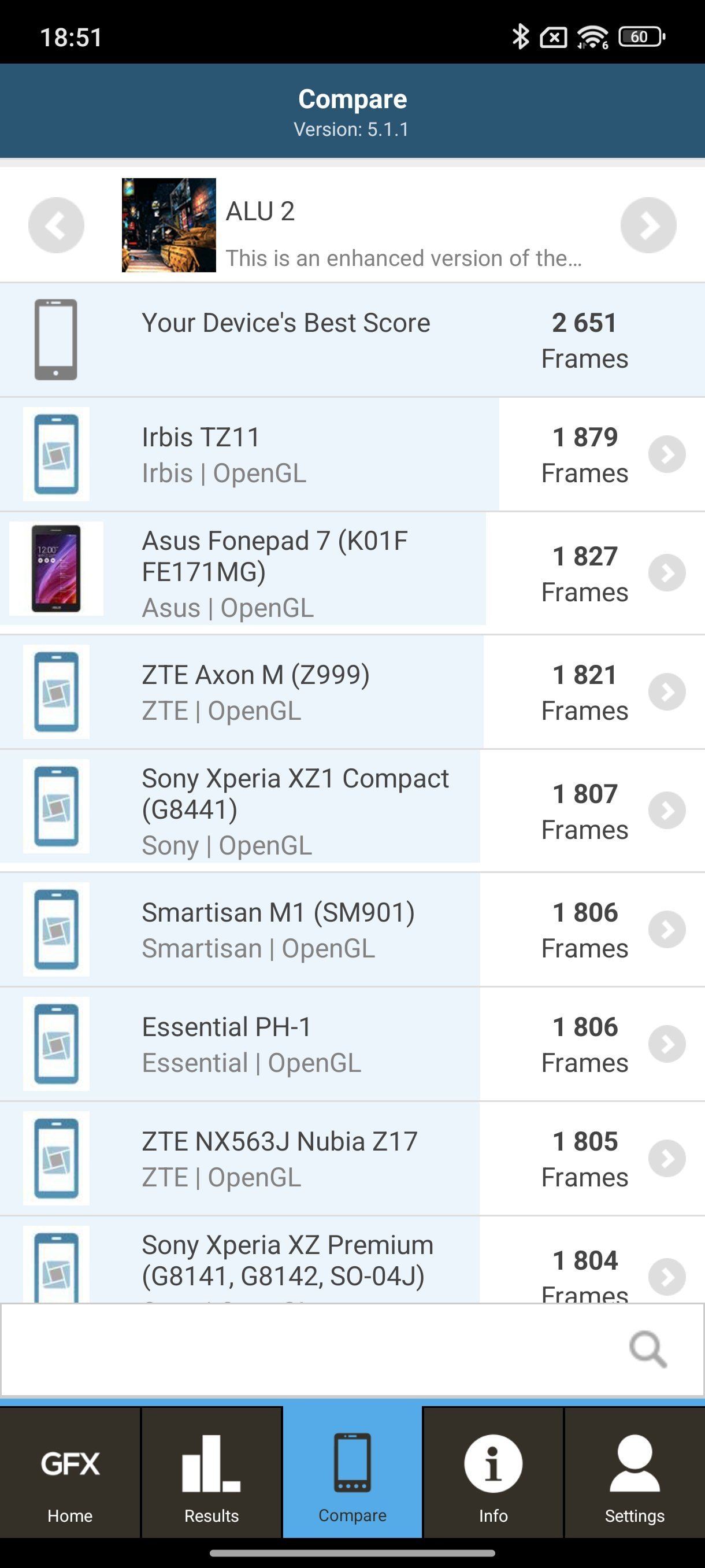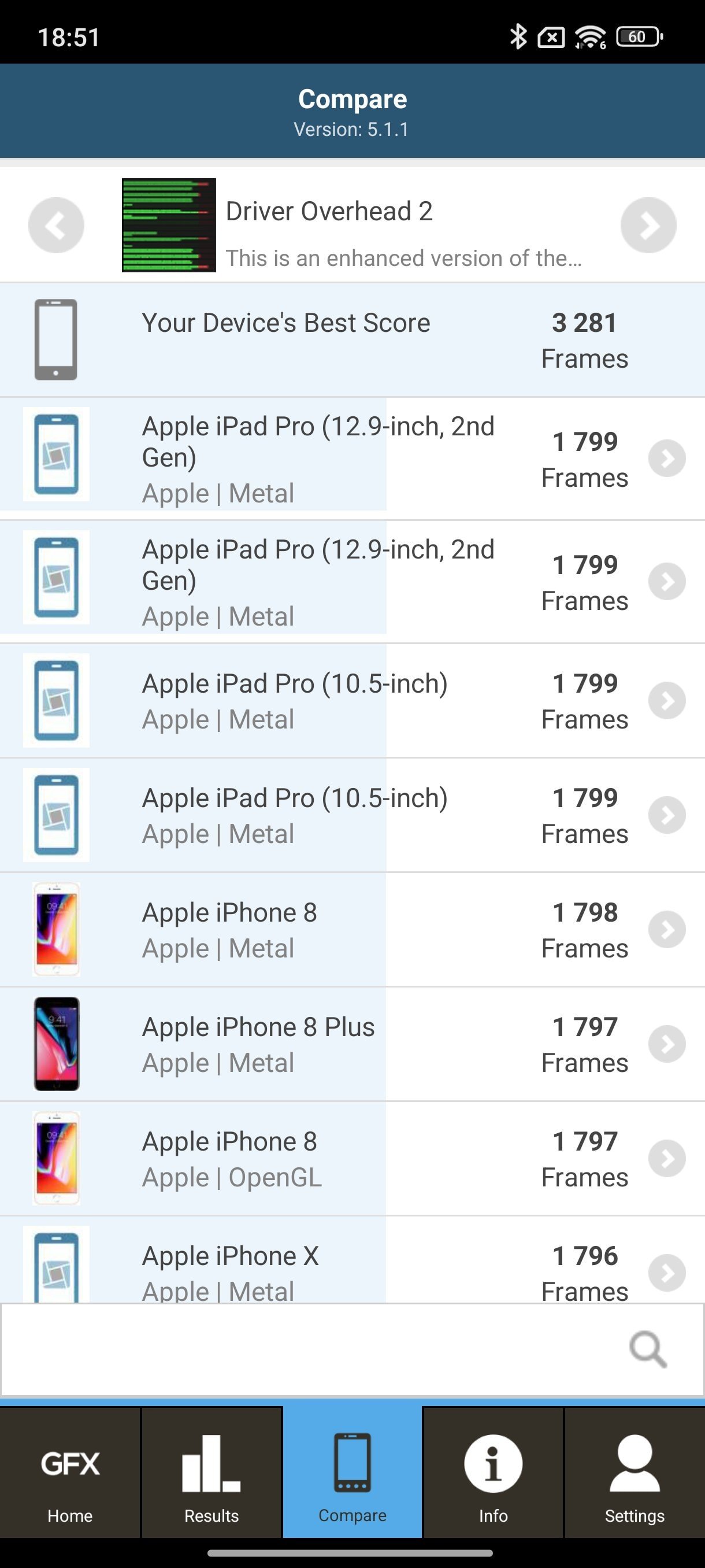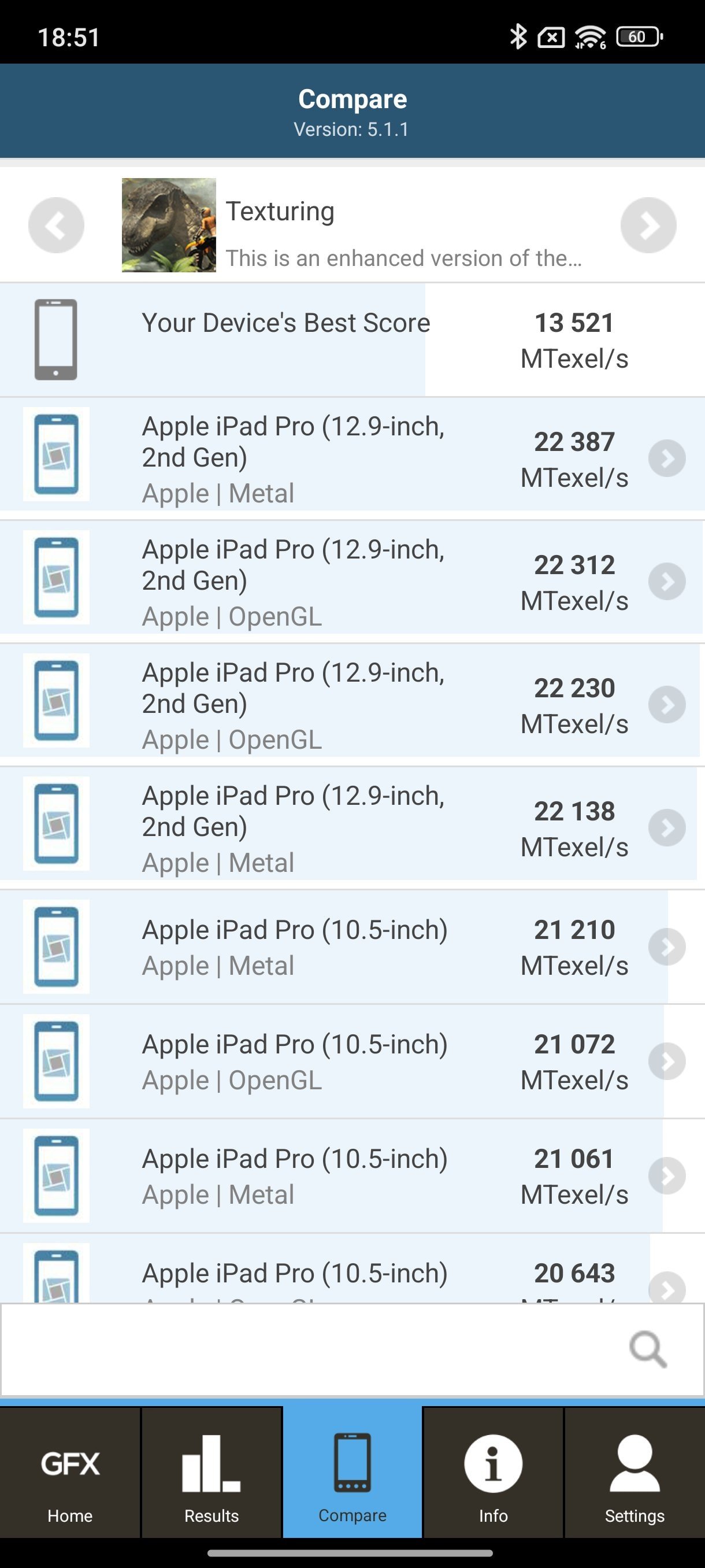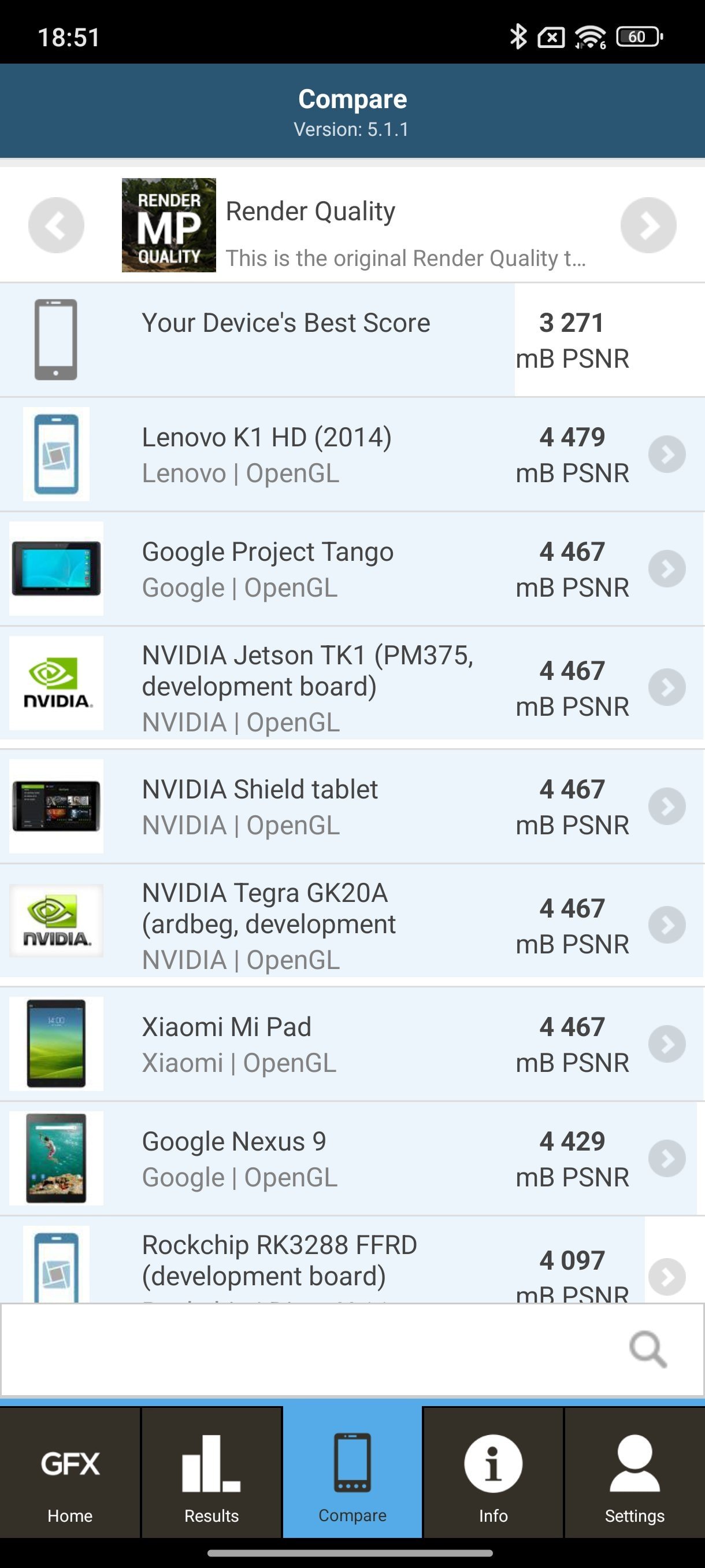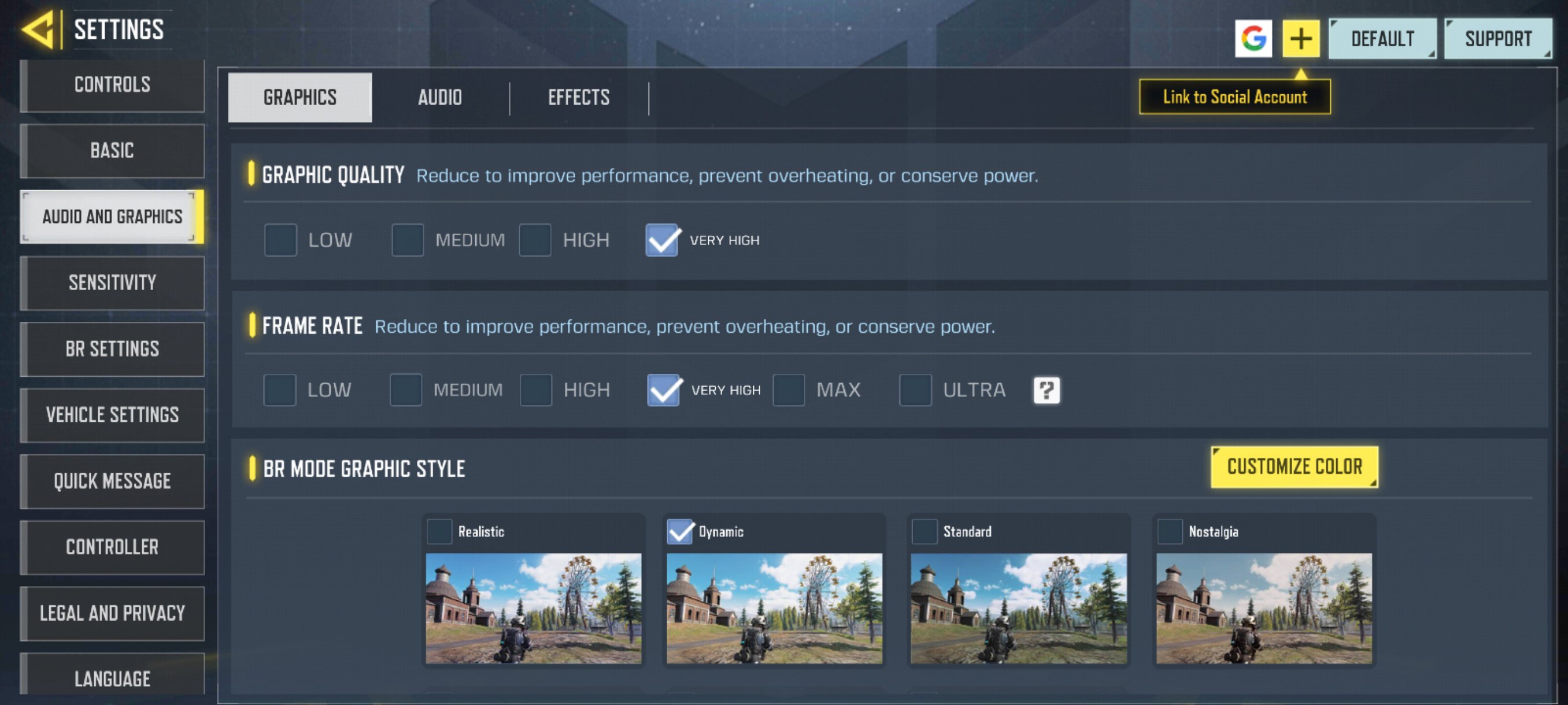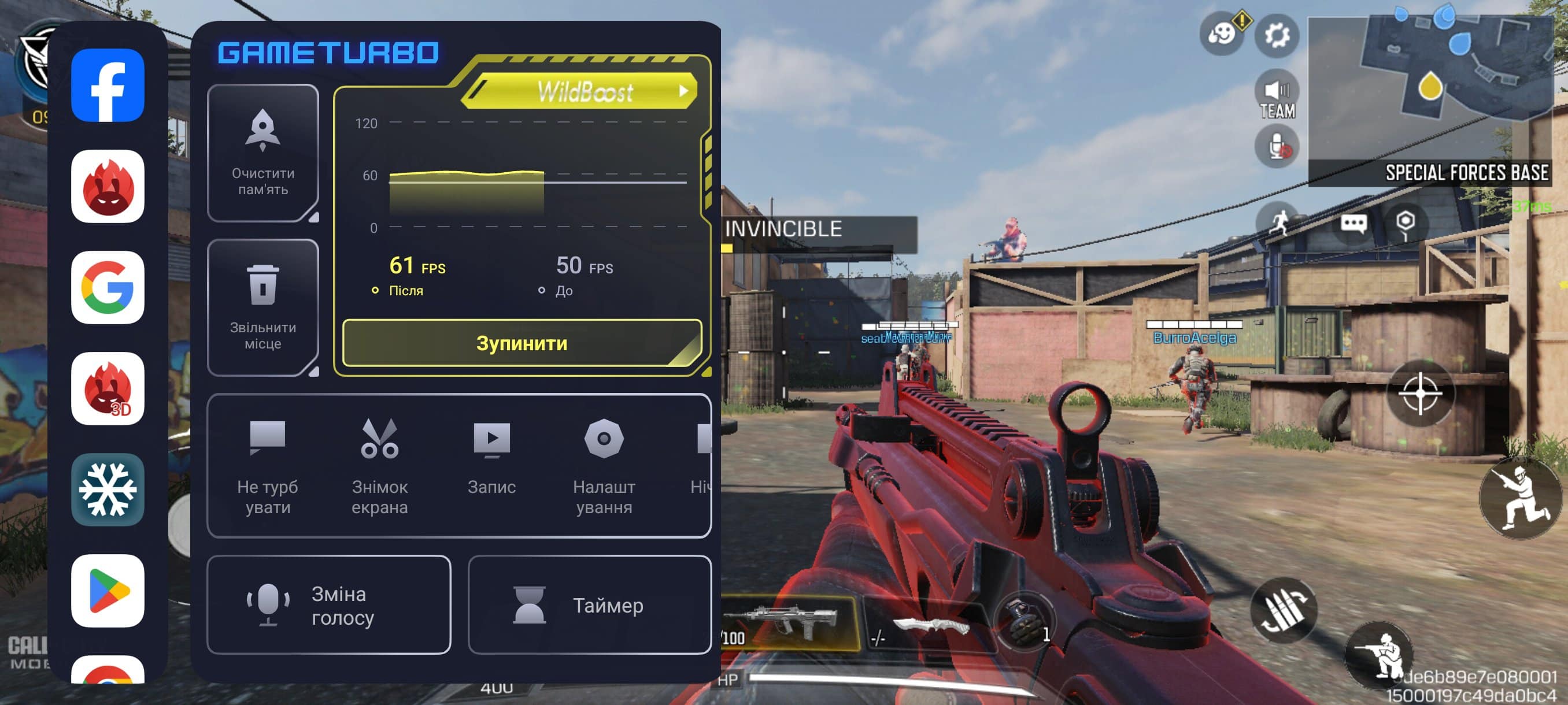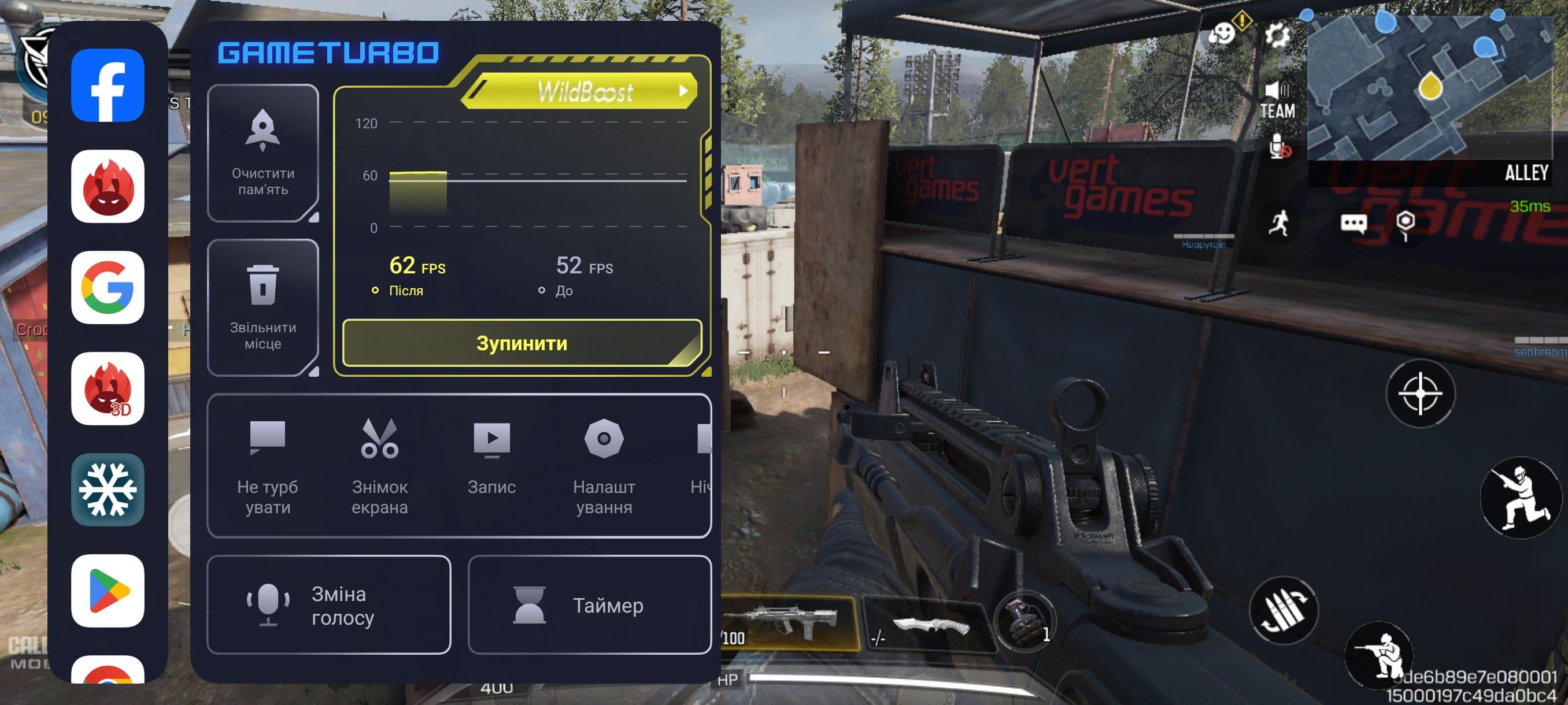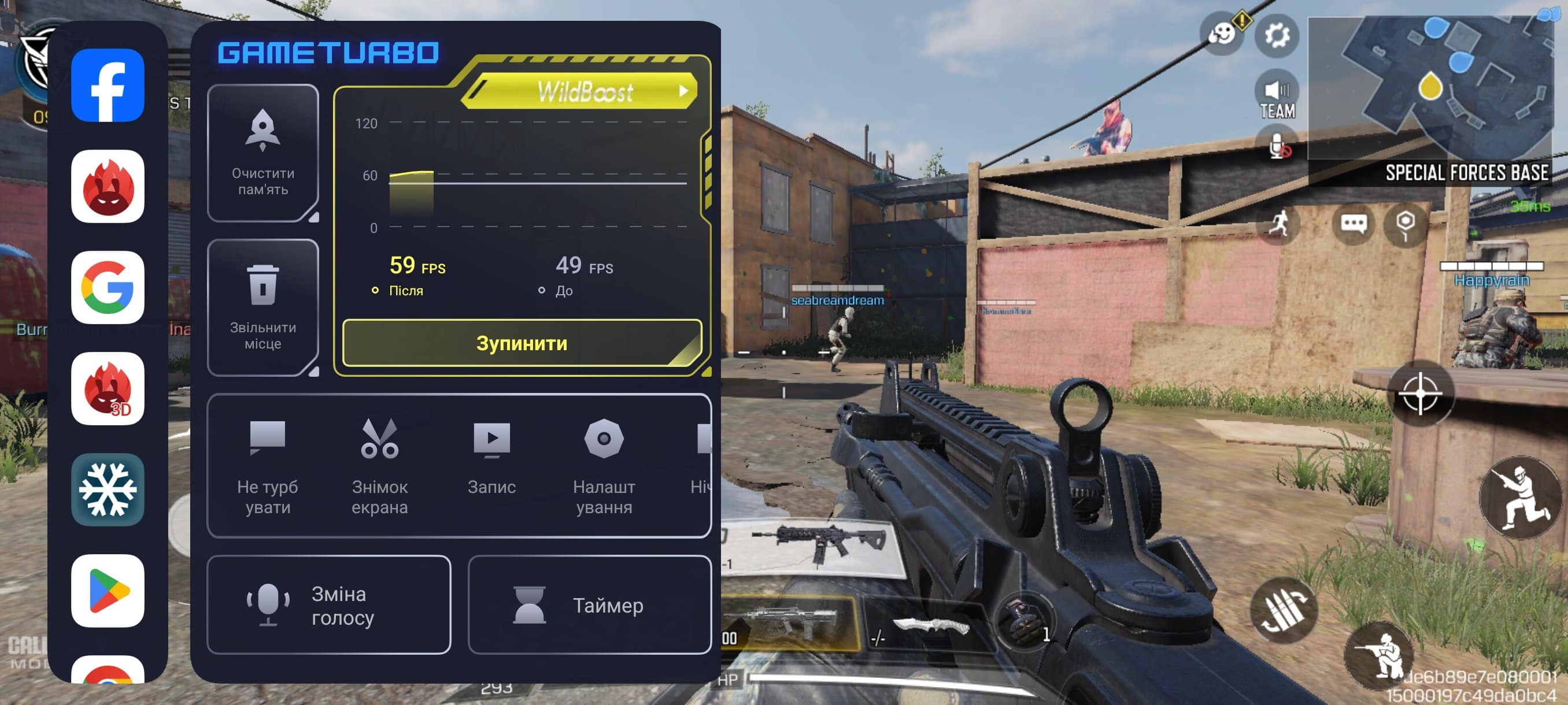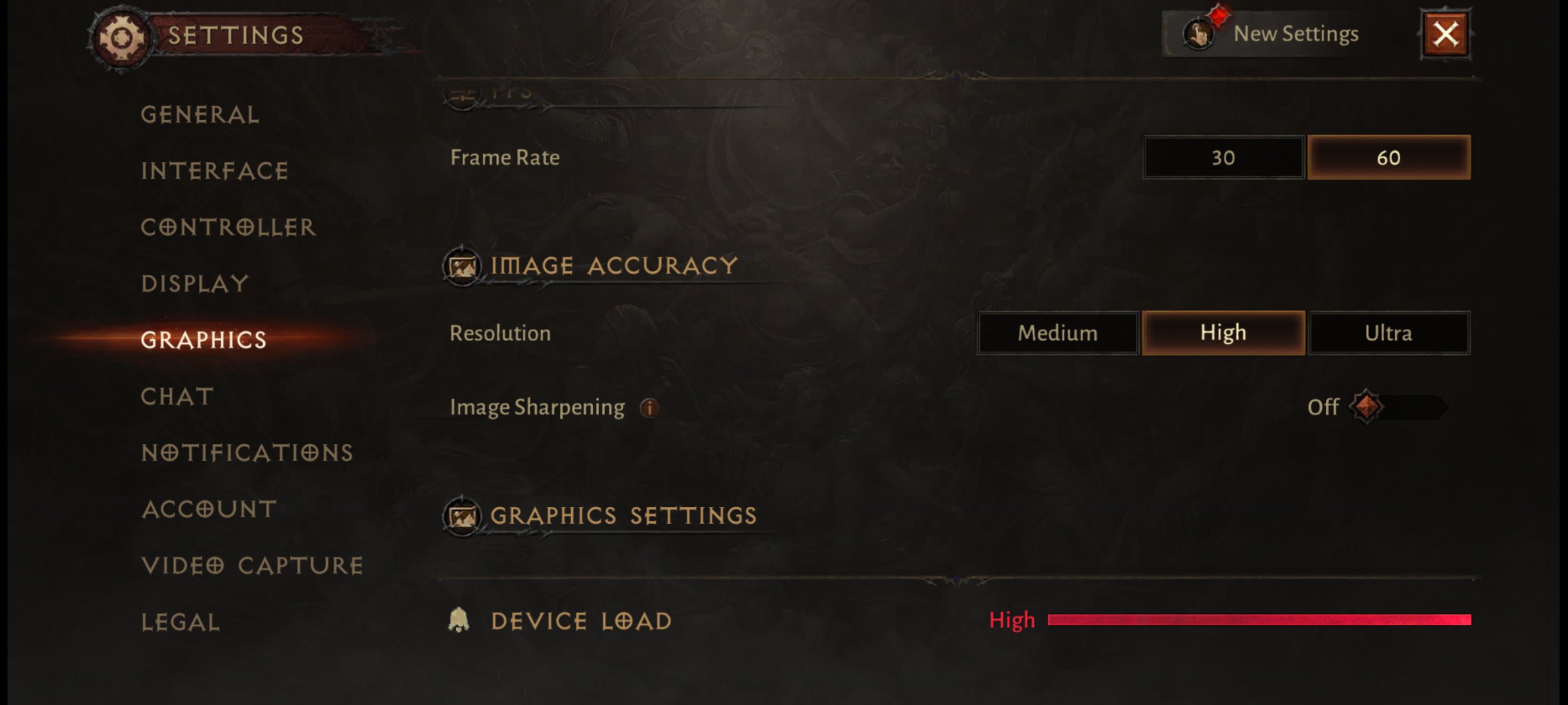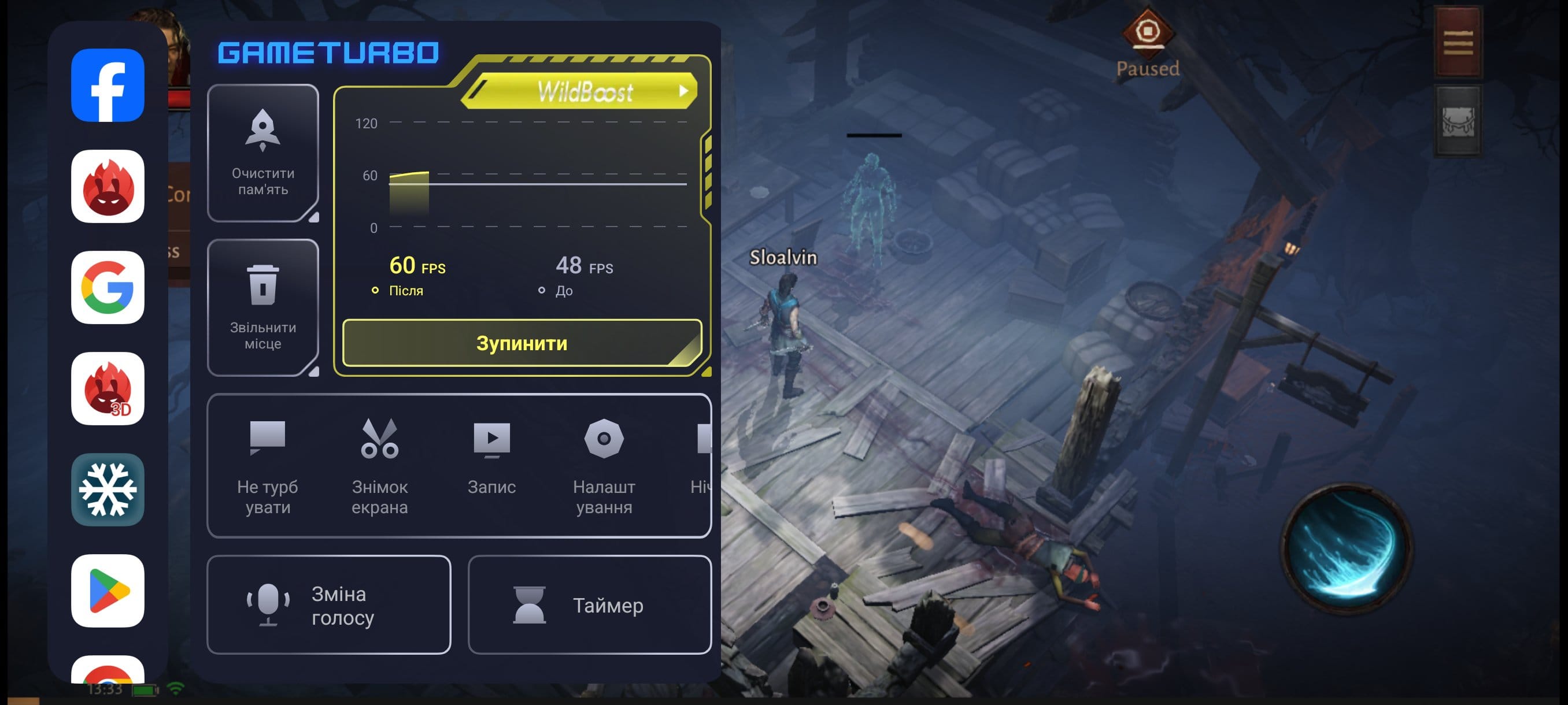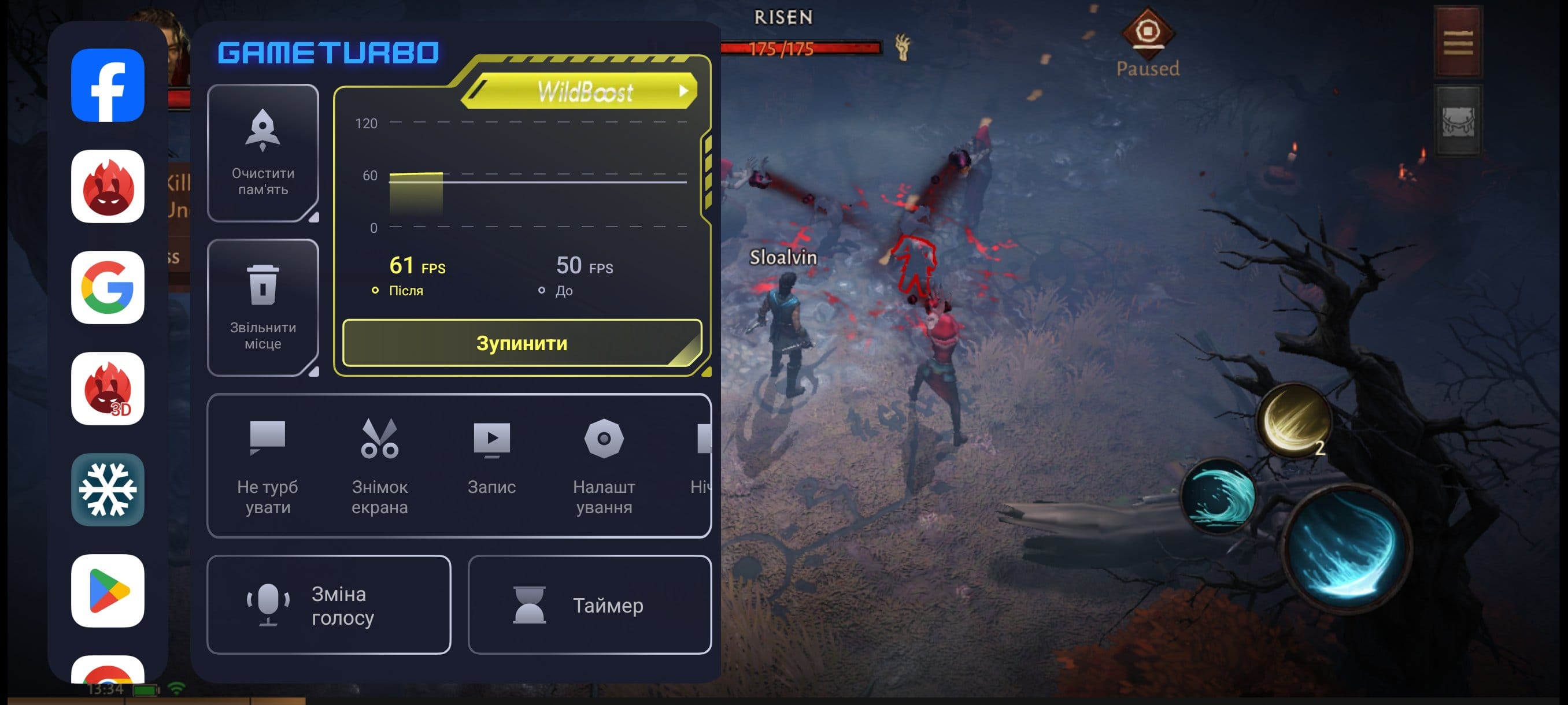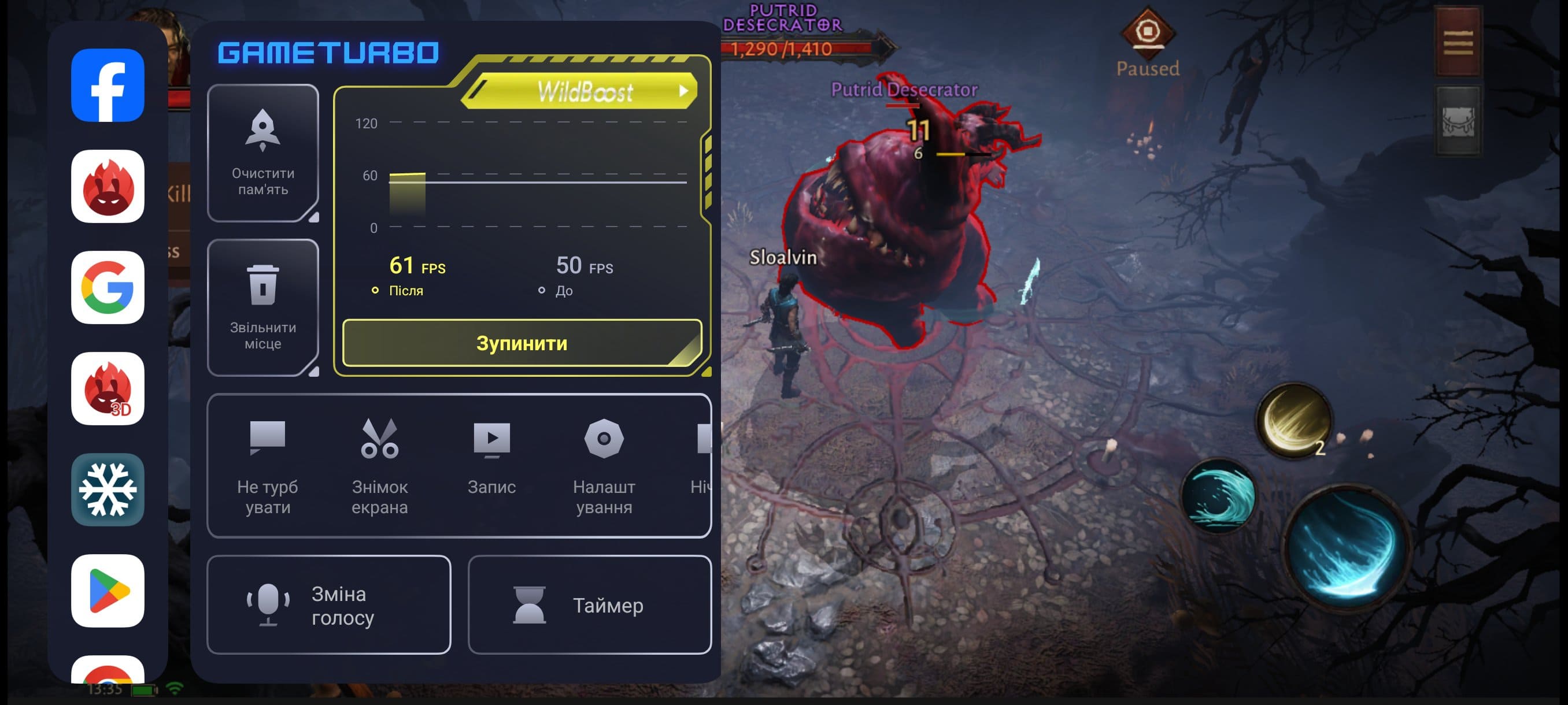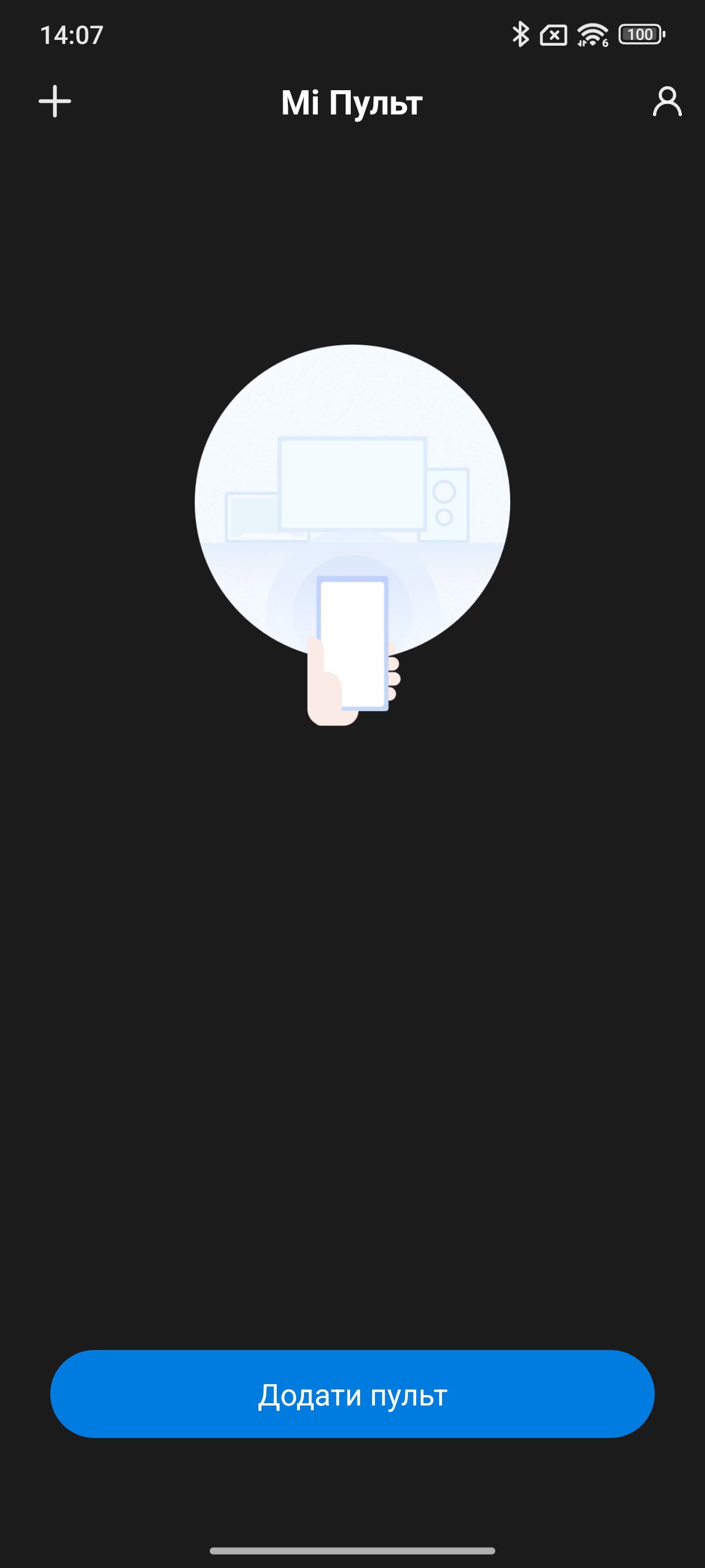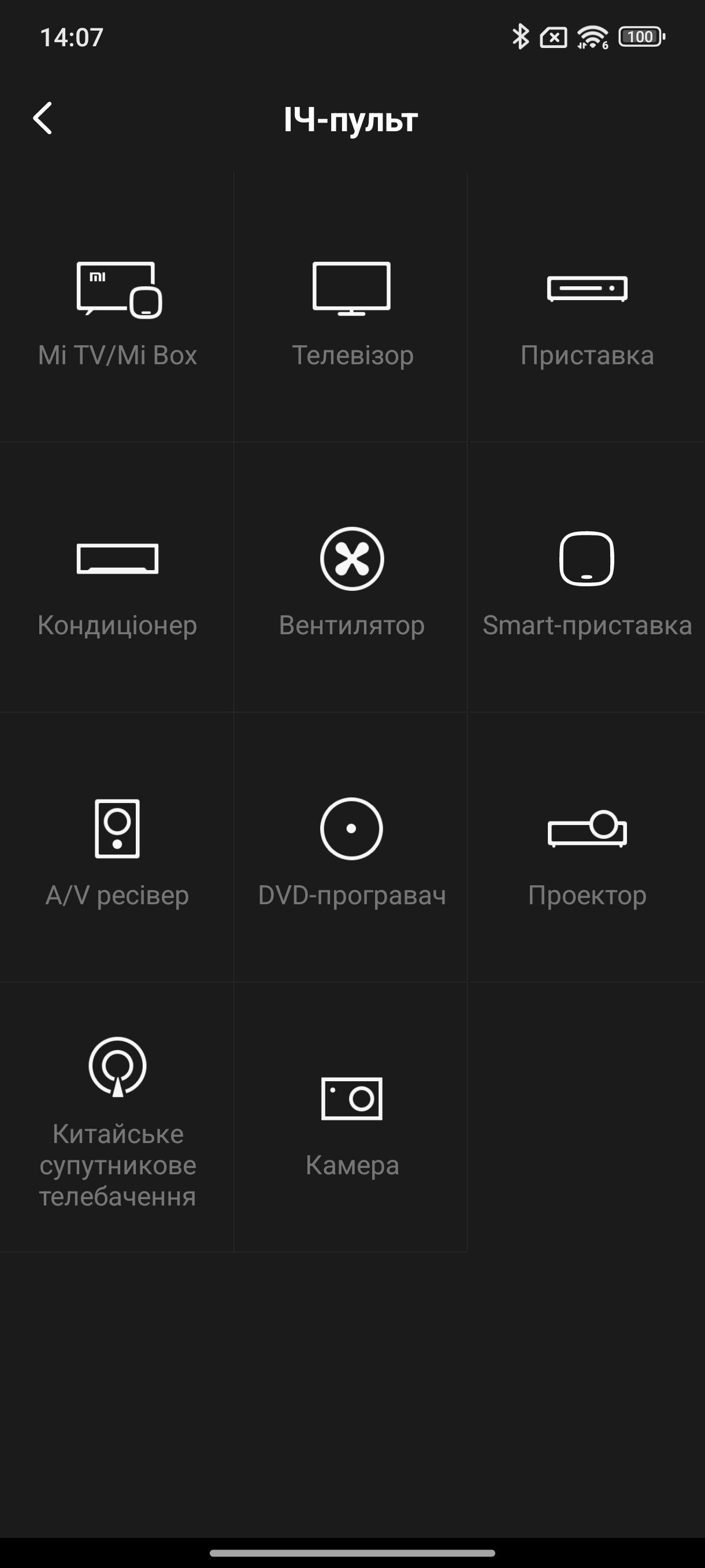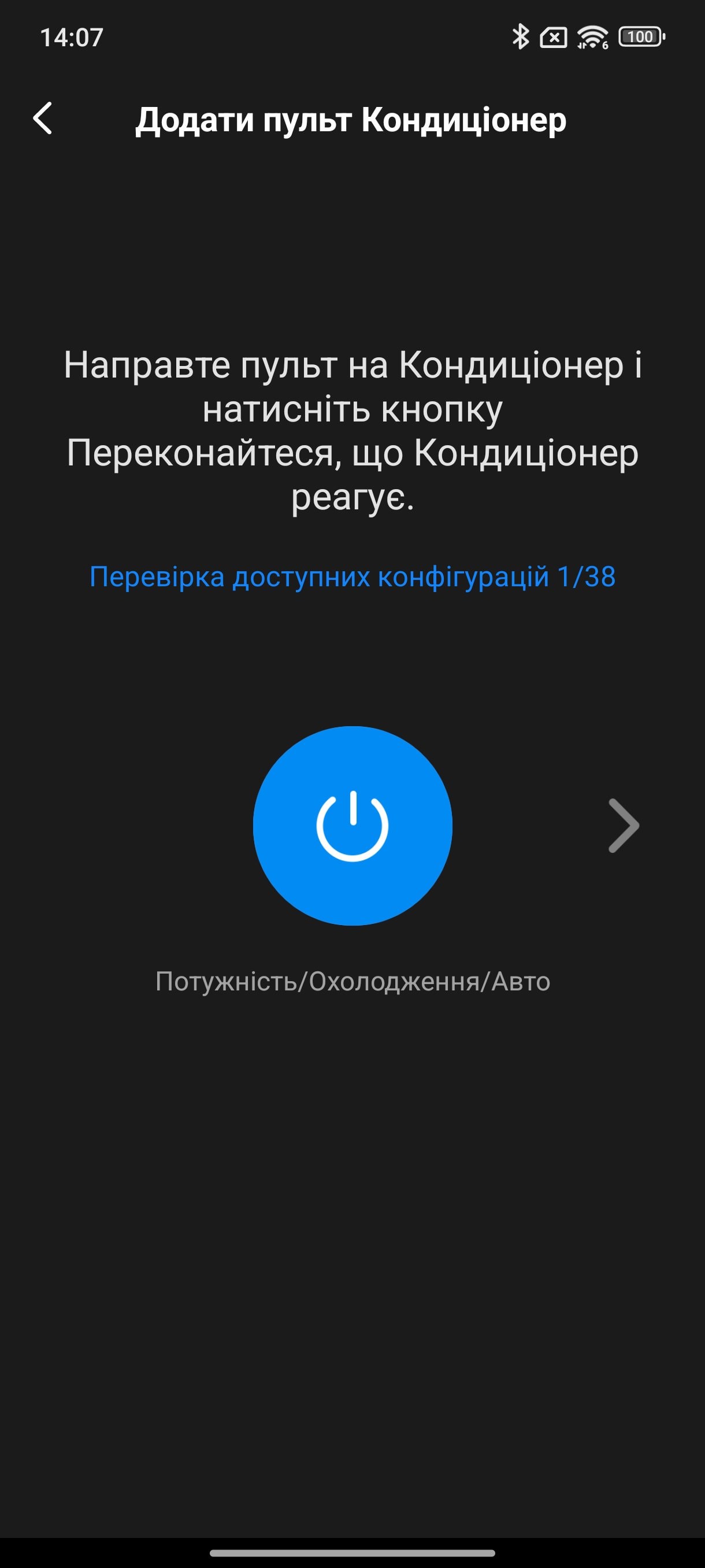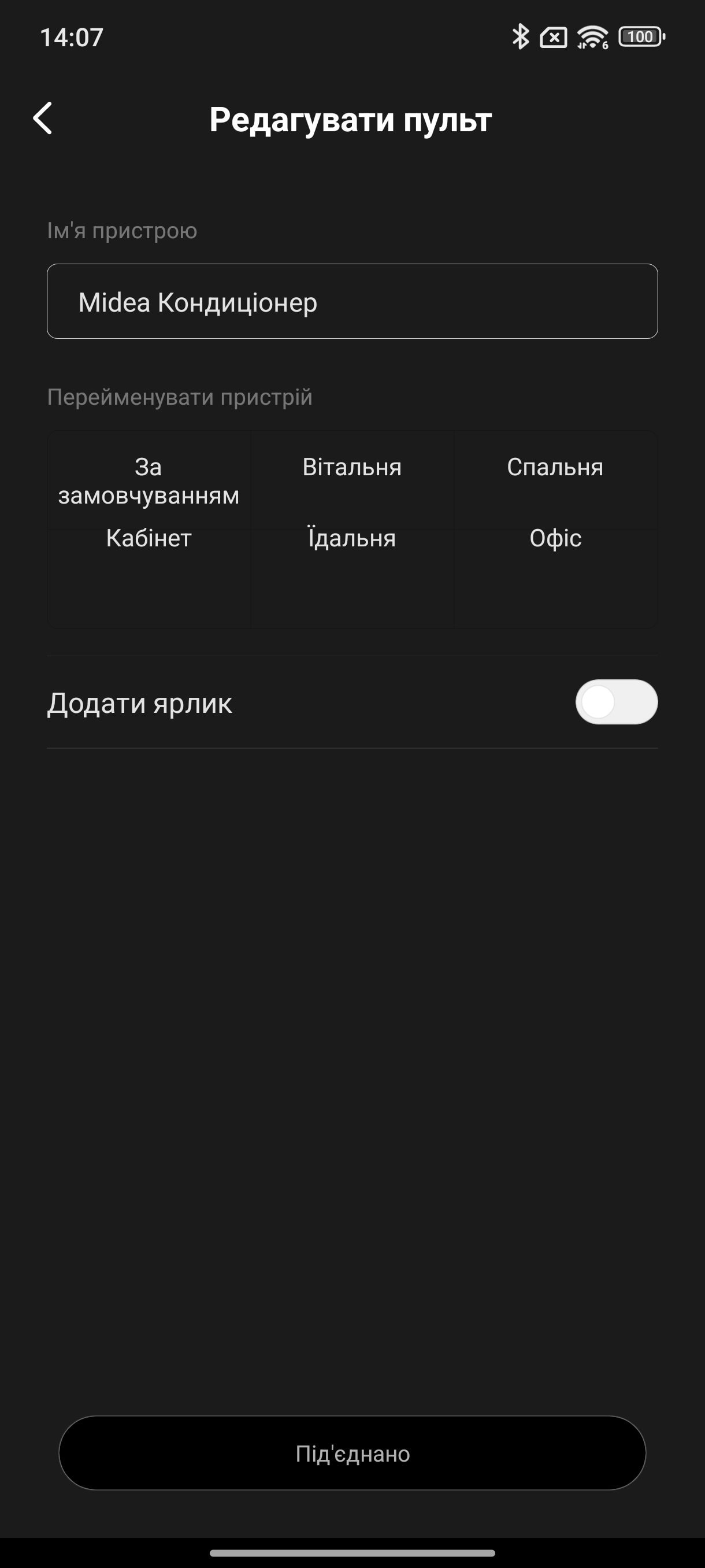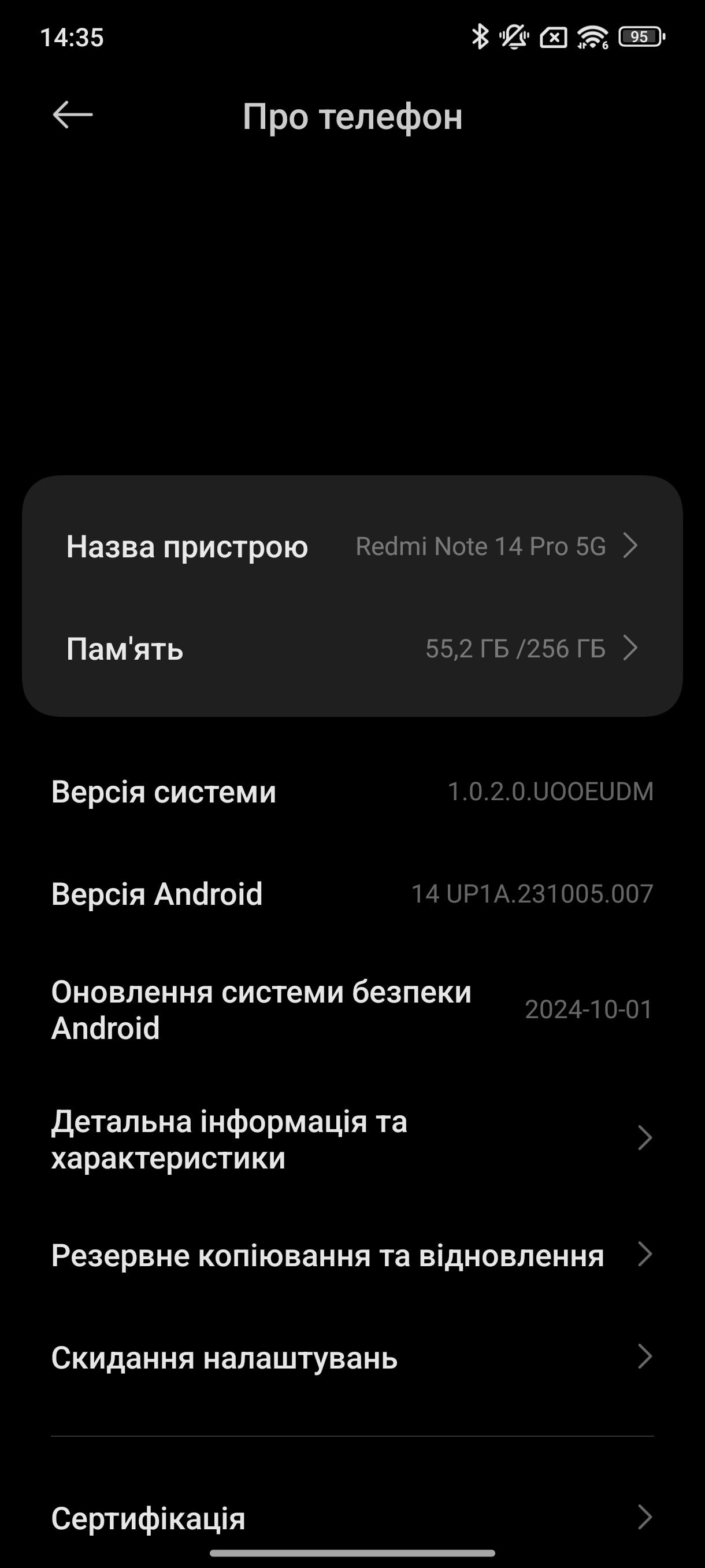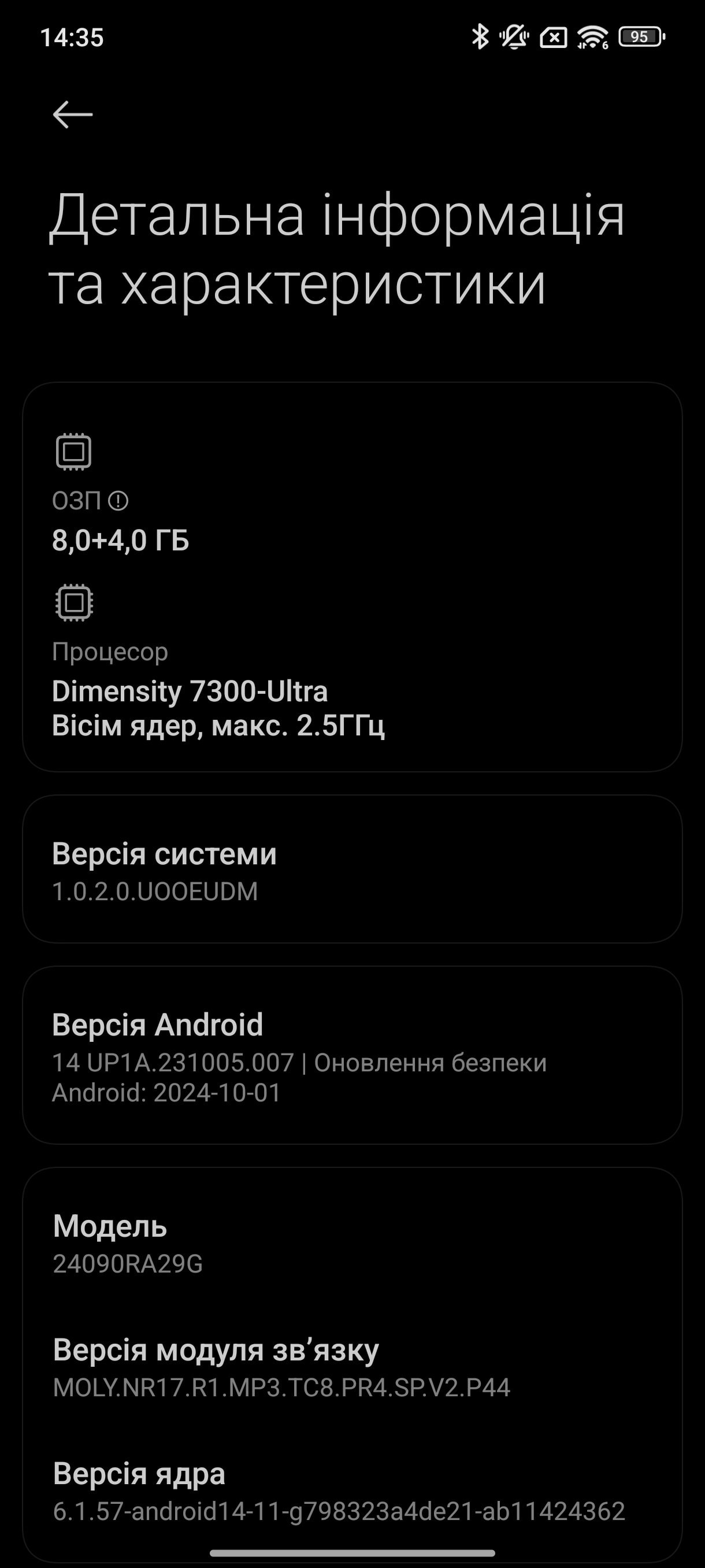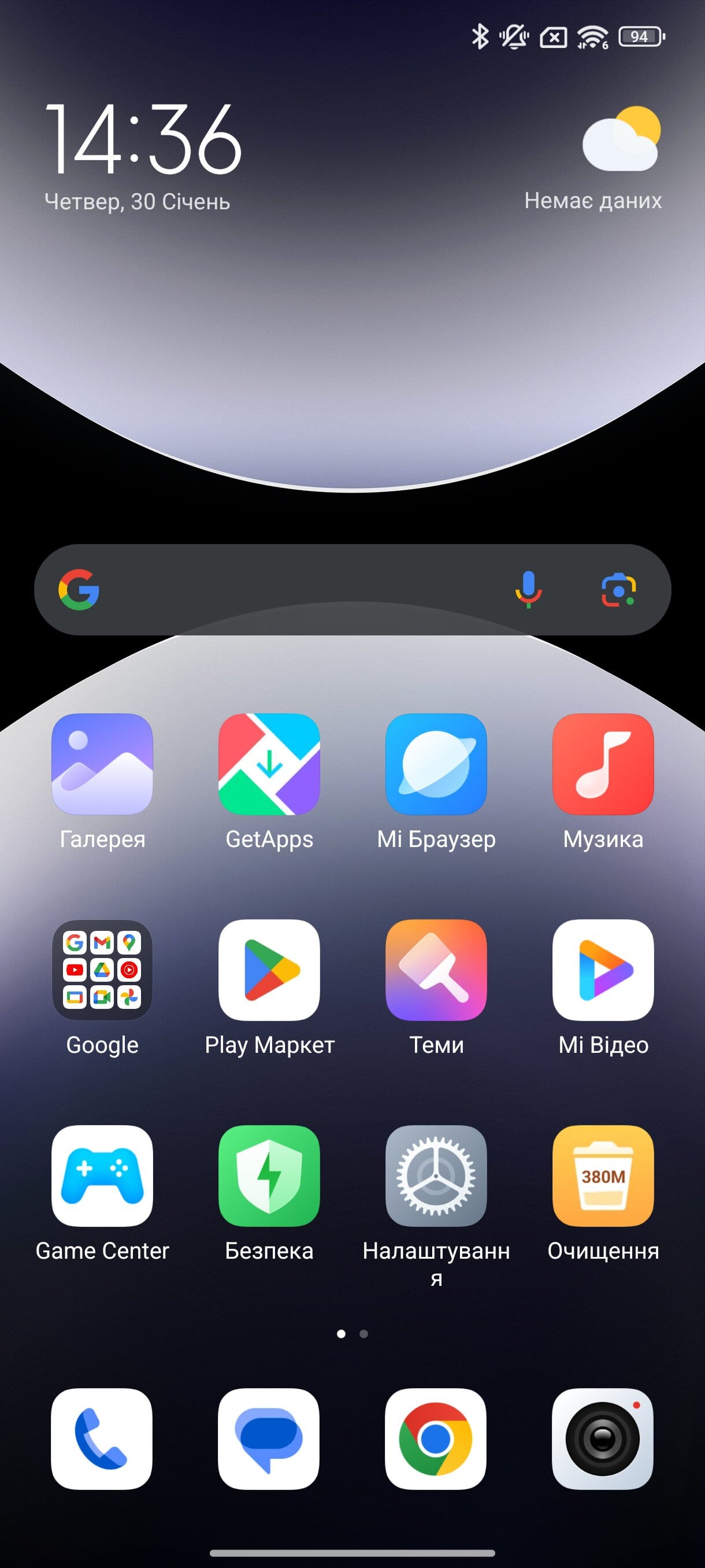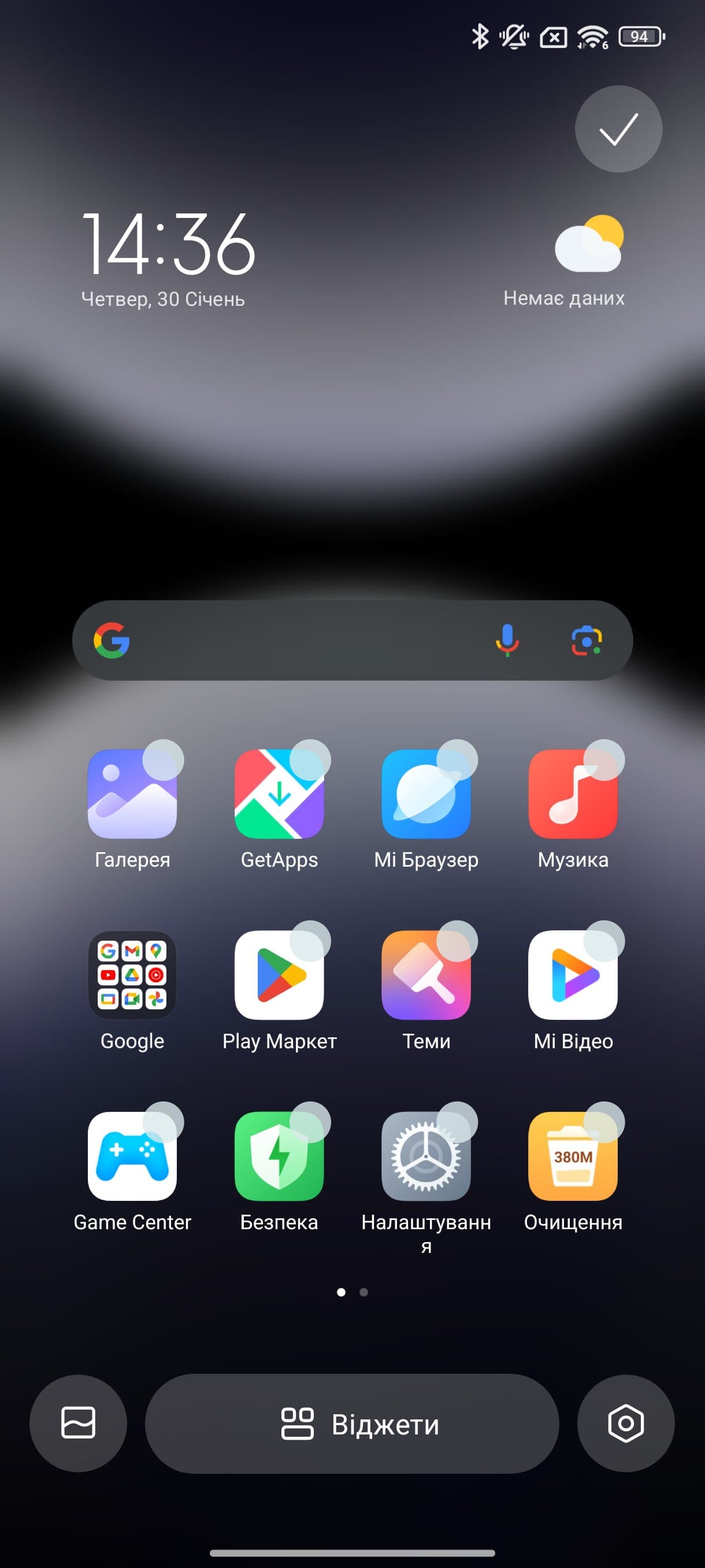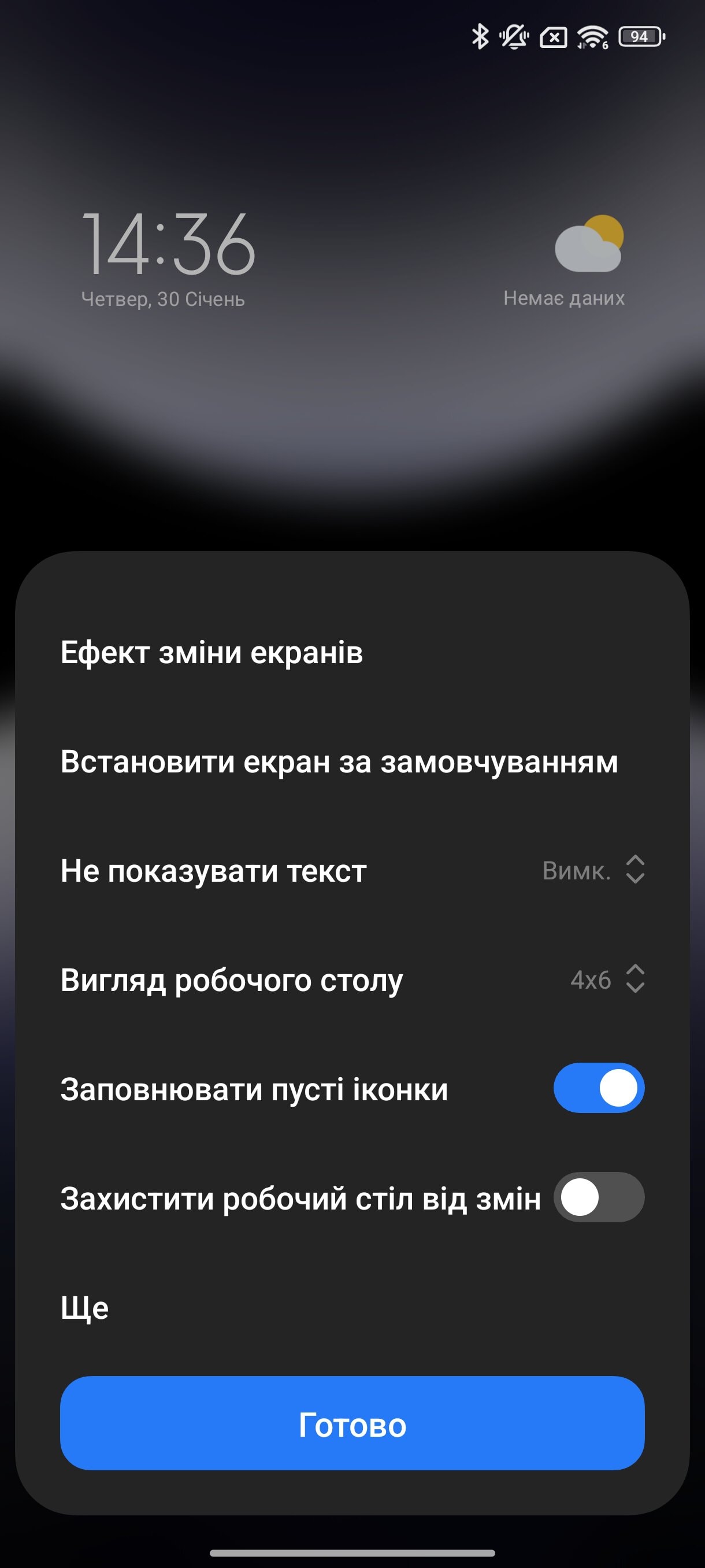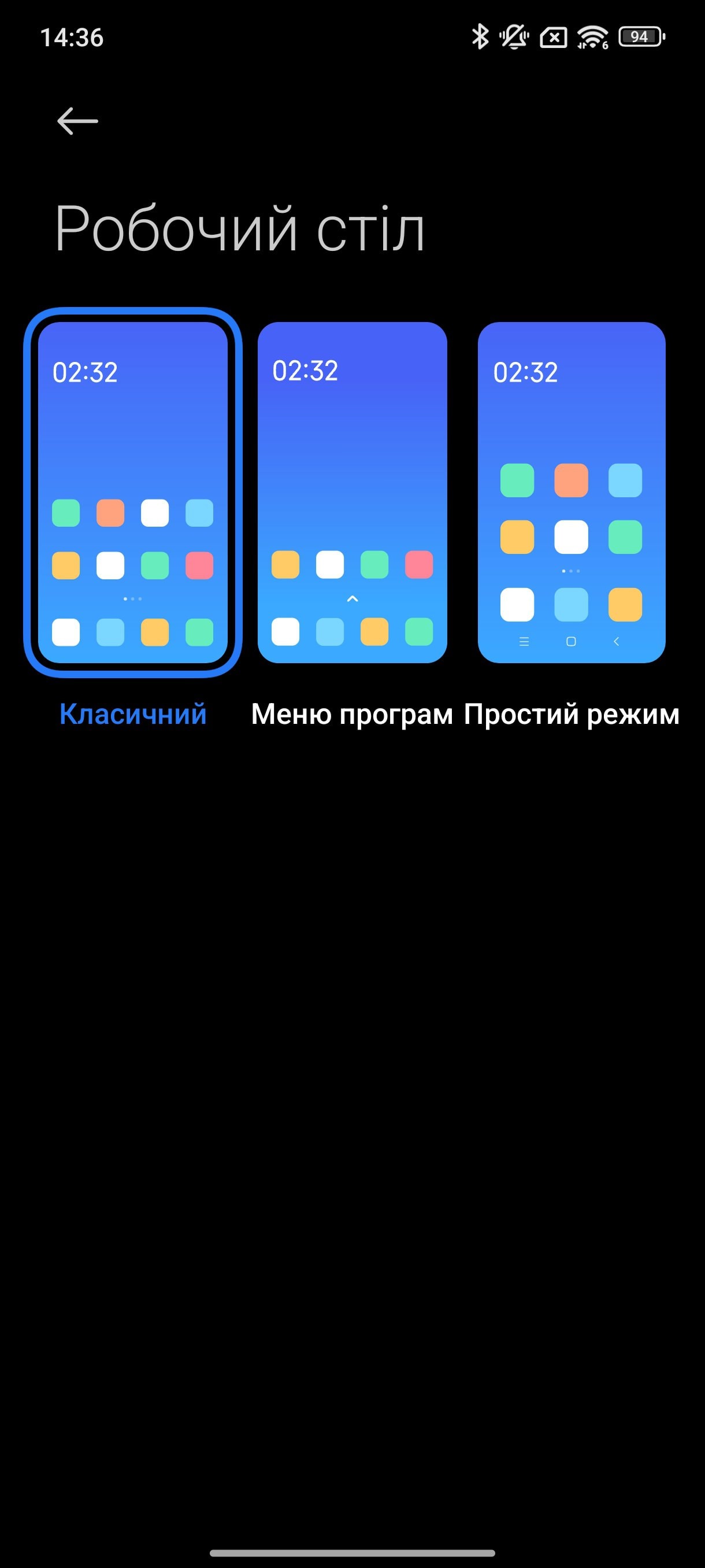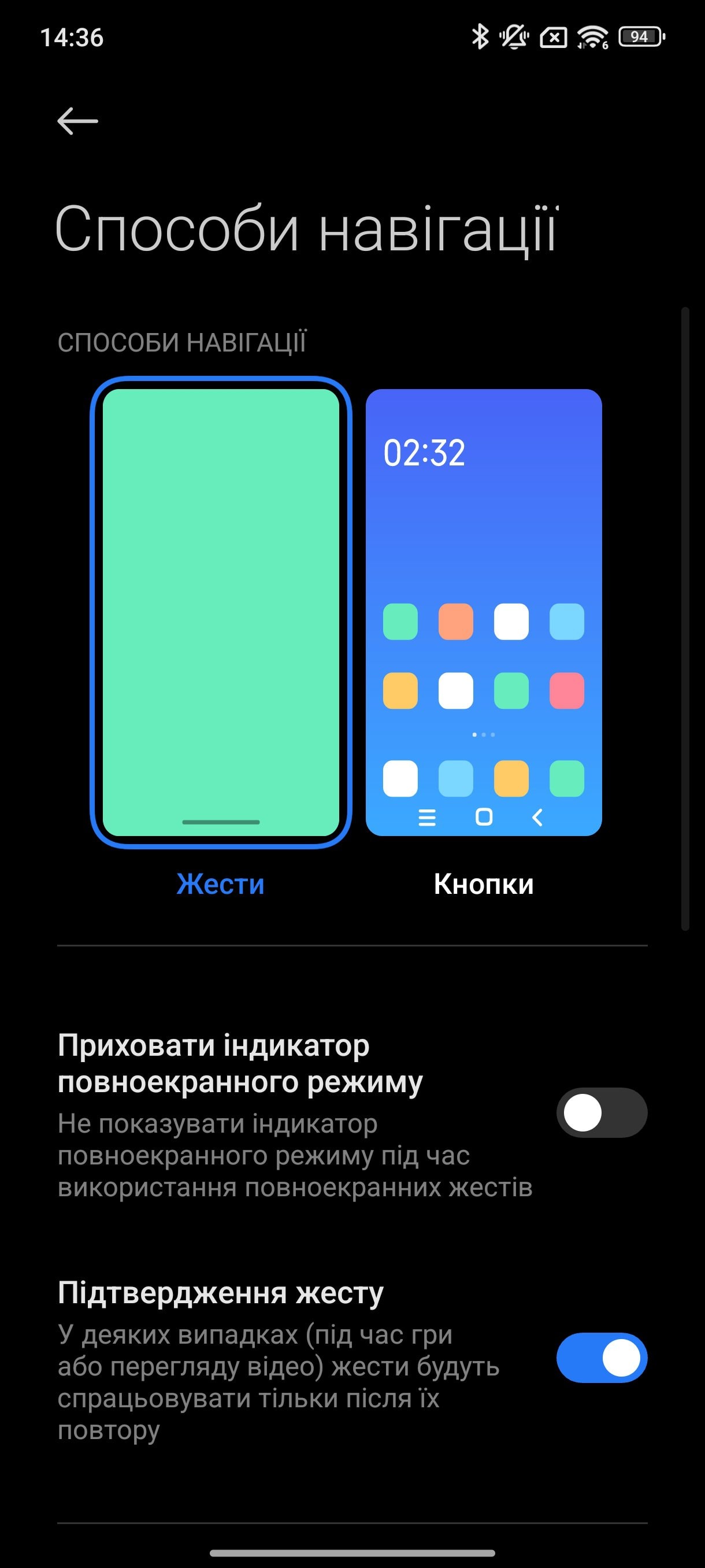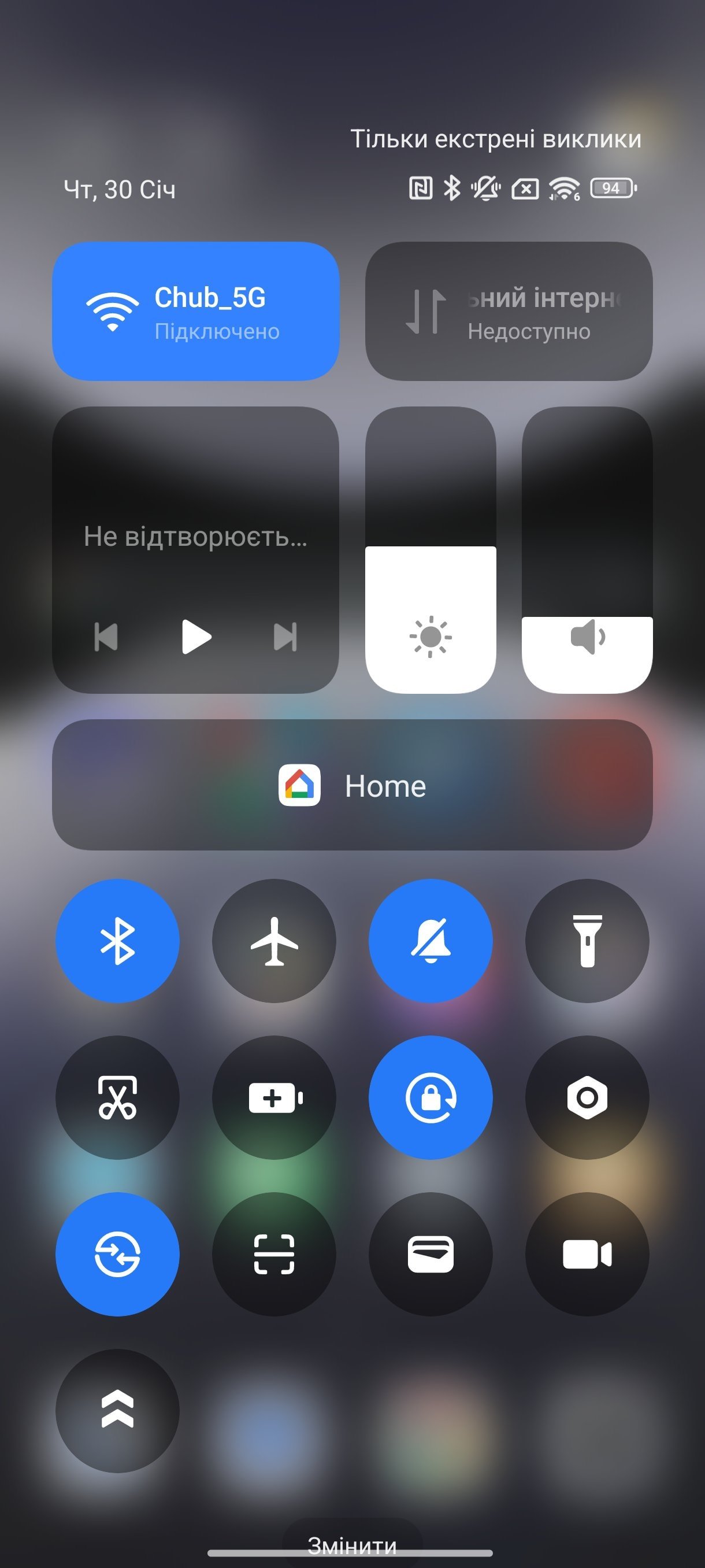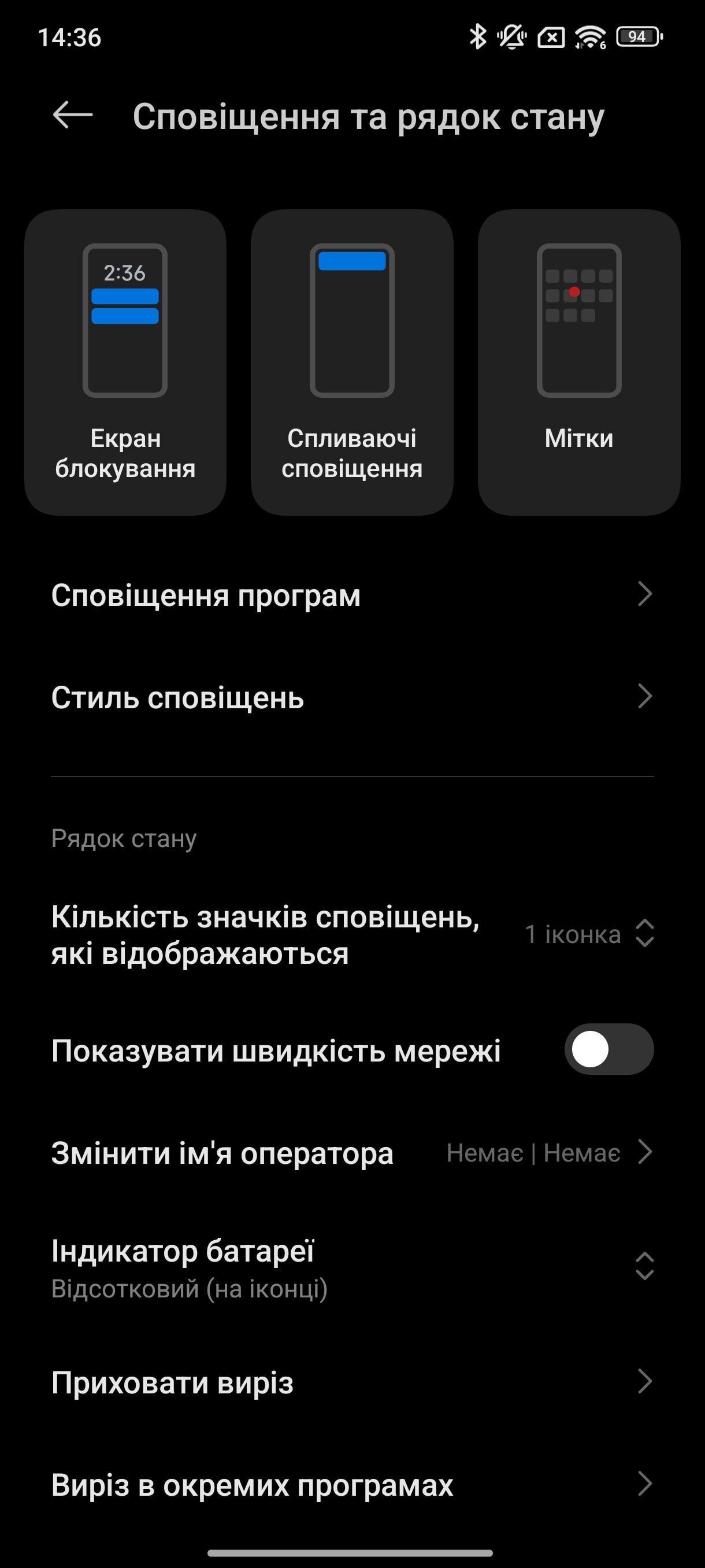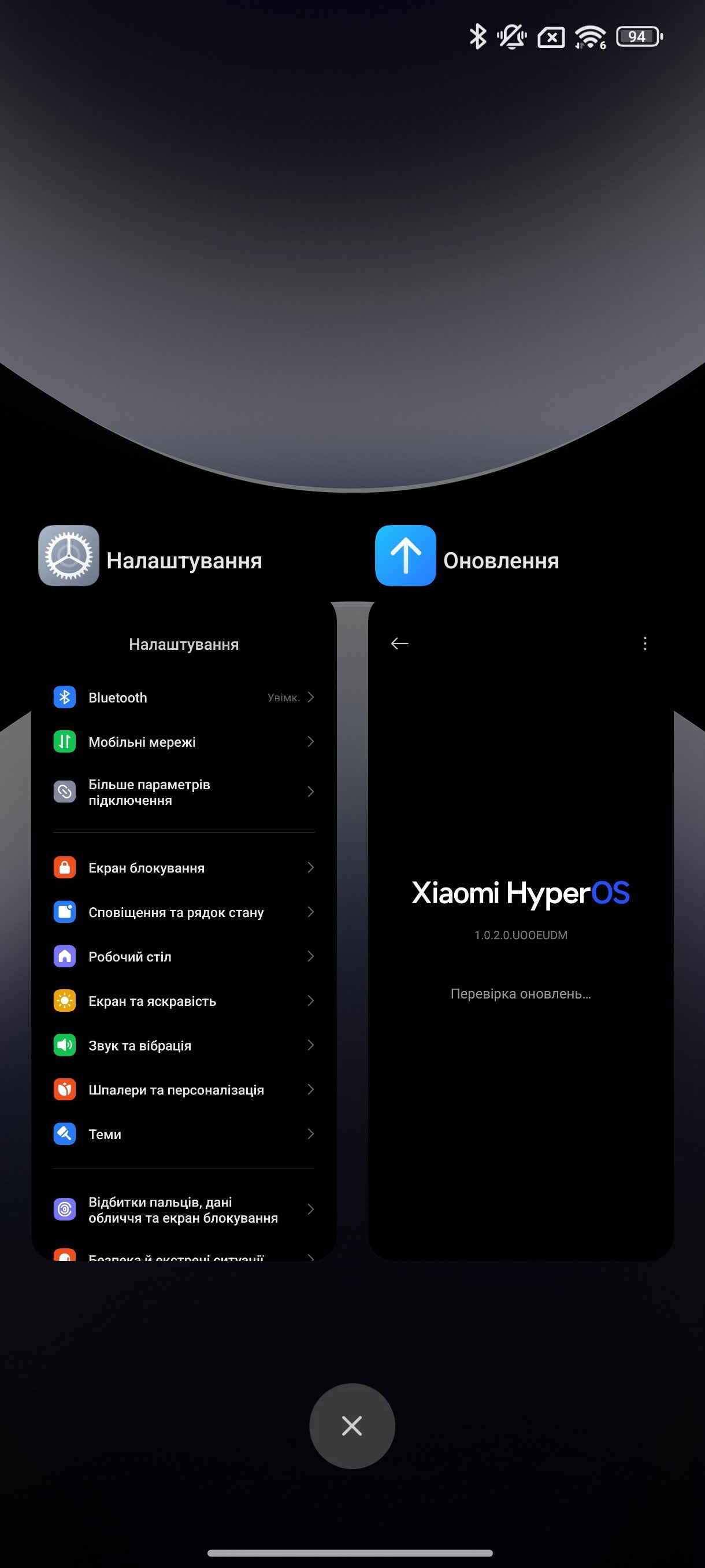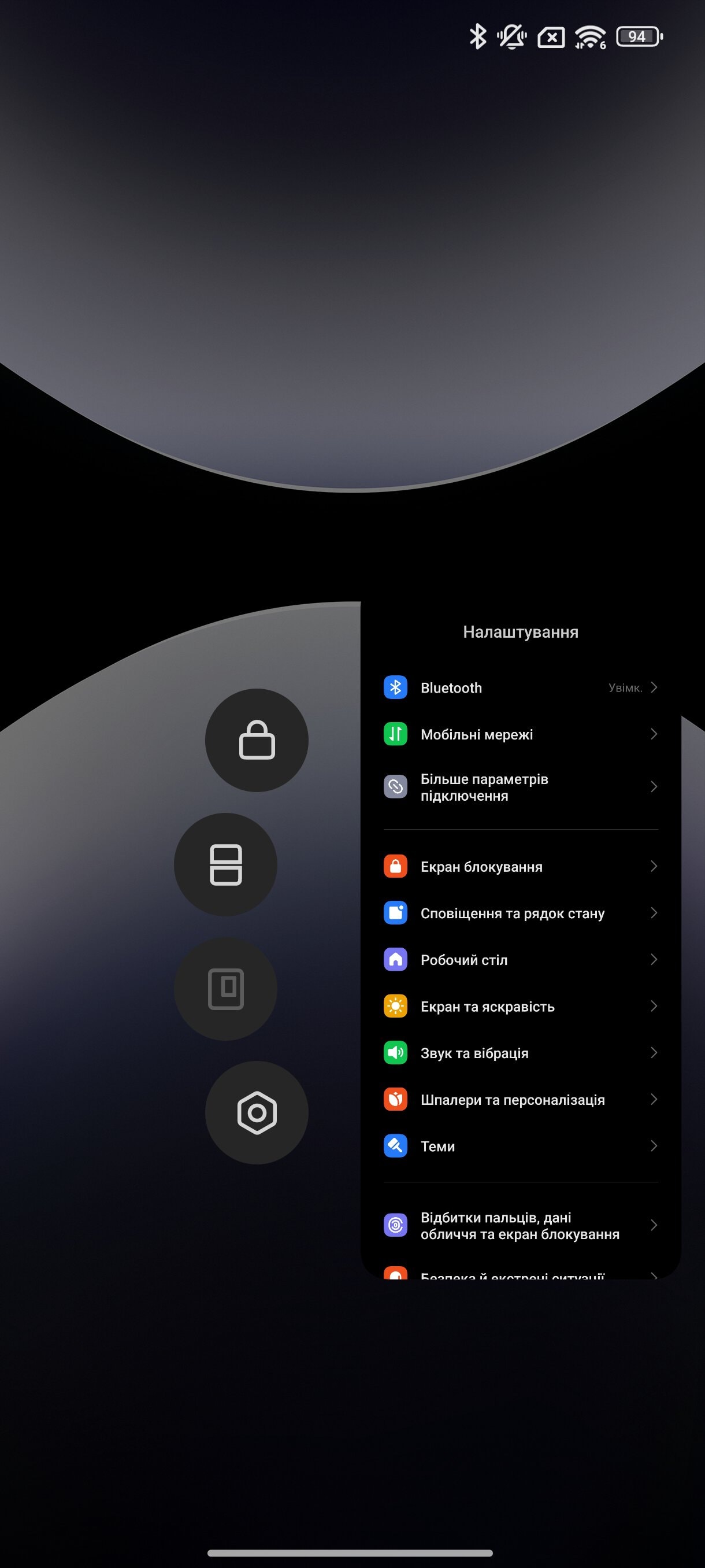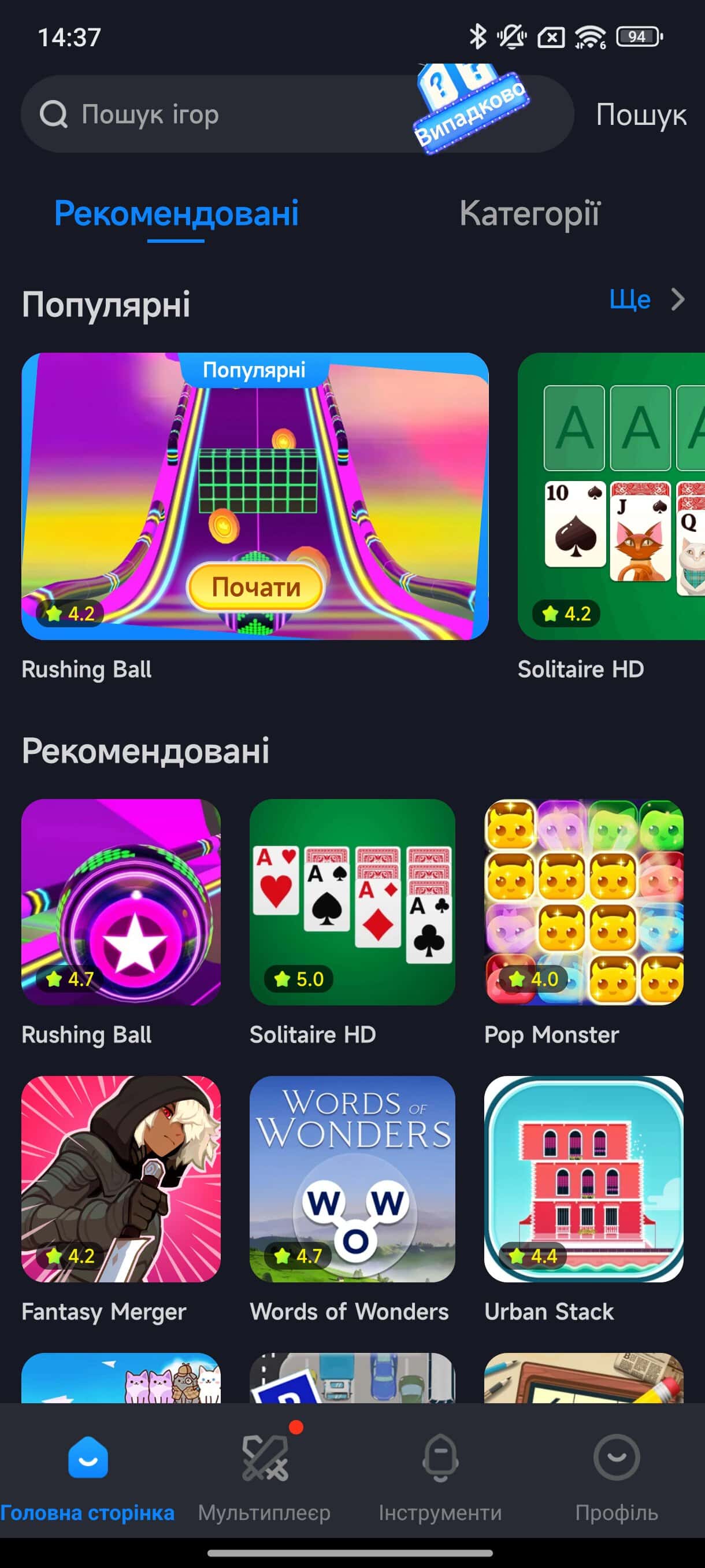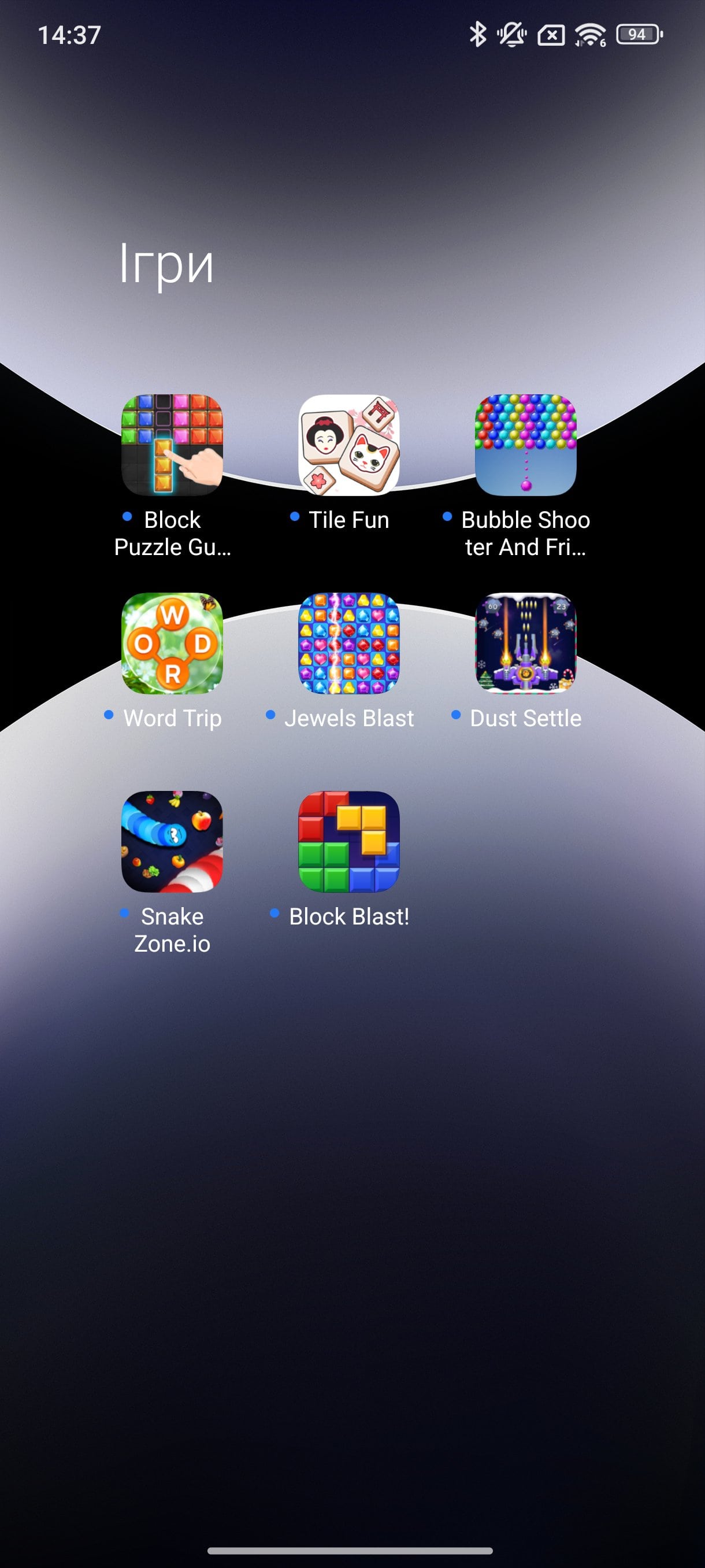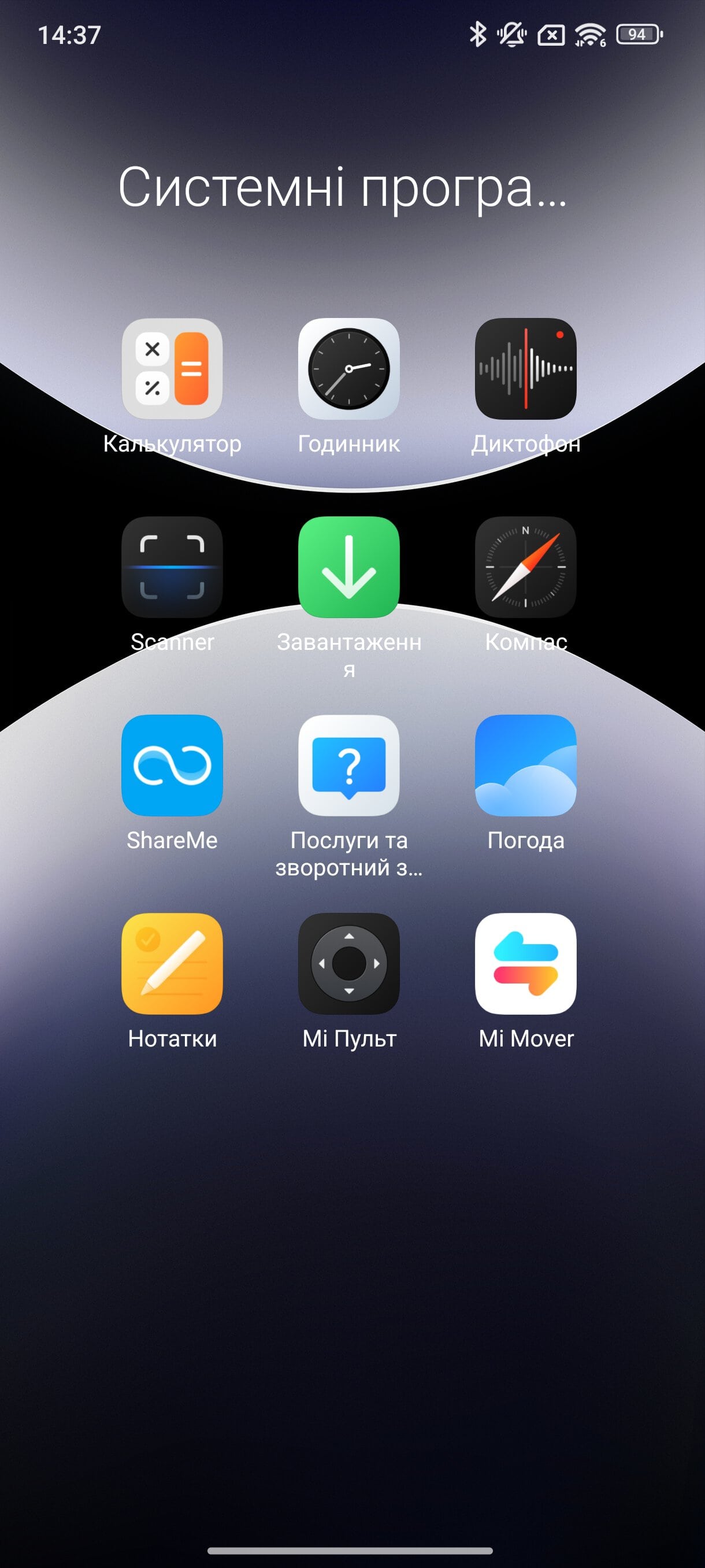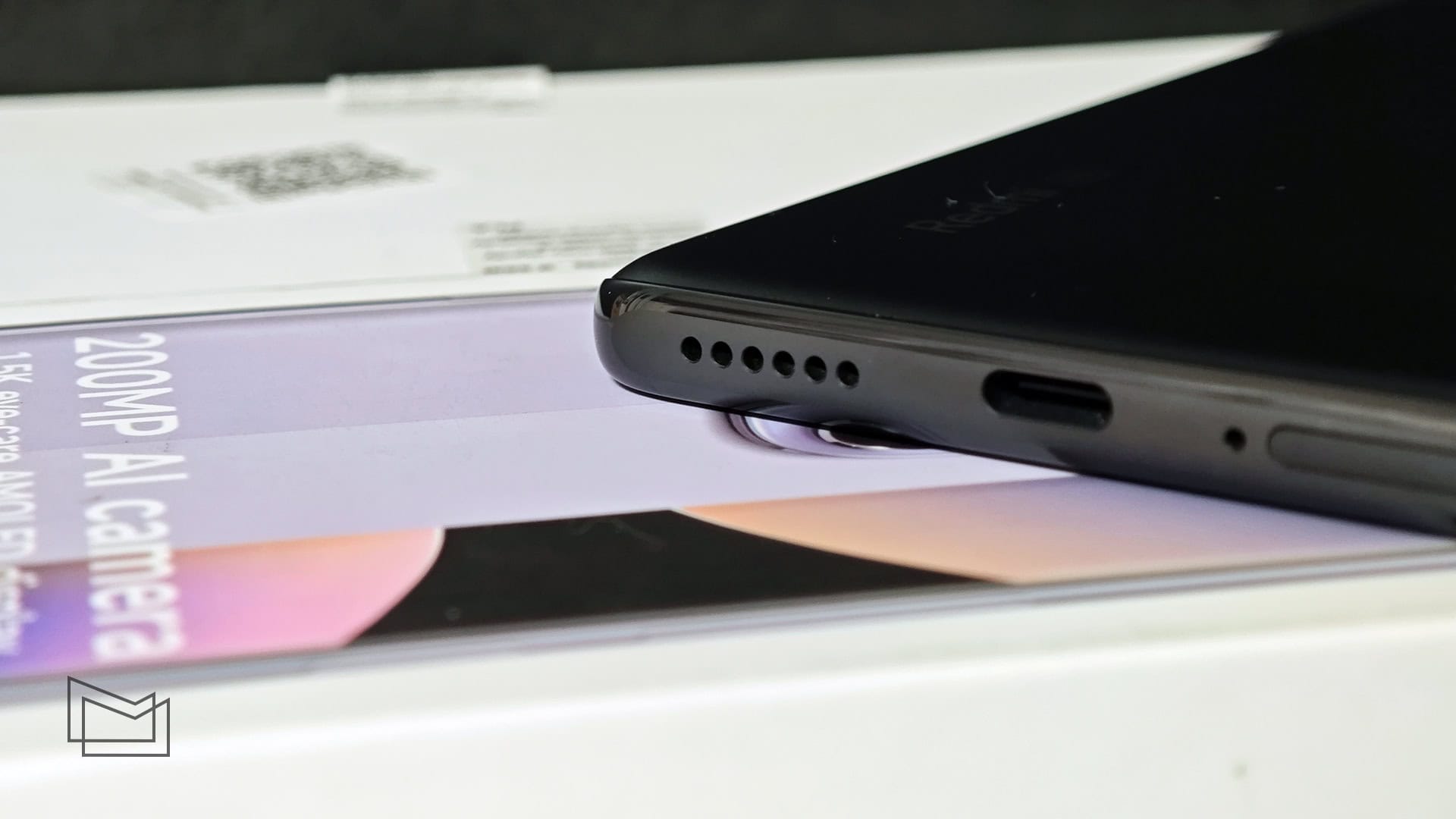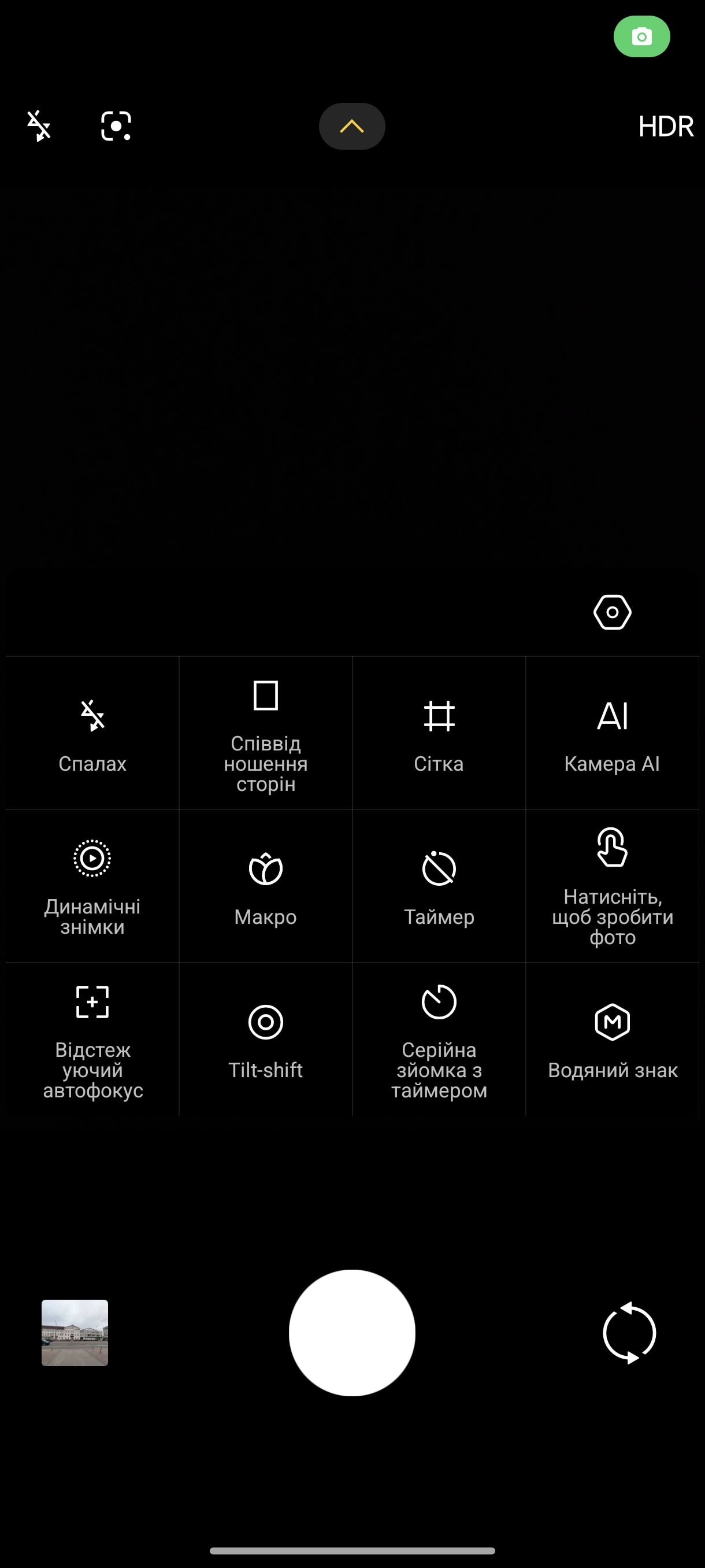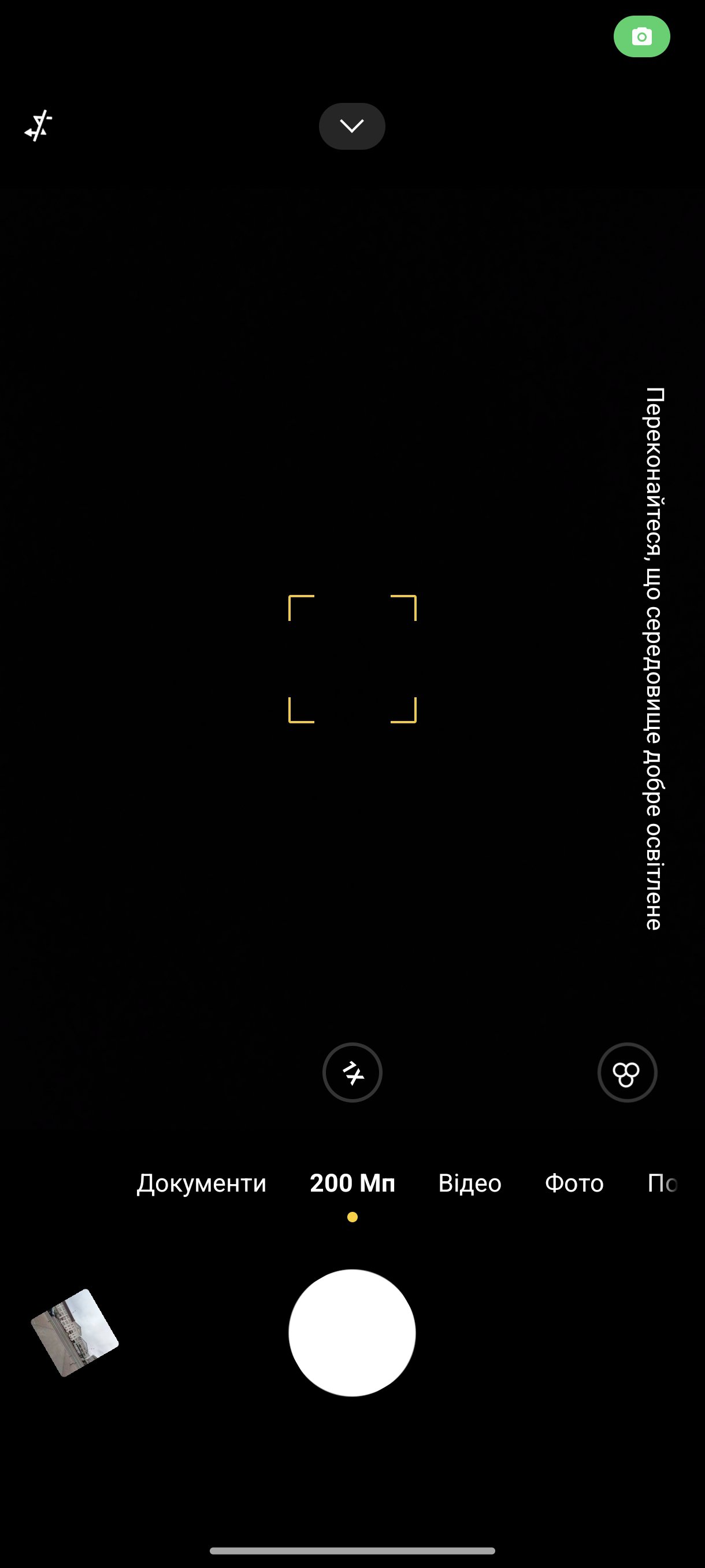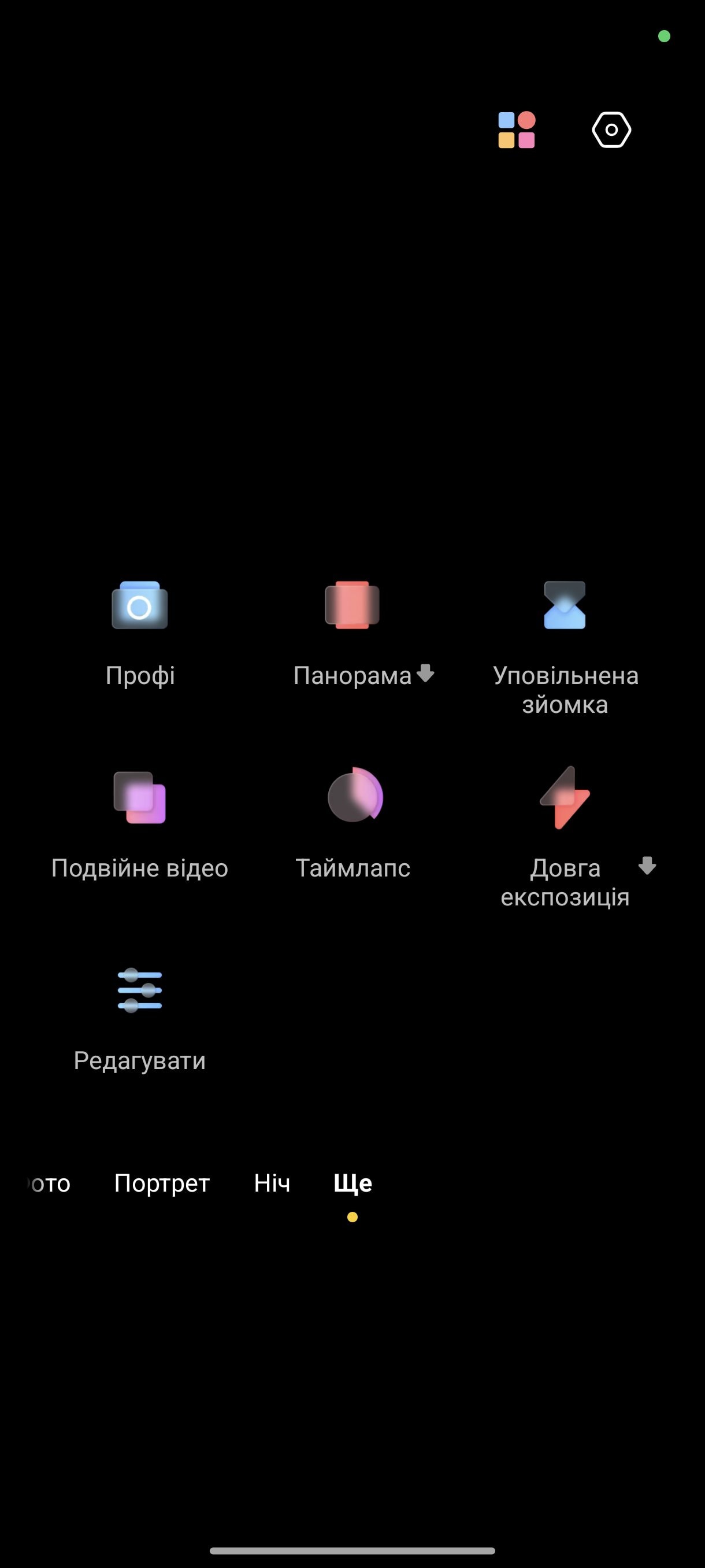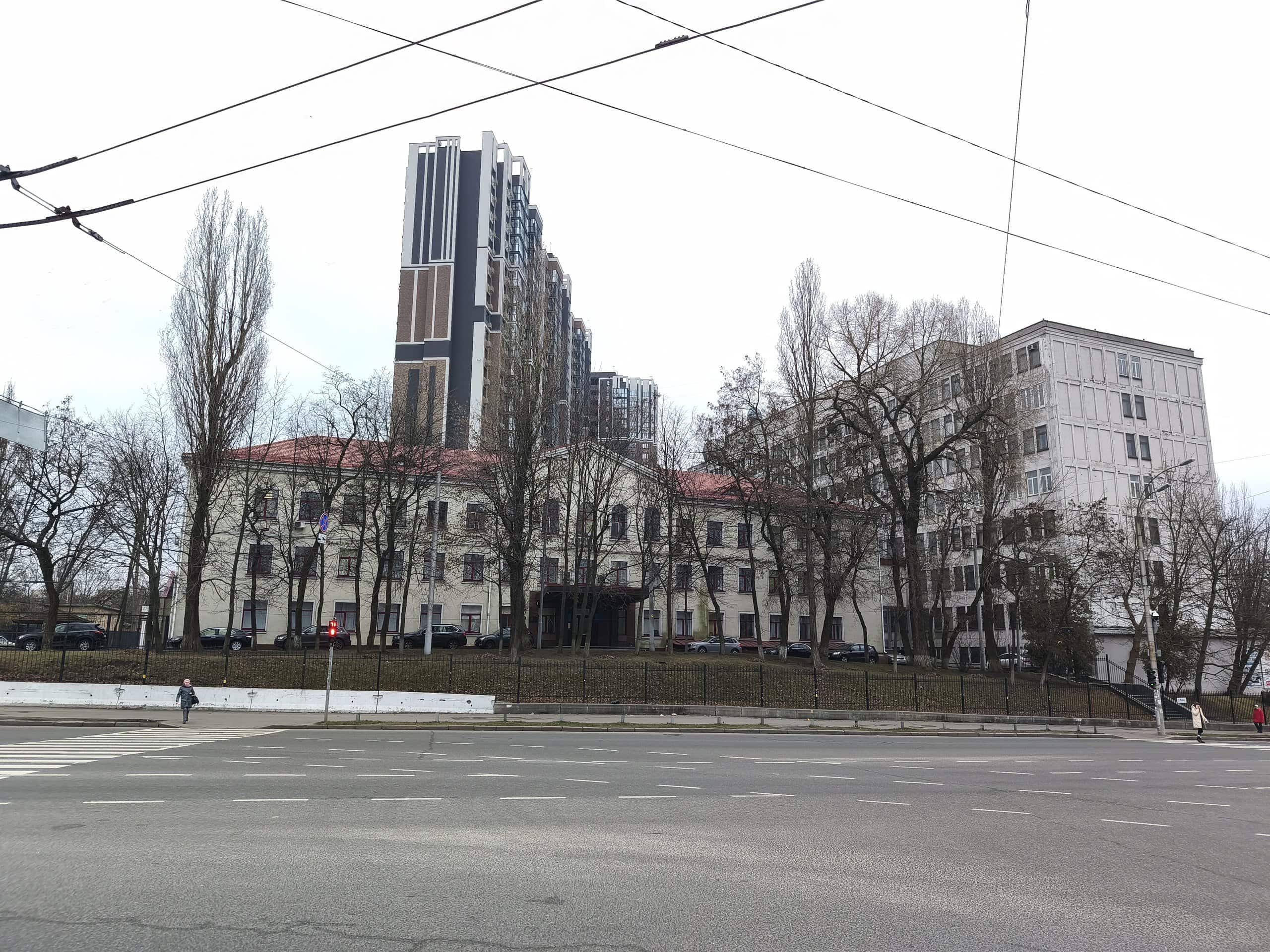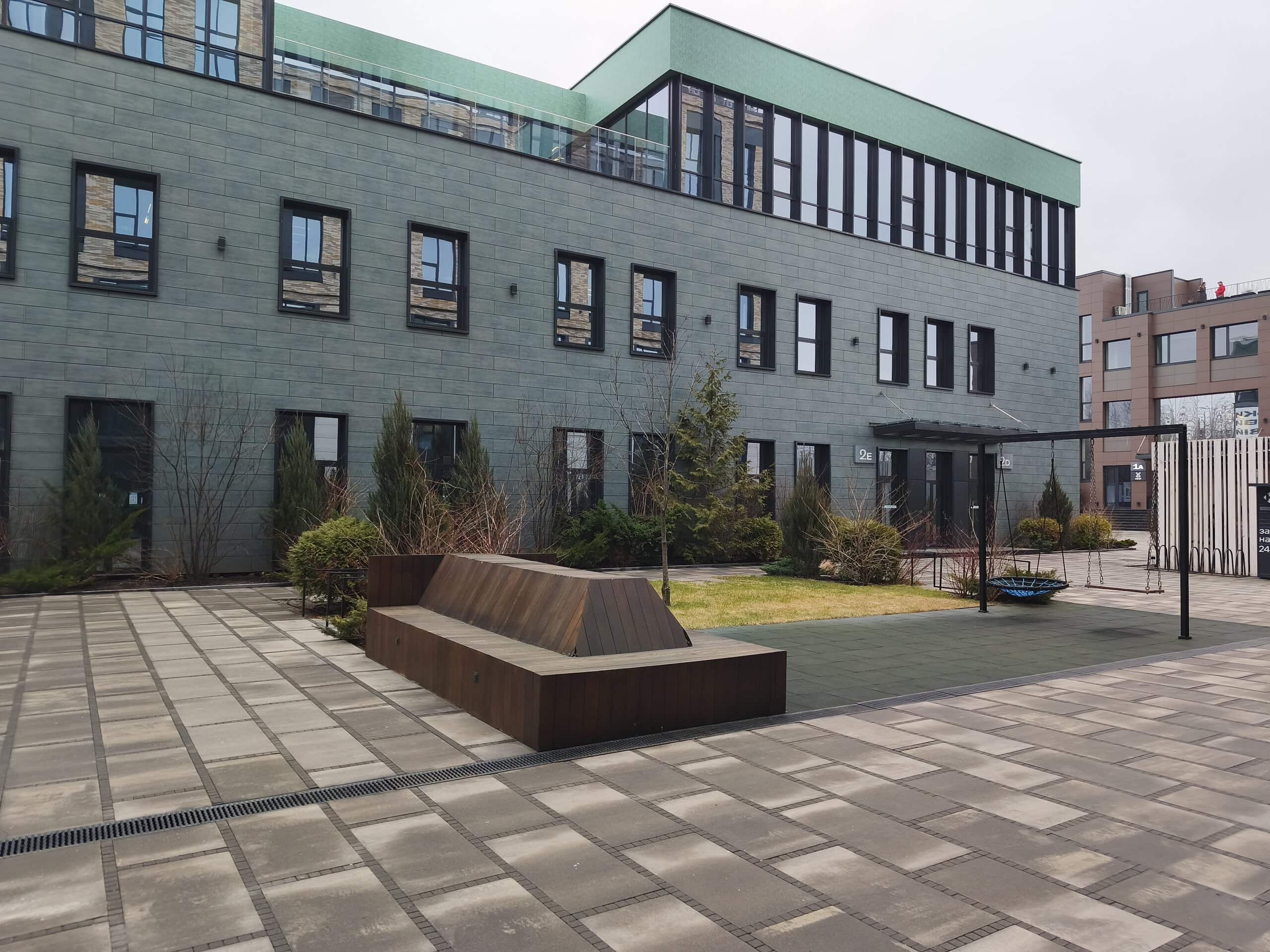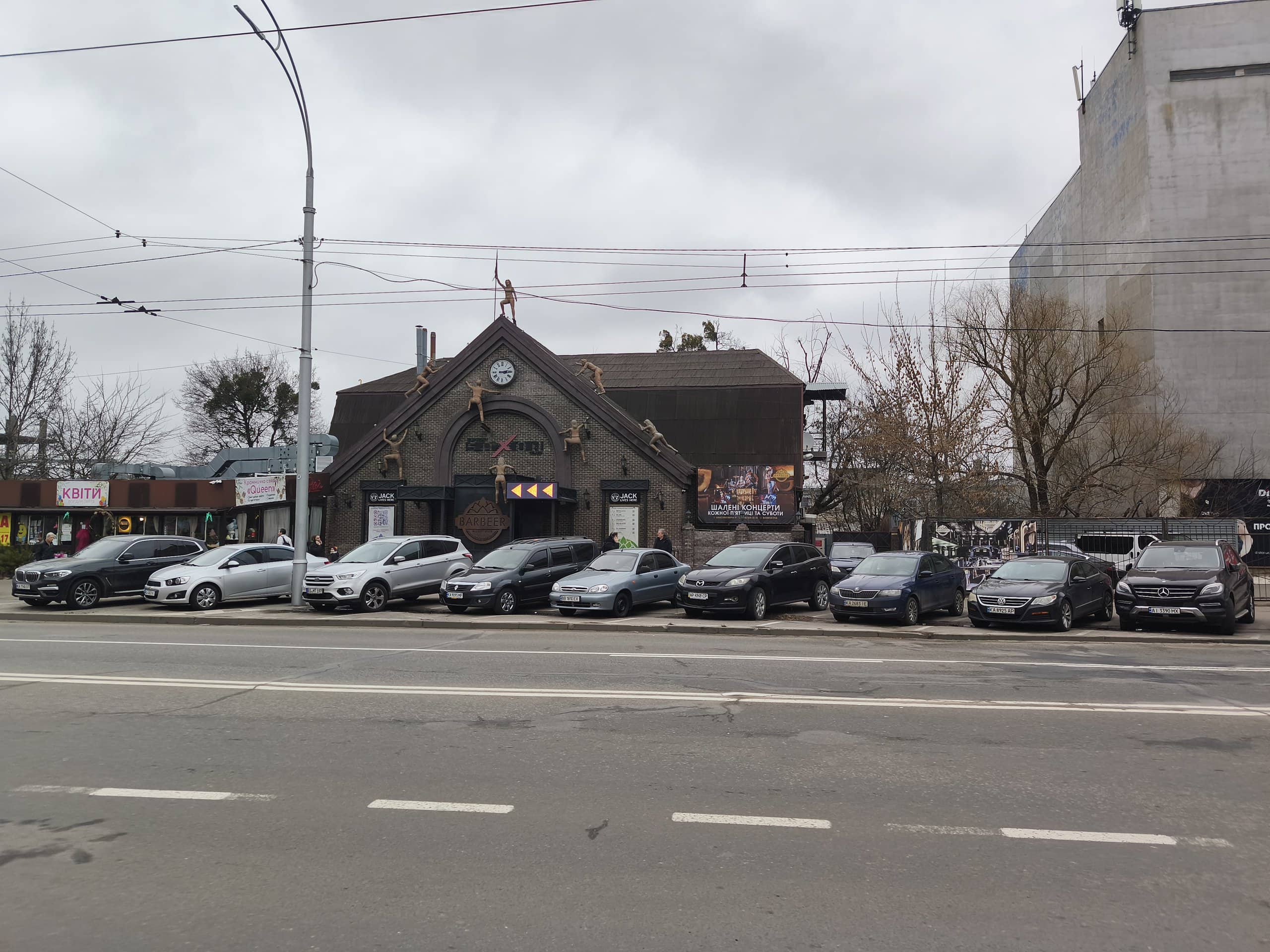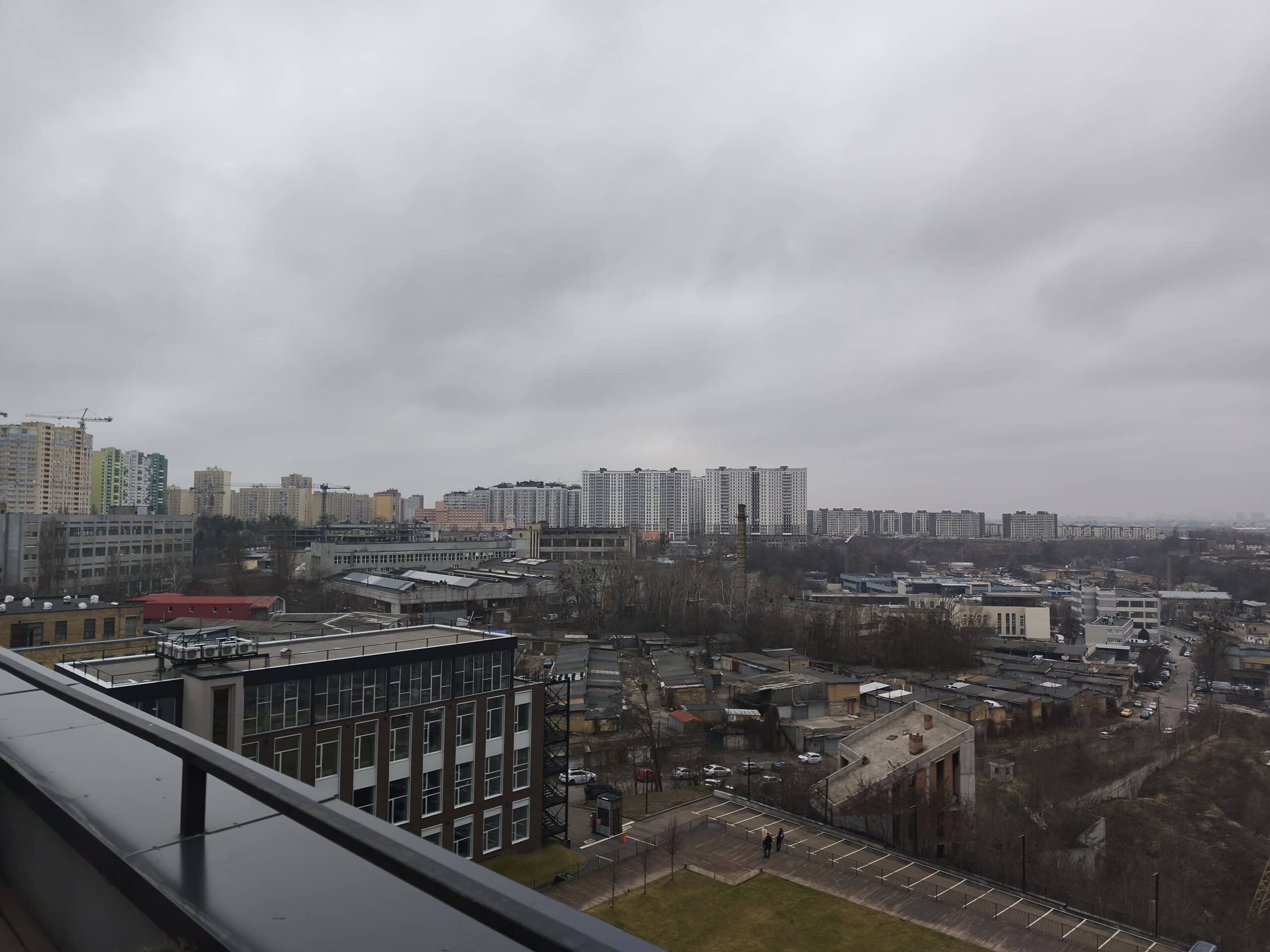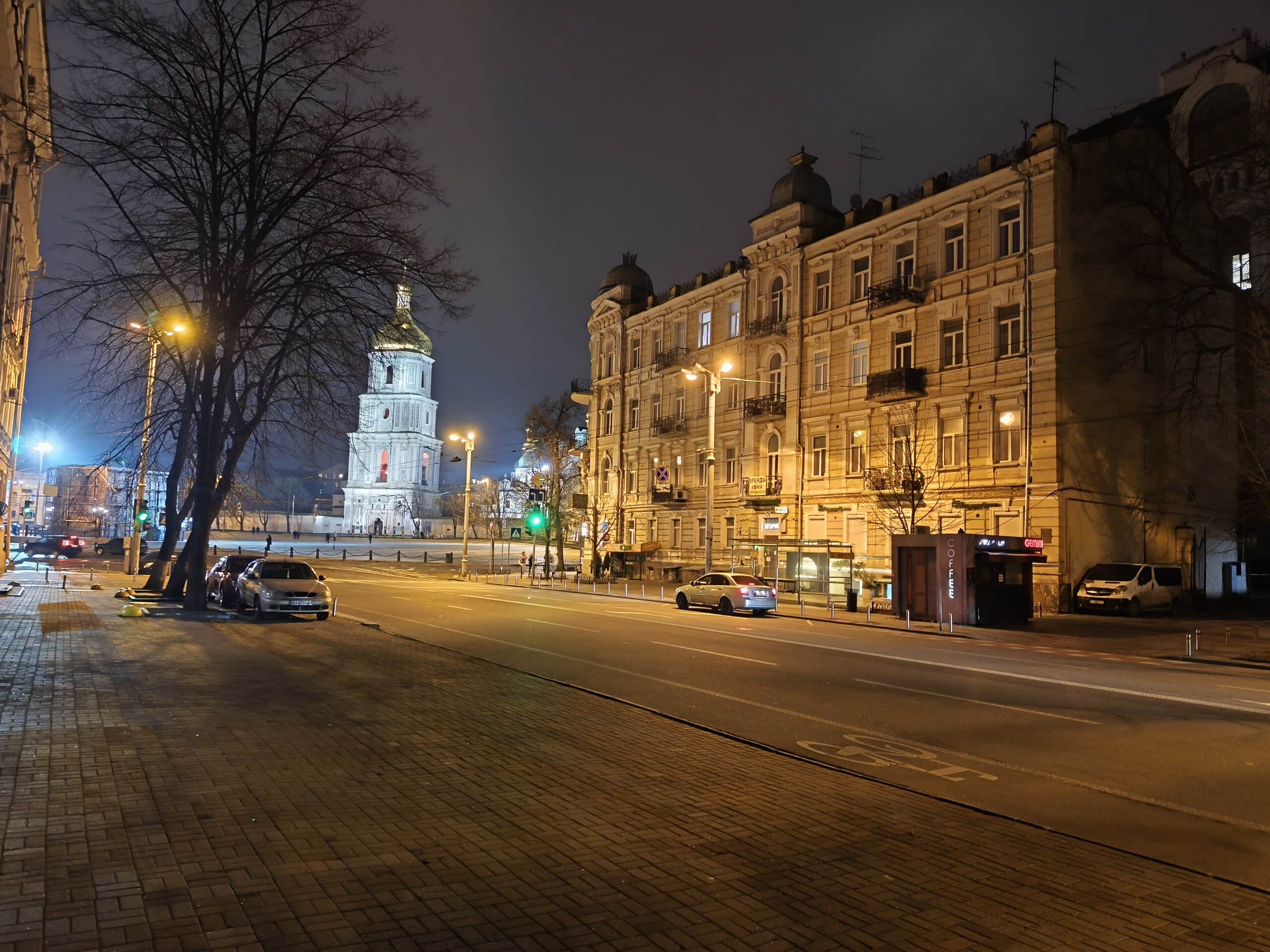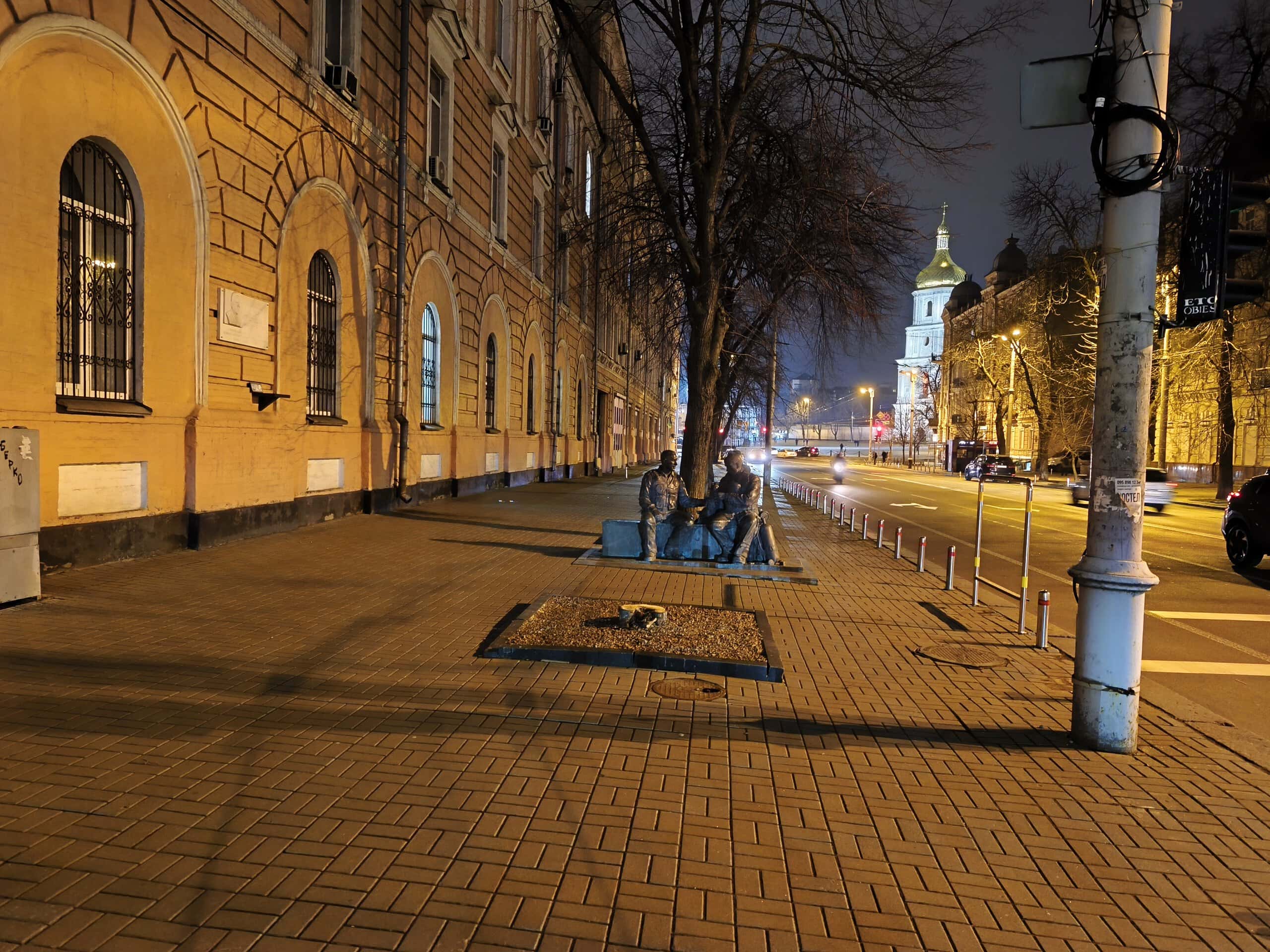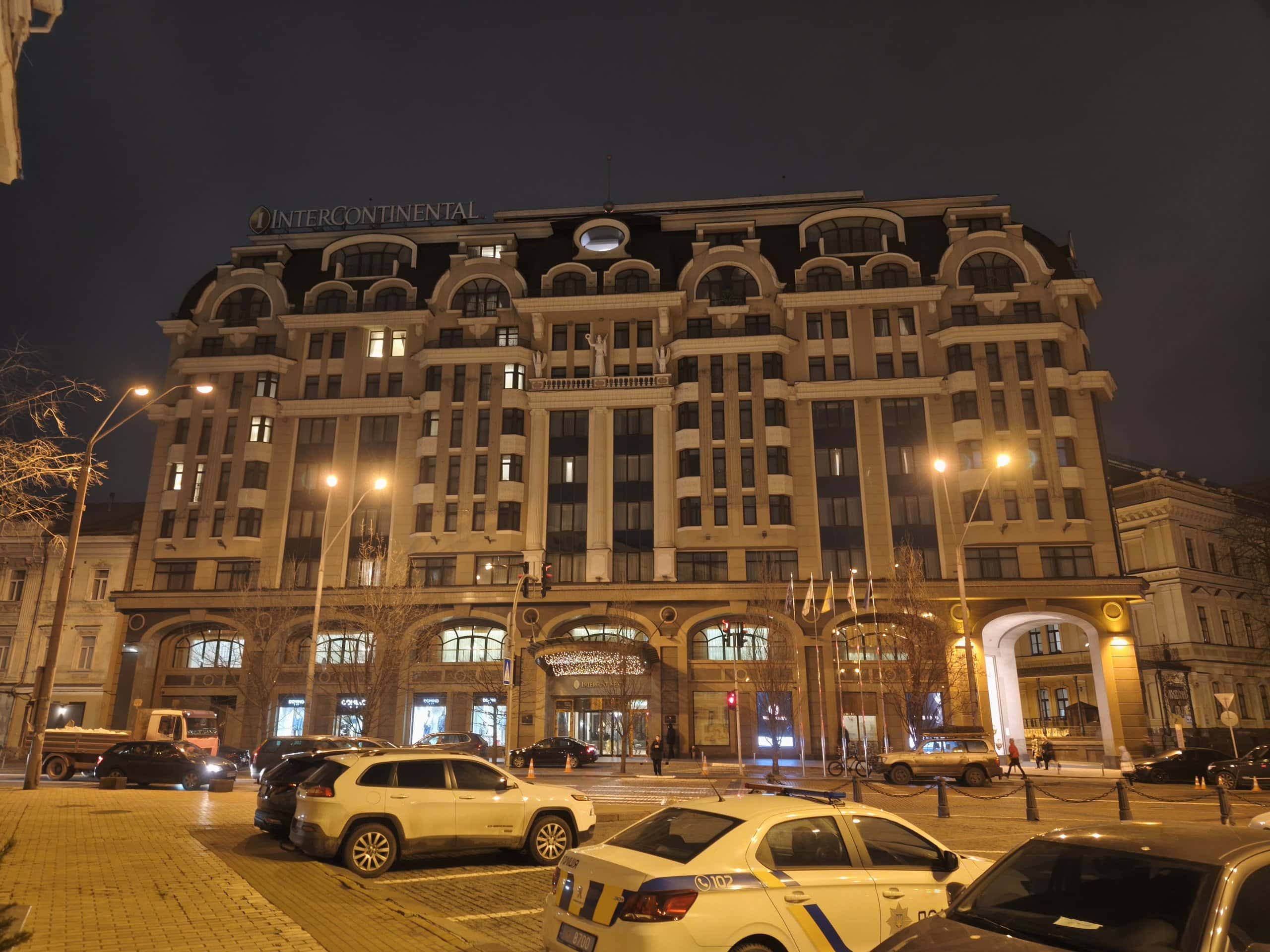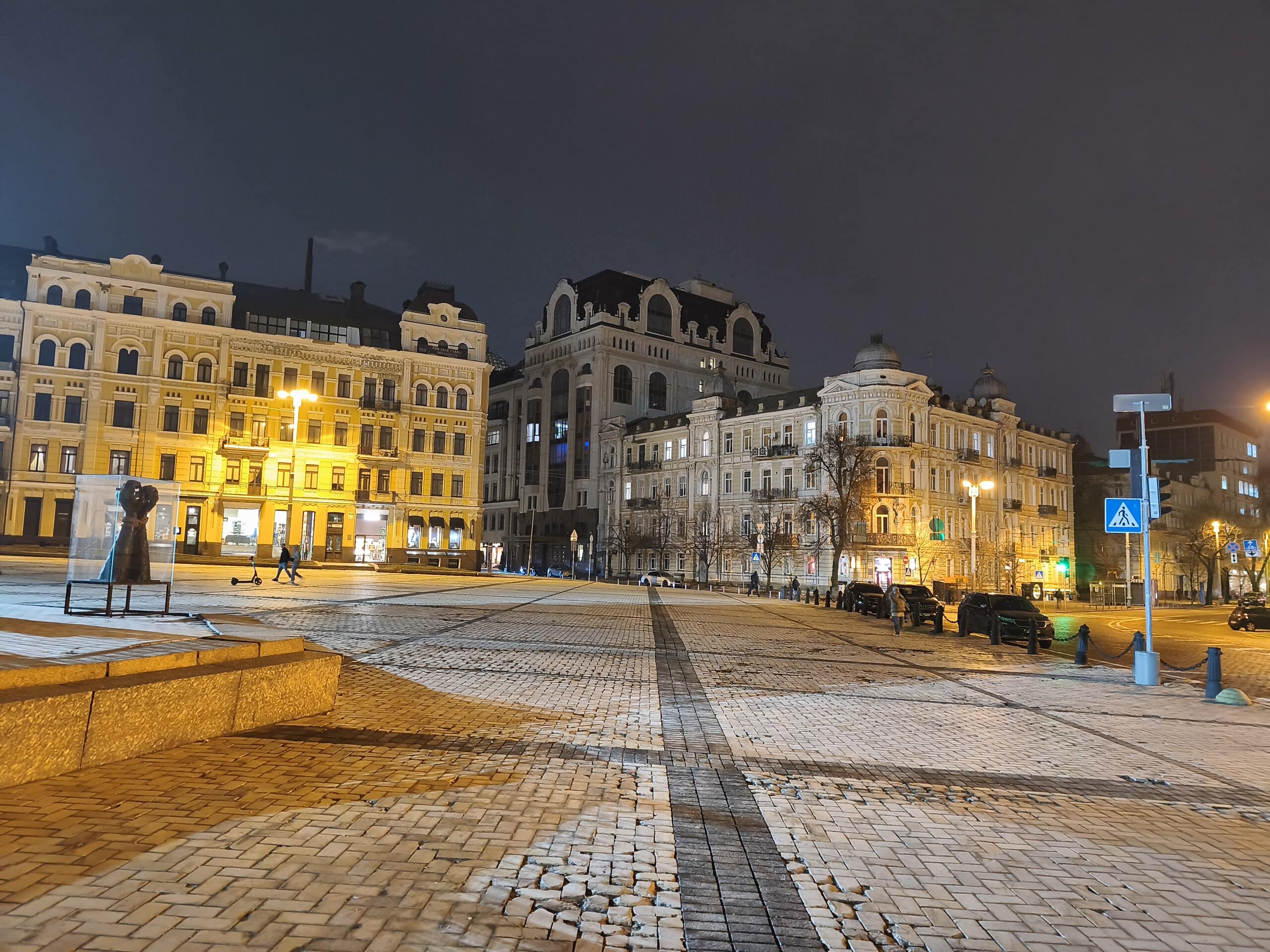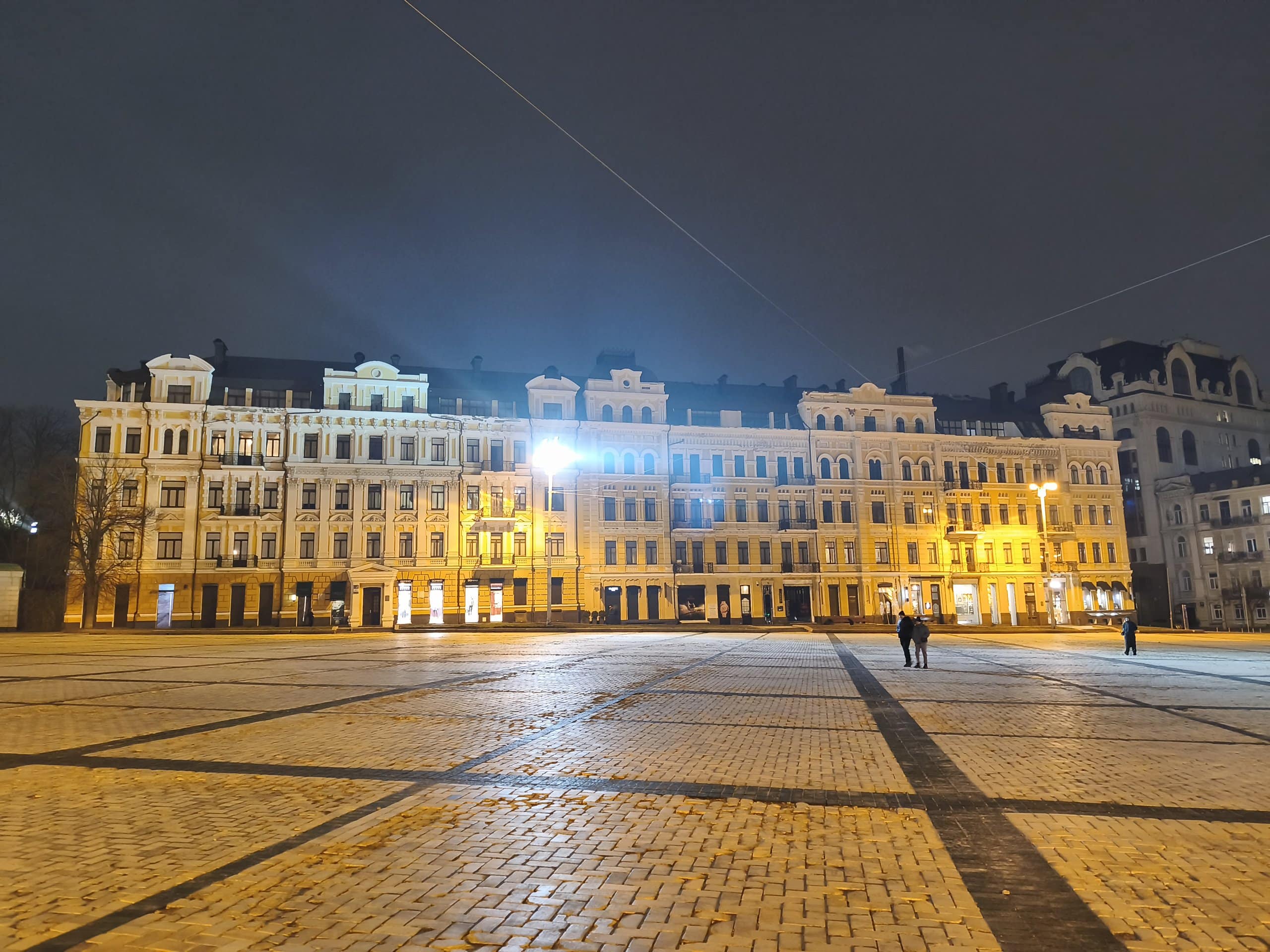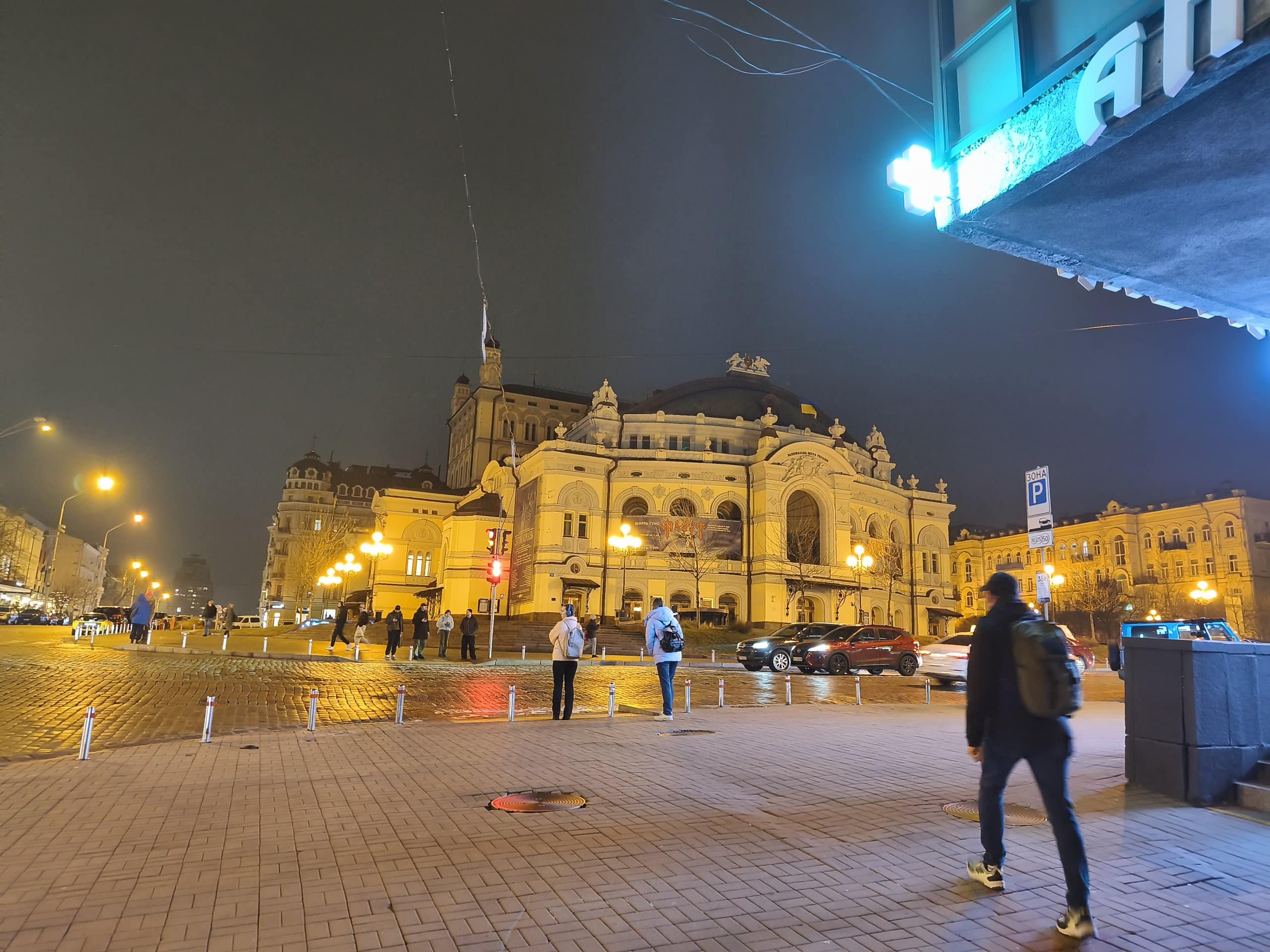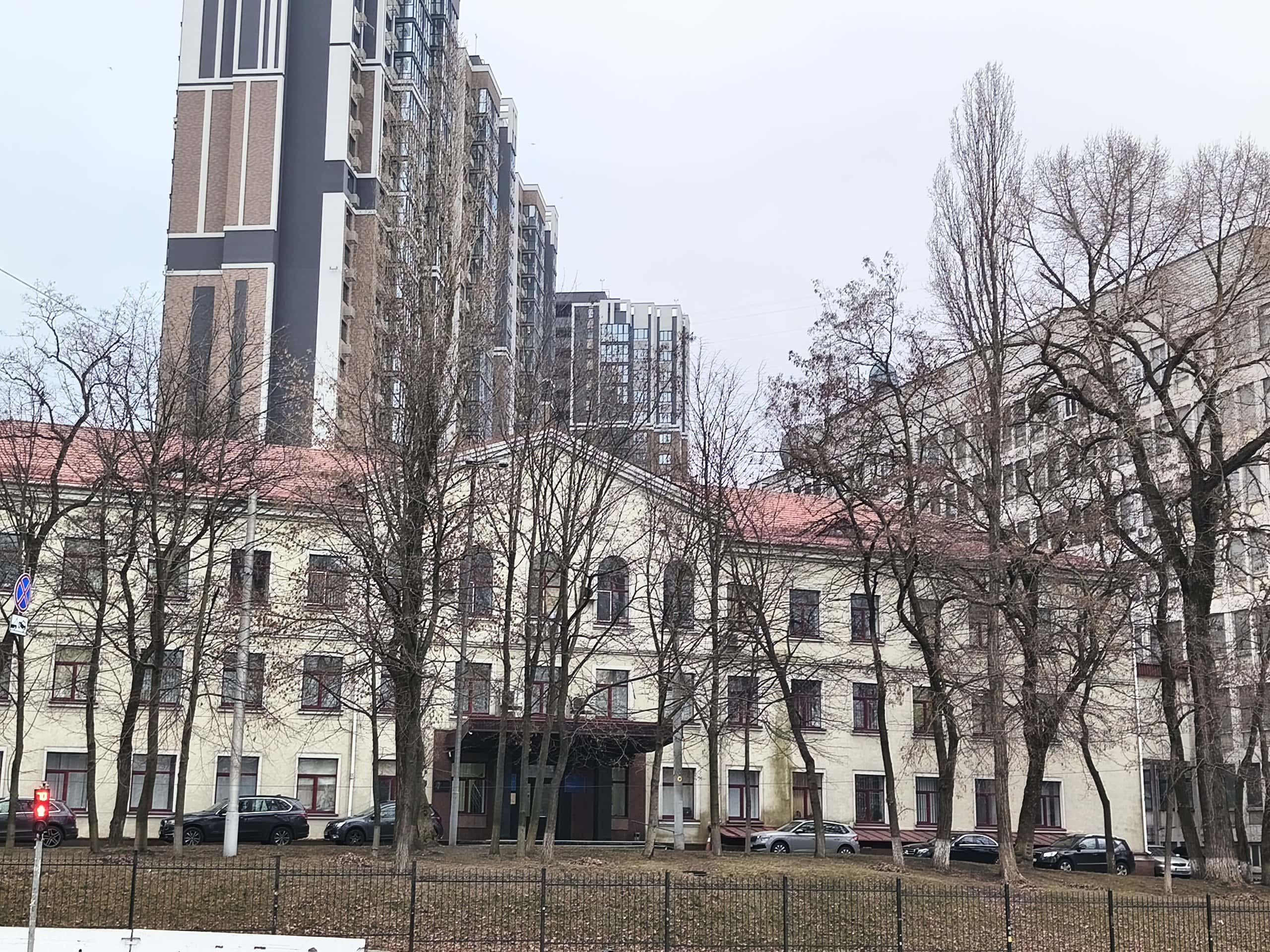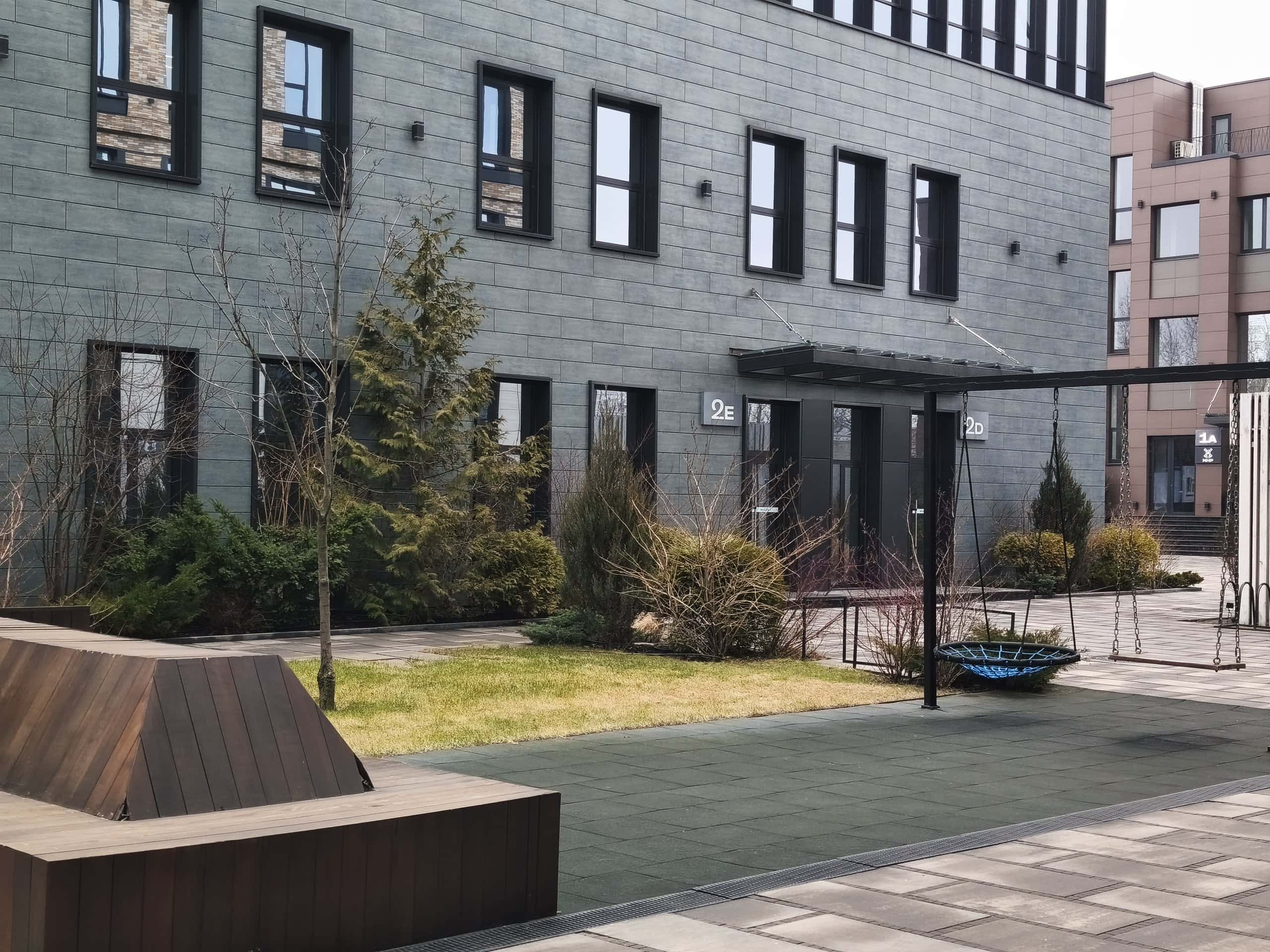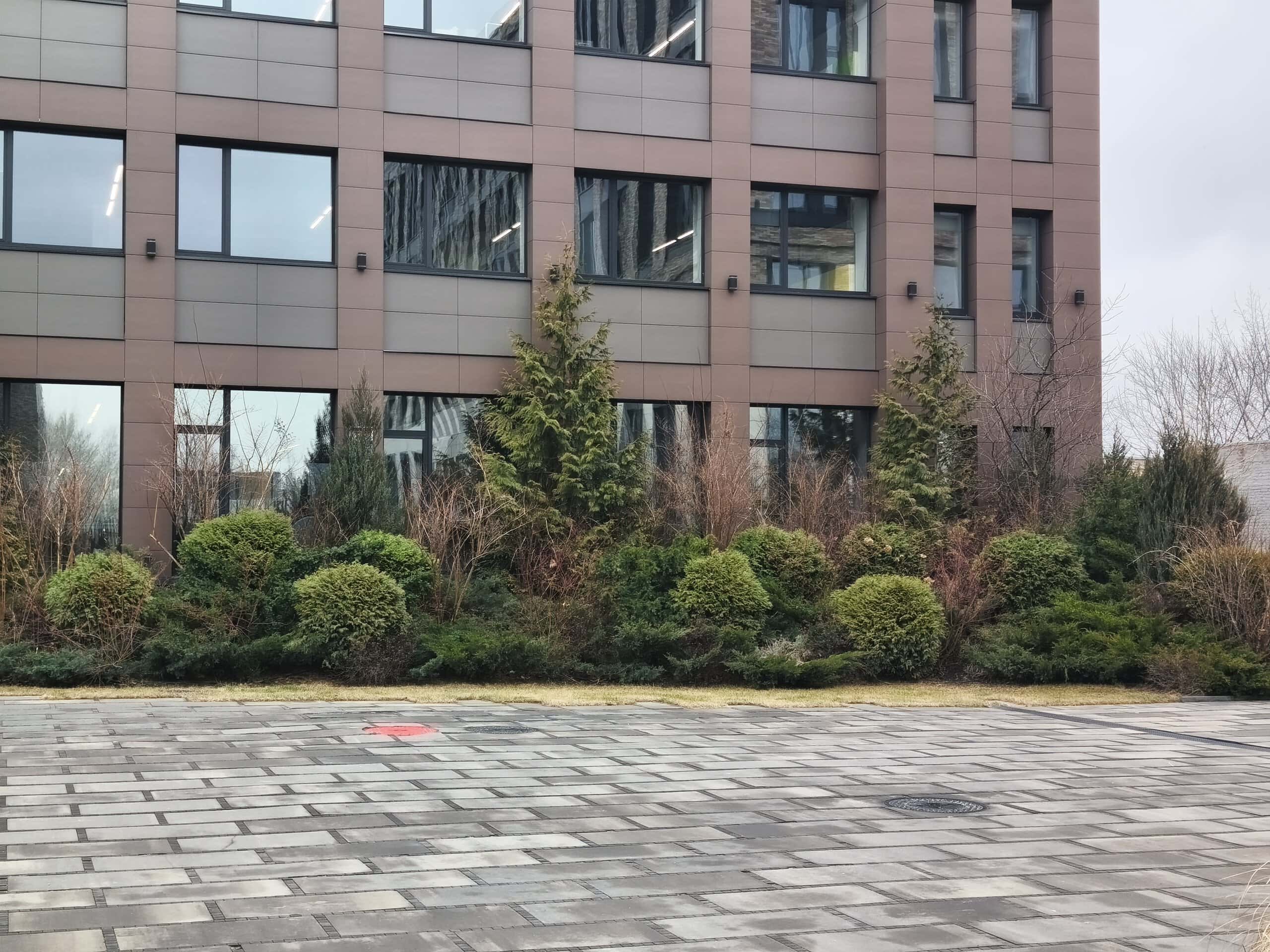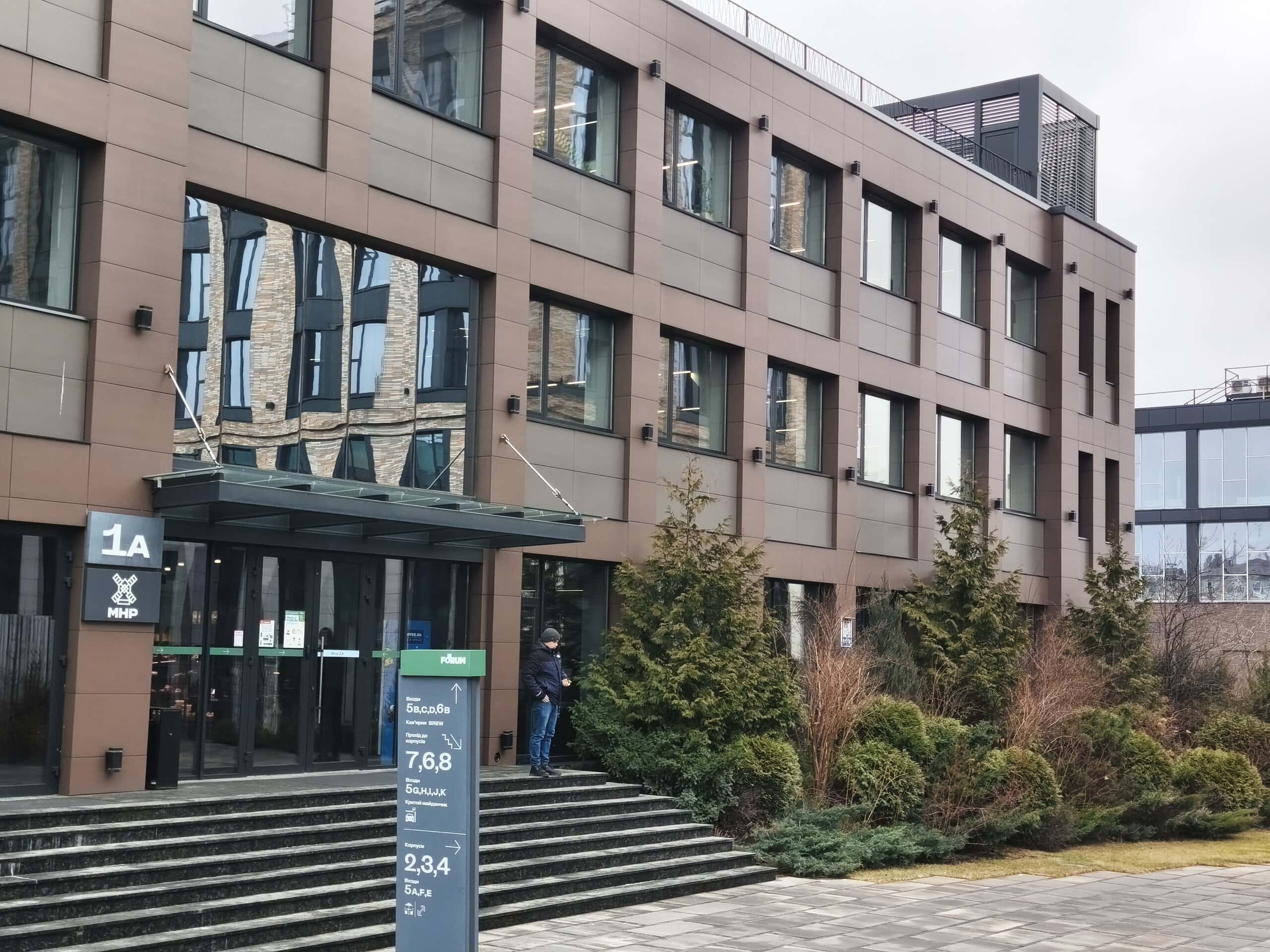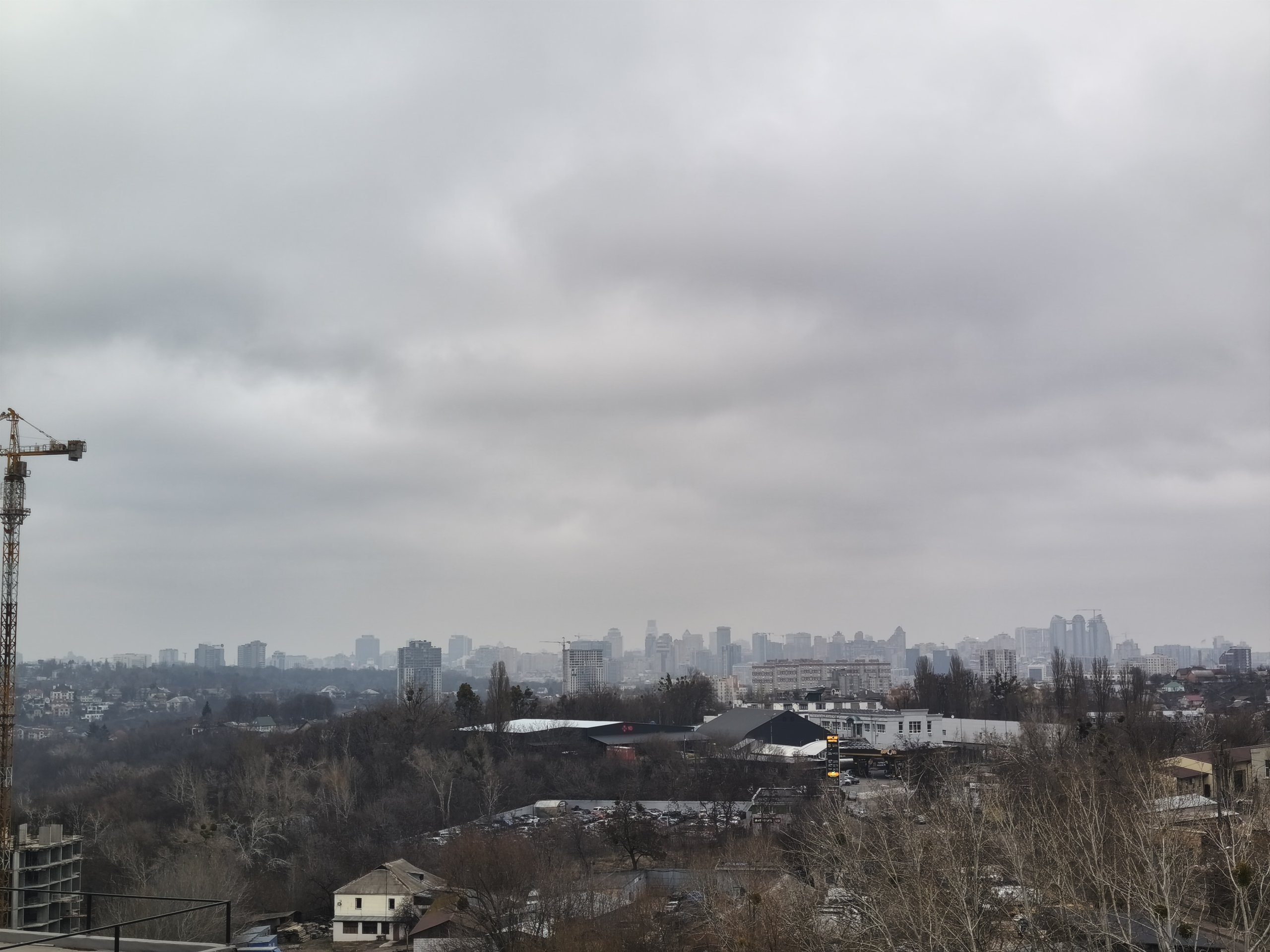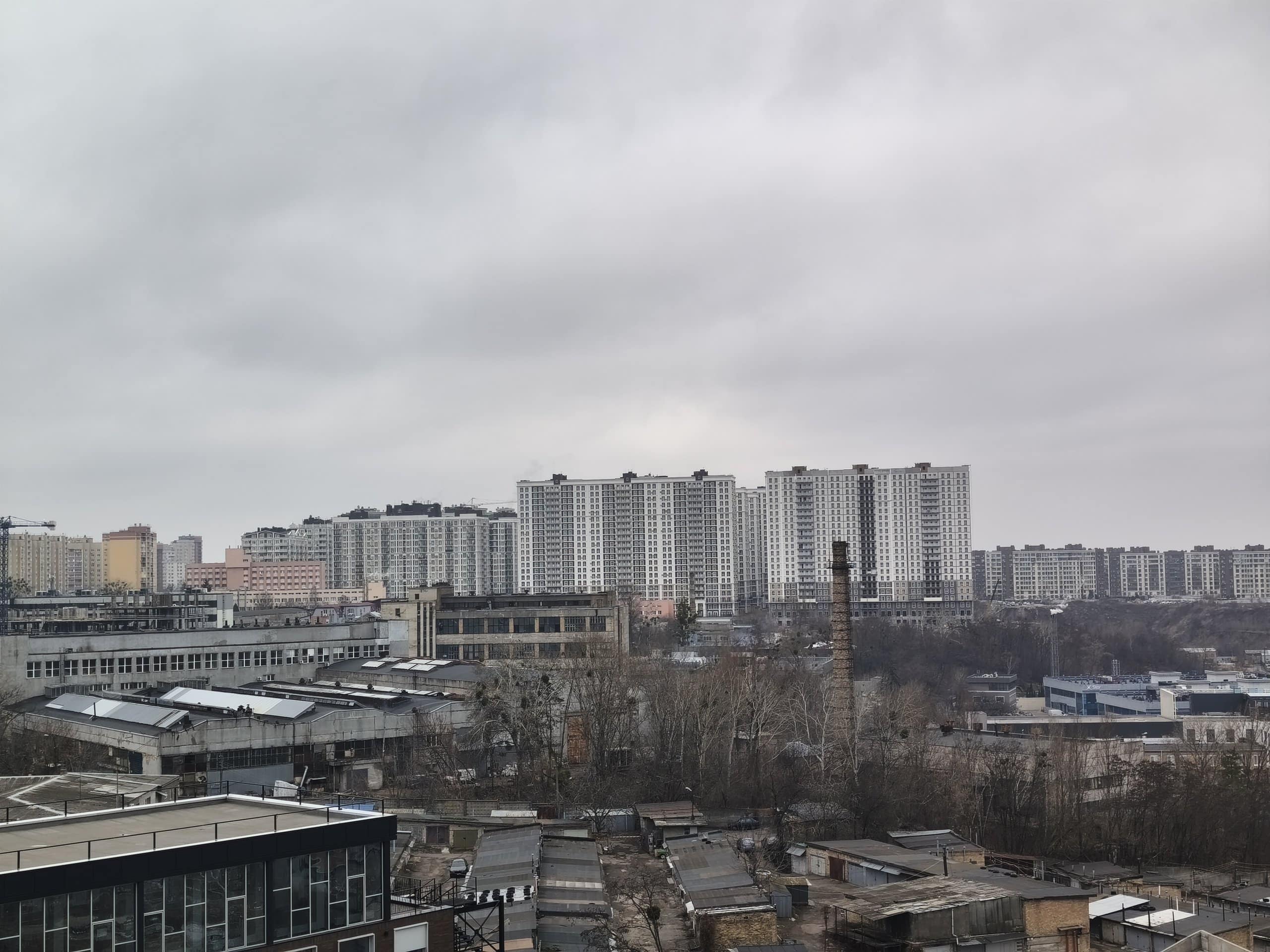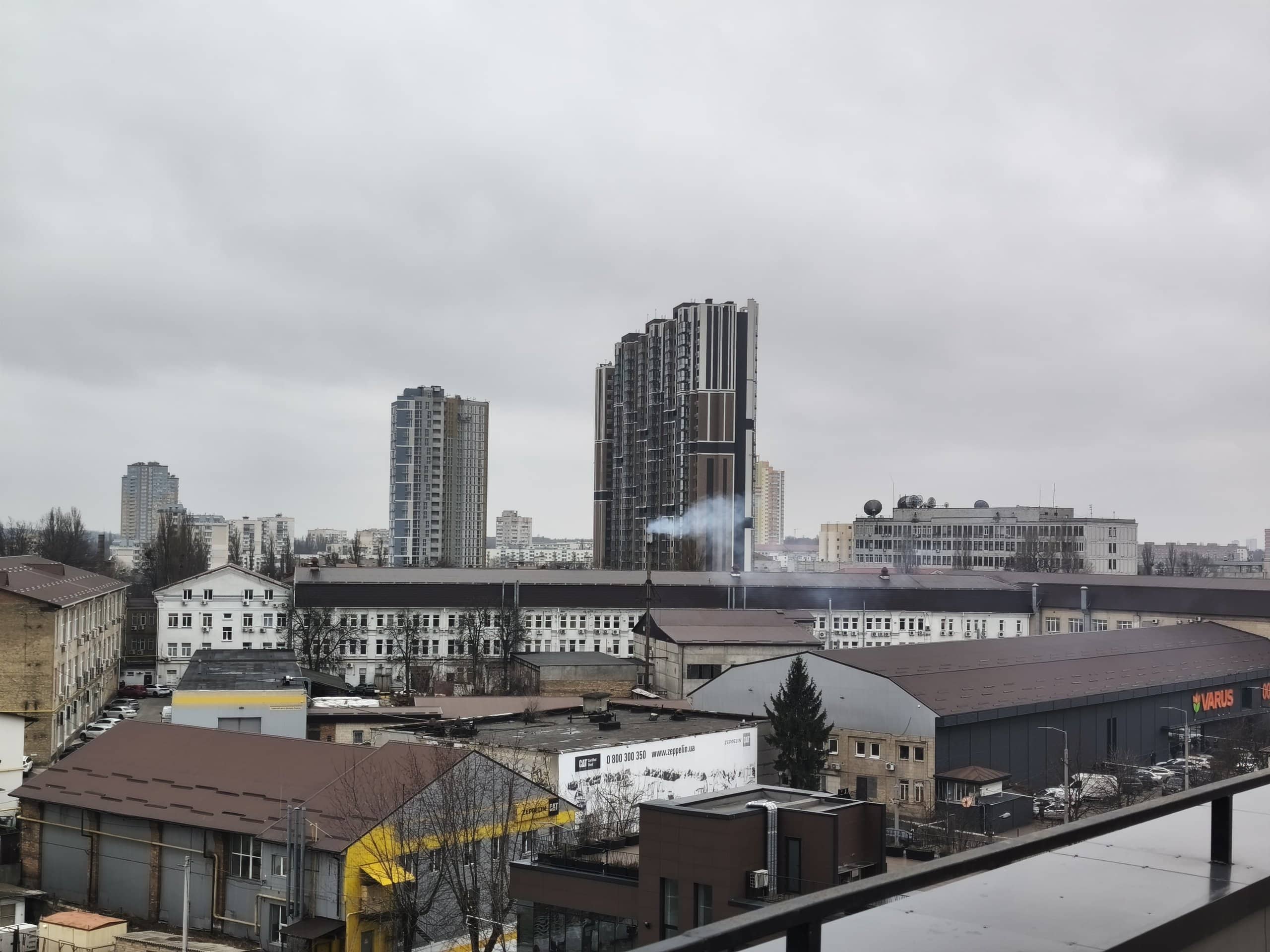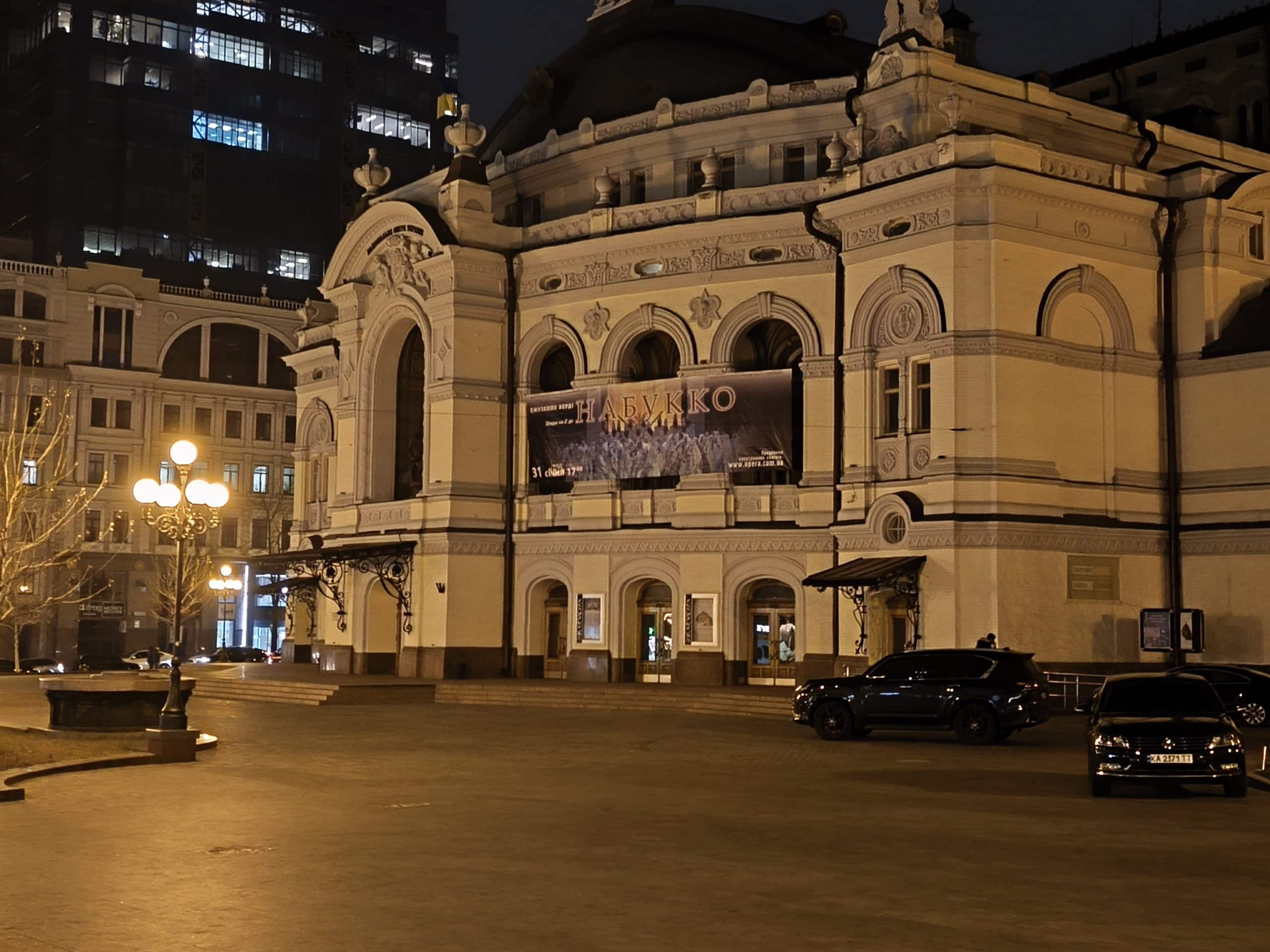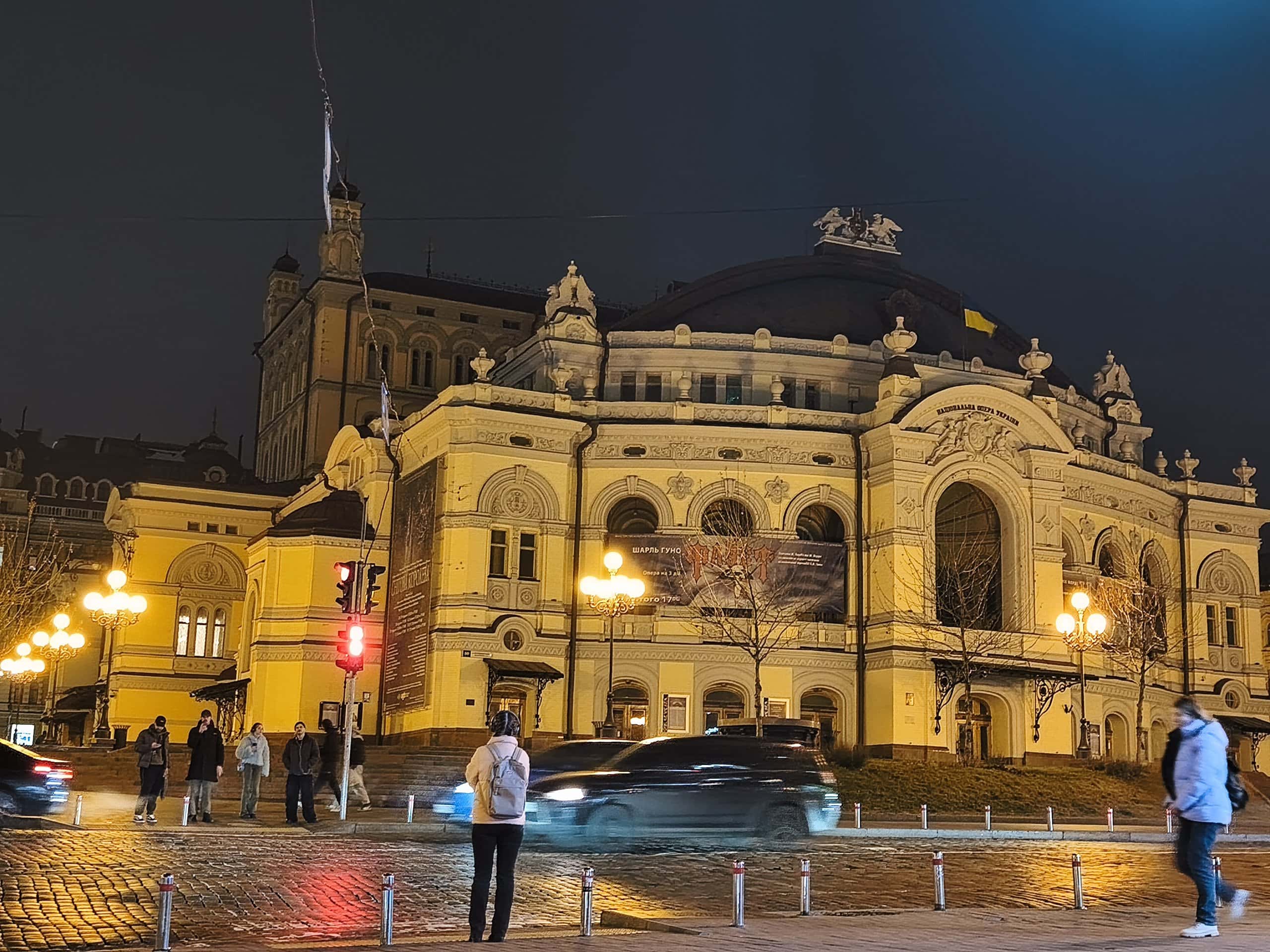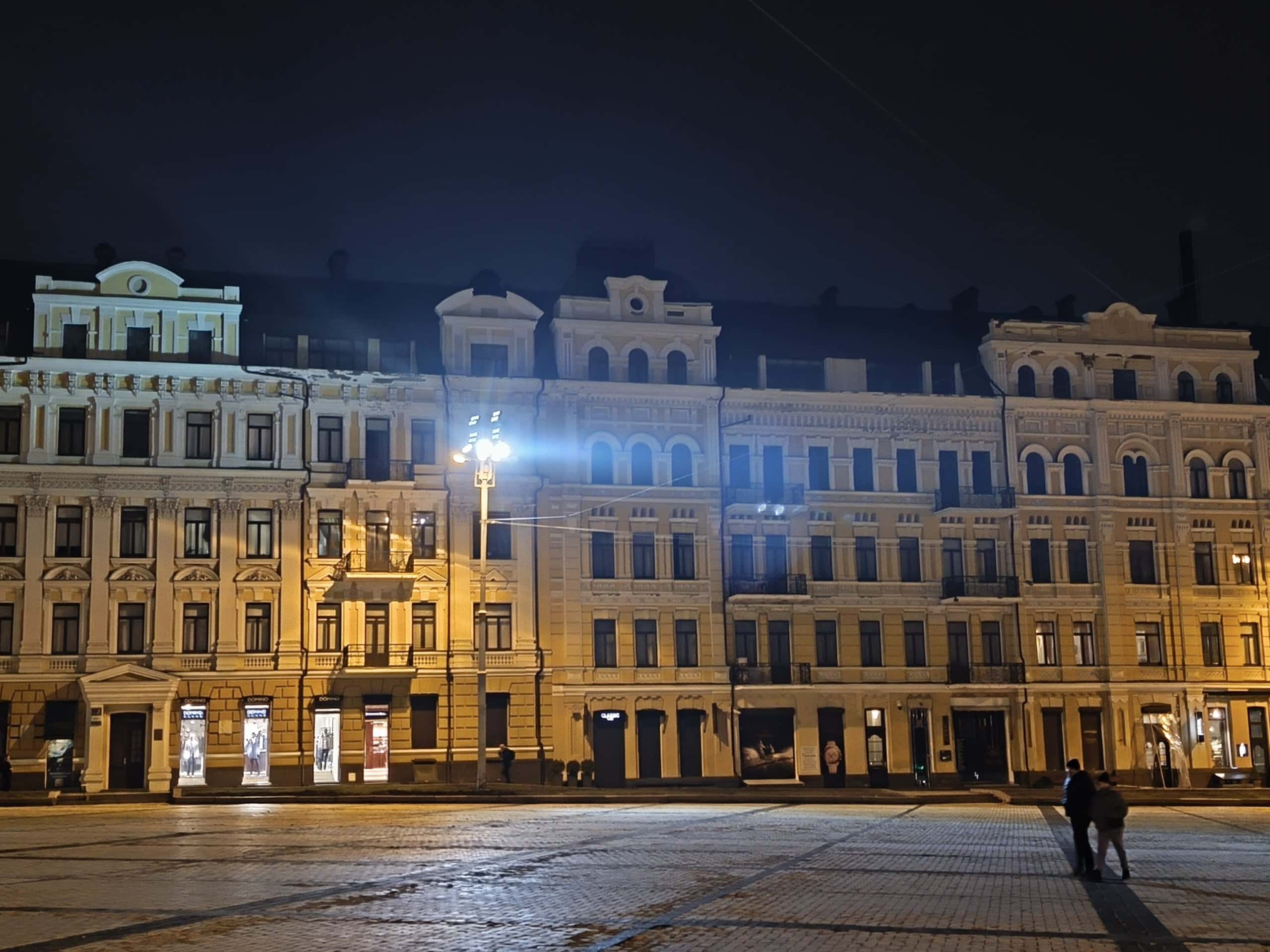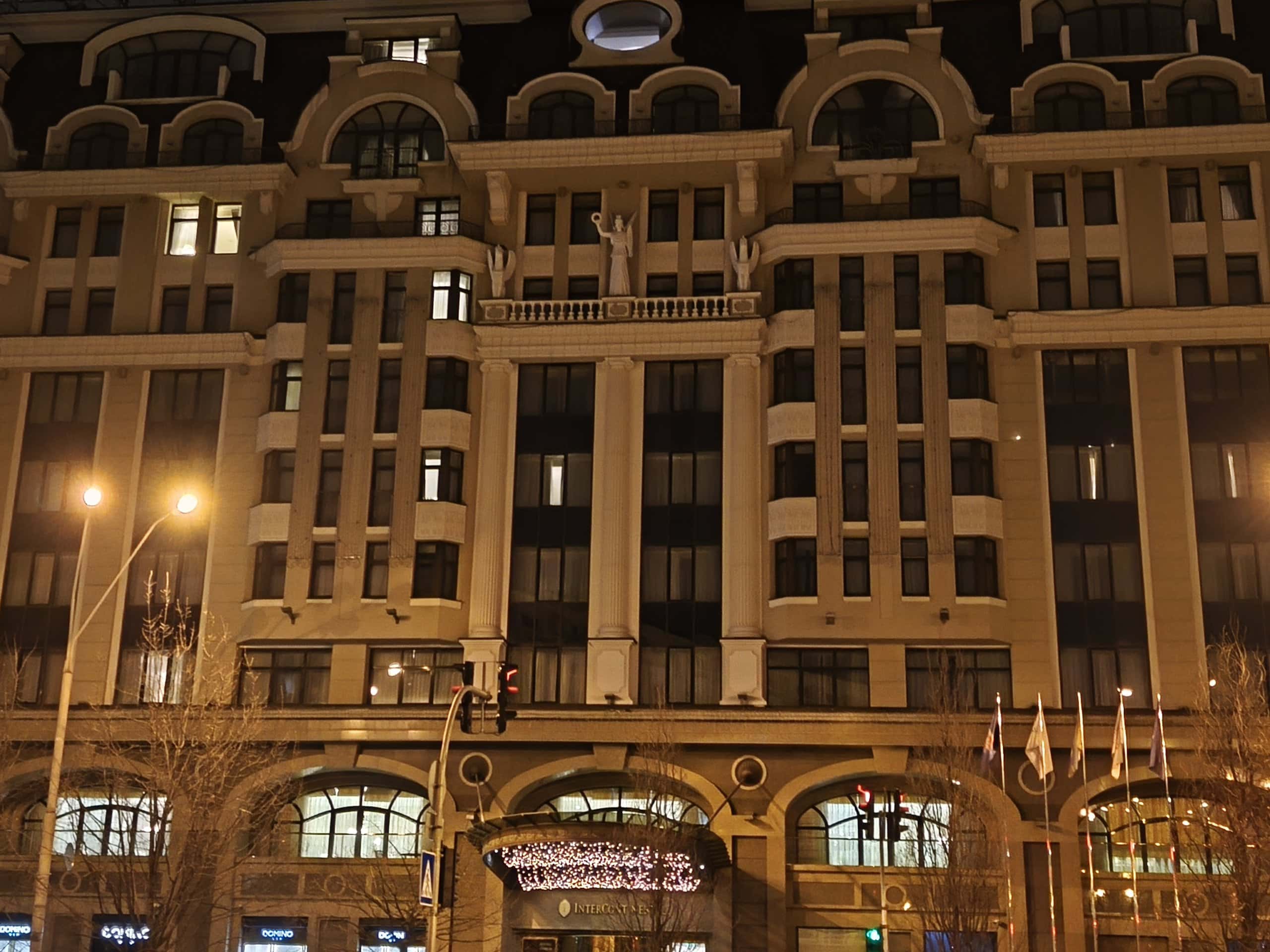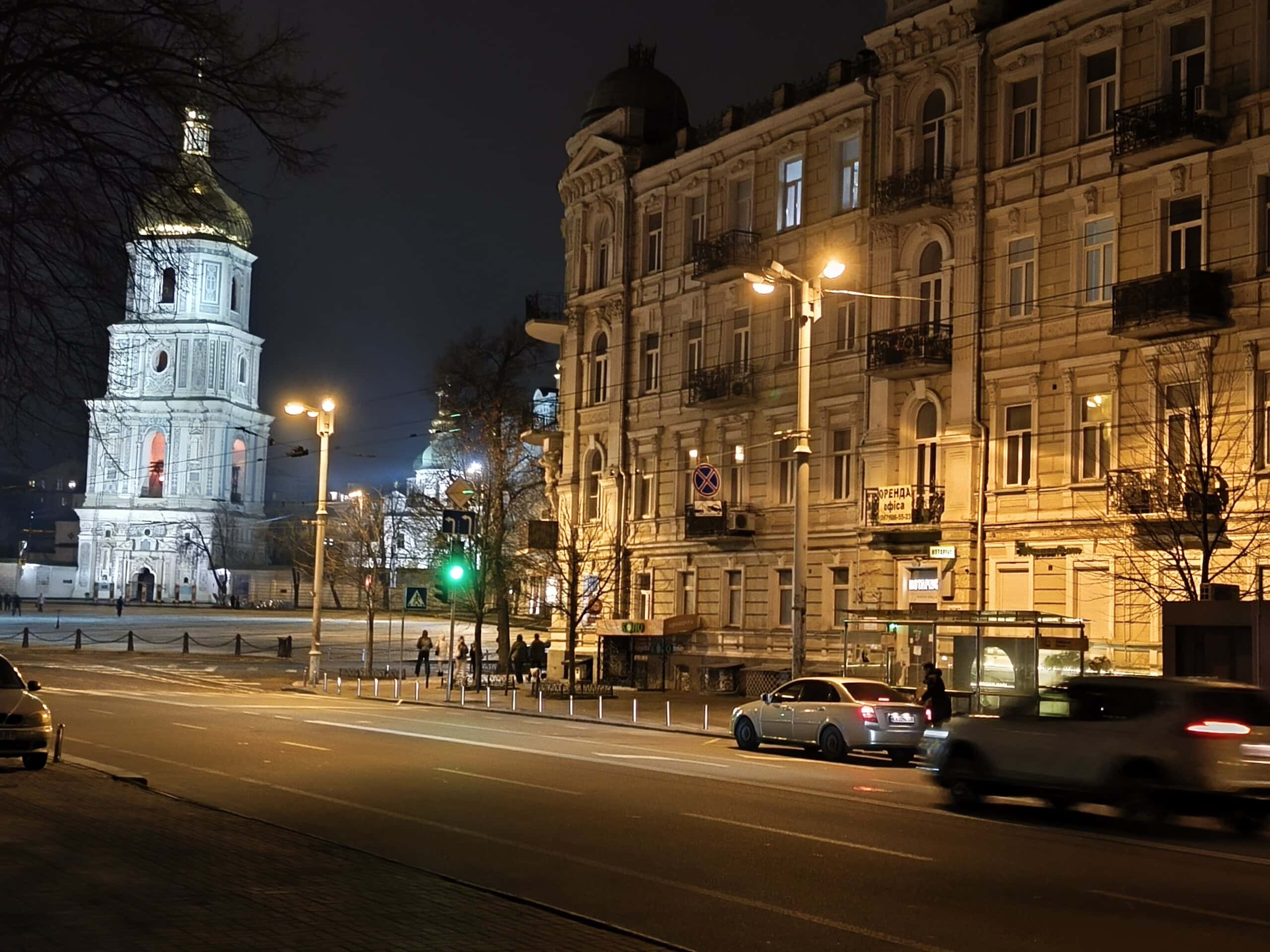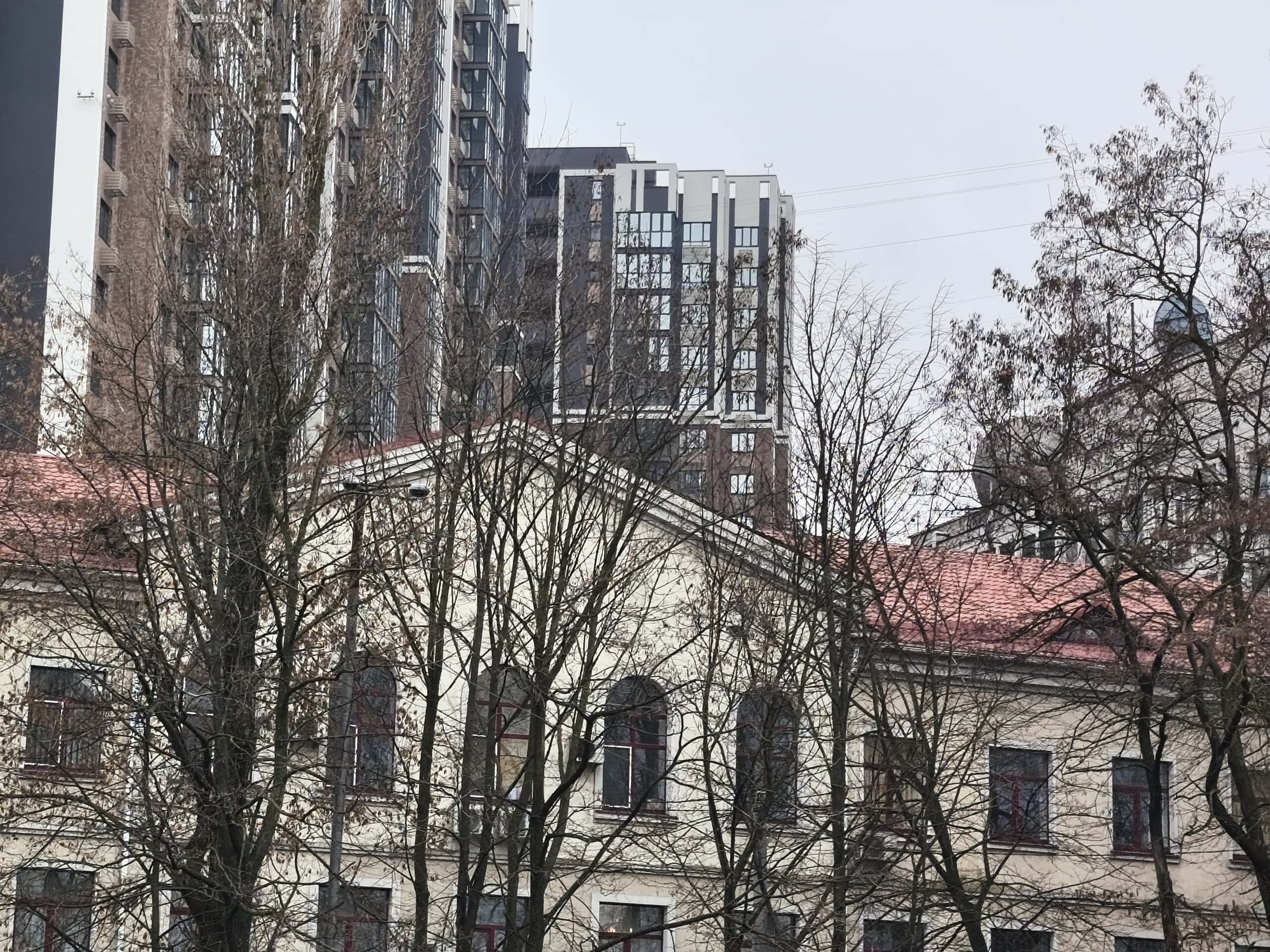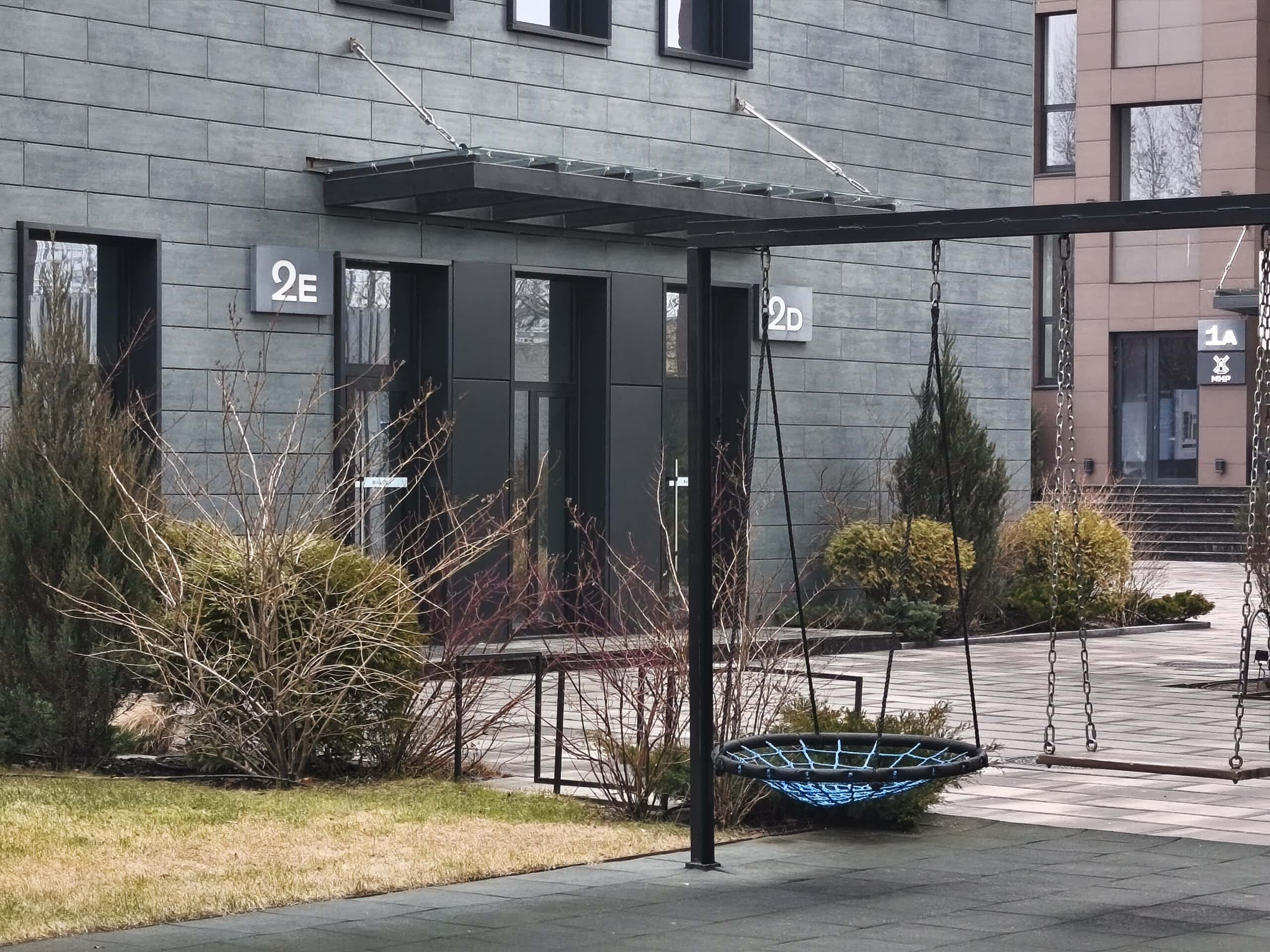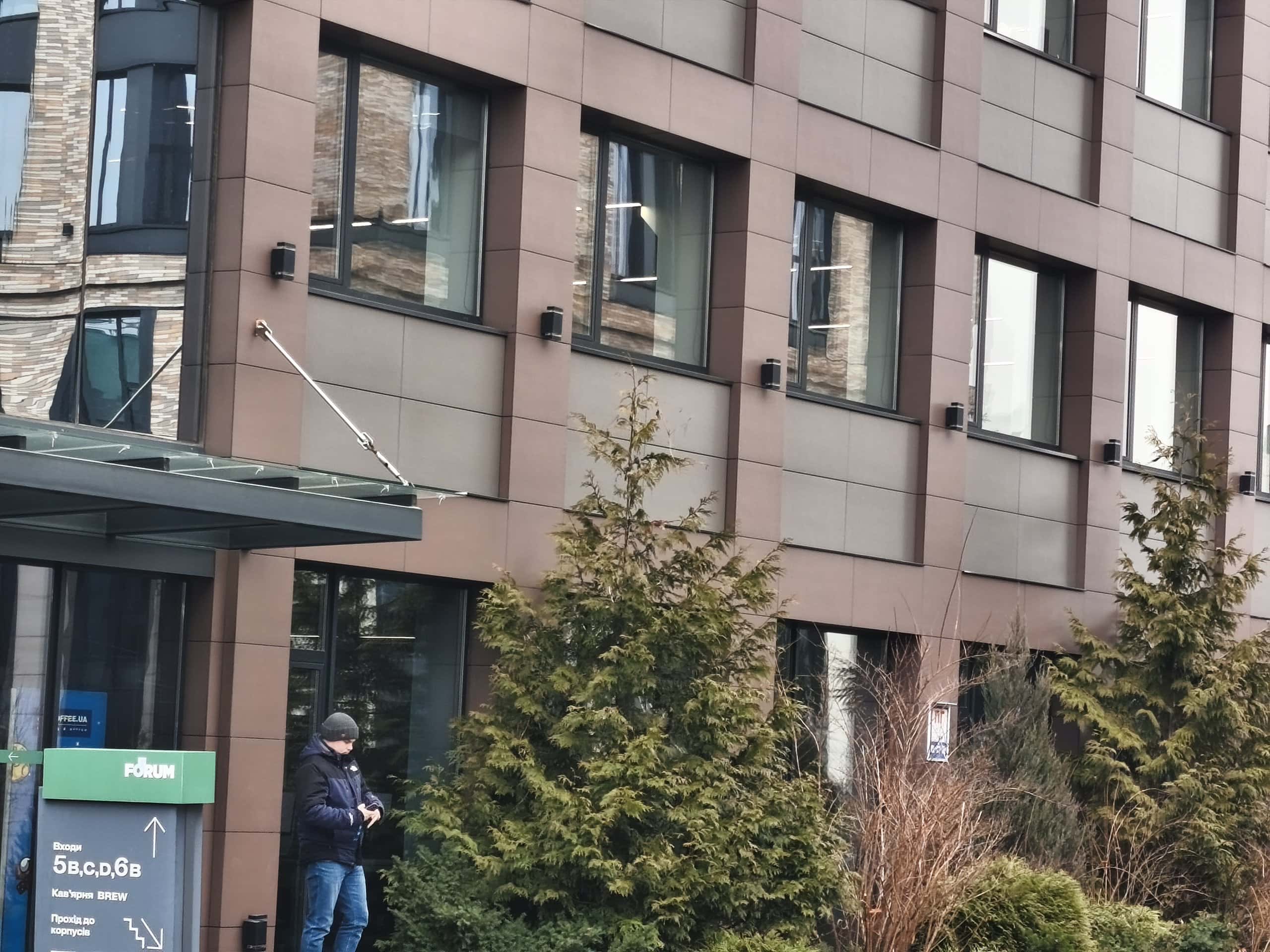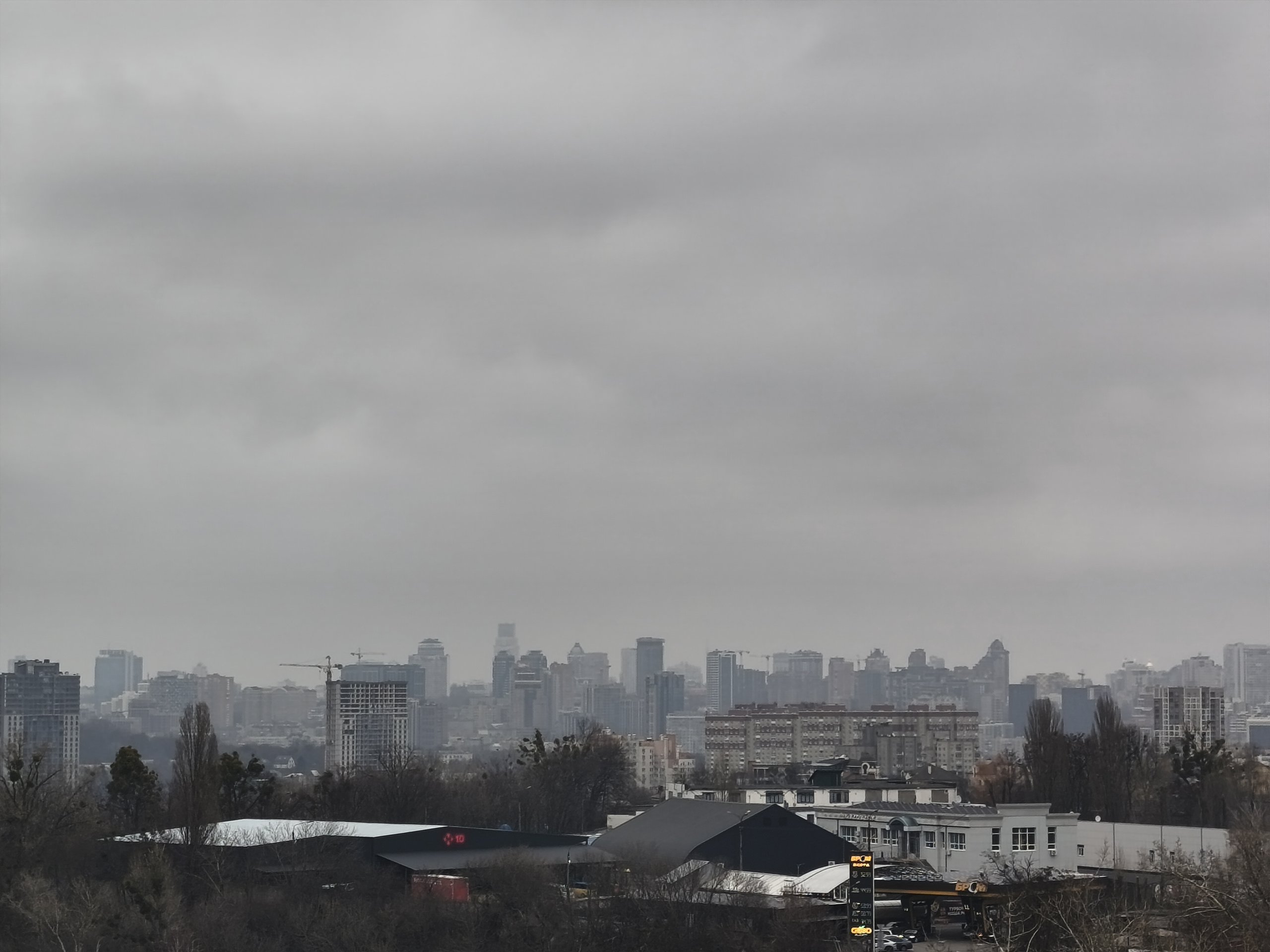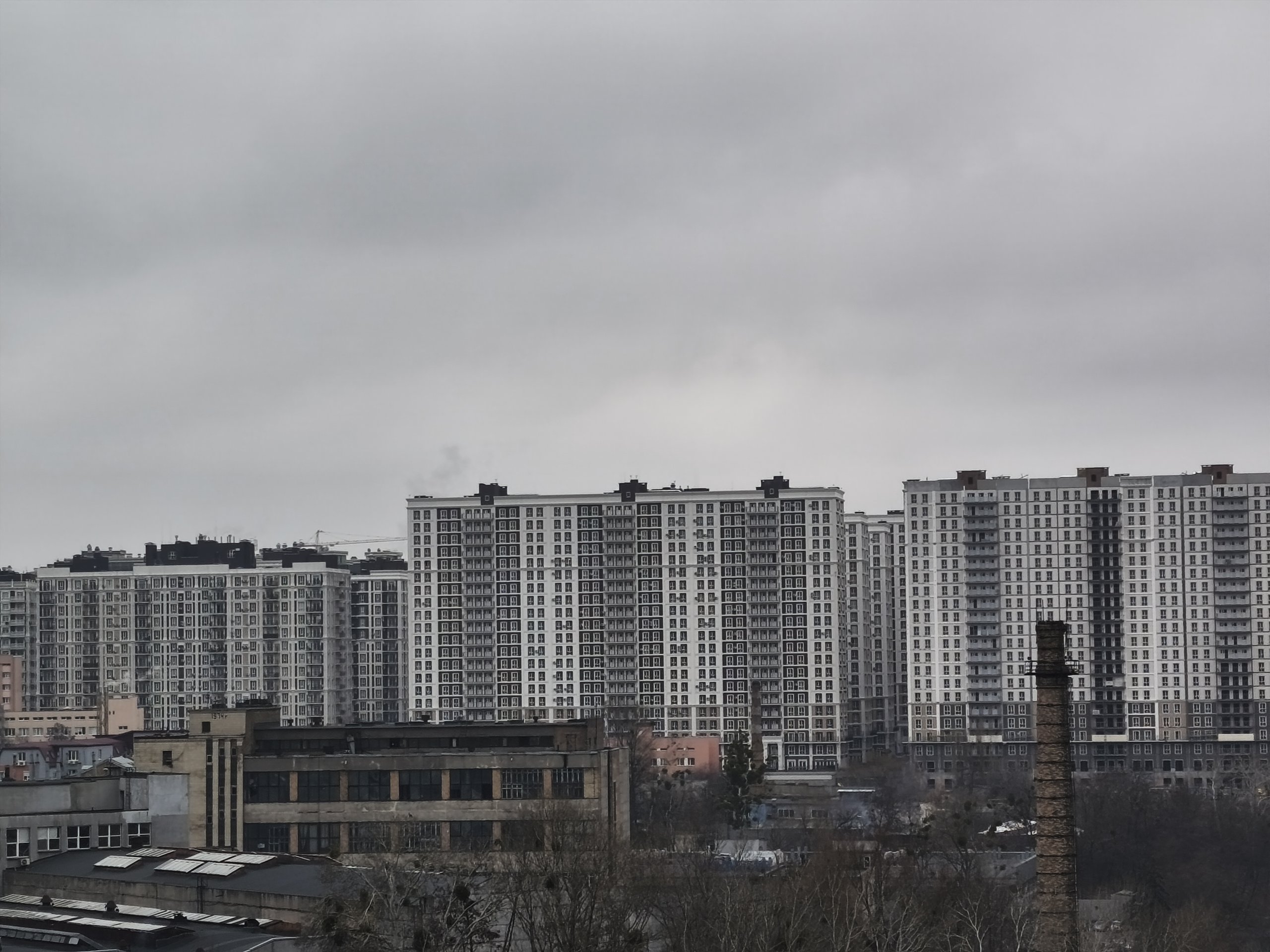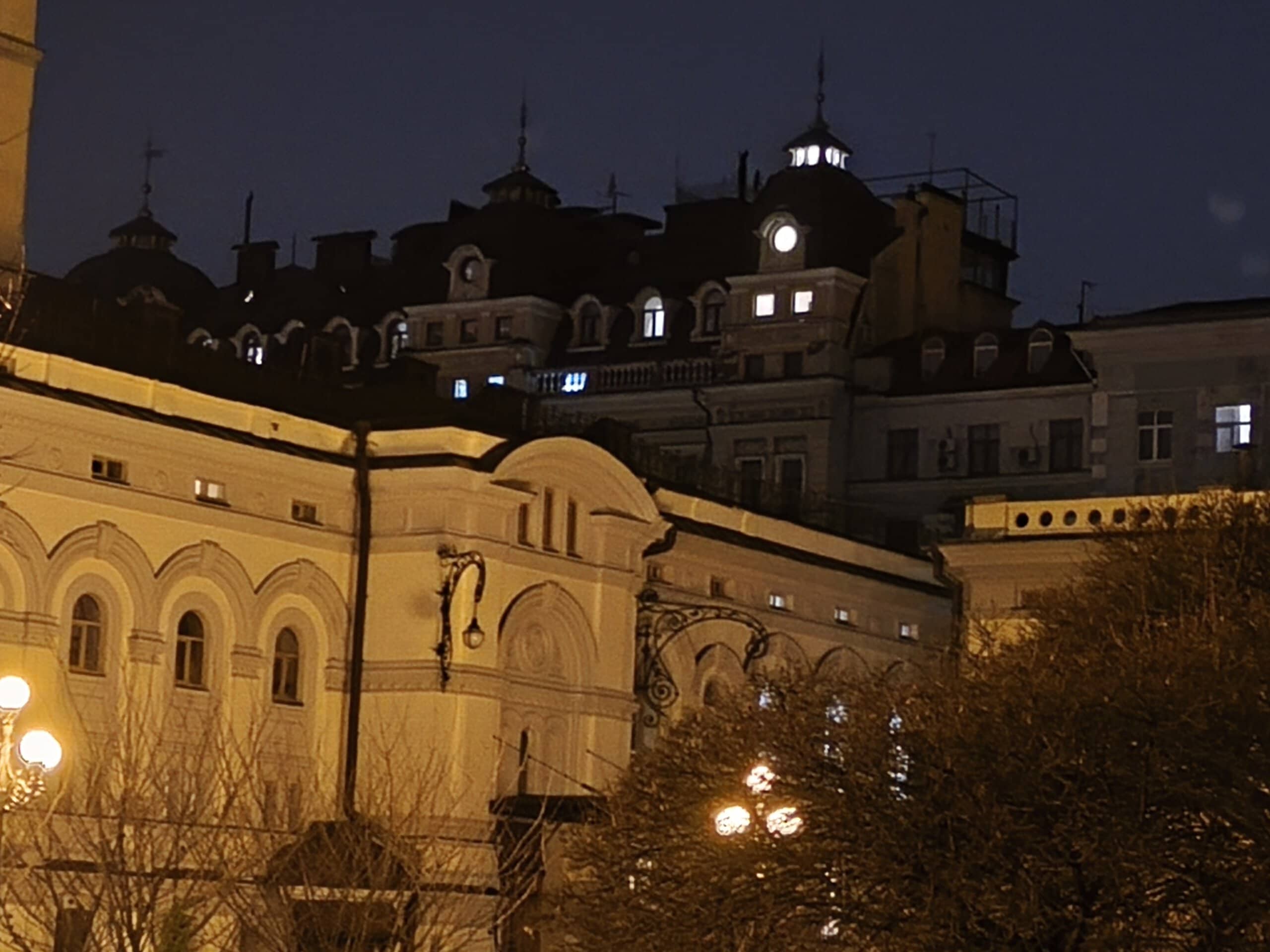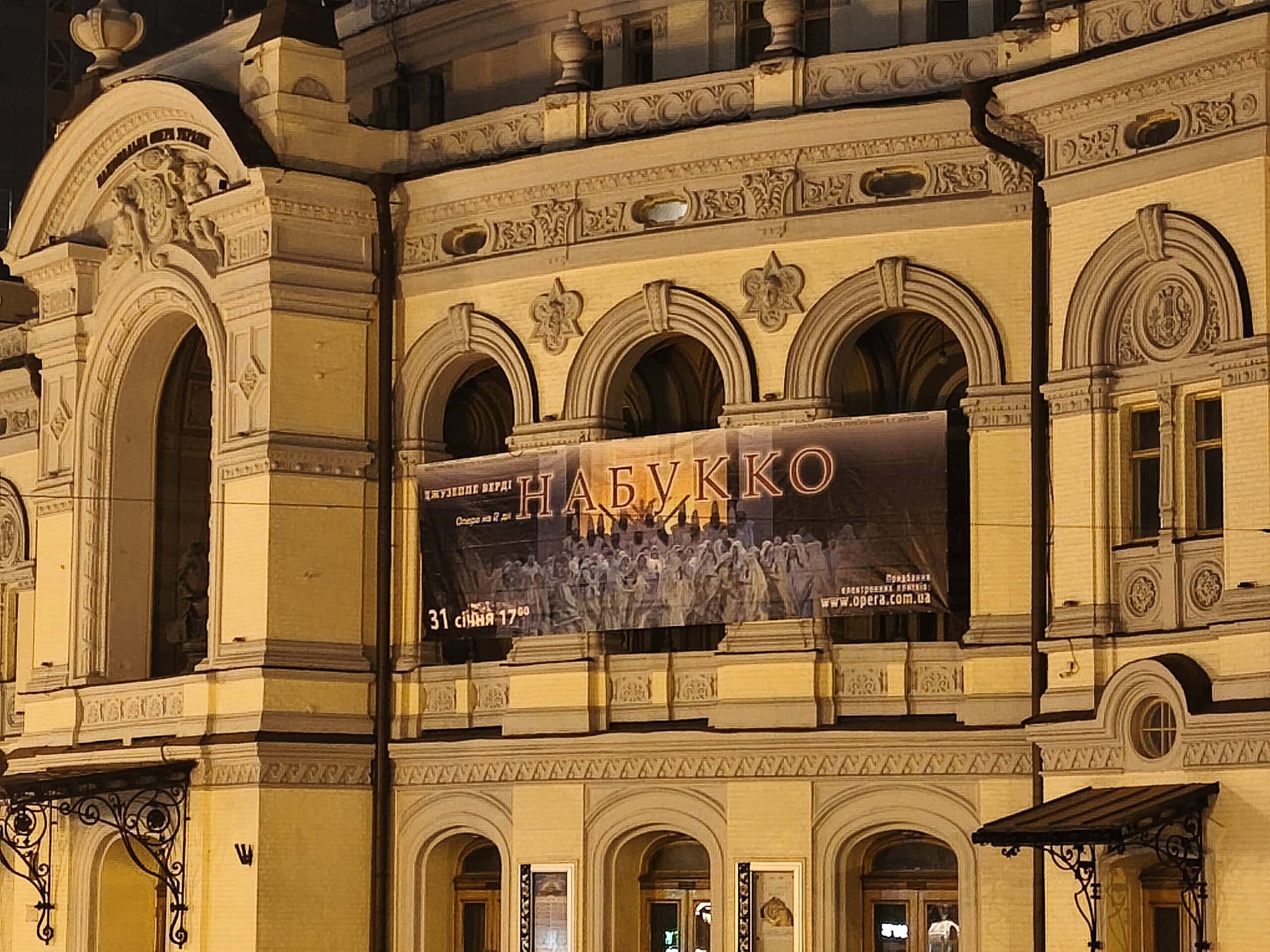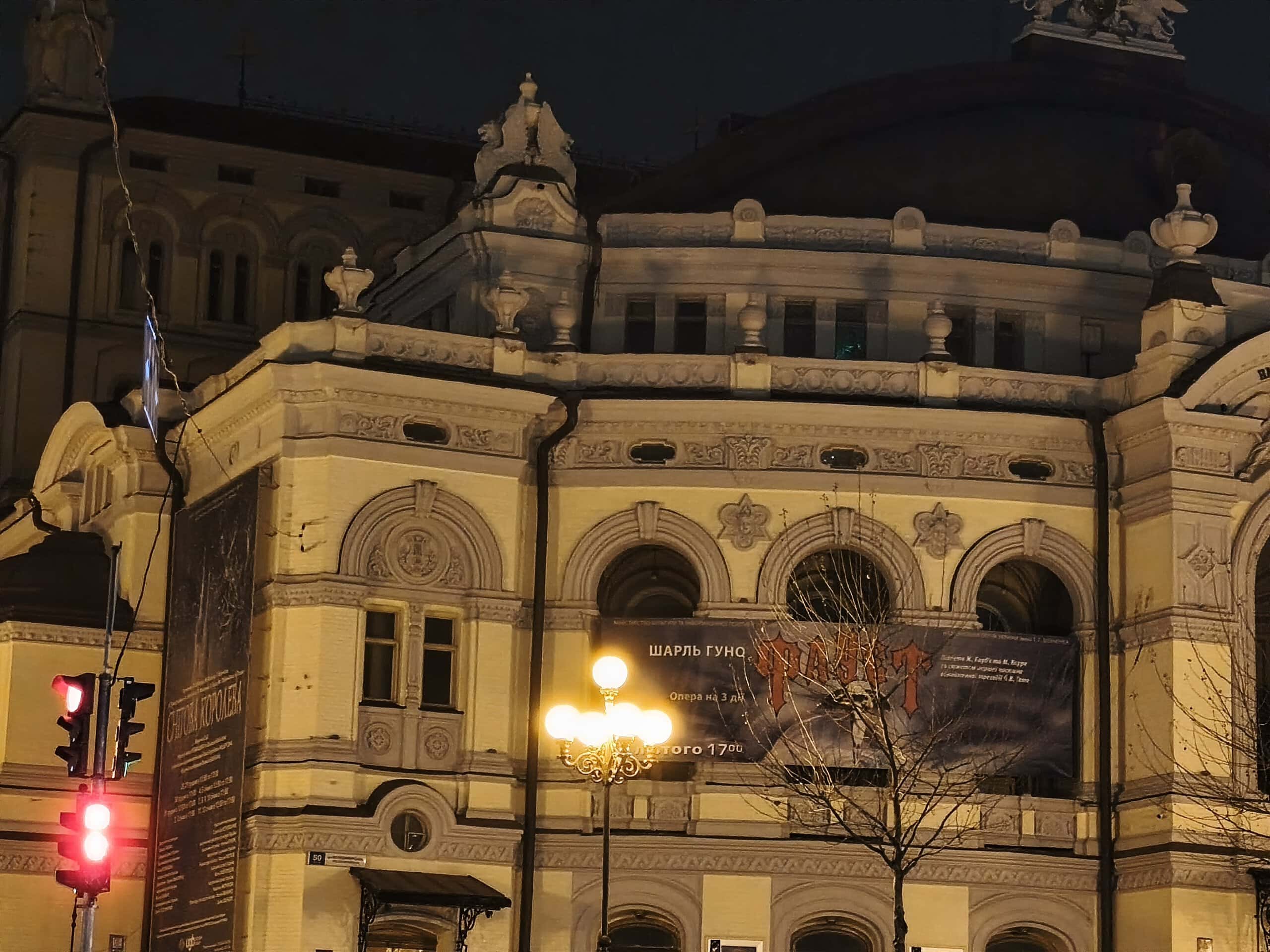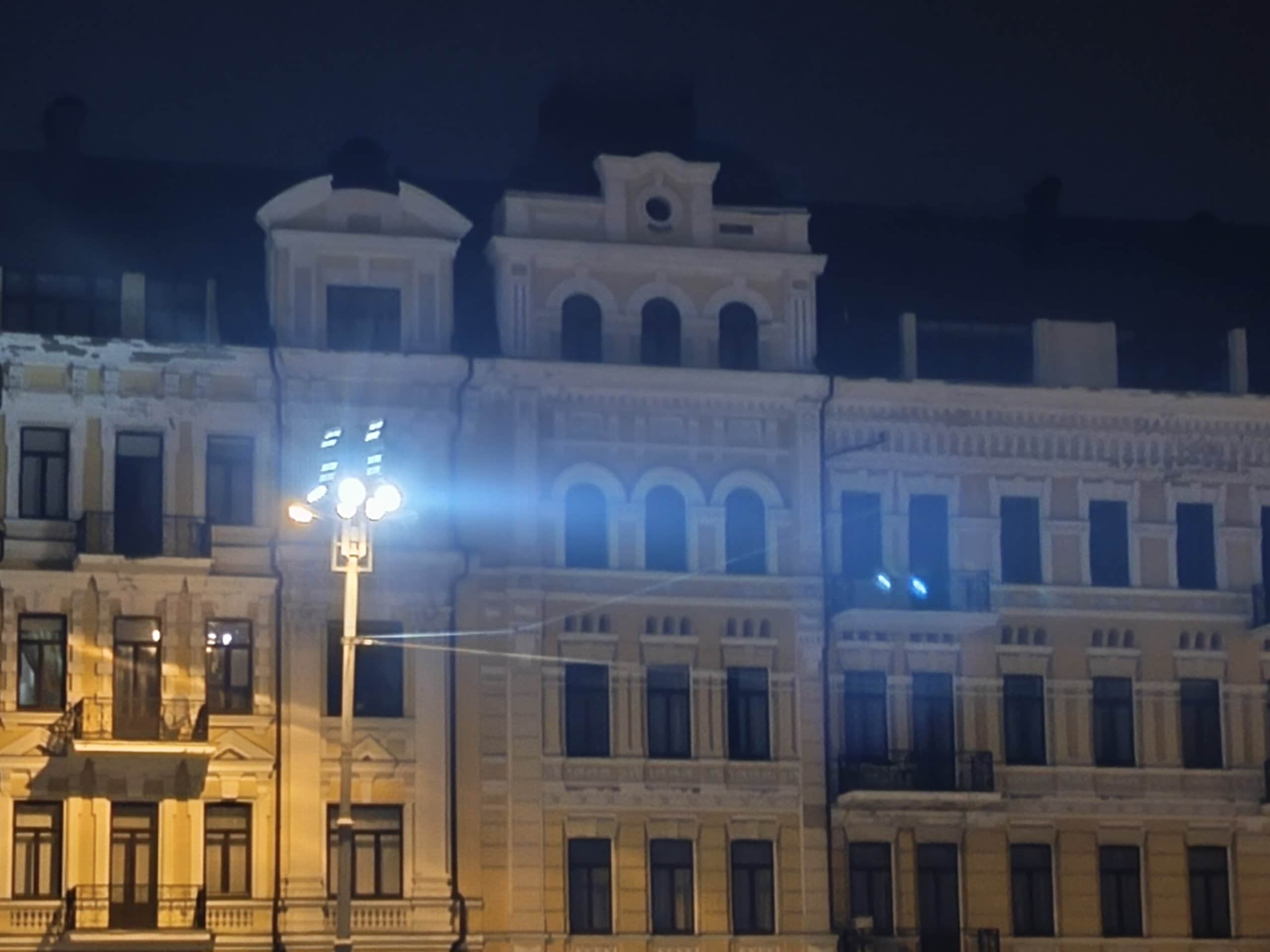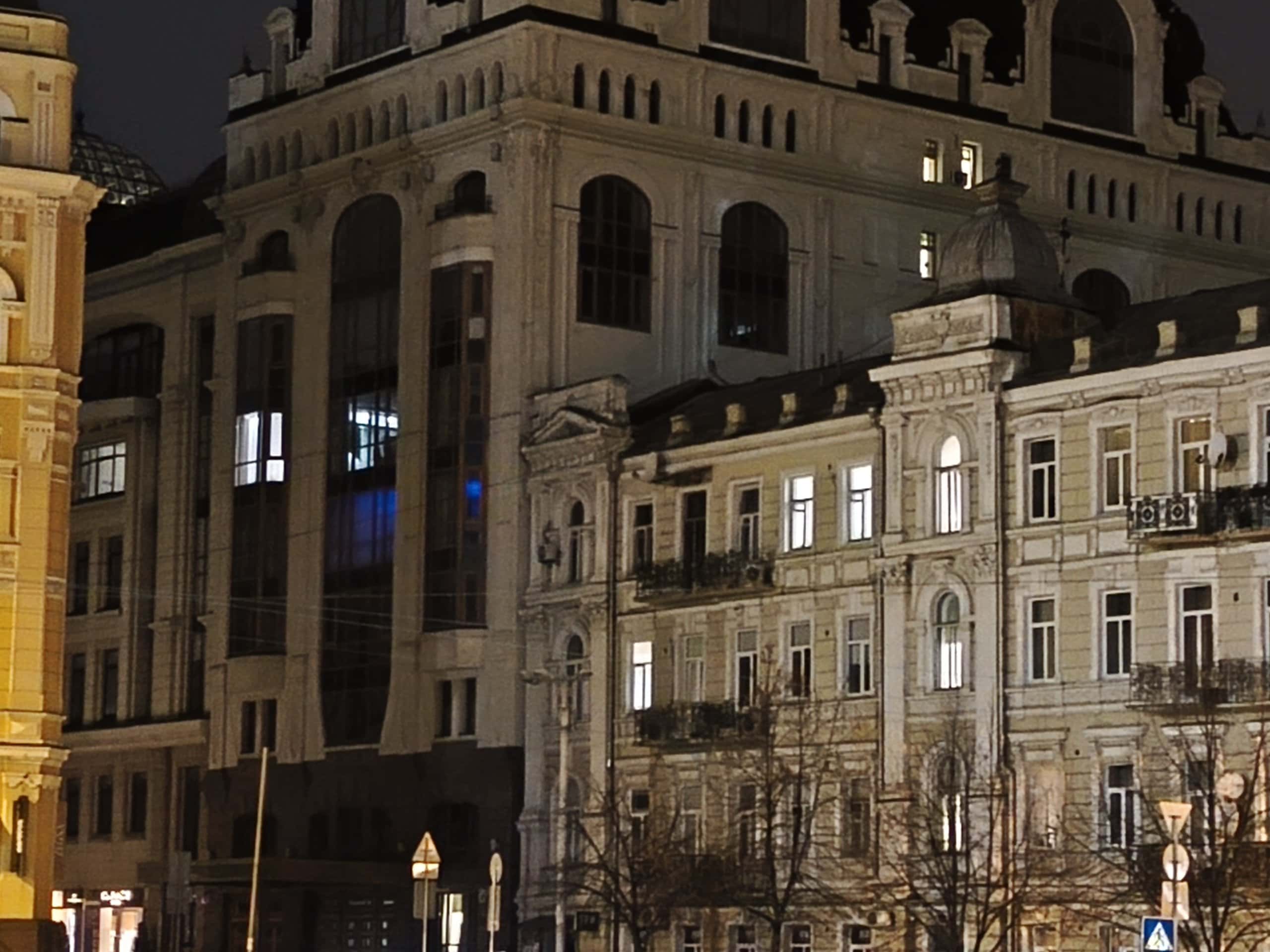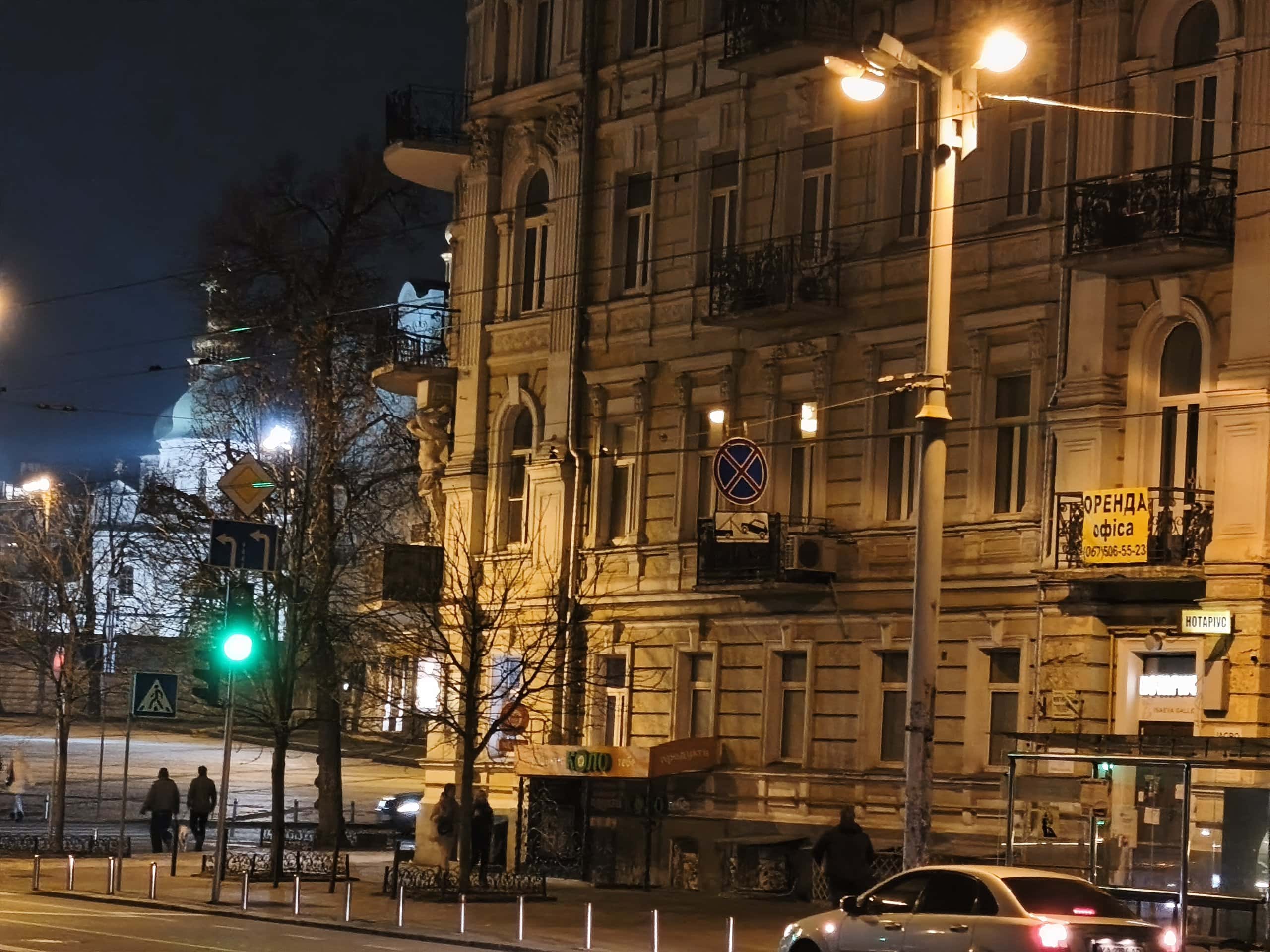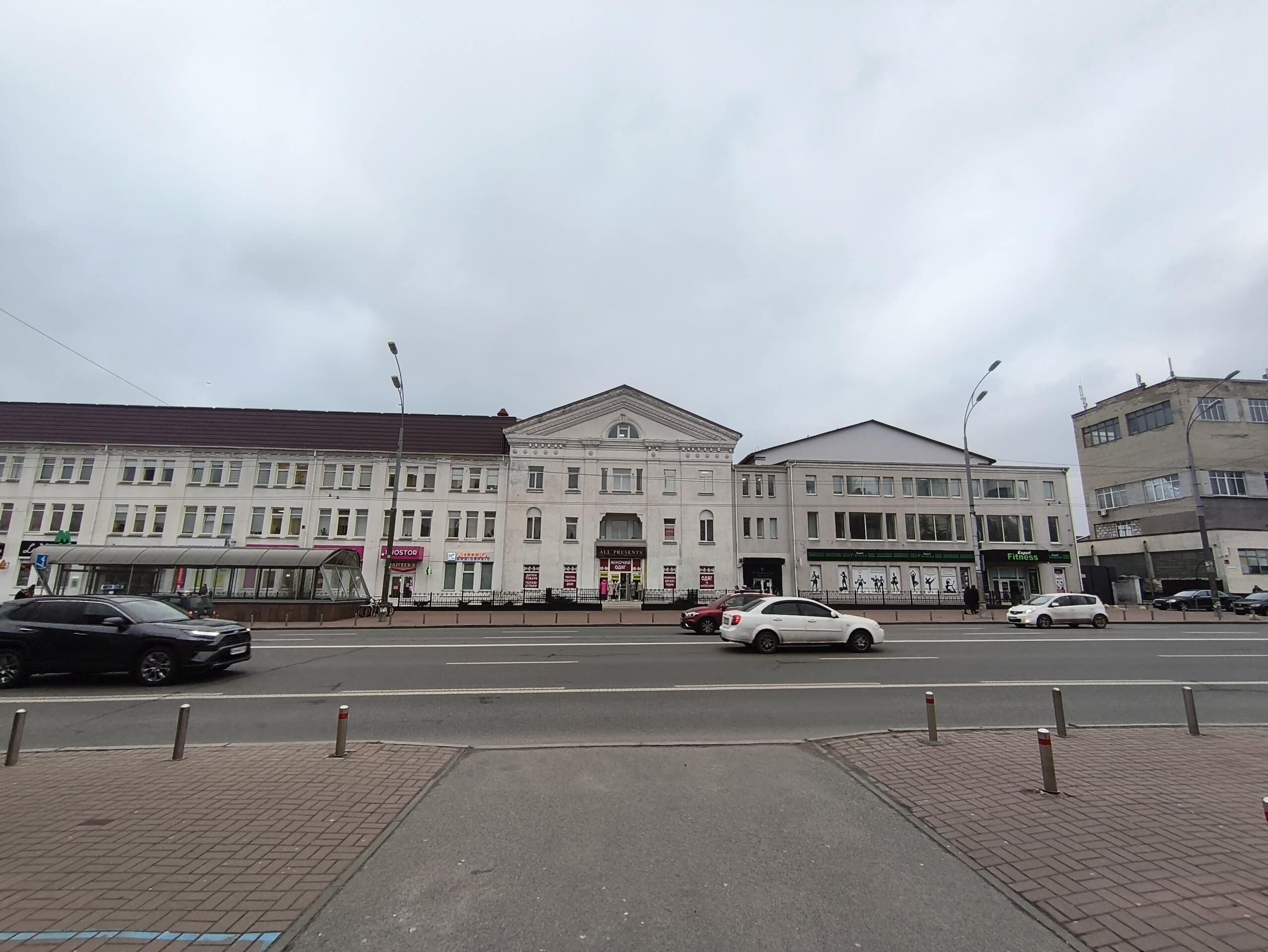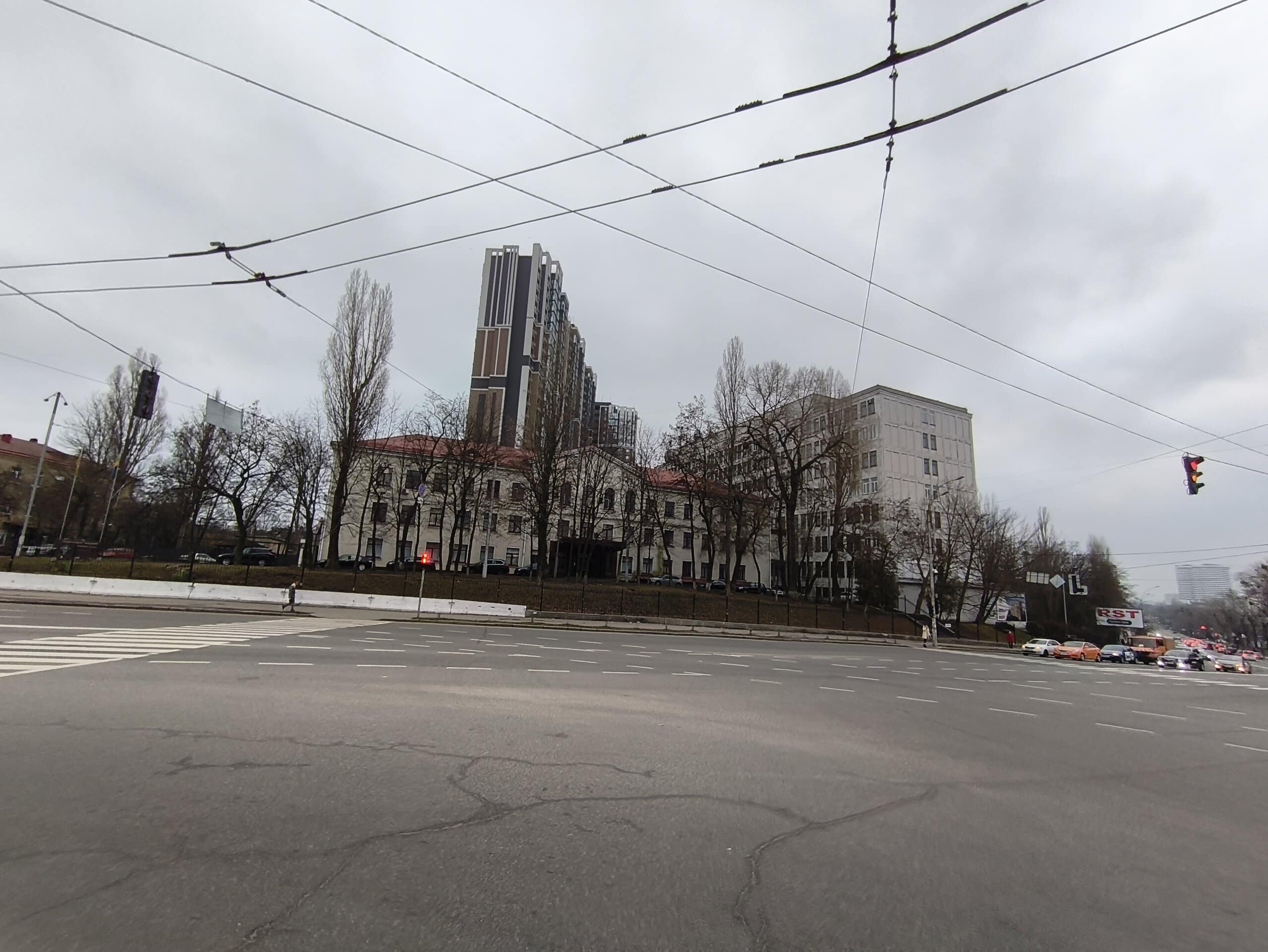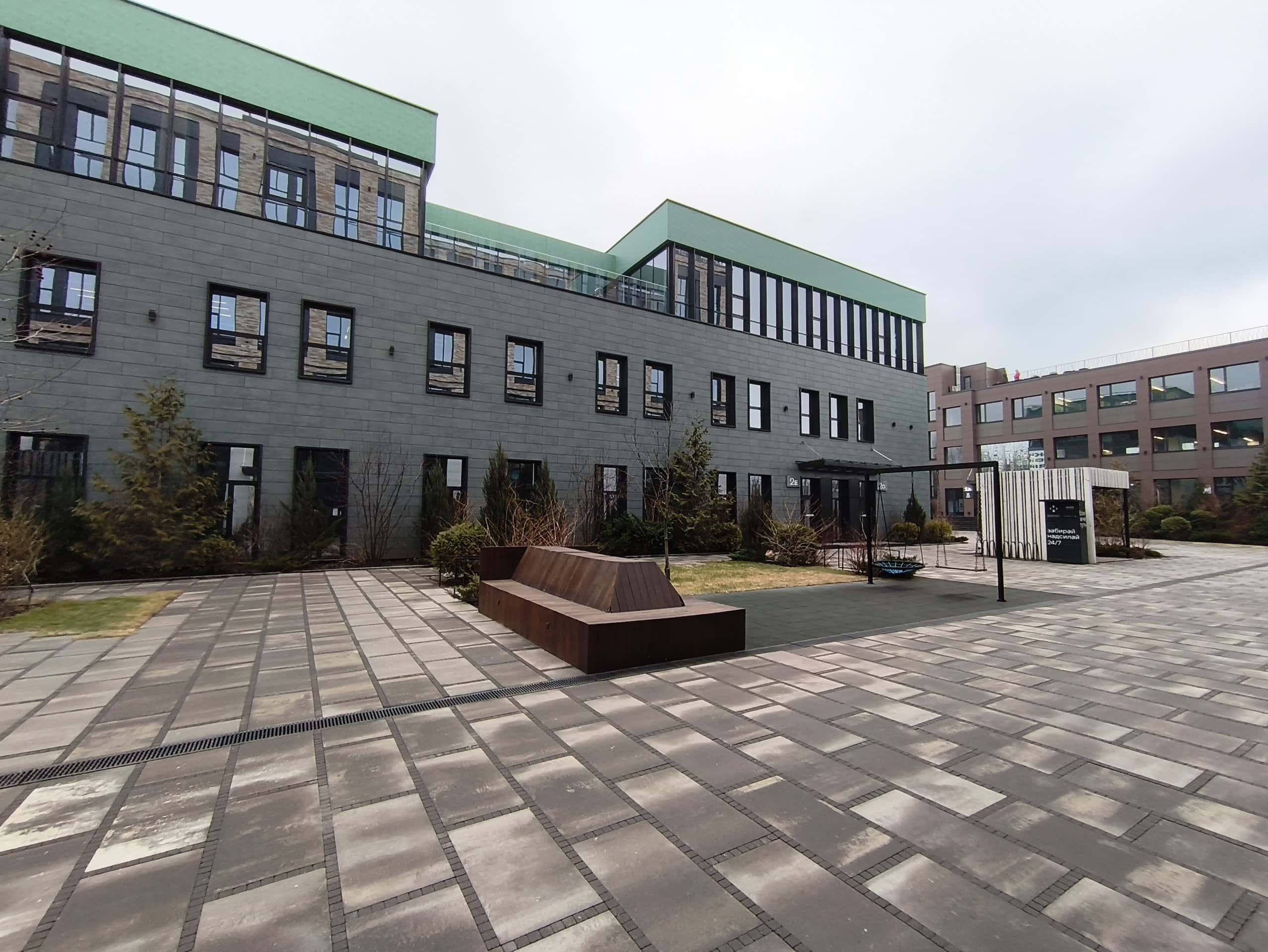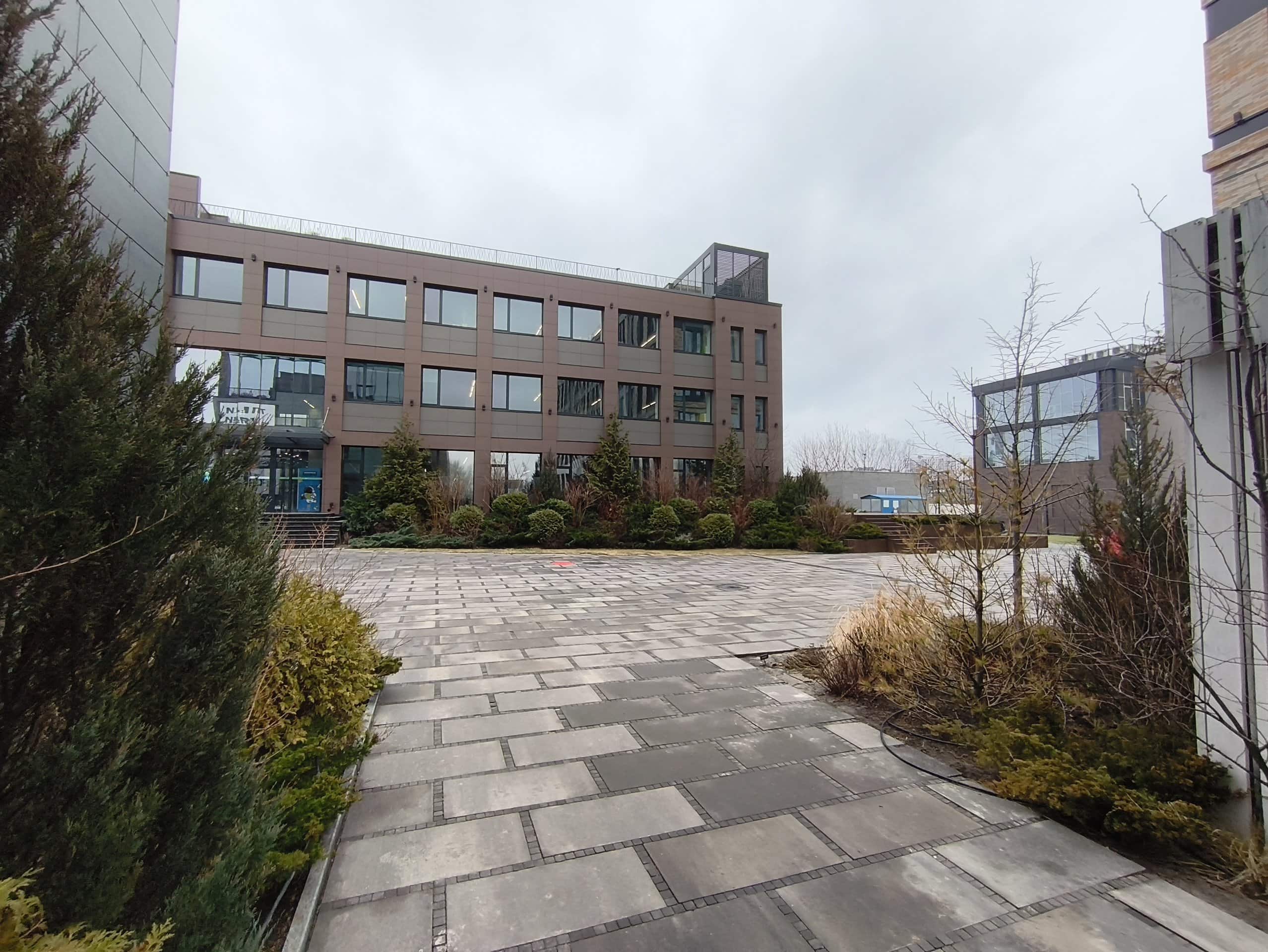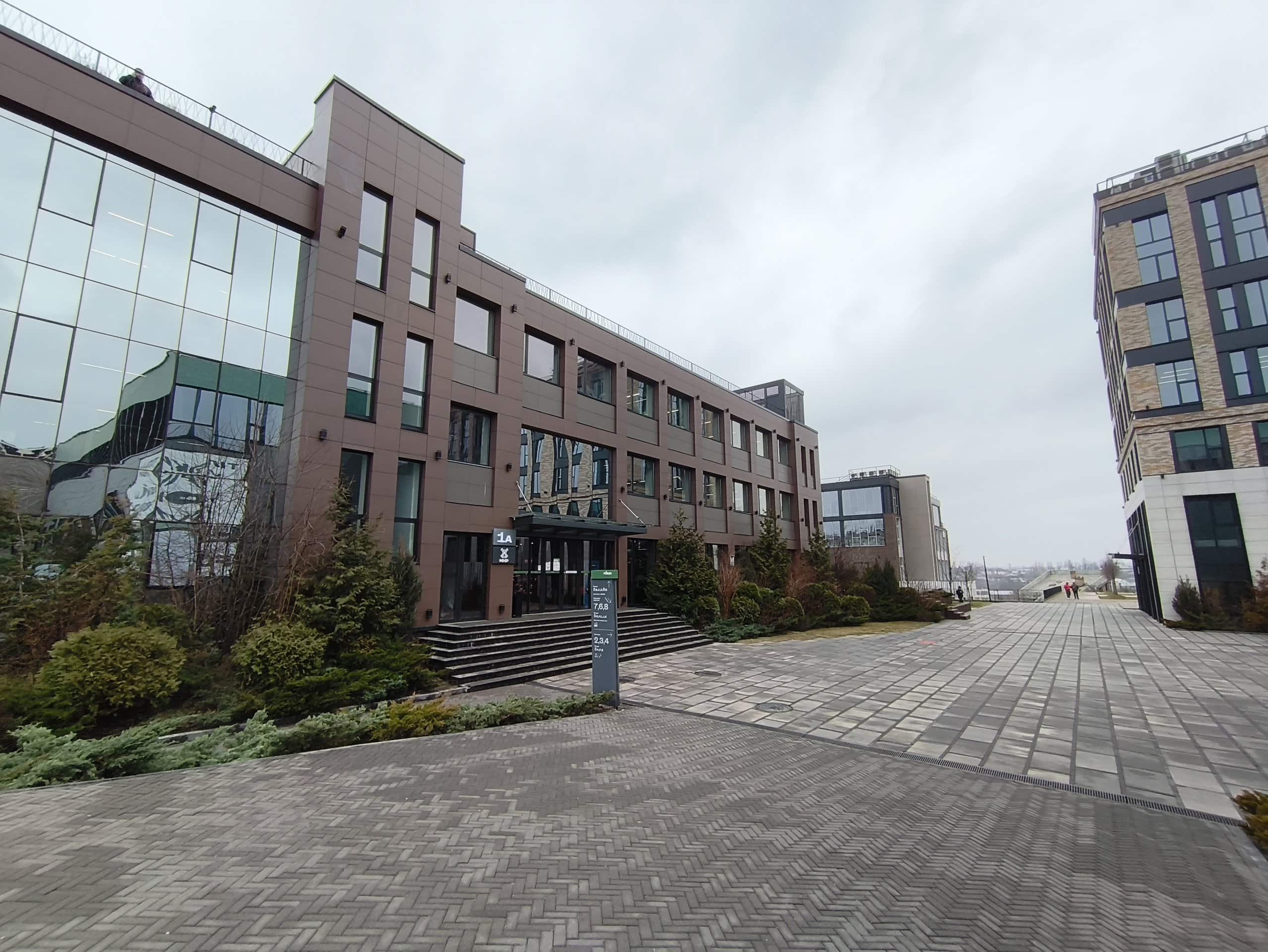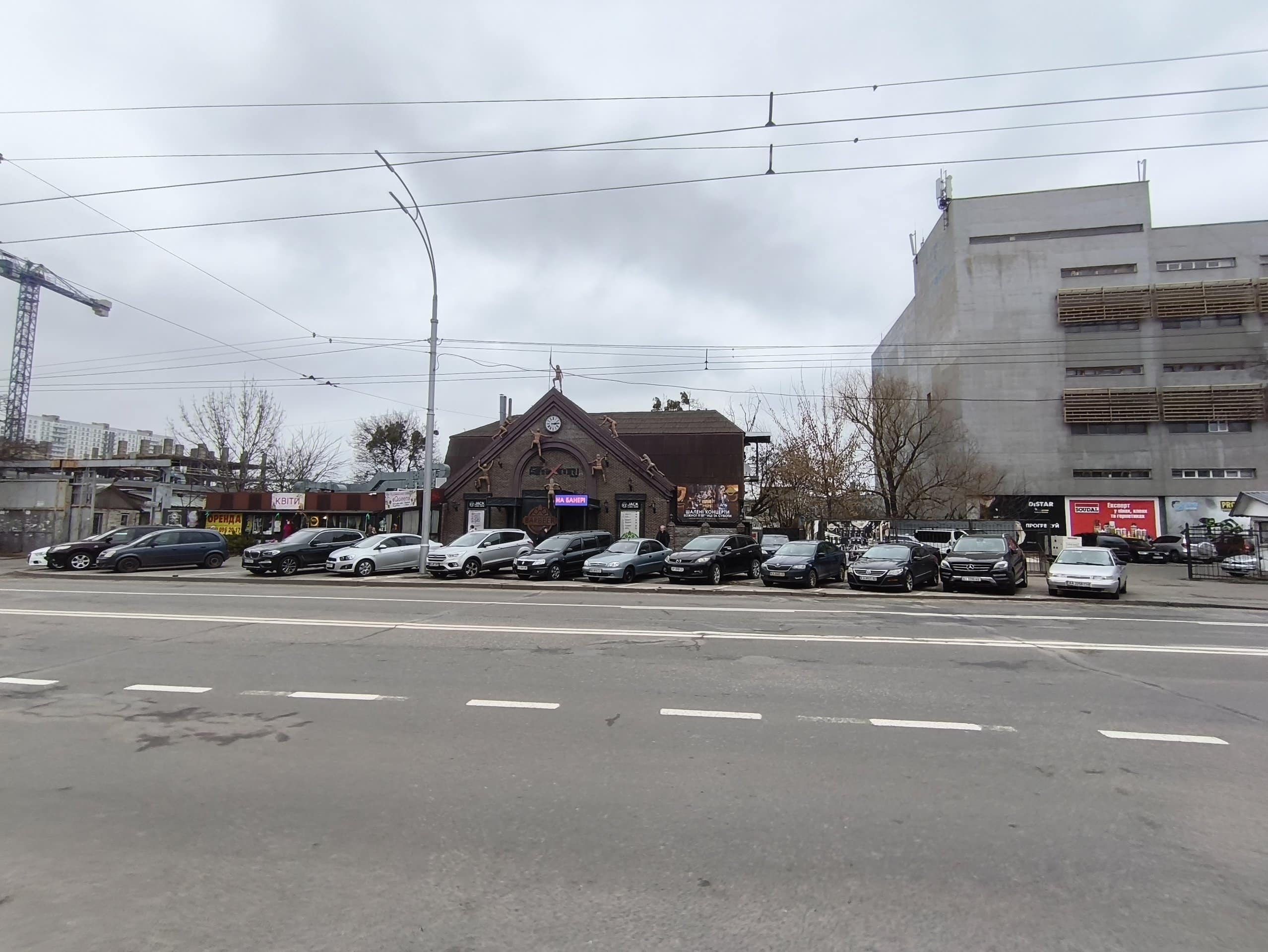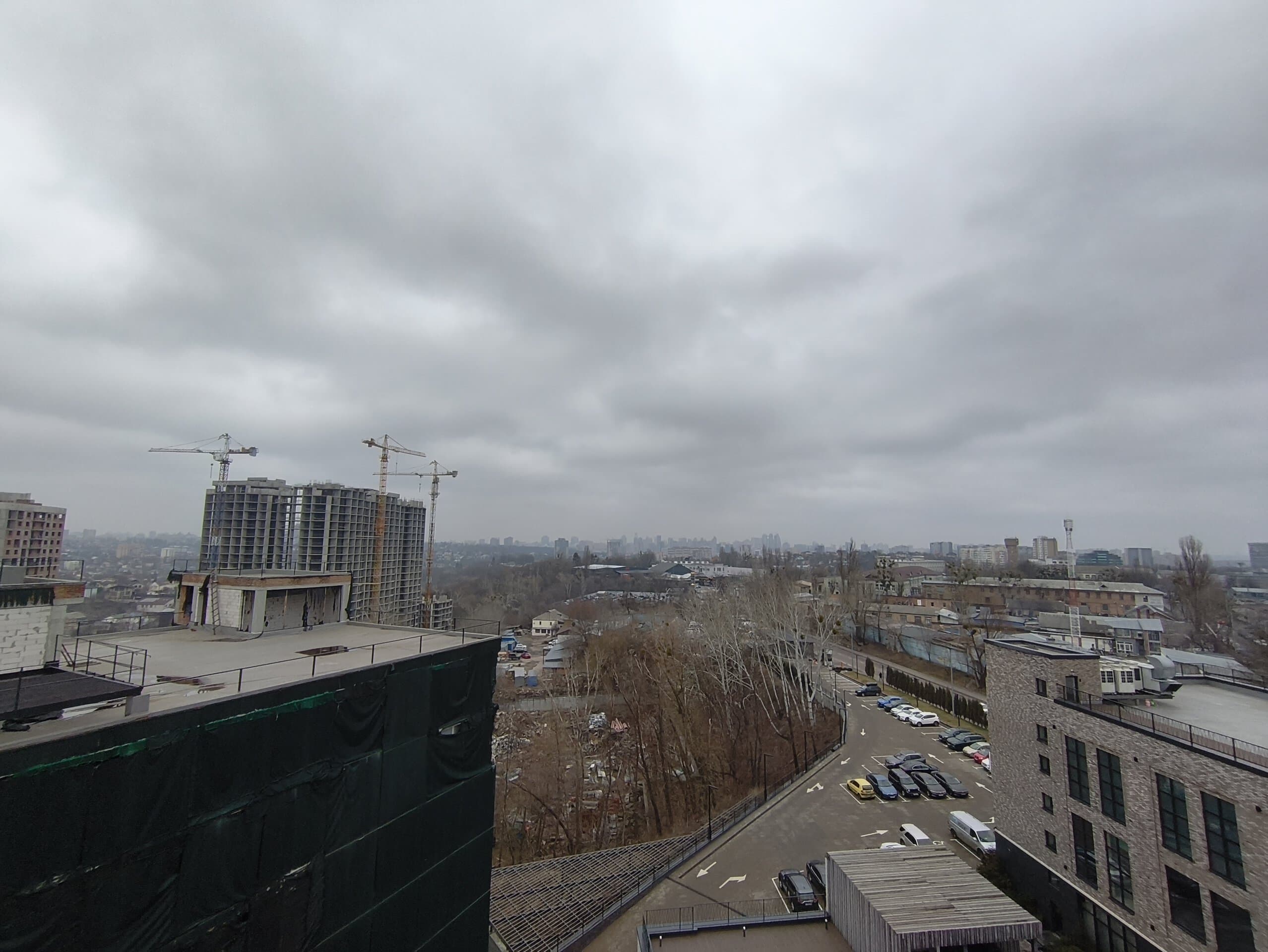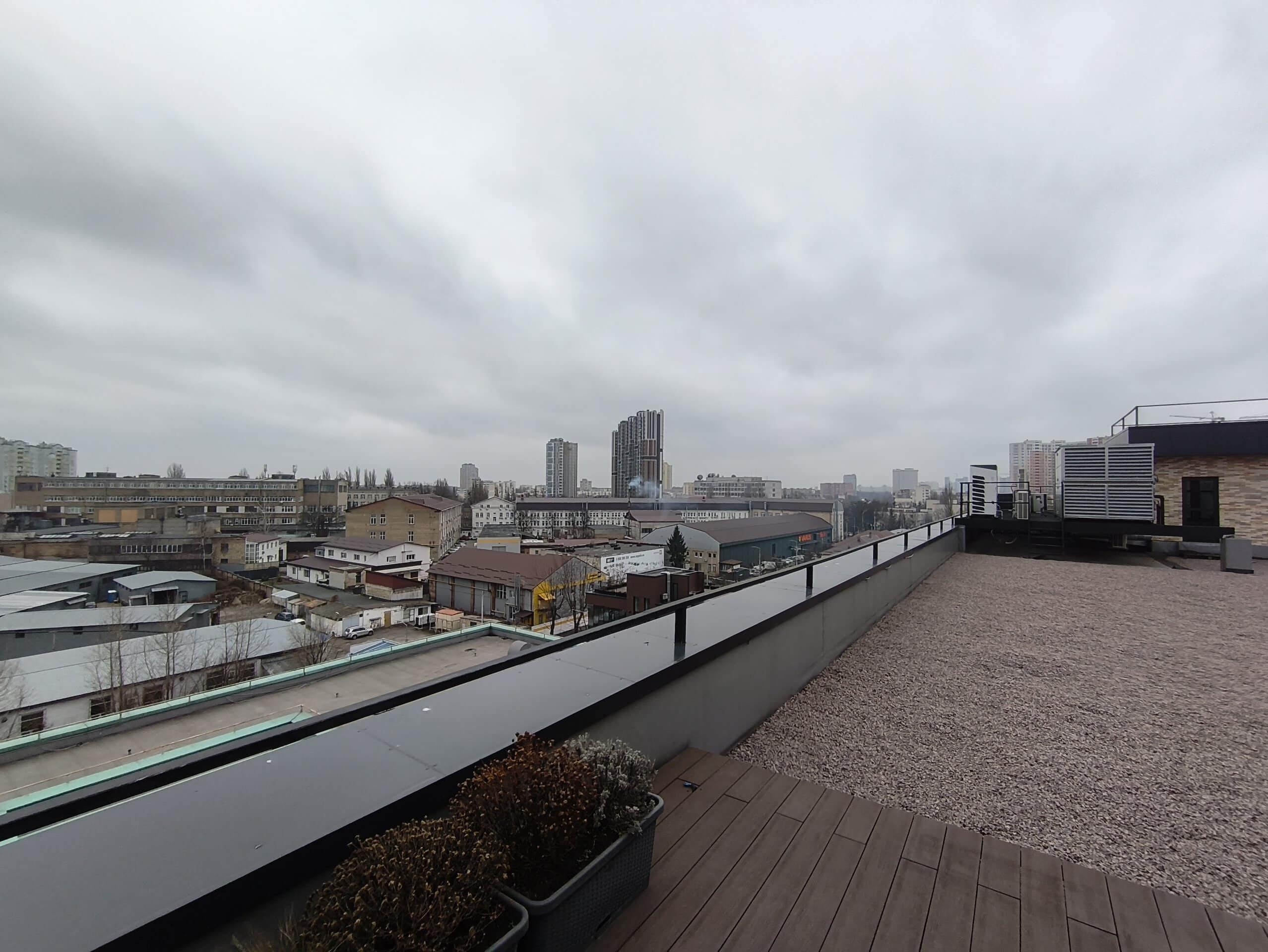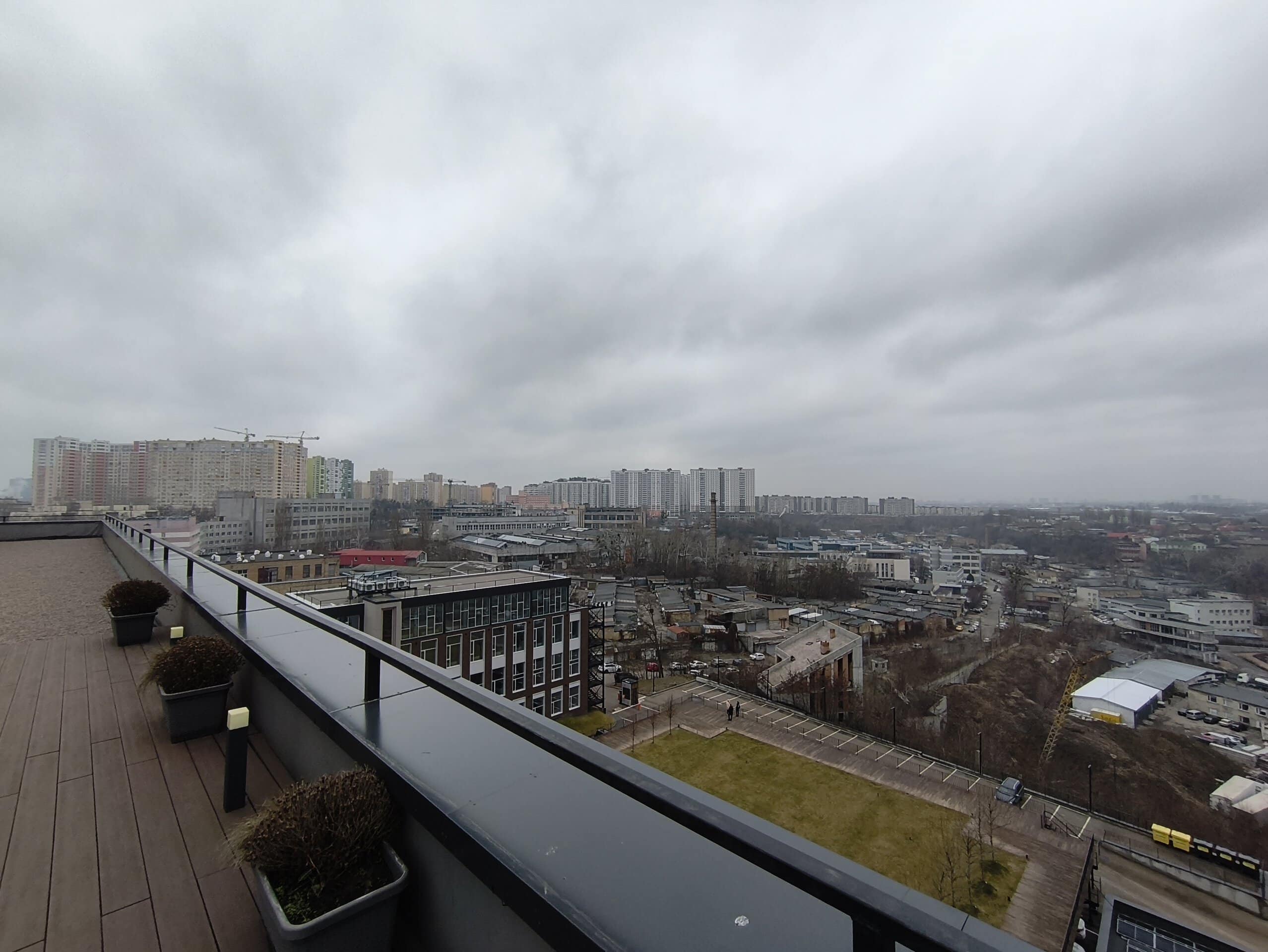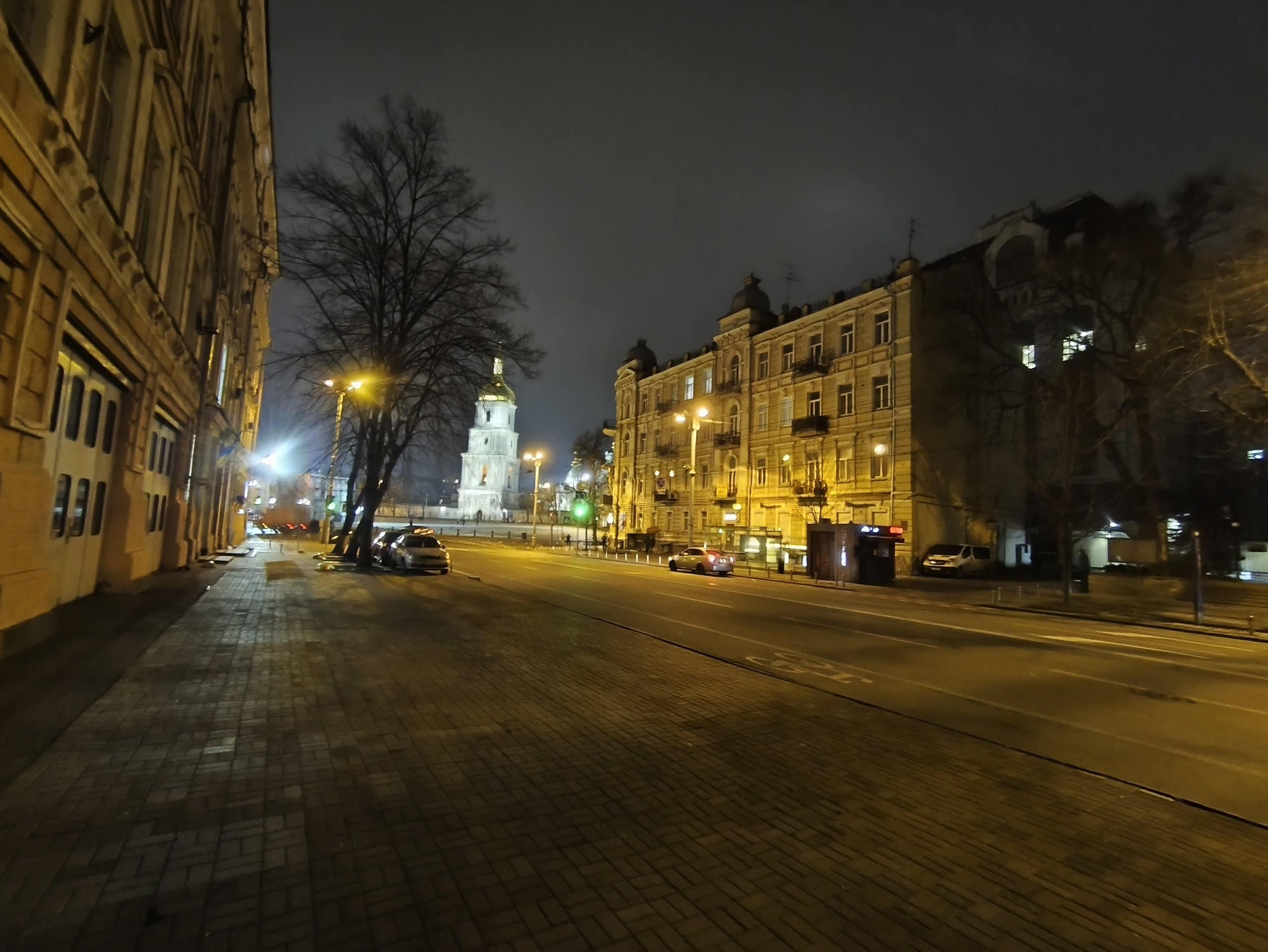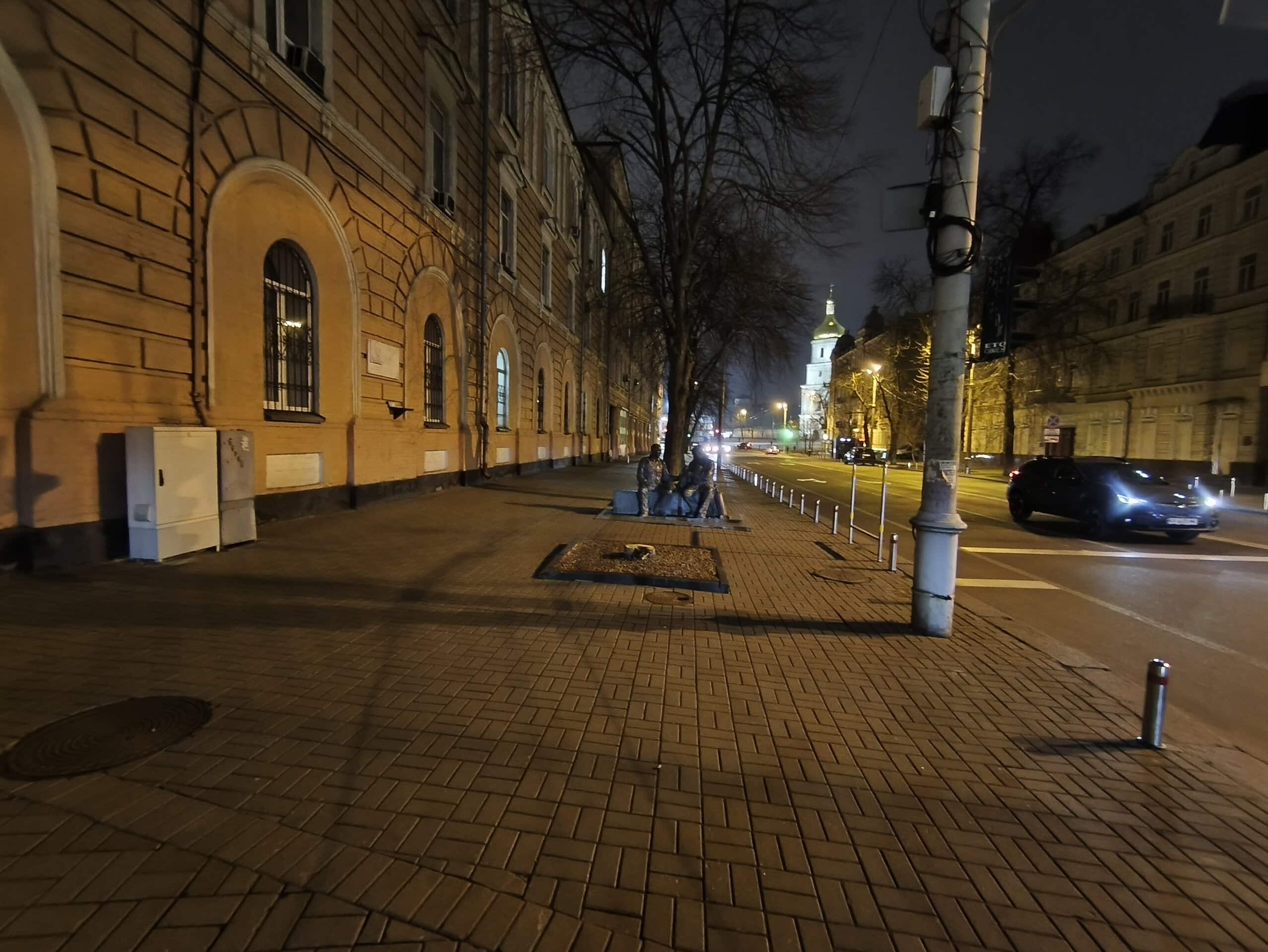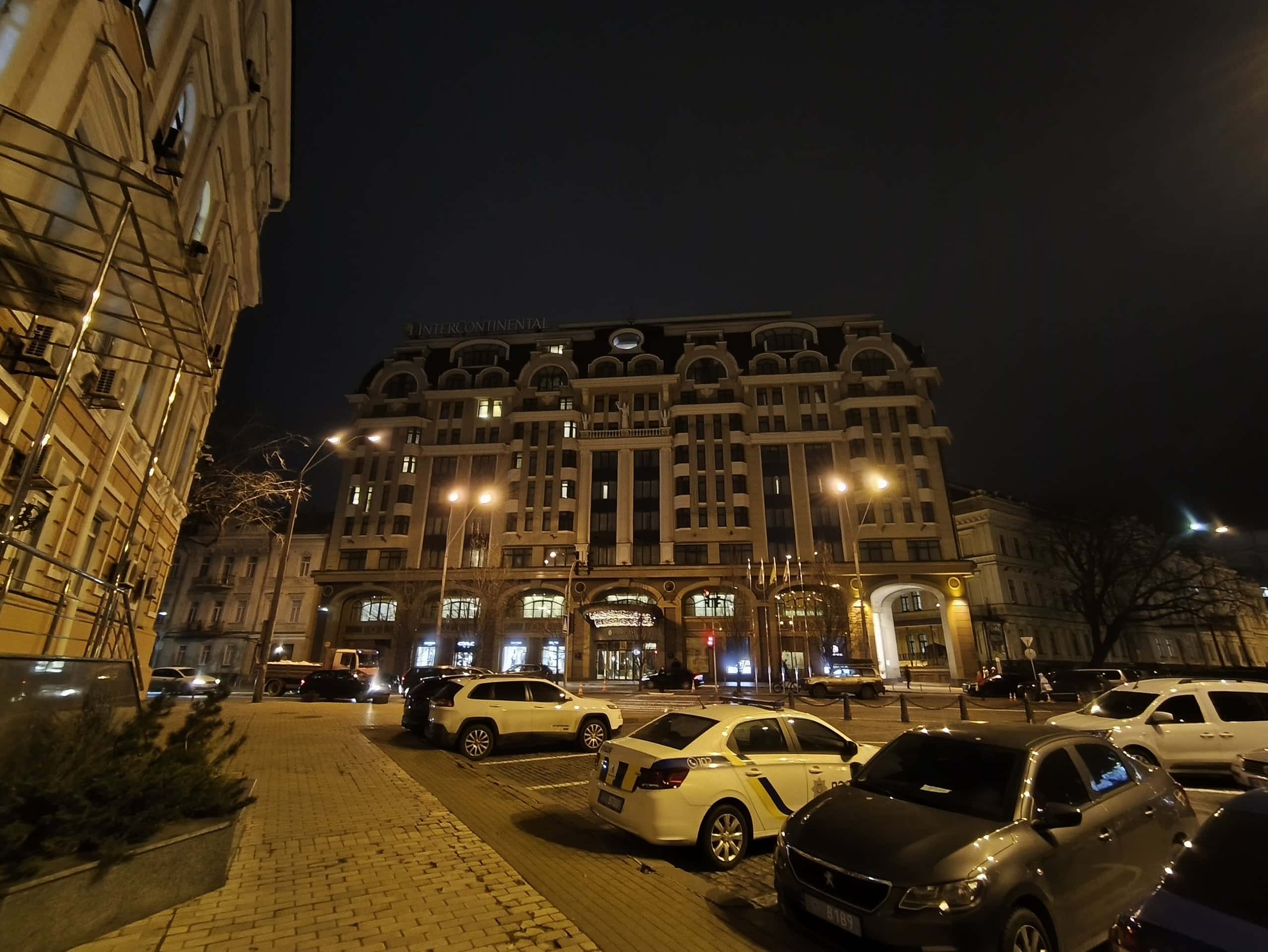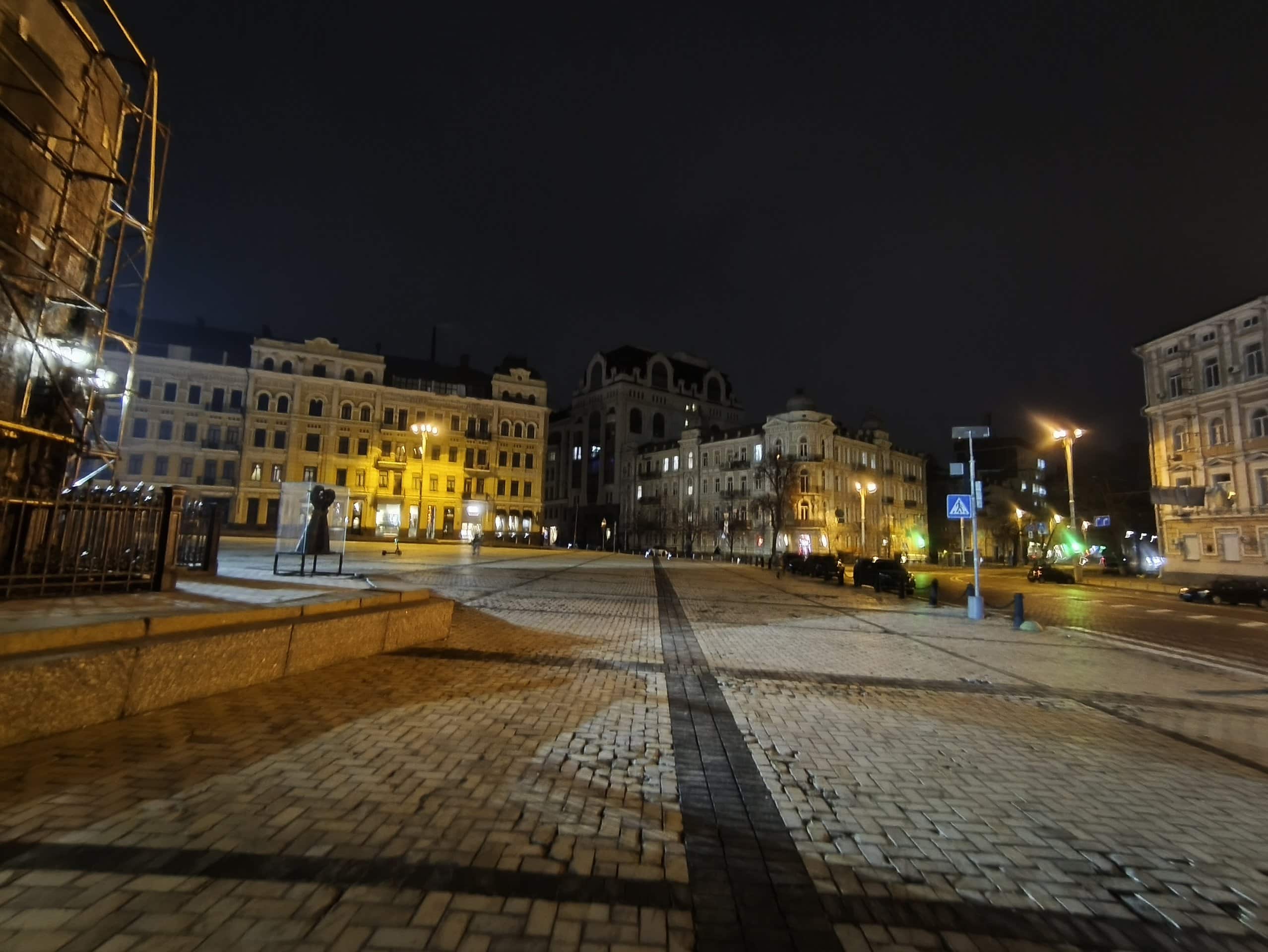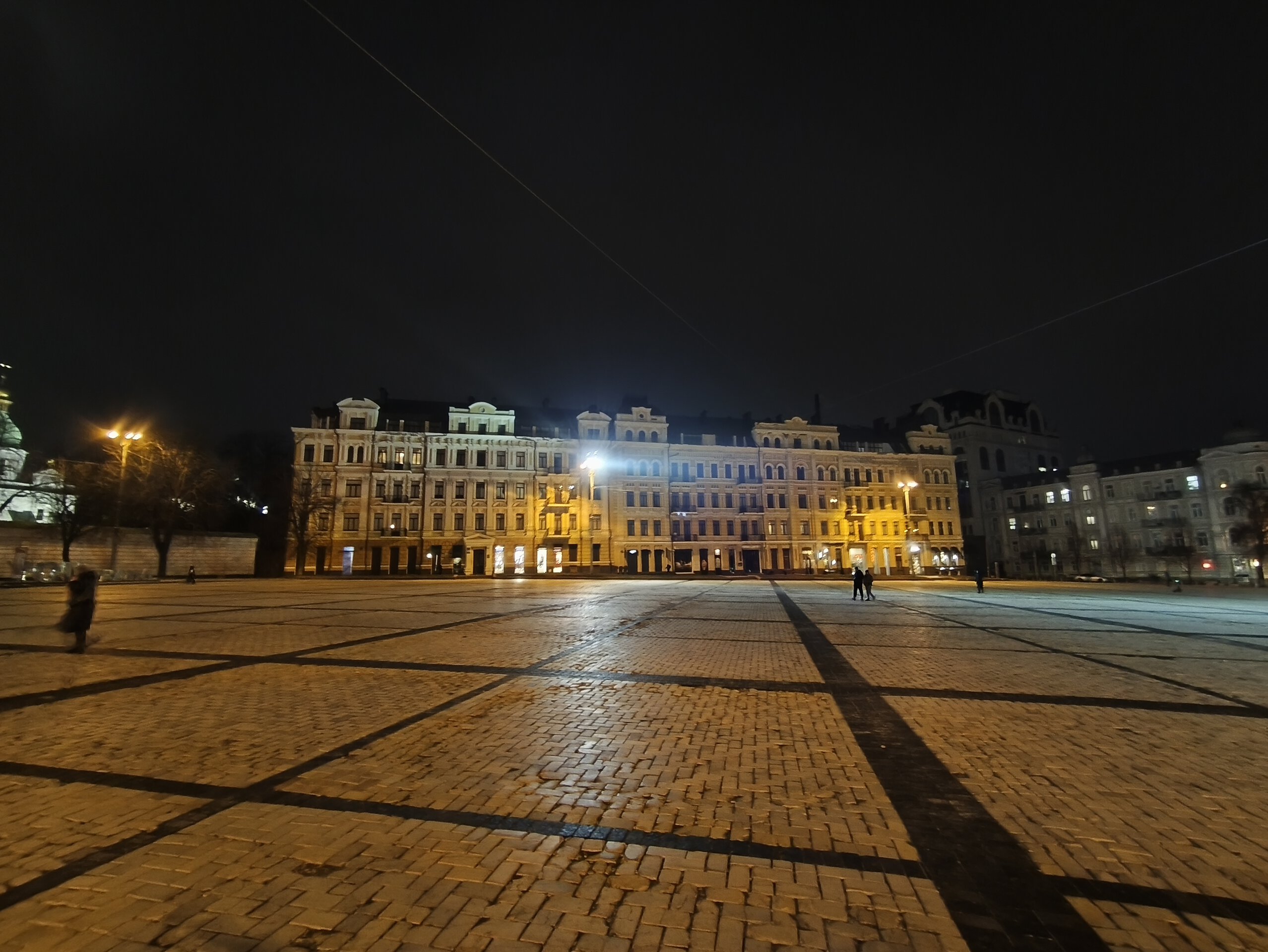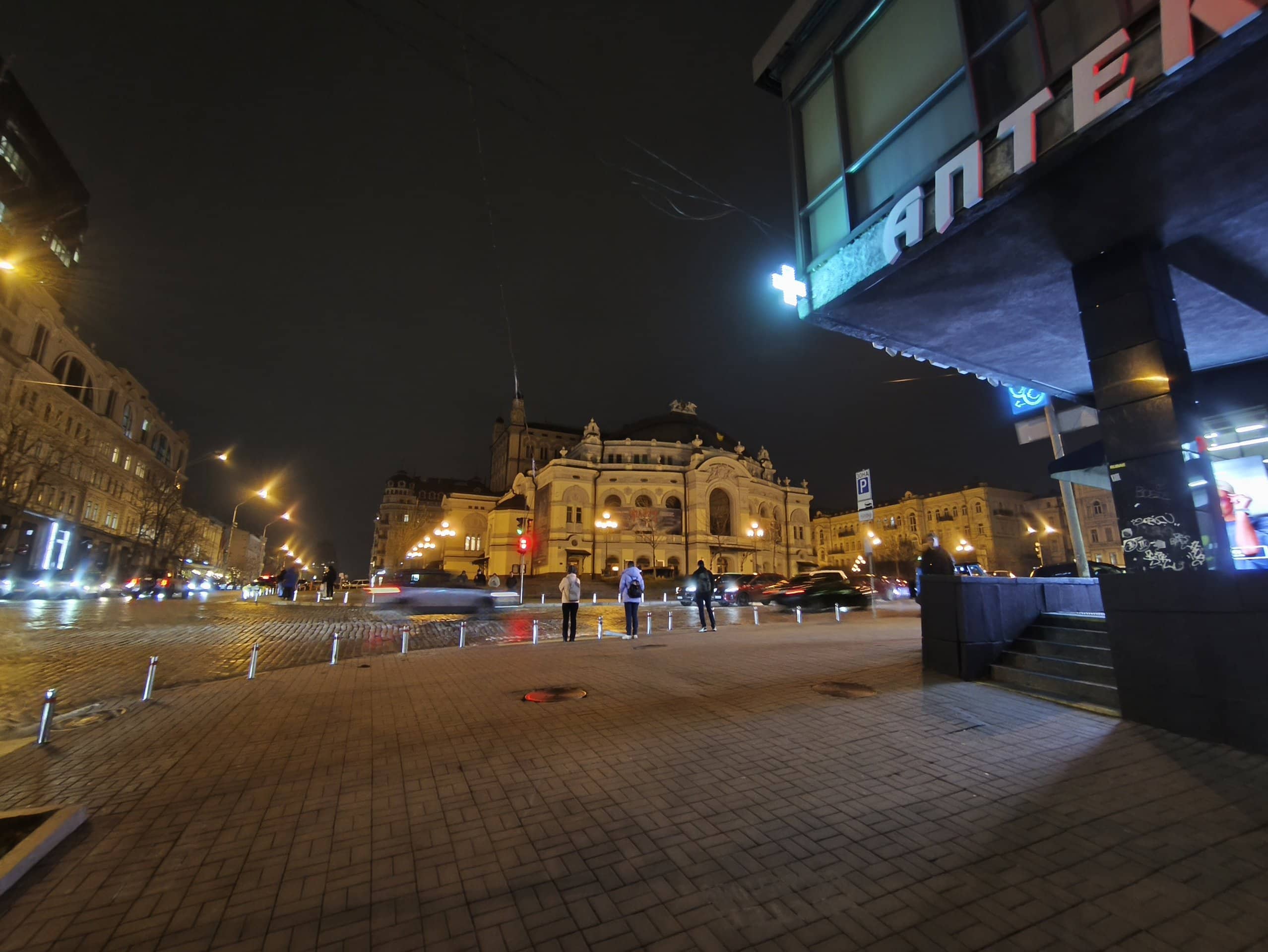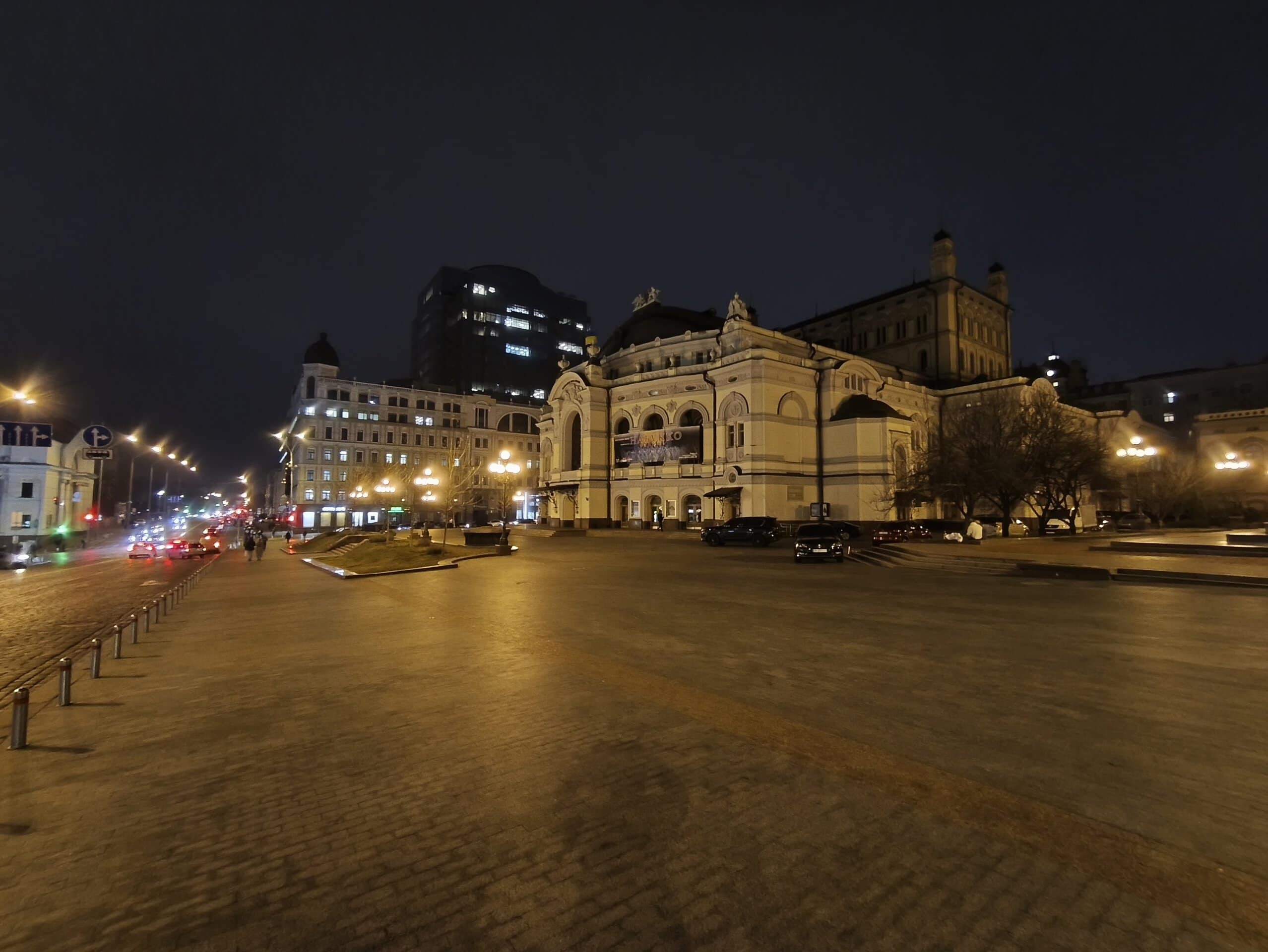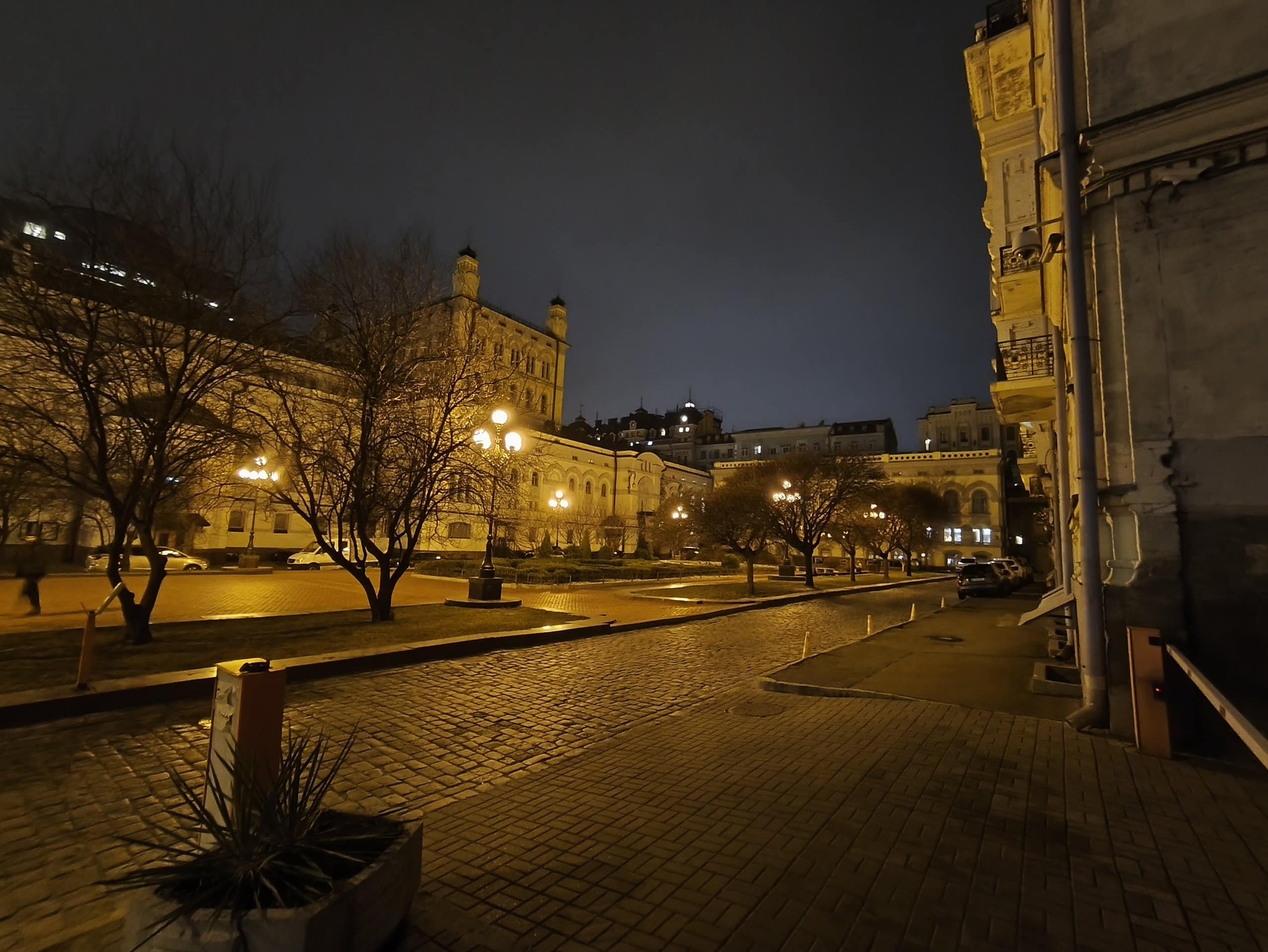Xiaomi Redmi Note smartphones are very popular due to their rather nice price-to-performance ratio. As usual, the new Xiaomi Redmi Note 14 lineup includes a bunch of models. And as always, it's very easy to get confused with the names and specifications. The Xiaomi Redmi Note 14 Pro 5G, one of the most interesting models, came to the editorial office for review. Today we will tell you in detail how successful it is, what it can do, and how attractive the model is considering the price.
Xiaomi Redmi Note 14 Pro 5G specifications
| Dimensions and weight | 162.3 x 74.4 x 8.4 mm190 grams |
| RAM and storage | 8/12 GB; 256/512 GB |
| Processor | MediaTek Dimensity 7300 Ultra |
| Graphics processor | Mali-G615 MC2 |
| Wireless modules | Wi-Fi 802.11 a/b/g/n/ac/6 (2.4 GHz and 5 GHz), Bluetooth 5.4, NFC, IR |
| Display | 6.67-inch AMOLEDResolution: 2712×1220 dots, 466 ppiFrequency: 120 HzDolby Vision, HDR10+ |
| Main cameras | 200 megapixel wide-angle, 1/1.4", 0.56µm, ƒ/1.65, phase detection autofocus, optical stabilization;8 megapixel ultra-wide-angle, ƒ/2.2, 1/4.0", 1.12µm, 120˚;2 megapixel macro, ƒ/2.4 |
| Front camera | 20 megapixels, ƒ/2.2 |
| Audio | Stereo speakers |
| Battery | 5110 mAh |
| Charging | Wired up to 45 W |
| Connectors | USB Type-C 2.0 |
| Operating system | Android 14 + HyperOS |
| Recommended price | 14 499 UAH |
Package contents
The Xiaomi Redmi Note 14 Pro 5G package differs in different regions. Unfortunately, not the most interesting variant came to Ukraine. There is no power supply in the box.
So inside there is the smartphone itself, a USB Type-C cable, a protective film (on the screen from the factory), a tray eject tool, documentation, and a protective bumper. Unlike most bundled cases, it's made of nice matte black silicone.
It has small bezels to protect the main camera and screen.
Design and ergonomics
In terms of design and dimensions, Xiaomi Redmi Note 14 Pro 5G has no major differences from other modern smartphones. The only thing worth mentioning is the curved screen on the sides. Some people like this solution, others don't. These are purely individual preferences.
The bezel around the screen is thin, the gaps at the bottom and top are the same (or almost the same). On top is the traditional round hole for the front camera, as well as a barely noticeable slot for the earpiece speaker. The screen is protected by Gorilla Glass Victus 2.
The side bezel of Xiaomi Redmi Note 14 Pro 5G is made of aluminum alloy, and the corners are internally reinforced for a more robust design. The side edges have a tapered streamlined shape without corners. The power and volume buttons are located in their usual places. The height is quite comfortable for both right and left hands.
The top and bottom edges have many functional elements. The bottom has a USB Type-C version 2.0, a main speaker, a microphone, and a tray. The top has two microphones, another speaker, and an infrared transmitter for controlling electronics.
There is space for two SIM cards in the tray. You can't install a memory card. Depending on the region, the smartphone may have eSIM support, and ours does.
The back cover of Xiaomi Redmi Note 14 Pro 5G, depending on the color, can be made of artificial leather or plastic. We have a black version with plastic on review. The lid has a nice matte finish. But you can still clearly feel that it's plastic in your hand. Tactilely, artificial leather is probably more pleasant and less slippery.
As with most modern smartphones, the rear camera of Xiaomi Redmi Note 14 Pro 5G protrudes quite noticeably above the back cover. But in this case, the camera unit is completely symmetrical and located in the middle. This adds a certain aesthetics. Also, the smartphone does not wobble when it is on a flat surface. The unit has three cameras and an LED flash in the same circles.
Xiaomi Redmi Note 14 Pro 5G has quite familiar dimensions for modern smartphones: 162.3x74.4x8.4 mm and weighs 190 g. The smartphone is IP68-rated for protection against dirt and water. It is claimed to withstand immersion in water to a depth of 1.5 meters for up to 30 minutes.
Display
The Xiaomi Redmi Note 14 Pro 5G has a 6.67-inch AMOLED display with a resolution of 2712×1220, with a pixel density of about 466 ppi. The company claims that it uses a 12-bit matrix that is capable of displaying more than 68 billion shades of color. Xiaomi promises color coverage of 100% of the DCI-P3 space and a local peak brightness of 3000 cd/m² in automatic mode.
The display supports extended dynamic range standards: HDR10+ and Dolby Vision. The refresh rate is 1-120 Hz, and the sensor readout is 480 Hz, presumably in game mode. The settings have an almost standard set of functions. Brightness (including Day mode for increased brightness), dark and light themes, reading mode, refresh rate, color display modes: Bright, Vivid and Standard, color temperature settings. There is also a separate mode with a choice of color coverage. There is Always on Display, but for some reason the company decided to make this function limited: information can be displayed for only 10 seconds.
The screen of Xiaomi Redmi Note 14 Pro 5G is of nice quality, with rich colors and maximum viewing angles. The brightness level is also good. Although there were no sunny days during testing to fully appreciate this indicator. In Vivid mode, the color gamut is much wider than the sRGB space, the color temperature is slightly overestimated, so there is a slight emphasis on cool shades. The maximum brightness in manual mode is 508,471 cd/m², which is not bad for a mid-range smartphone:
In "Standard" mode, the maximum brightness was 491,679 cd/m², The color gamut is closer to sRGB, although not quite the same. The color temperature is also slightly cleaned up:
Security
Unfortunately, we received a sample of the Xiaomi Redmi Note 14 Pro 5G, which is designed for retail stores with the corresponding modified firmware. Among the features of the firmware is the lack of the ability to set a lock either with a password or biometric data. Therefore, we can only talk about security features in theory.
The set is standard: an optical fingerprint scanner under the screen, as well as face recognition using the front camera.
Performance and software
As always with Xiaomi, Redmi and Redmi Note smartphones are available in several versions with different processors. Xiaomi Redmi Note 14 Pro (except for regional versions for India) has three versions. Two with MediaTek processors and the top of the line with Qualcomm. On review is the middle variant of Xiaomi Redmi Note 14 Pro 5G, it received an octa-core 4-nanometer MediaTek Dimensity 7300 Ultraprocessor . It contains four ARM Cortex-A78 cores with a frequency of up to 2.5 GHz and four Cortex-A55 cores with a frequency of up to 2 GHz. The Mali-G615 MC2 accelerator is responsible for graphics. This is a mid-range/mid-budget processor.
It is complemented by 8 GB of LPDDR4X RAM and 256 GB of storage, which is not the fastest UFS2.2 type. There are also configurations with 12 GB of RAM and 512 GB of storage. The performance level is quite good for a smartphone of this price category. There are no problems with the operation and speed of the shell and applications. Of course, in synthetic tests, the smartphone is far from the top, but you don't expect this from such a model.
The CPU Throttling Test showed that under prolonged maximum load in the highest performance mode, the processor maintains maximum performance only for a short time. It mostly stays at 80-85% and can drop power up to 75%. The body warms up near the camera, but the area becomes warm, not hot.
It is quite possible to play games, in many games you can set high graphics settings and have a fairly stable 60 FPS:
Xiaomi Redmi Note 14 Pro 5G dual-band Wi-Fi 802.11 a/b/g/n/ac/6, Bluetooth 5.4 with support for AAC, aptX, aptX HD, aptX Adaptive, LDAC codecs. There is also NFC and an infrared transmitter. Global positioning systems GPS, GLONASS, GALILEO, BDS, QZSS are supported.
A proprietary application is provided for the infrared transmitter to work with home electronics as a remote control. There were no problems with devices of well-known brands.
Xiaomi Redmi Note 14 Pro 5G runs on Android 14 with the proprietary HyperOS 1.02 shell, although many of the manufacturer's models have already received Android 15 with HyperOS 2.0. We can expect an update in the near future. We have already seen the shell in action many times. It has a significantly redesigned design compared to stock Android. The interface logic itself is almost standard: desktops with applications and widgets, and the ability to enable a separate menu with all applications. There is button and gesture navigation.
HyperOS has many options for customizing the appearance. It works quickly and smoothly. The only thing that is not very convenient is the redesigned curtain called Control Center. Swiping down on the right side of the screen brings up the quick settings curtain, and on the left side, the list of notifications. You cannot switch to a more standard curtain.
And another disadvantage, which is common to most Chinese shells, is embedded ads and unnecessary additional applications or alternative stores. Some of this can be removed, some cannot.
Sound
Xiaomi Redmi Note 14 Pro 5G supports stereo sound. And it seems that two full-fledged external speakers are used, not a hybrid scheme with the main and earpiece speakers. Judging by the position of the holes on the top edge, this is a full-fledged additional speaker, not just the earpiece speaker. The smartphone sounds really quite loud and the speakers are well balanced. But there are almost no low frequencies.
The smartphone supports Dolby Atmos virtual surround sound. In addition to Dolby Atmos, the settings include Xiaomi Sound's proprietary settings, as well as a graphic equalizer with several presets for different styles of music.
Cameras
Xiaomi Redmi Note 14 Pro 5G has a set of three rear cameras, although two of them are really useful. The main module is a 200-megapixel Samsung ISOCELL HP3, 1/1.4" matrix size, 0.56 µm pixel size. Aperture ƒ/1.65, optical stabilization and multi-directional PDAF, maximum video resolution 4K, 30fps. In standard mode, the camera combines 16 subpixels into one. The image resolution is 12.5 megapixels, although there is also a 200 megapixel mode.
The ultra-wide-angle camera has a resolution of 8 megapixels and uses a Sony IMX355 module with a pixel size of 1.12 µm and ƒ/2.2 optics. The camera does not have autofocus. The third module is a 2 megapixel macro, ƒ/2.4, of course, with a fixed focal length. Front camera: 20 megapixels ƒ/2.2, 1/4.0", 0.7 µm.
The app has a fairly standard interface. A carousel of basic modes, a separate menu with additional modes that can be added to the main ones. The main settings are on the viewfinder screen (flash, HDR, format, camera switching, video resolution and FPS, etc.). Additional settings are available in the drop-down menu.
The main camera is capable of taking high-quality photos in the vast majority of conditions. Daytime photos are detailed, with rich and fairly natural colors. The night mode does its job well. In some cases, traces of processing algorithms and slightly artificial orange hues are visible.
The smartphone doesn't have a telephoto camera, so 2x and 4x are crops from the main camera. During the day, the zoom works well. In low light, it becomes a little harder to get a clear photo. 2х:
4х зум:
You can play around with the macro camera, but the quality is not the best:
Photos from the ultra-wide-angle camera are good in good lighting conditions. The night ones have a bit of noticeable noise. And in general, of course, the detail and dynamic range are noticeably inferior to the main camera, which is quite expected.
Video recording is not the strongest point of Xiaomi Redmi Note 14 Pro 5G, although this statement applies to the vast majority of models in this price category. 4K 30 FPS video is quite good, although the clarity and detail are not the best:
2х:
4х:
Надширококутна камера, FullHD:
Battery life
Xiaomi Redmi Note 14 Pro 5G is equipped with a 5110 mAh battery. It's not a record, but it's quite a good figure for such a model. Xiaomi claims that the smartphone can withstand 15 hours of video streaming. With active use, the smartphone lasts until late in the evening. This includes calls, instant messengers, email, browser, social networks, camera, an hour and a half of music via Bluetooth, and synthetic performance tests. If you remove the synthetic tests and reduce the use of the camera, you can get a day and a half.
In the PCMark test with 50% brightness, the smartphone lasted just under 13 hours:
The maximum charging power is 45 watts. Which is surprising, because previous Xiaomi Redmi Note 13 Pro models supported 67 watts. Unfortunately, the bundle for Ukraine does not include a proprietary Hyper Charge power supply. But the smartphone also supports the Power Delivery standard, so you can use a third-party power supply, which is what we did. It takes a little over an hour to fully charge. Wireless charging is not supported.






